






Alejandro Loureiro Lorenzo is an artist based in New York, exploring the intersection of personal and collective memory. He creates works where private recollection meets shared cultural history.
Central to his practice is the tension between normative interpretations—collective frameworks that prescribe meaning—and the personal mythologies individuals construct to navigate their own experiences. By bringing these perspectives into dialogue, his projects create spaces where images can be questioned, unsettled, and reimagined











The practice begins with a simple but unsettling question: how do cultural differences undo the apparent stability of meaning? Objects and images rarely speak with one voice; their significance mutates across contexts, slipping between histories, languages, and lived realities. The familiar becomes strange, the everyday newly charged.
At stake is the clash between the authority of normative interpretations—those consensus-driven frameworks that dictate how we are supposed to see—and the unruly mythologies individuals invent to make sense of themselves. These small, personal narratives interrupt the smooth surface of dominant meaning, opening fissures where alternative readings can take hold.
In this tension, interpretation itself becomes a critical act: not just decoding what an image is said to mean, but reimagining what it could mean otherwise.
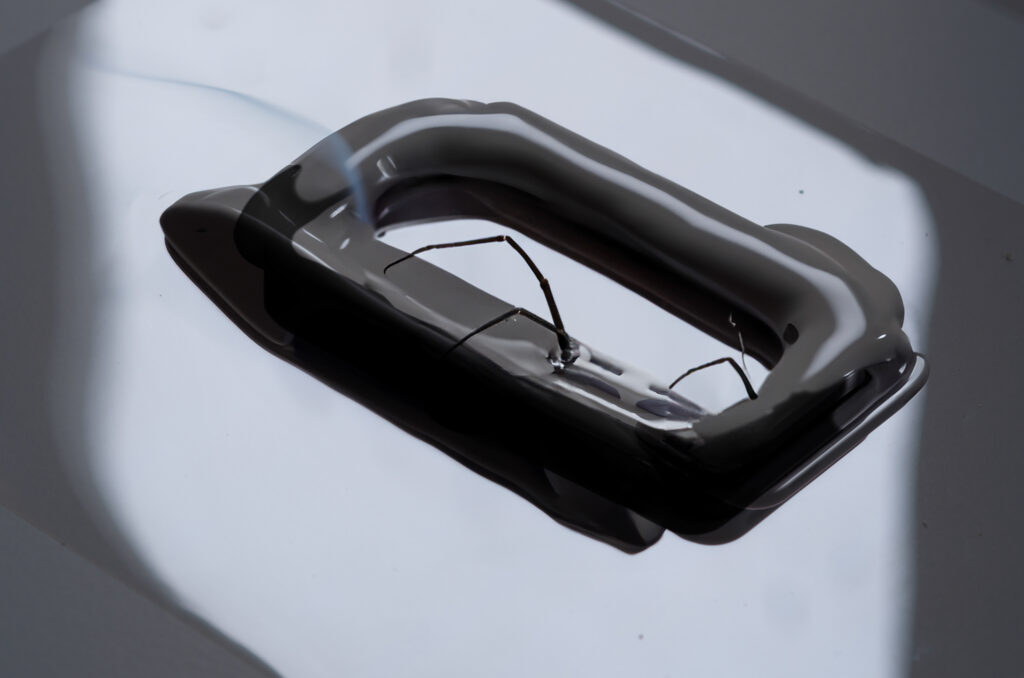
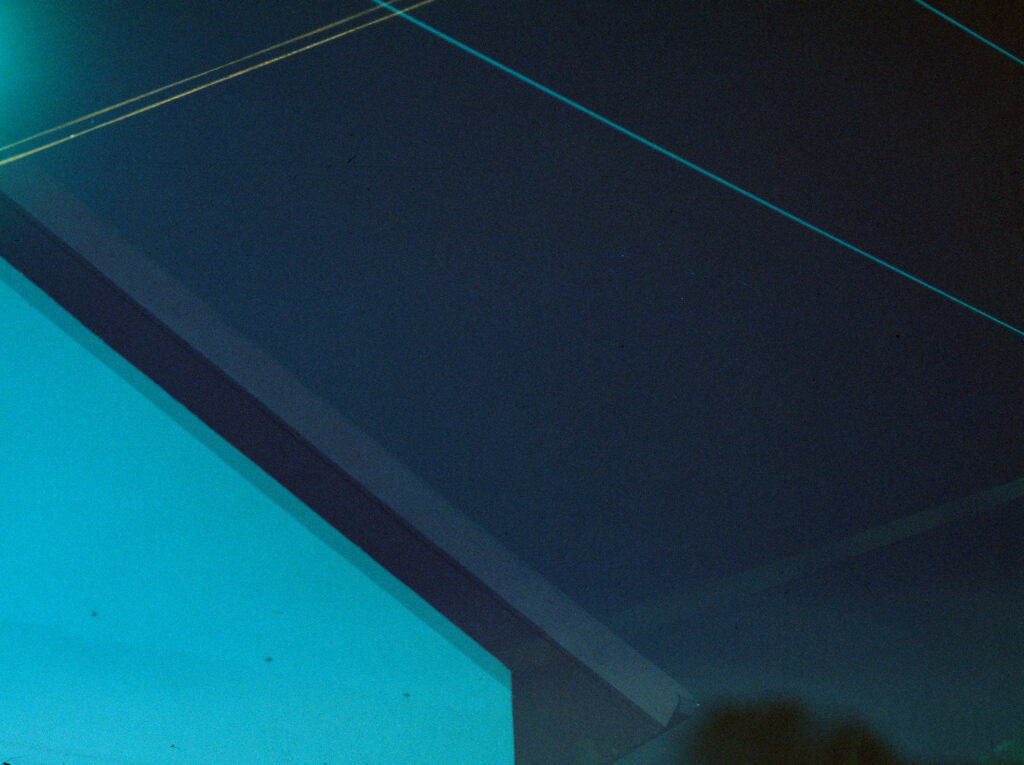
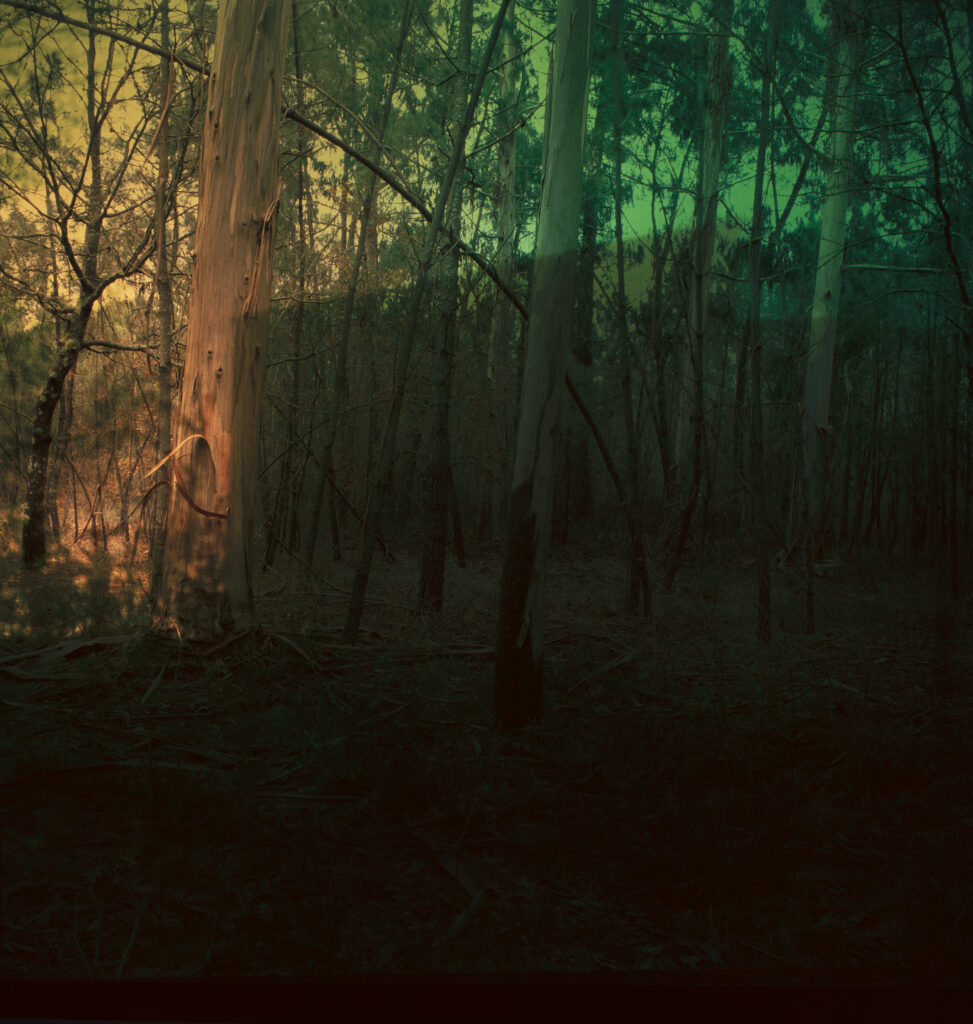
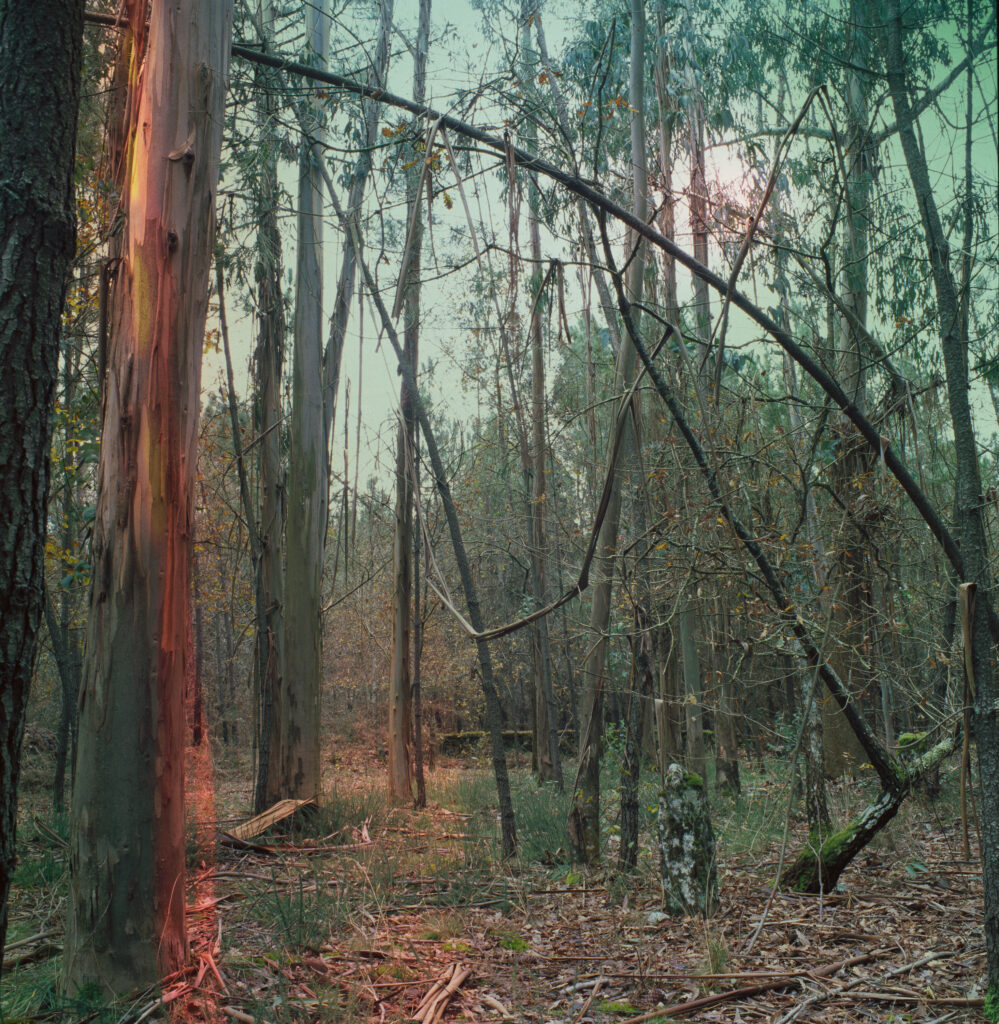
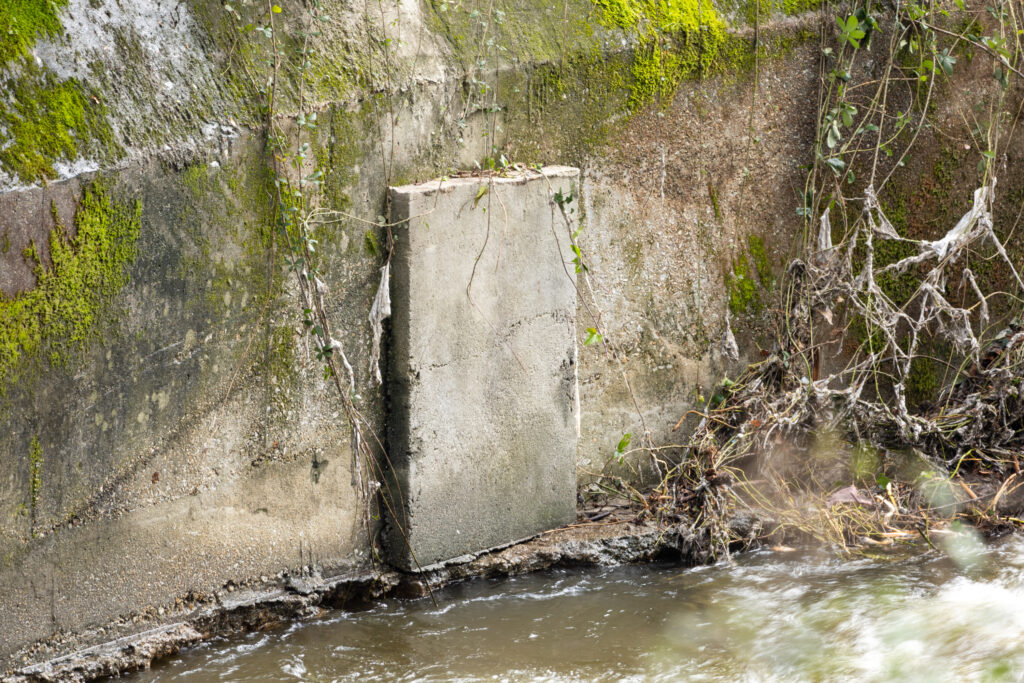
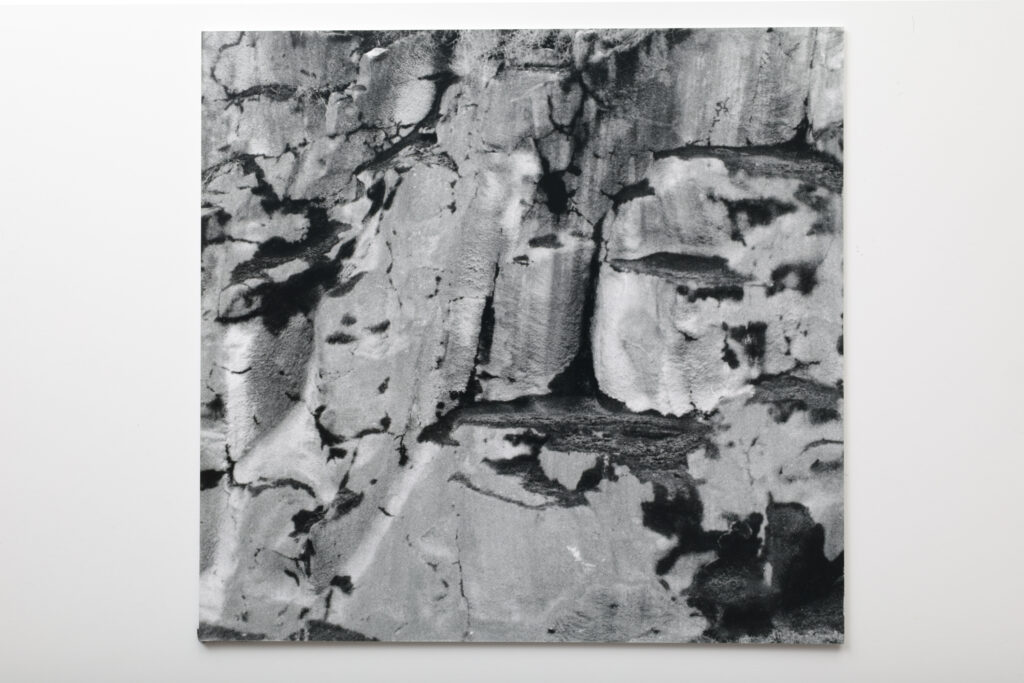
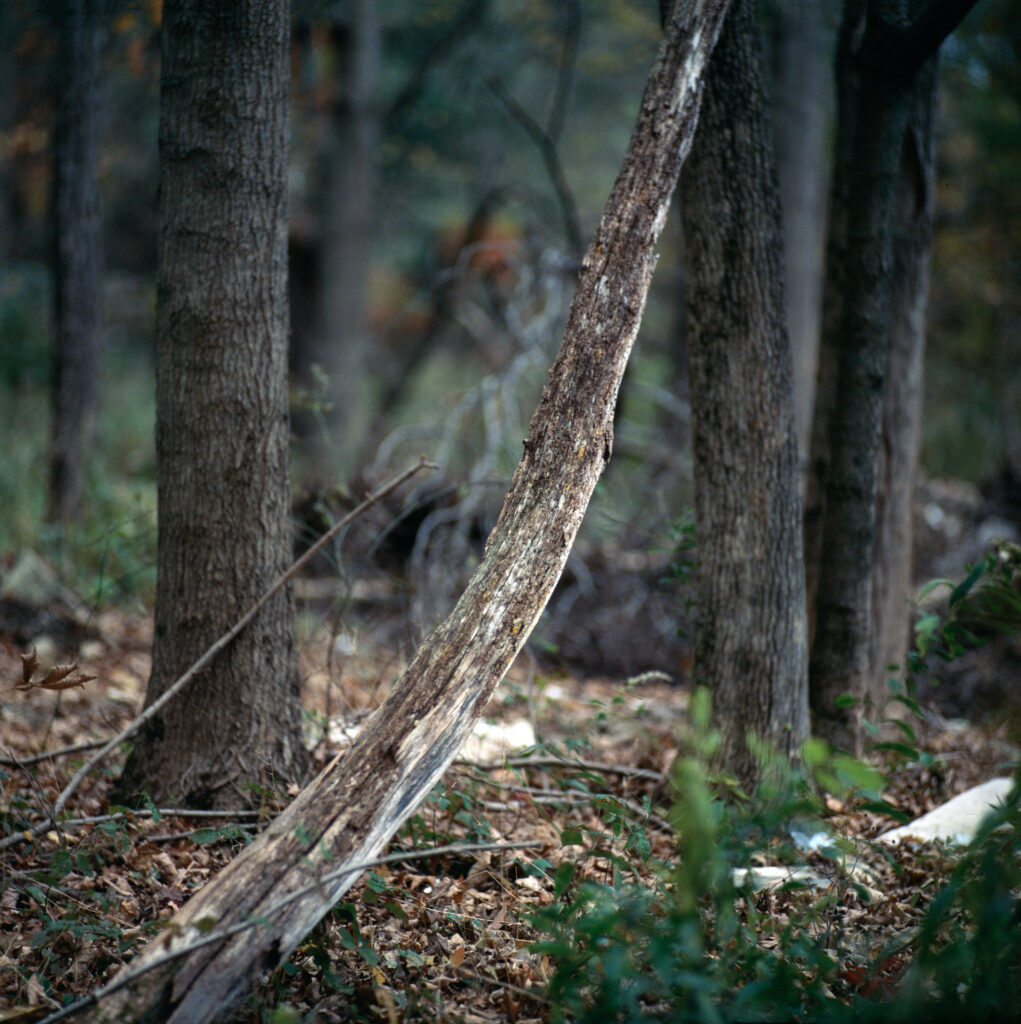
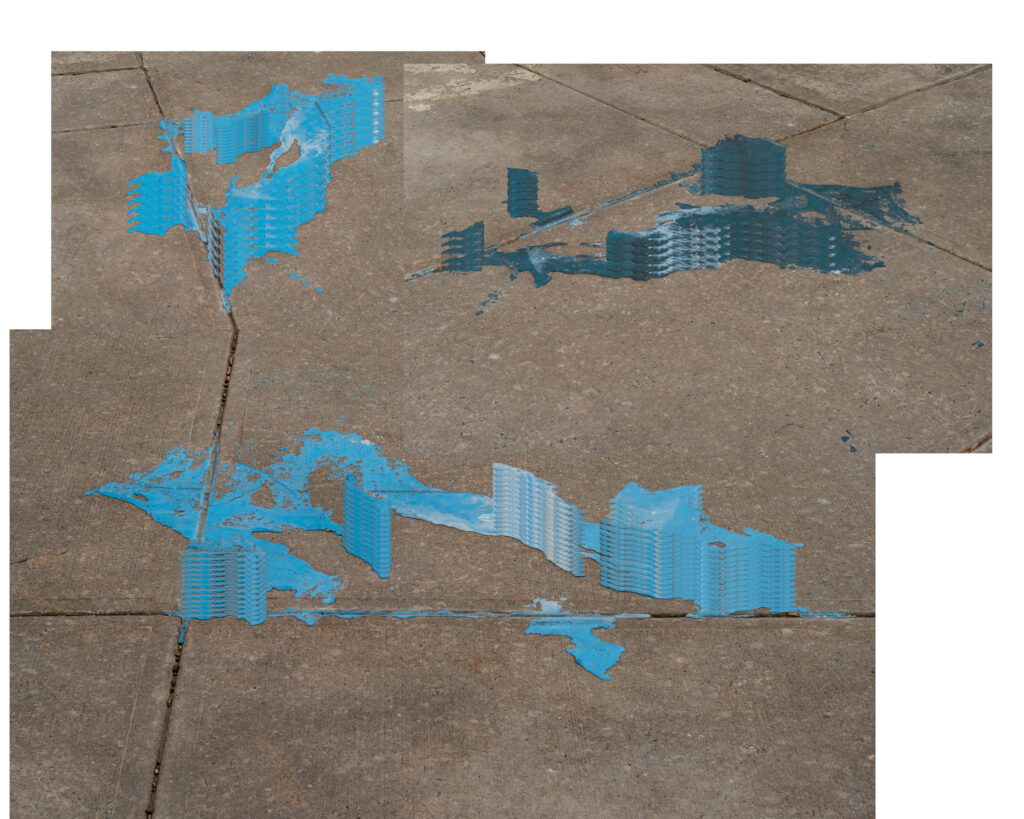
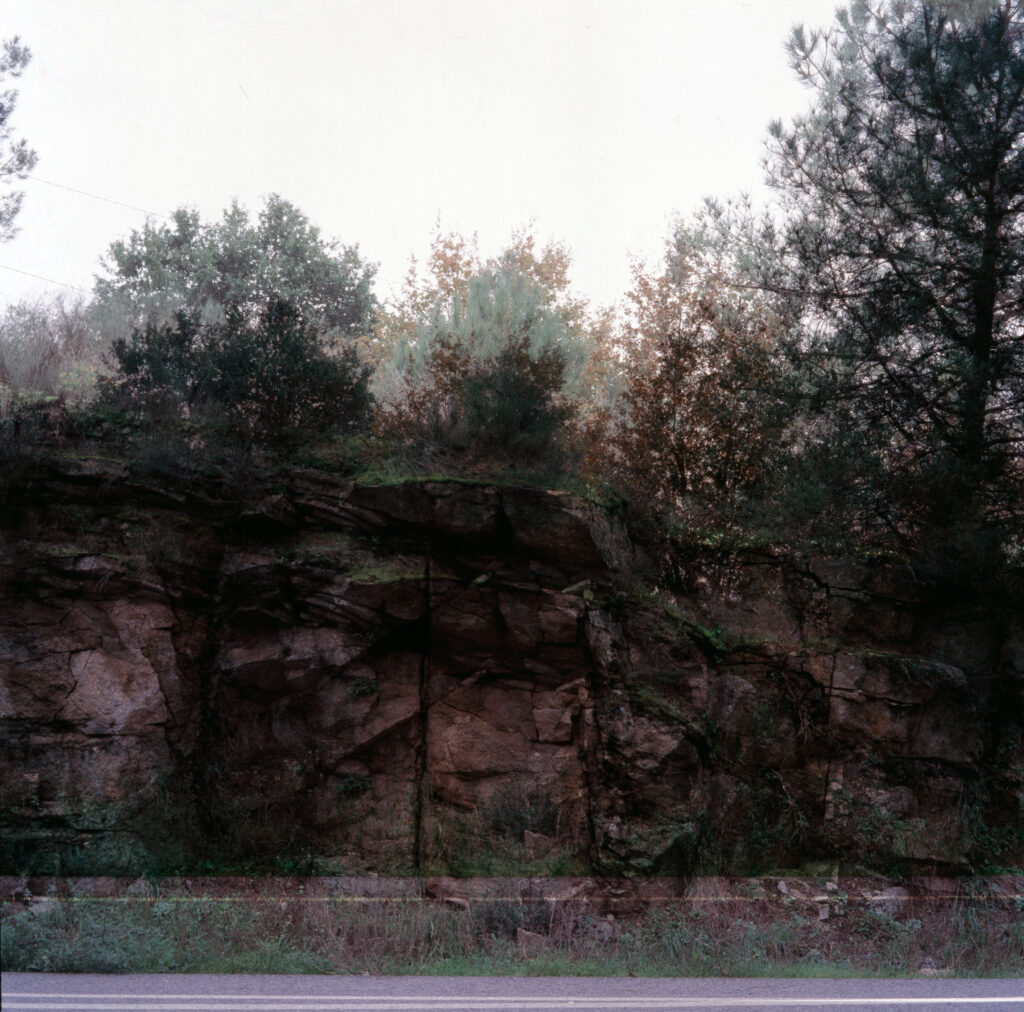
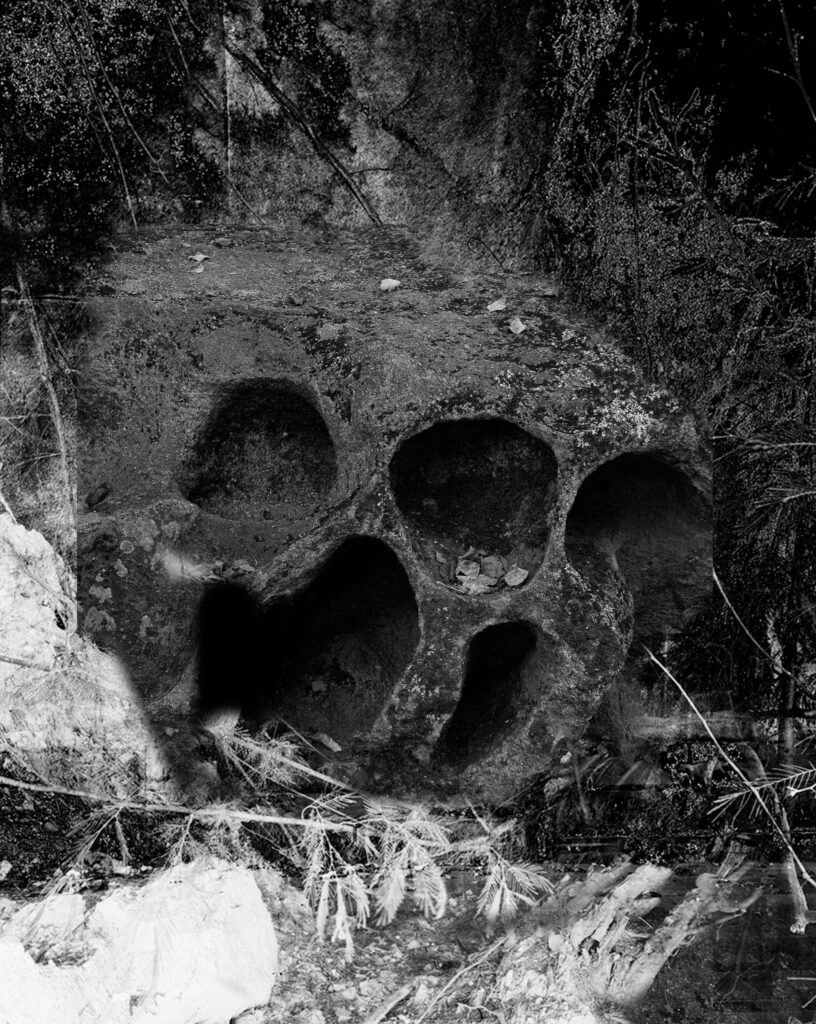
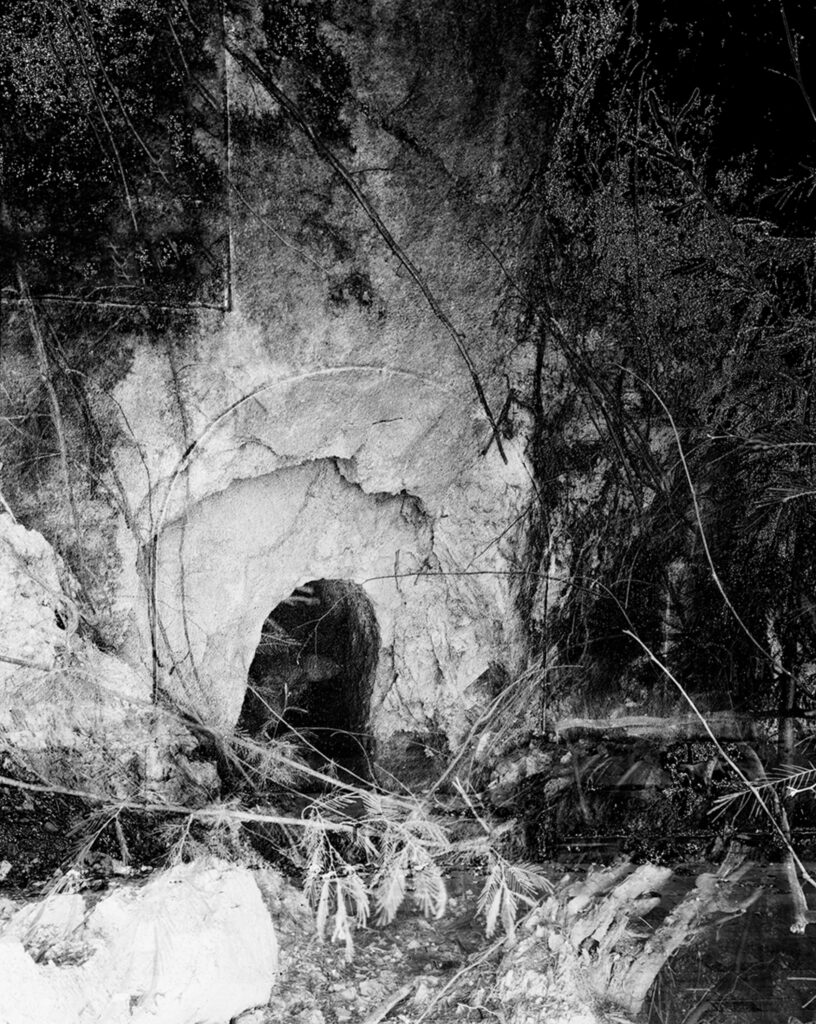
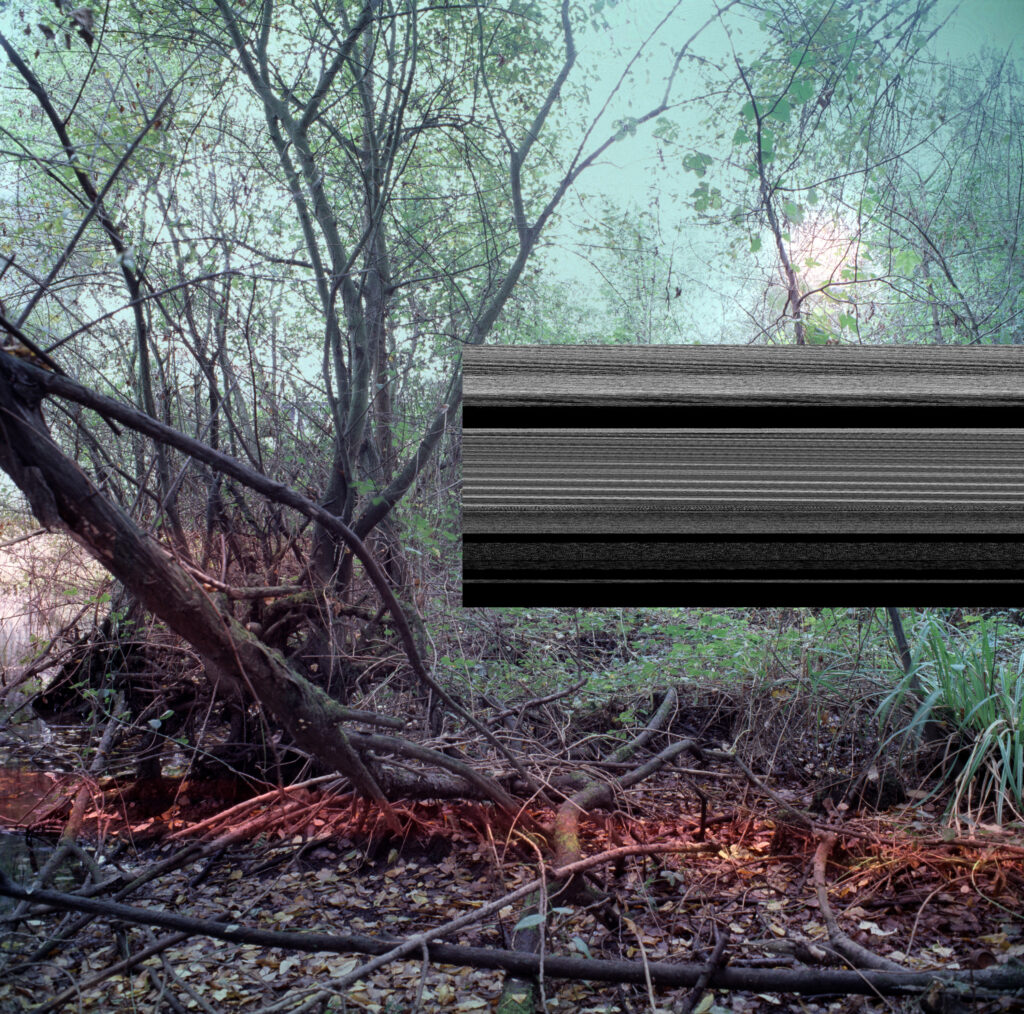
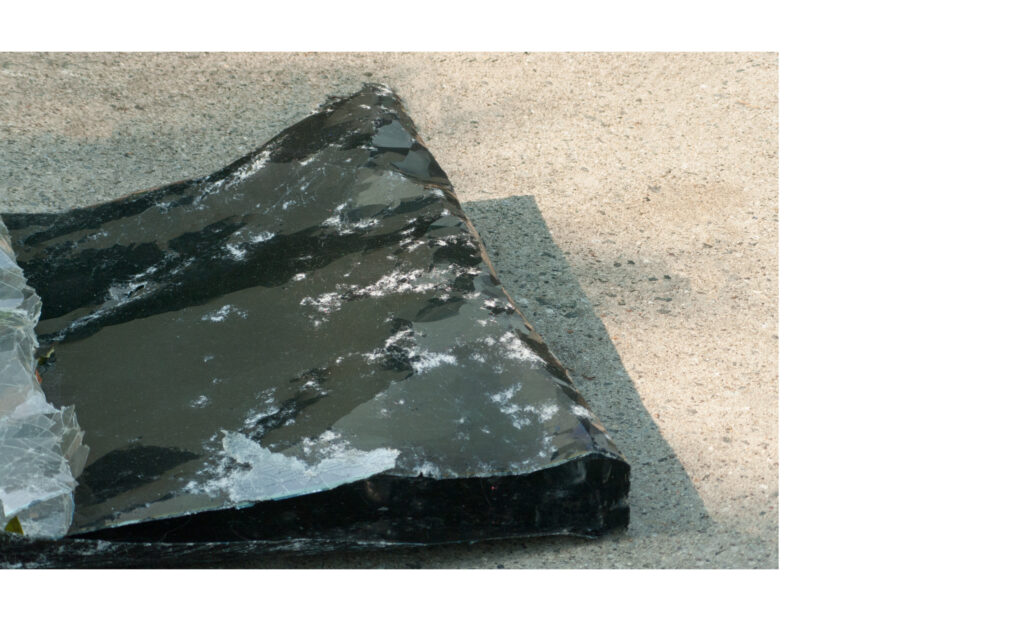
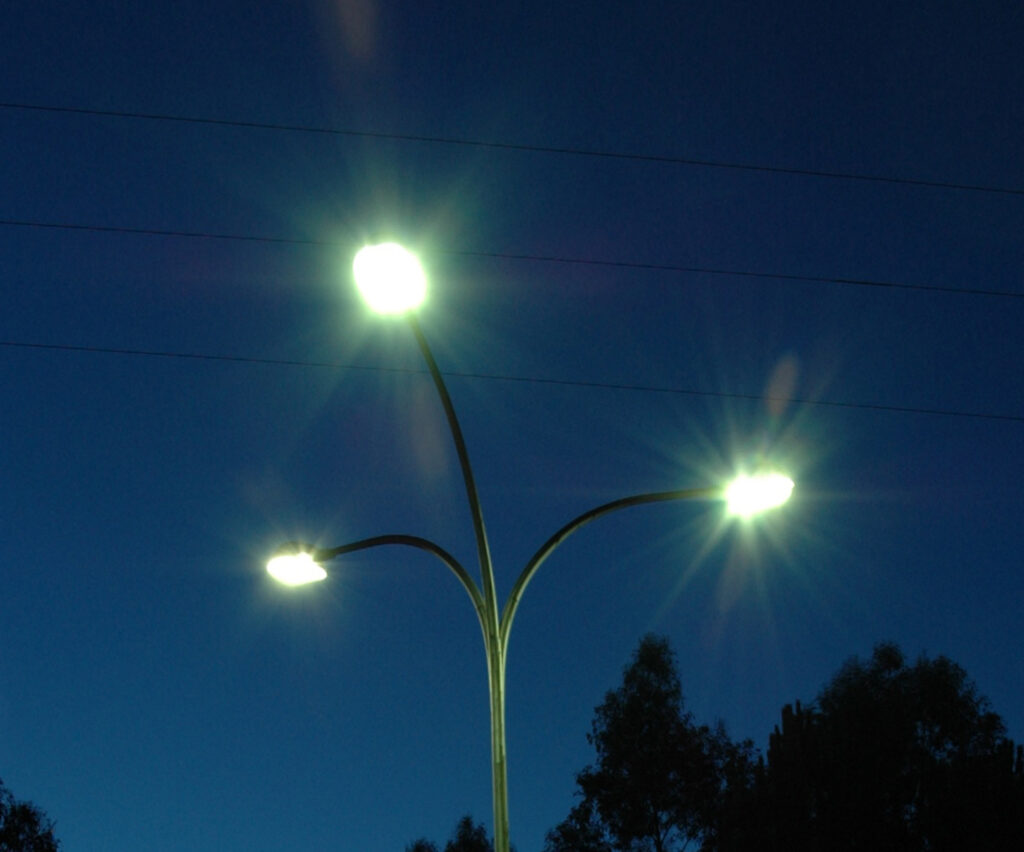
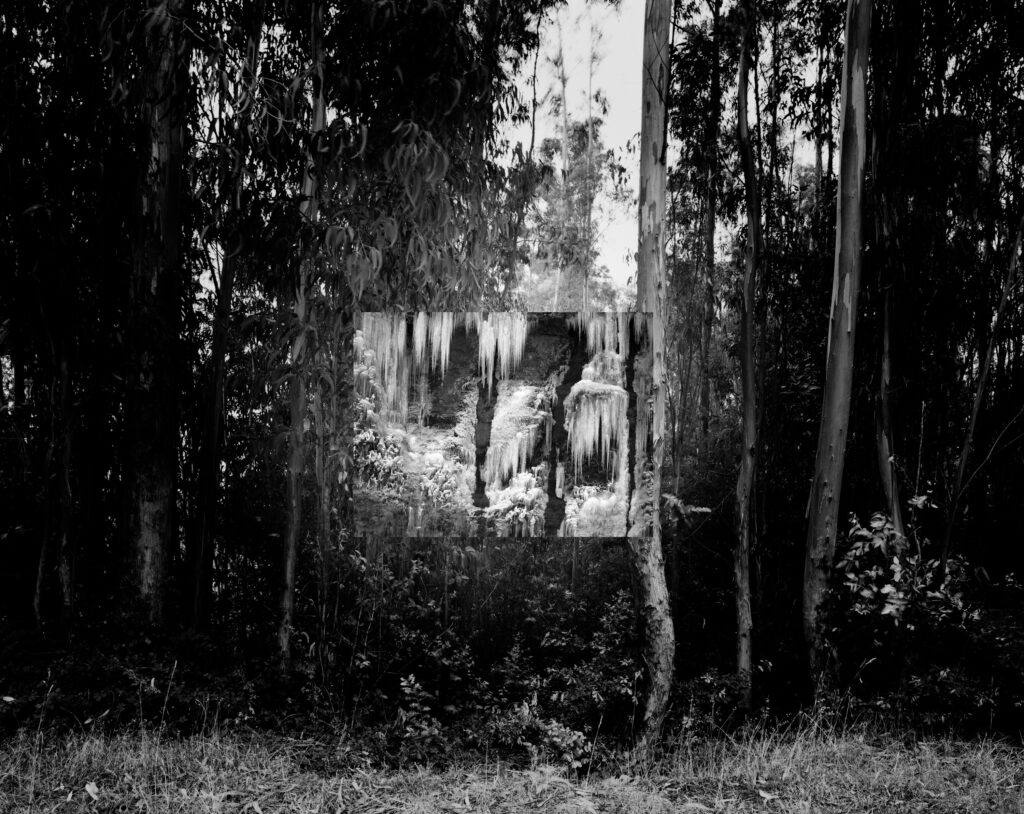
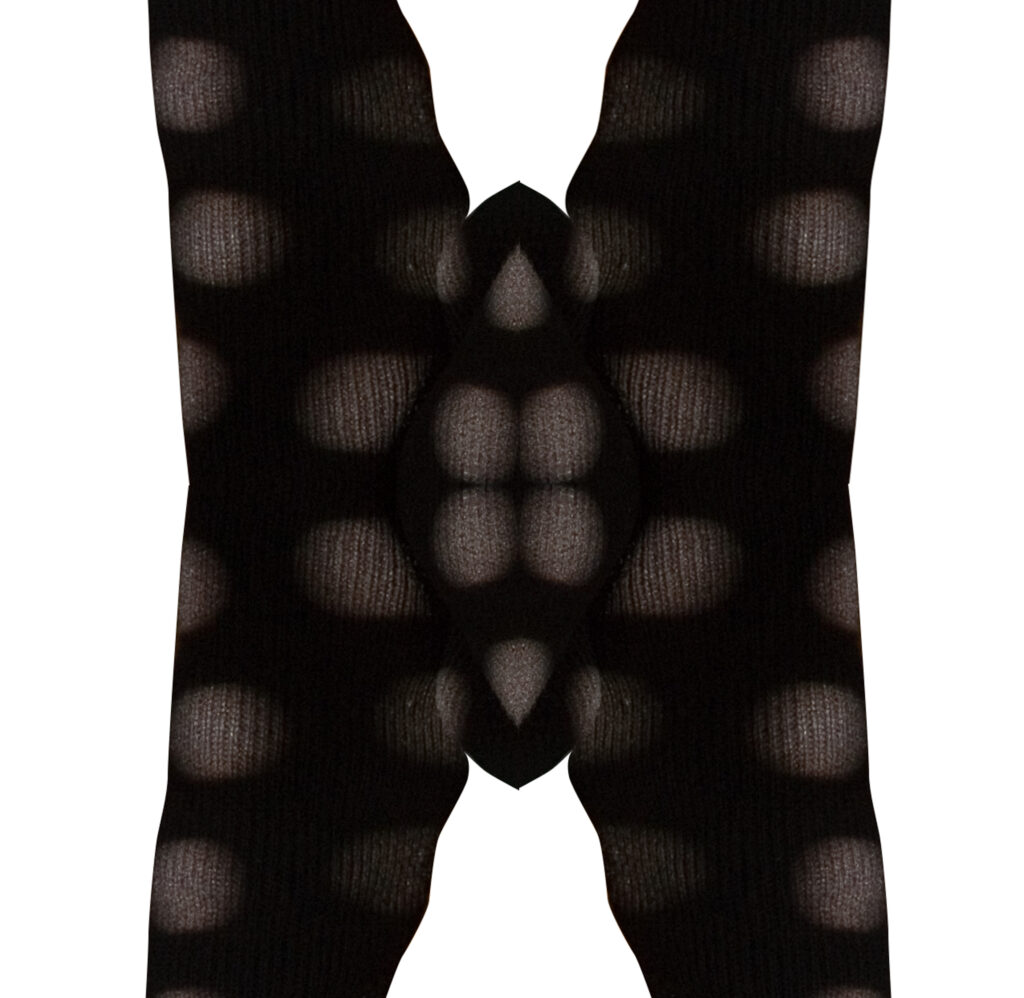
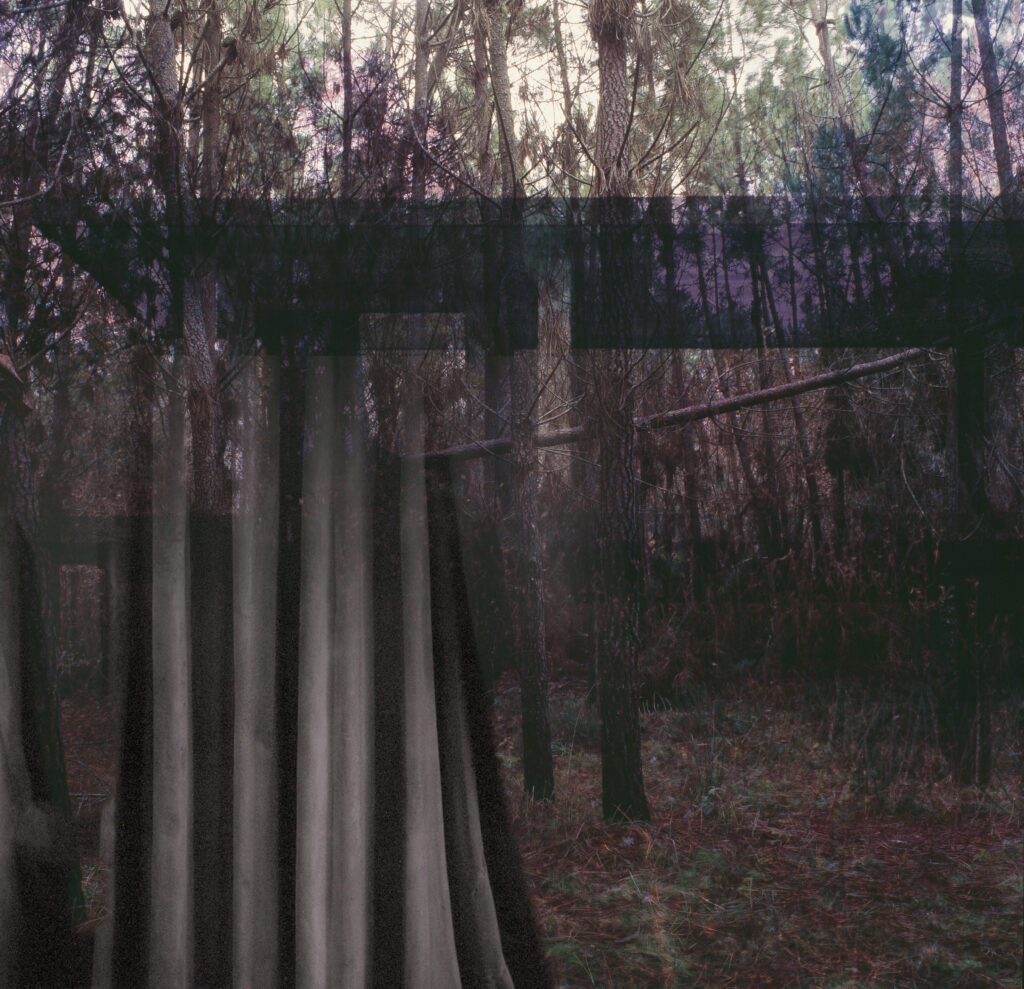
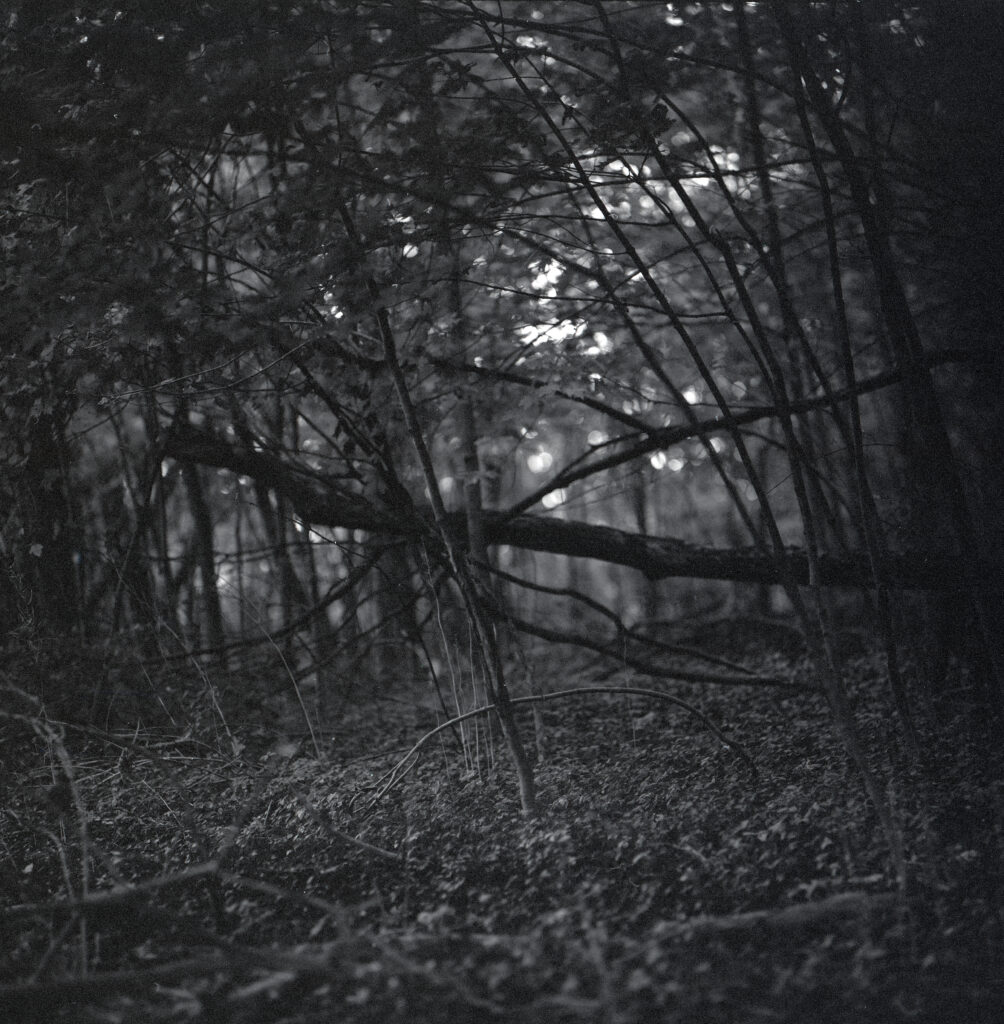
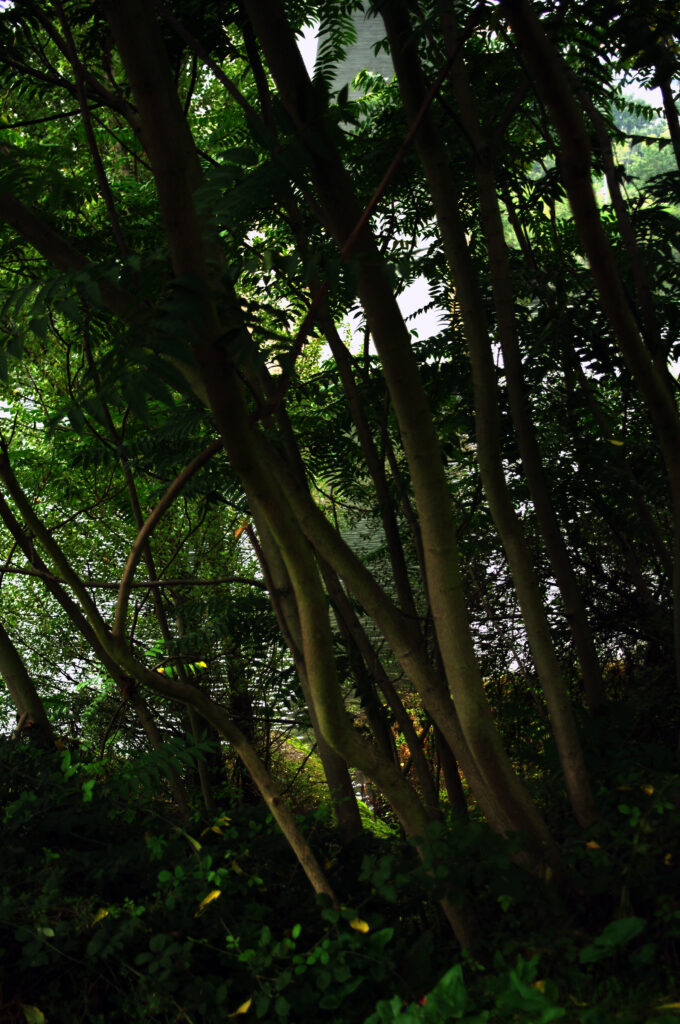
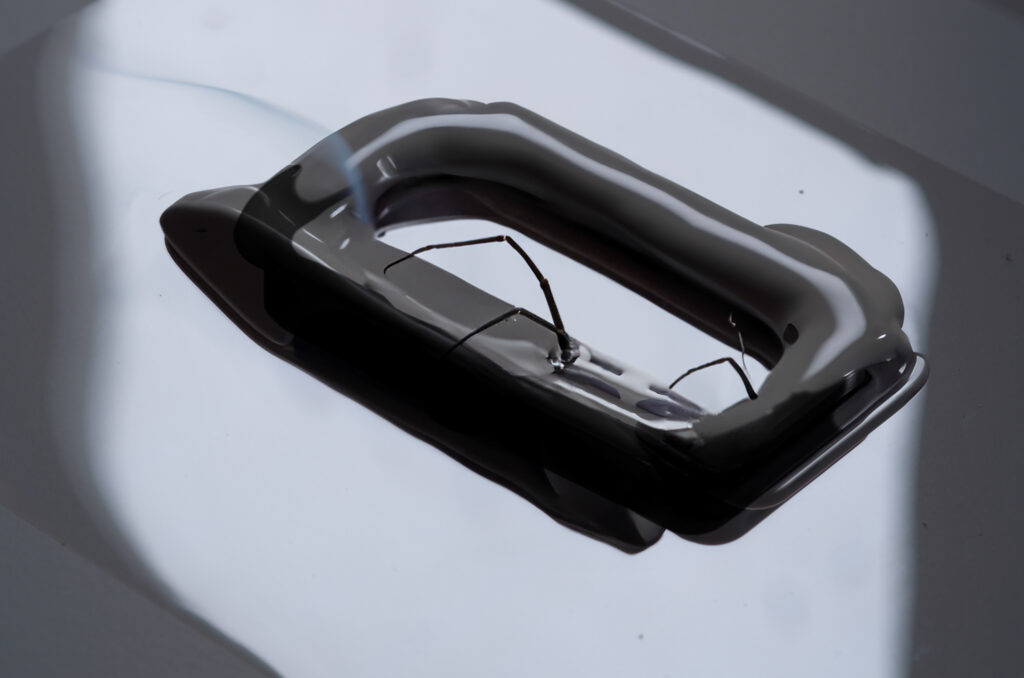
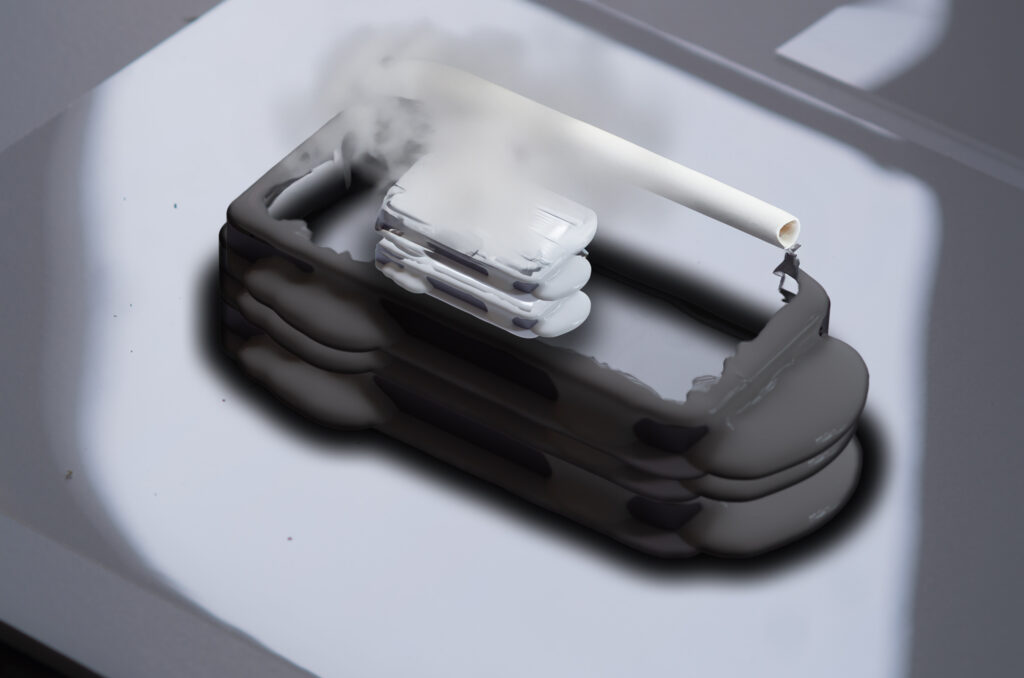
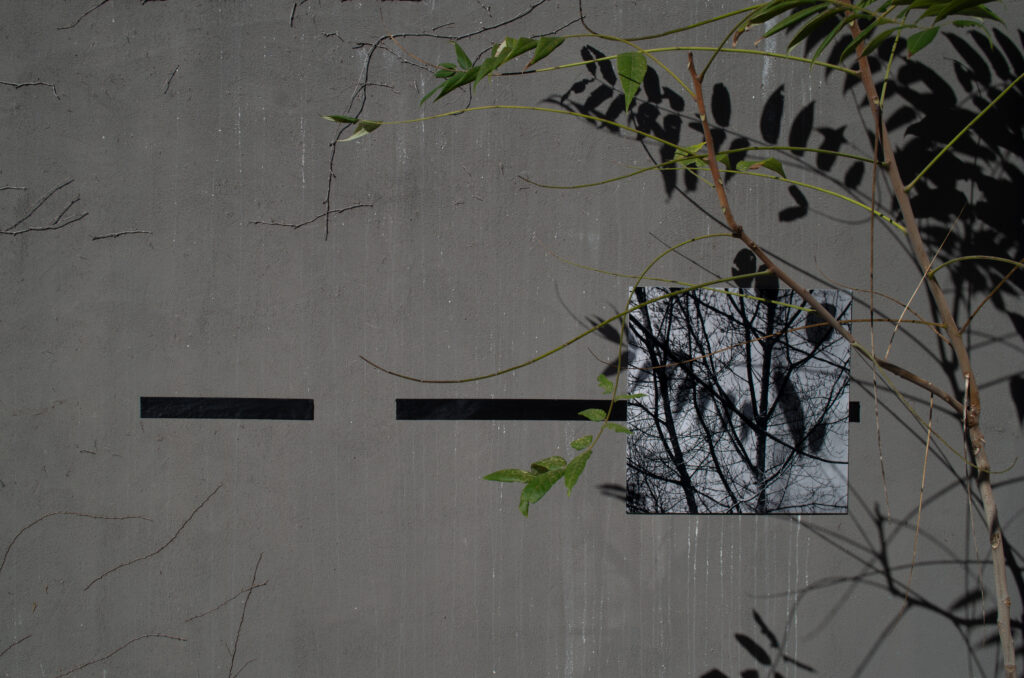
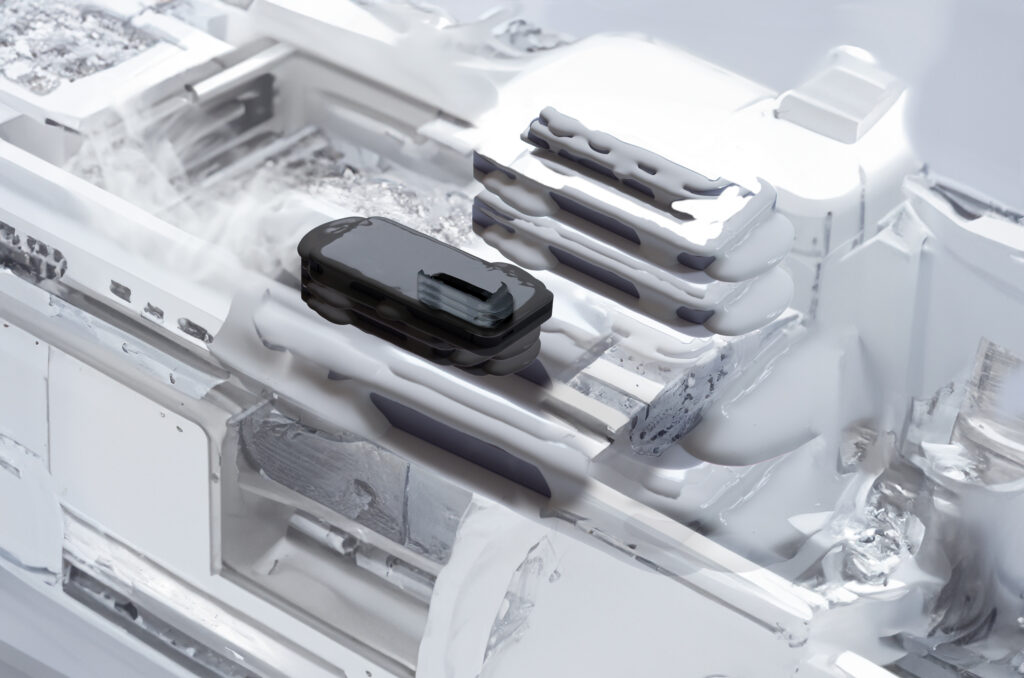
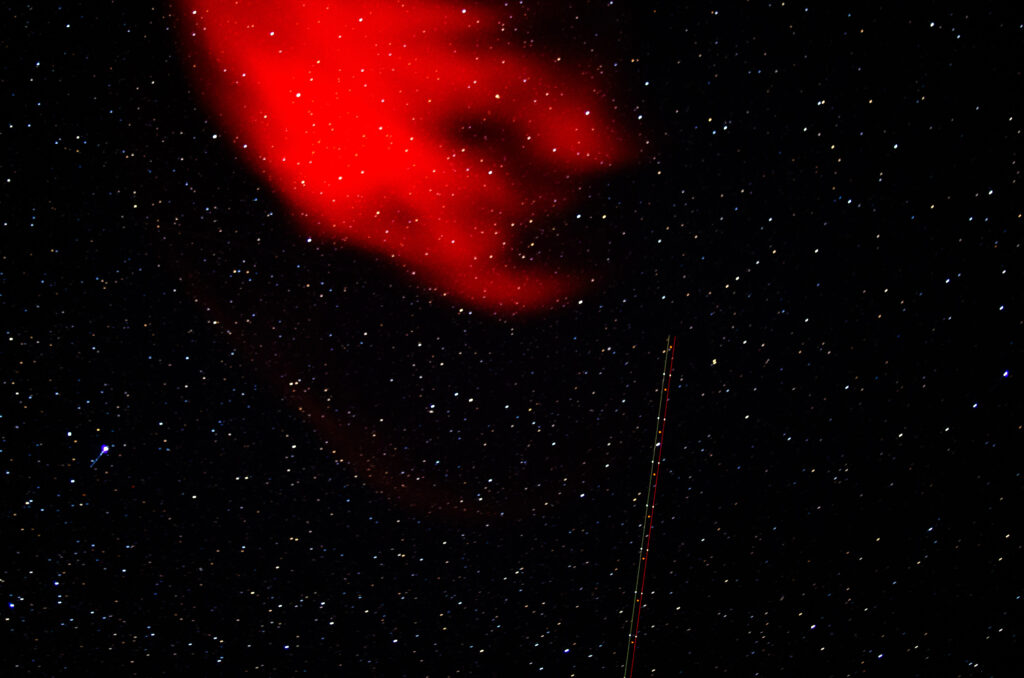
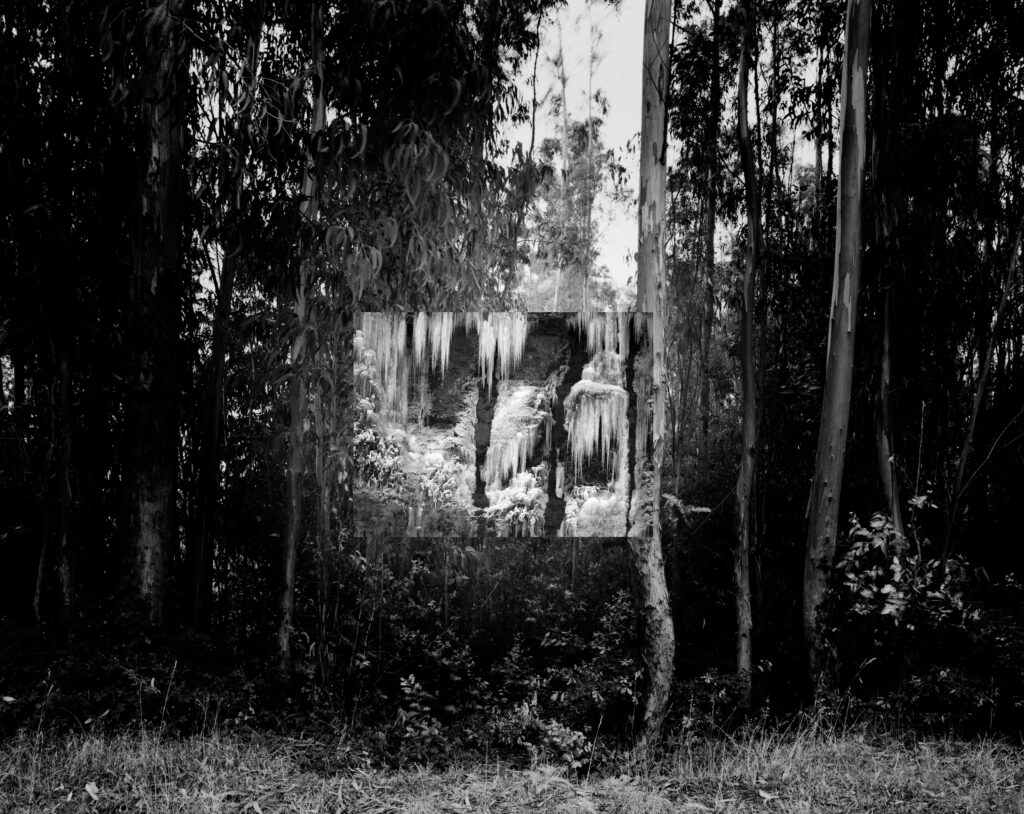
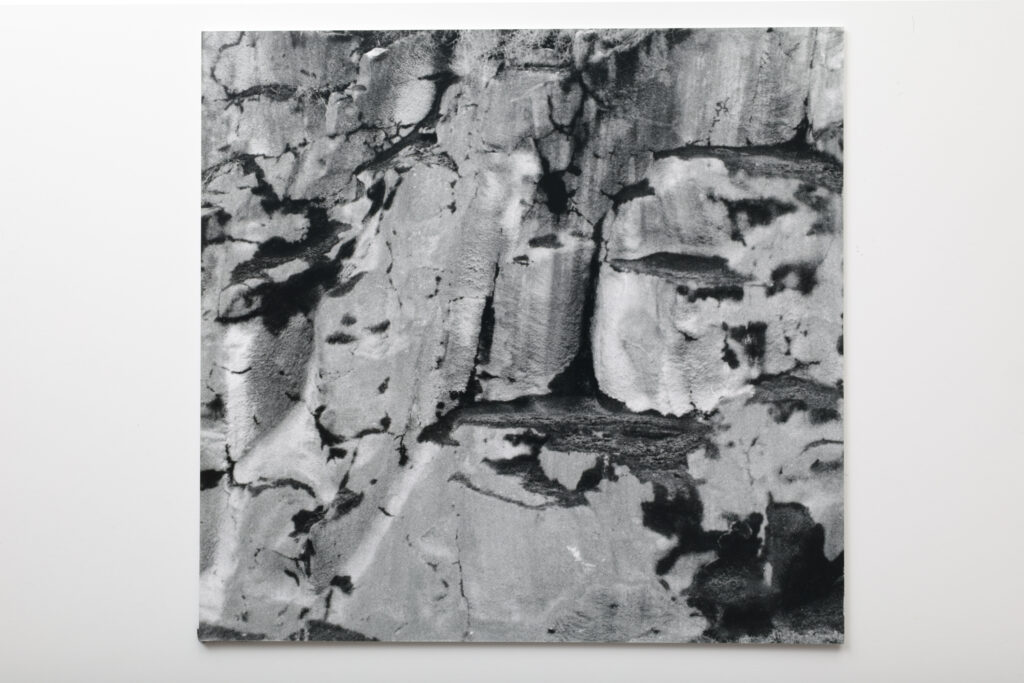
The work unfolds at the intersection of image-making and critical inquiry. Photography, video, and installation function as tools to probe how memory—personal, cultural, and historical—takes shape in material forms and visual traces. Images are treated less as static objects than as unstable surfaces, always subject to reinterpretation and displacement.
Research and practice operate as a single system. Engagement with the legacies of minimalism, post-minimalism, and conceptual art intersects with investigations into the emerging terrain of AI-generated imagery. Together, these inquiries test how images produce meaning, how they participate in the construction of belonging, and how they might unsettle entrenched modes of interpretation.
Exhibition-making becomes the laboratory where these concerns converge. It is both method and proposition: a space to stage memory against technology, intimacy against system, and theory against the market. In this framework, the exhibition is not an endpoint but an experiment—an active site where art and research continuously recalibrate one another.
Recent Works
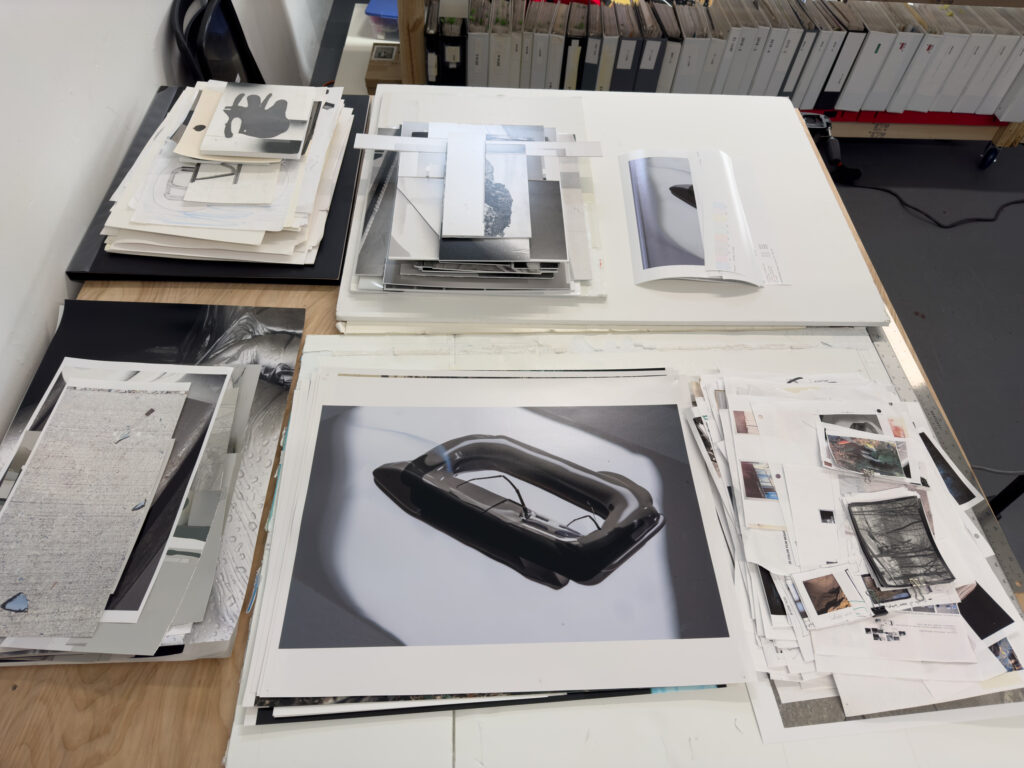
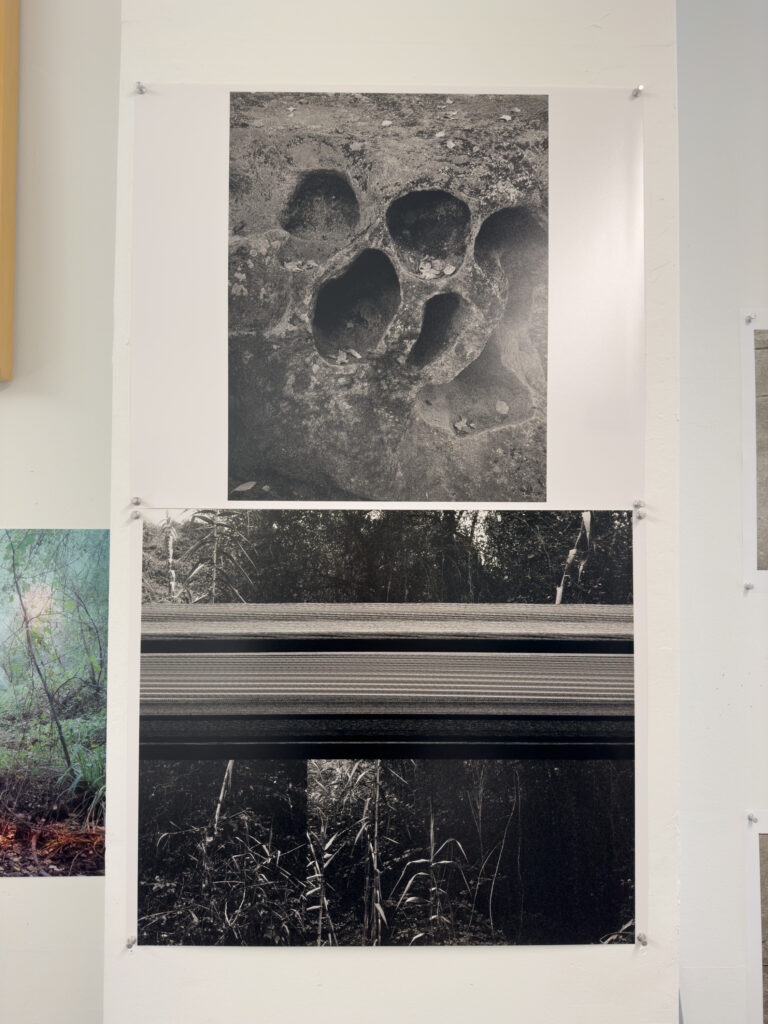
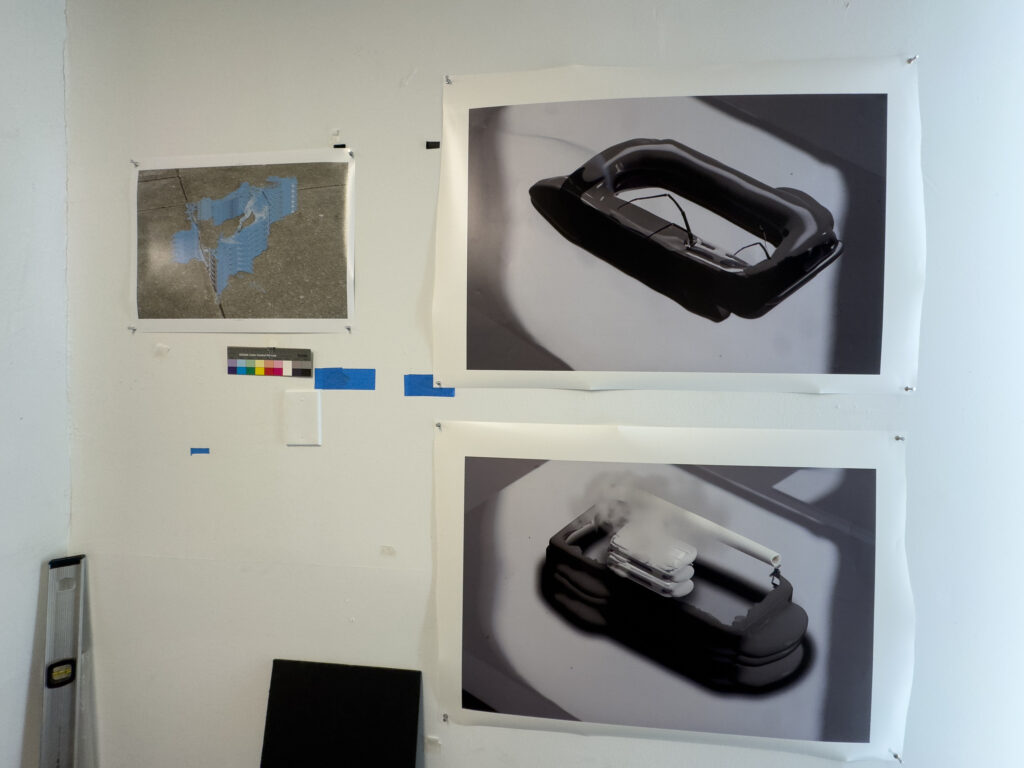
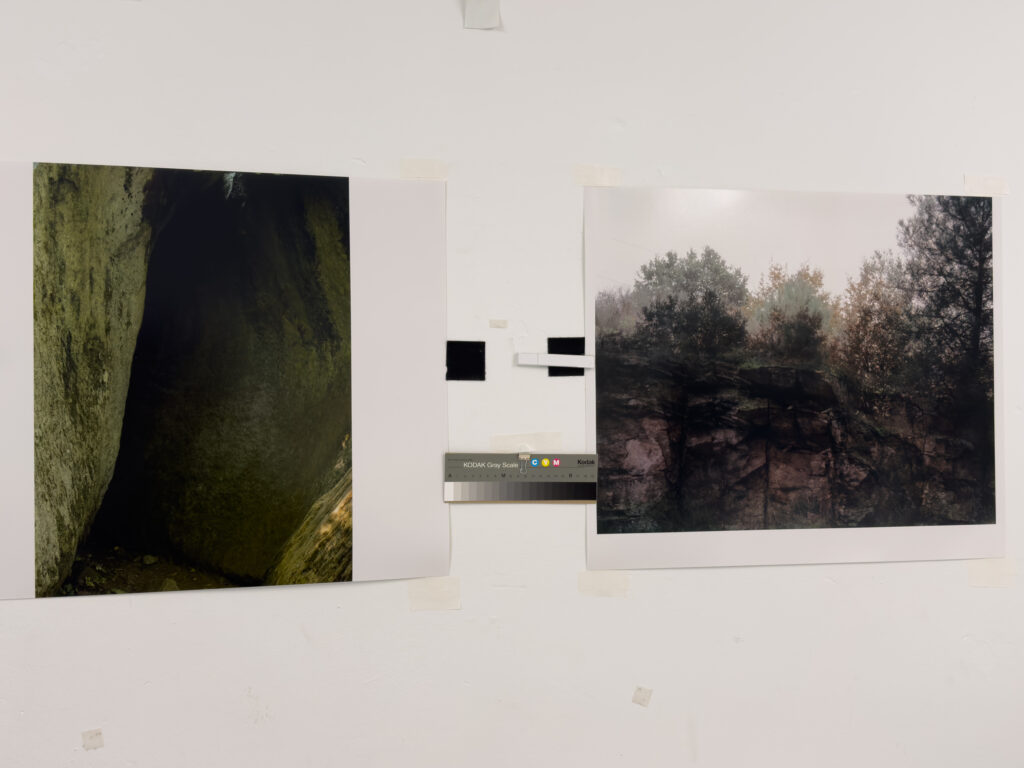
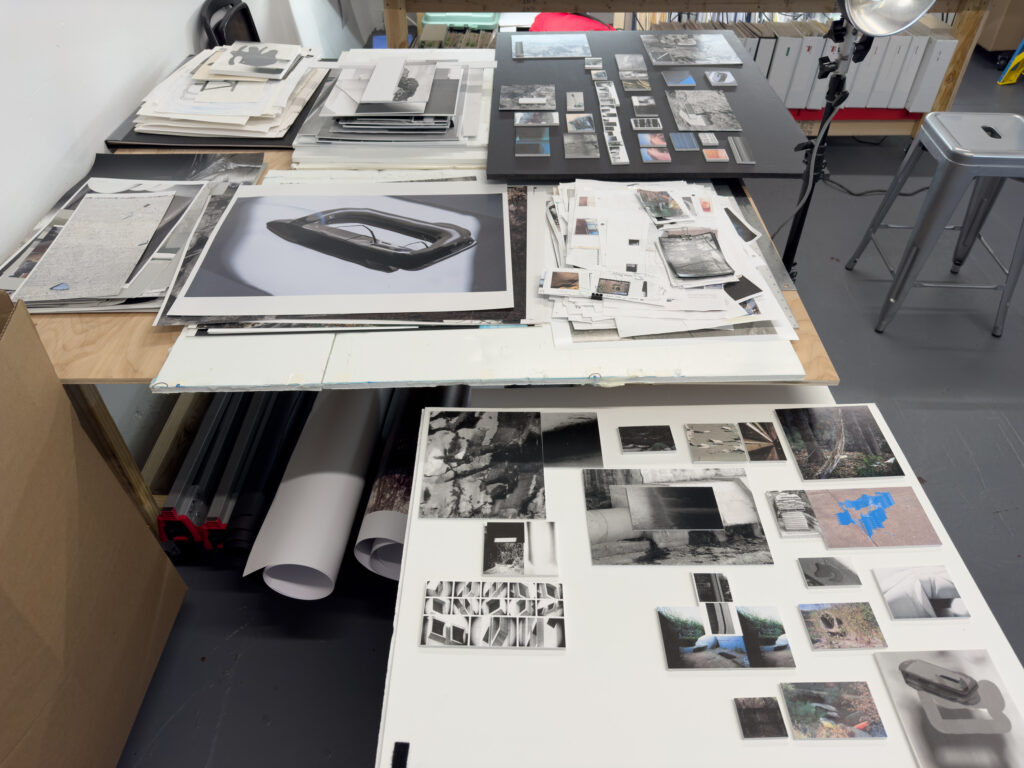
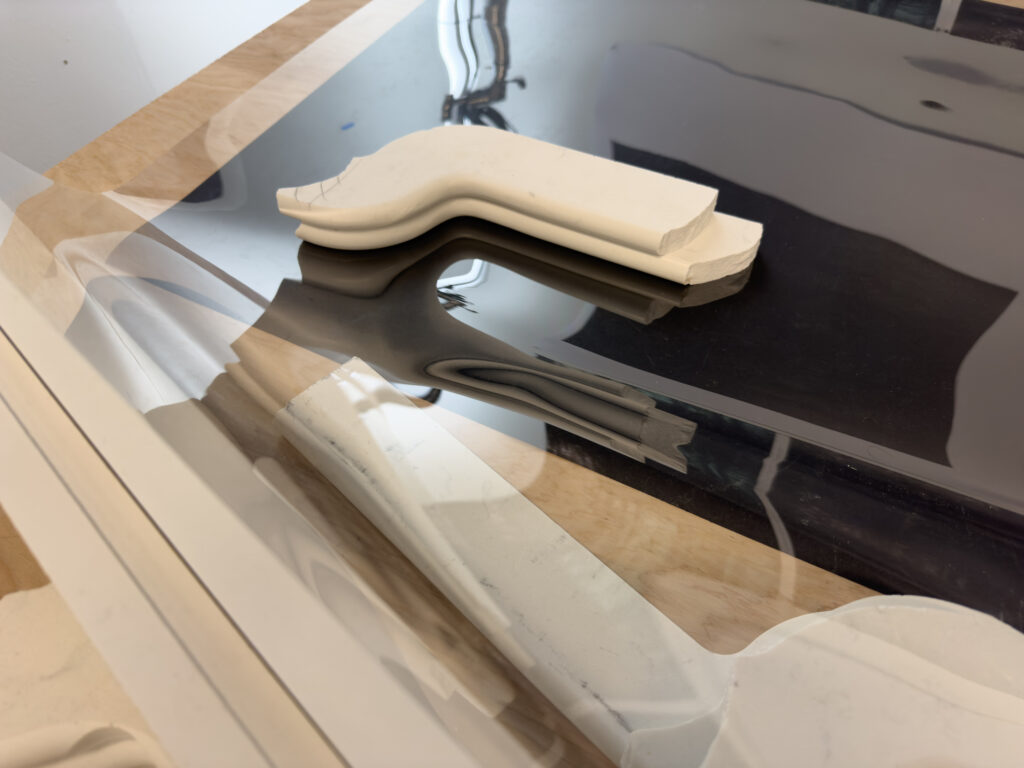
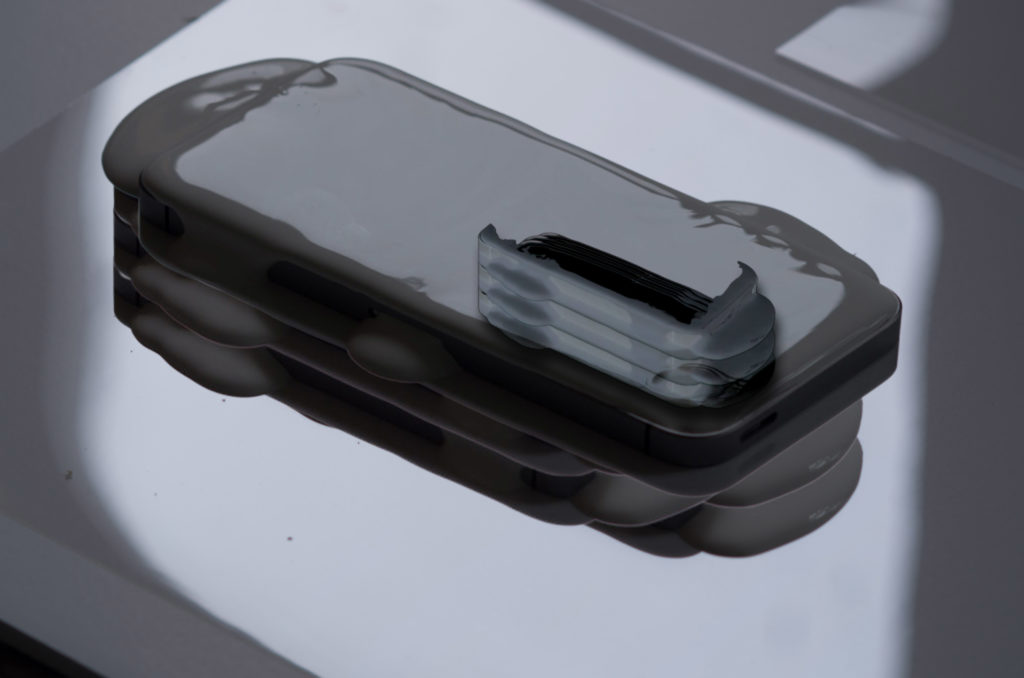
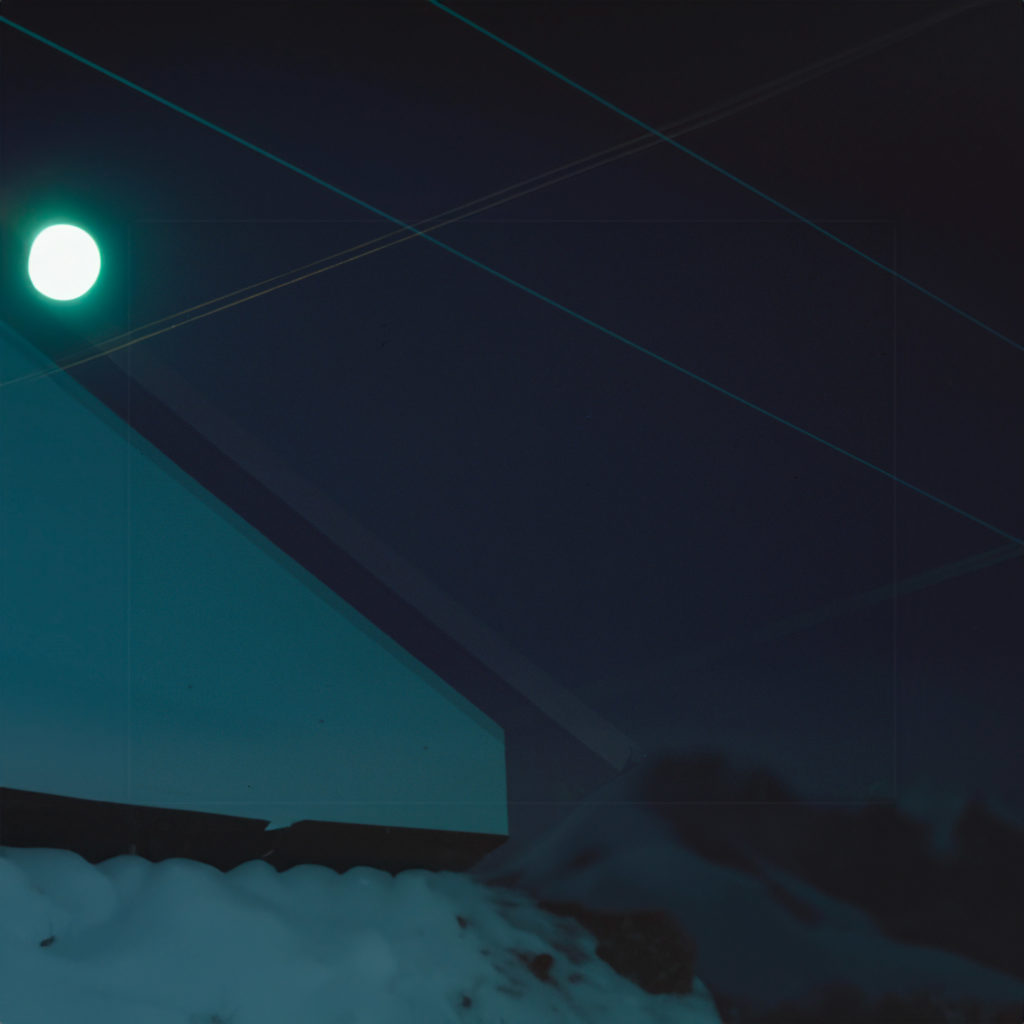
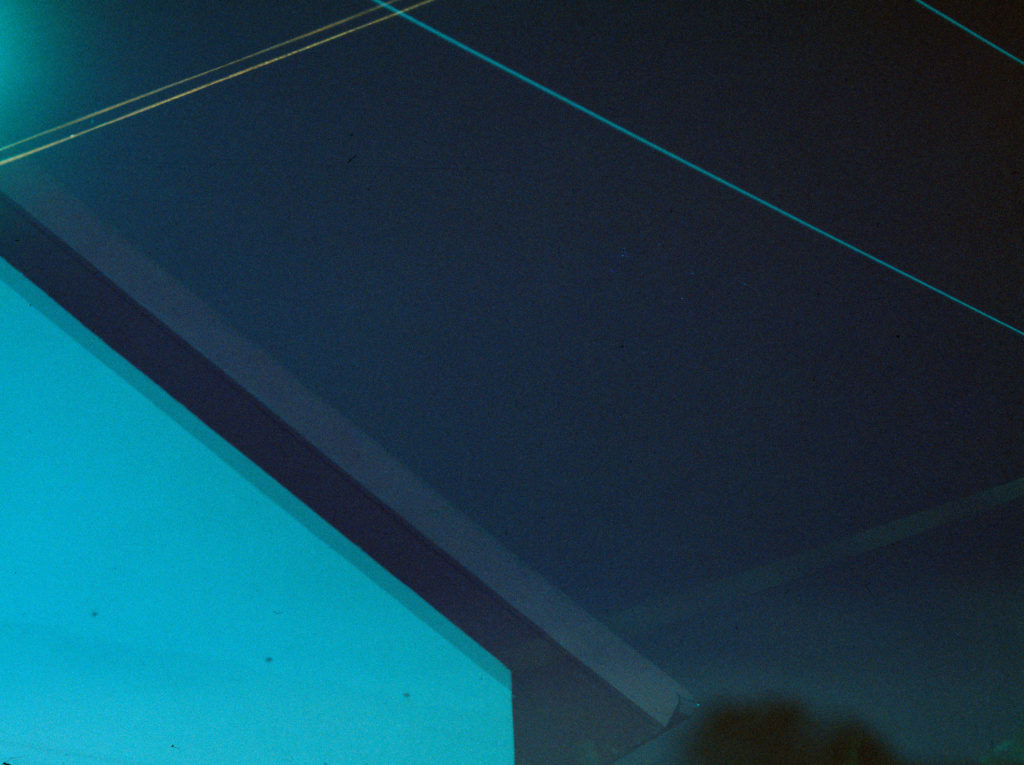
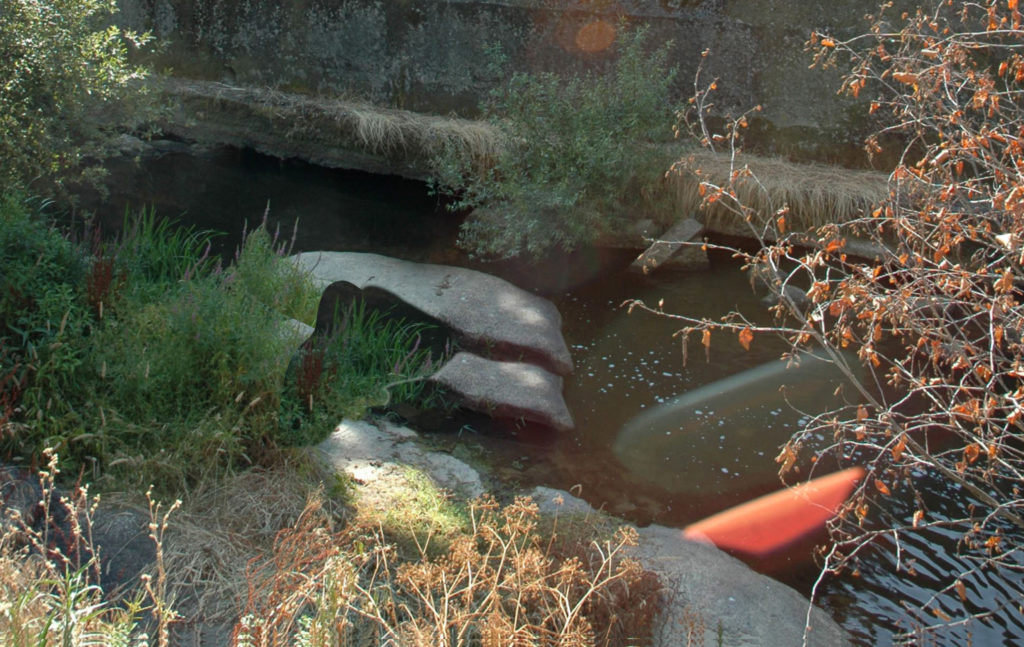
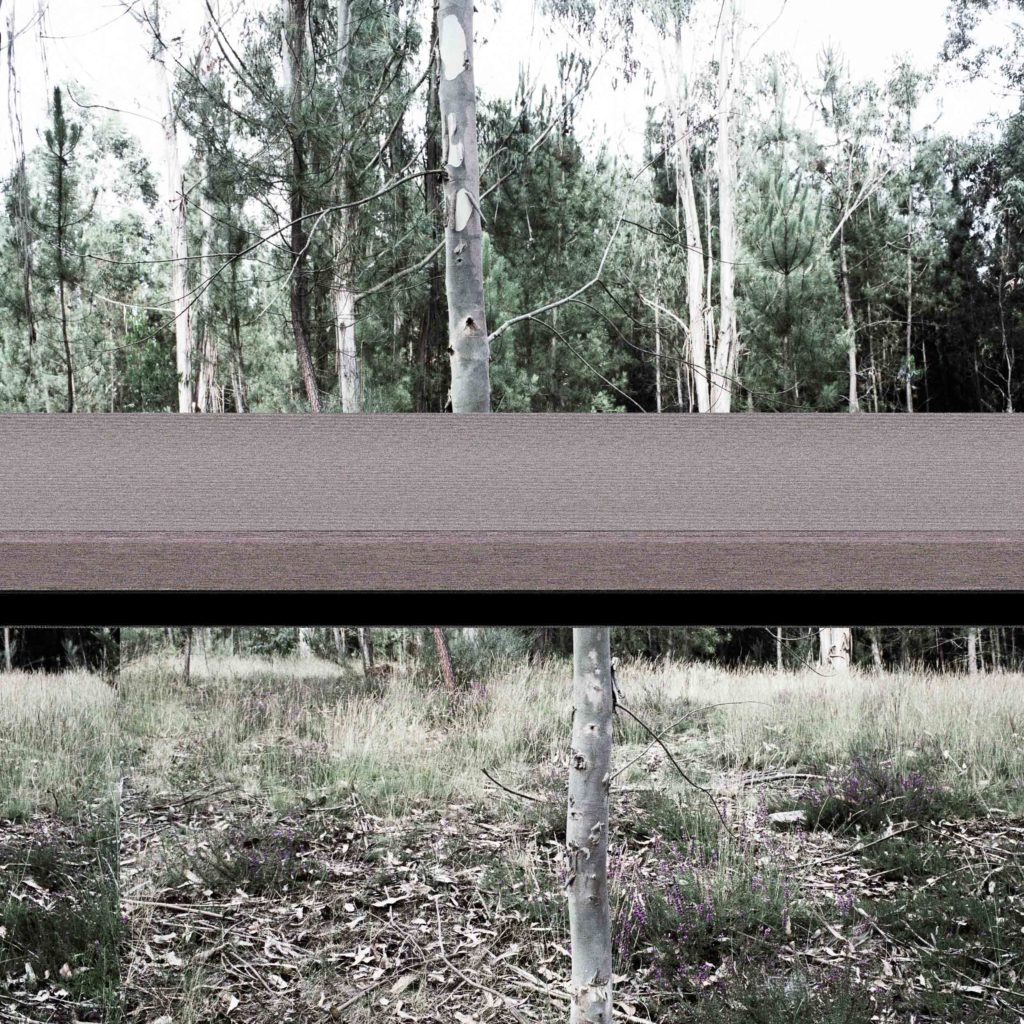
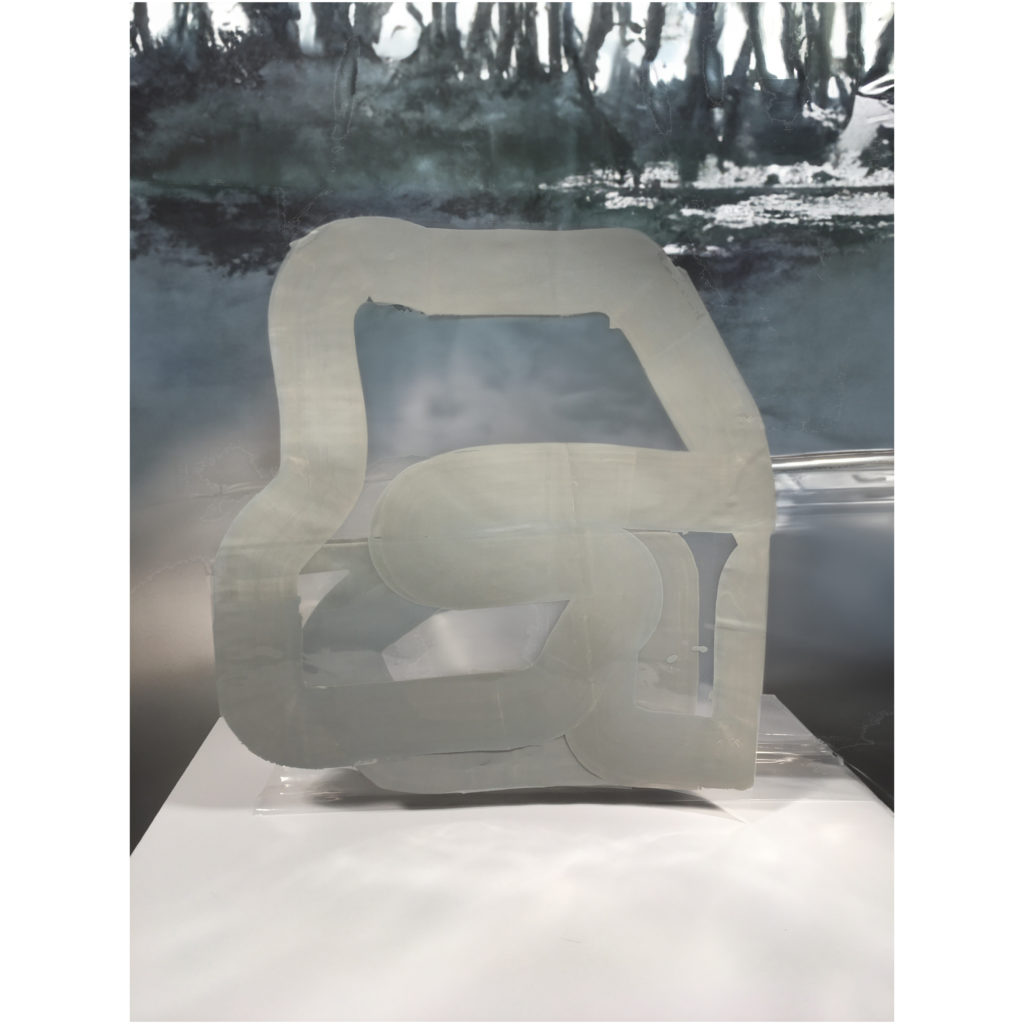
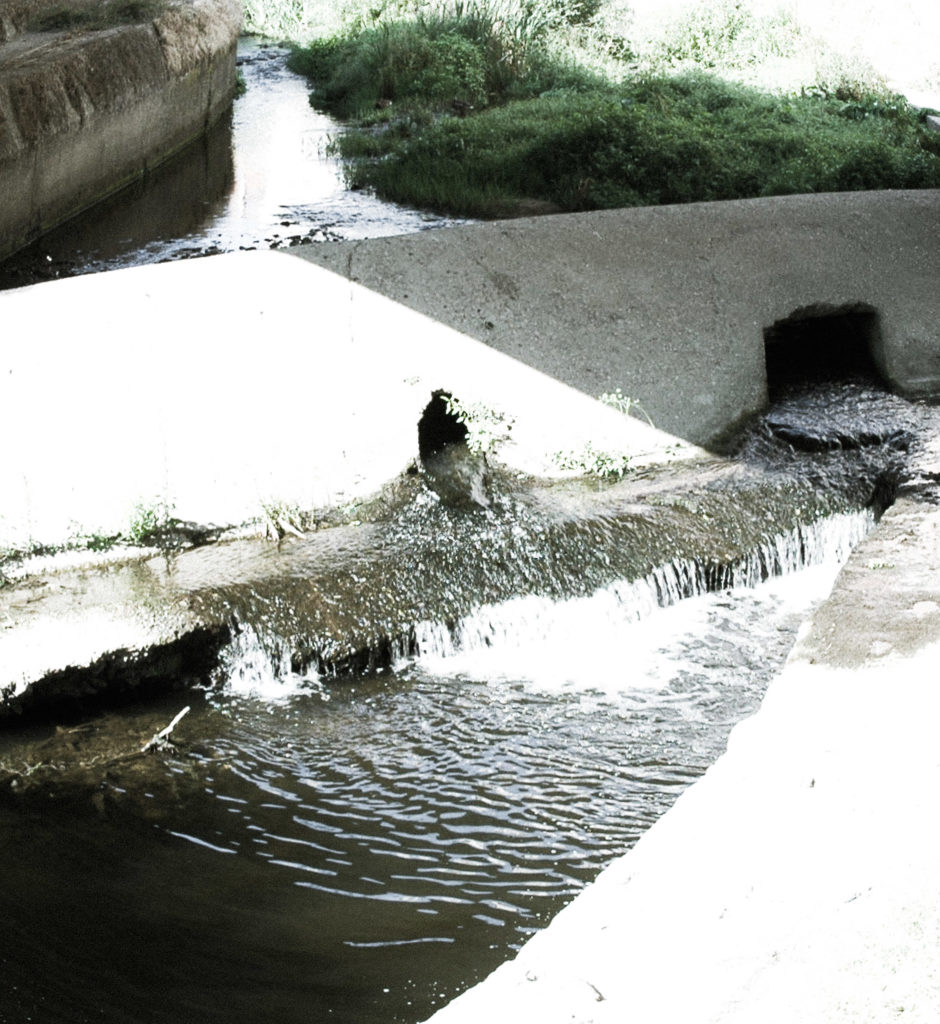
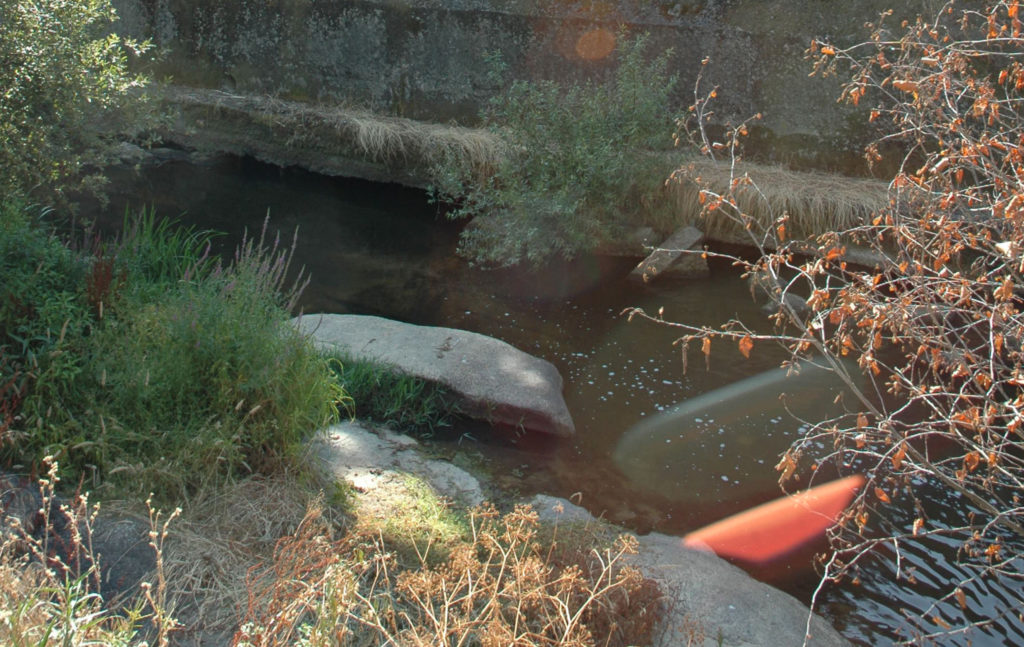
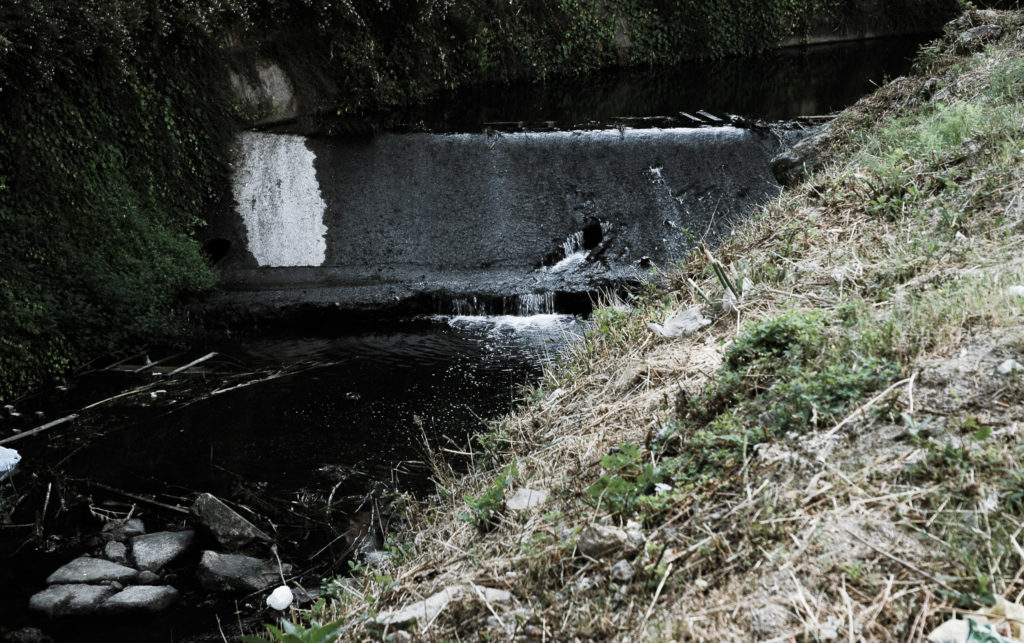
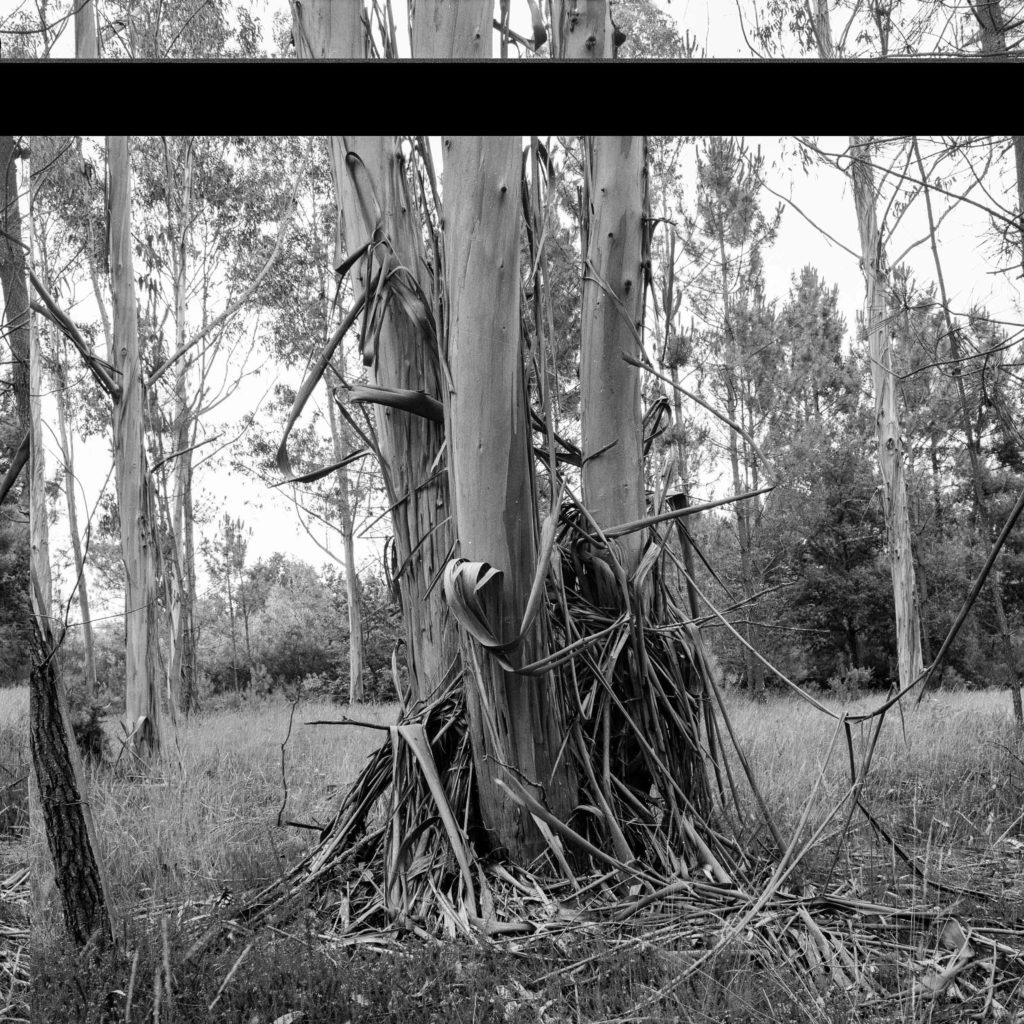
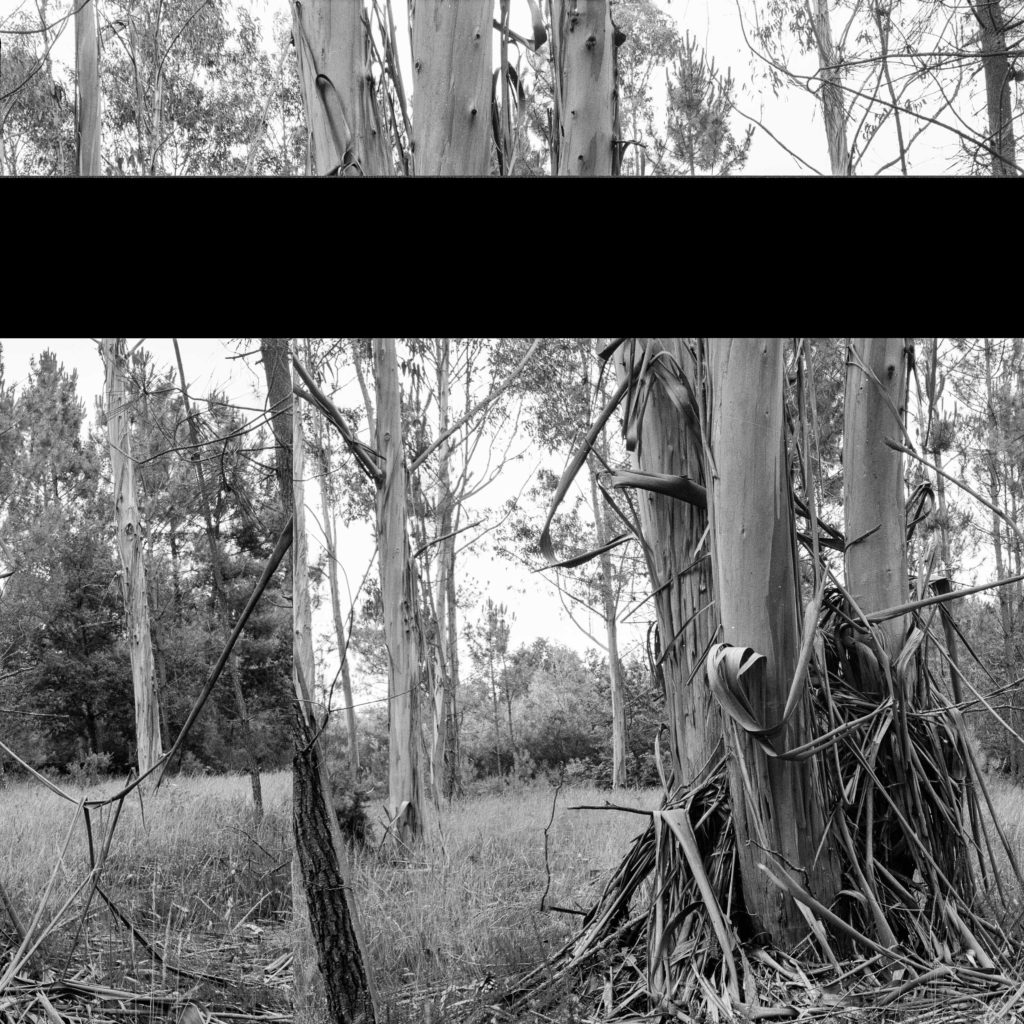
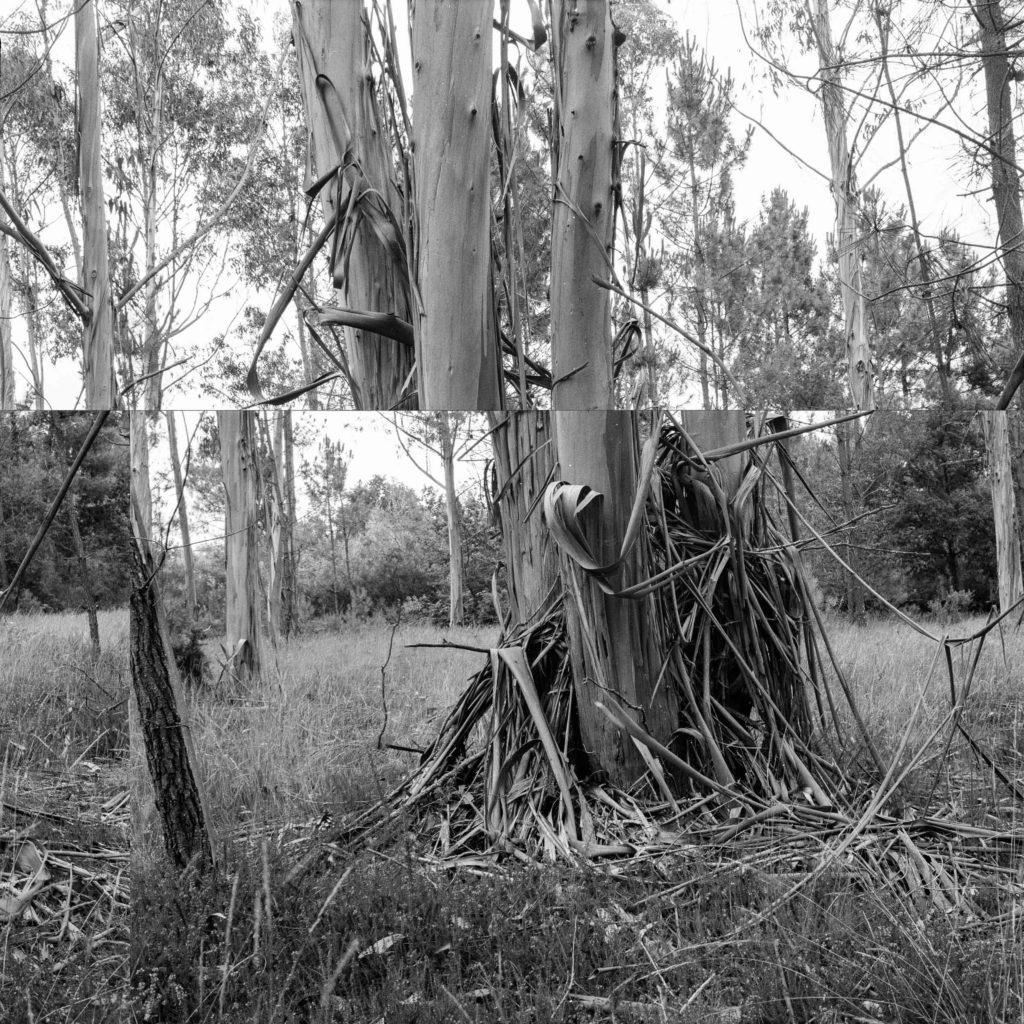
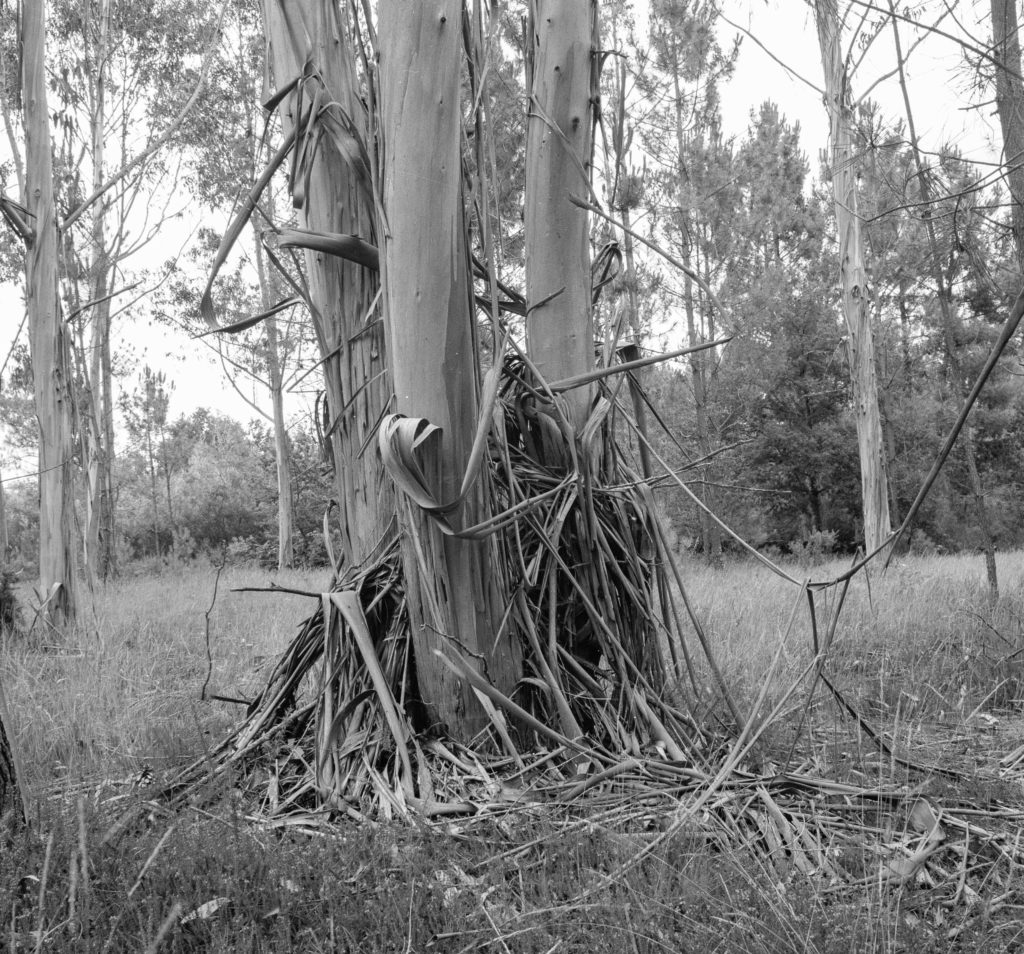
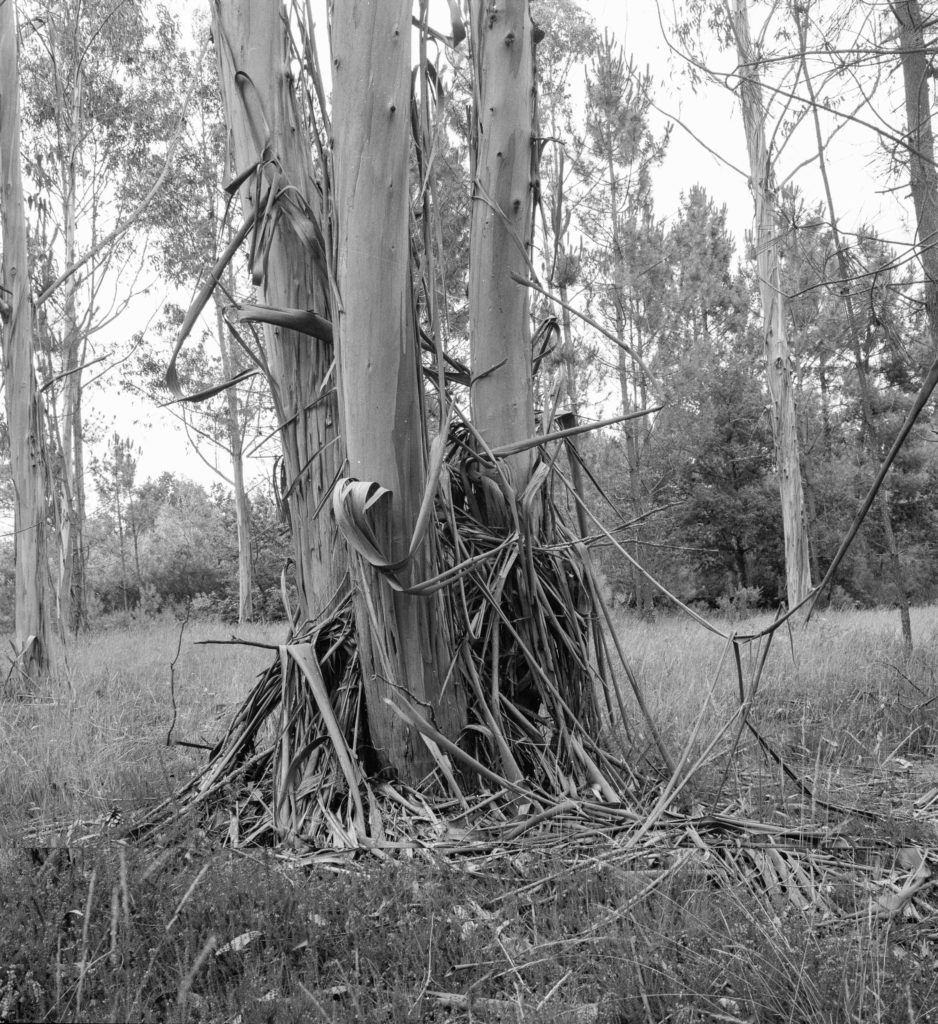
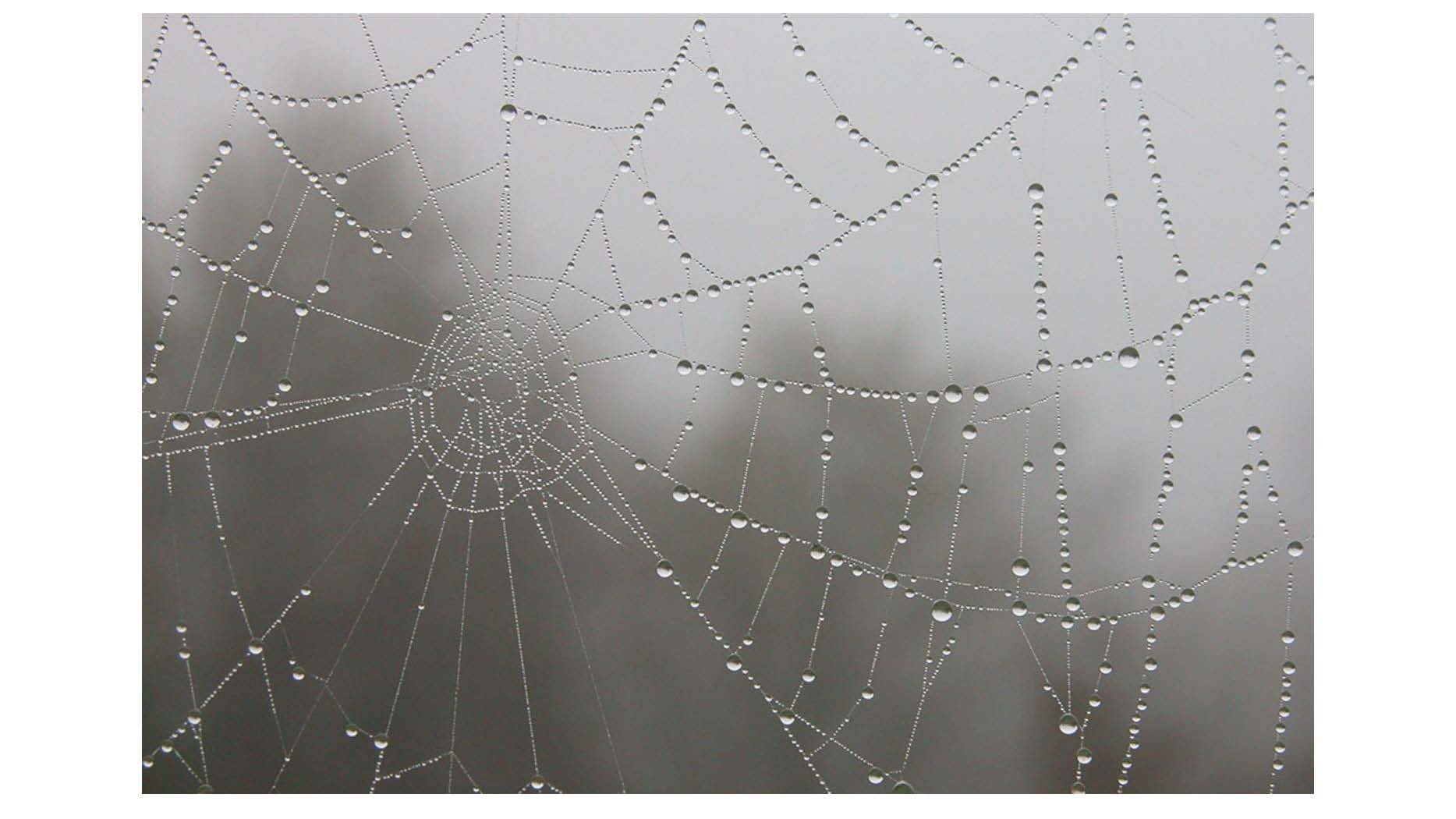
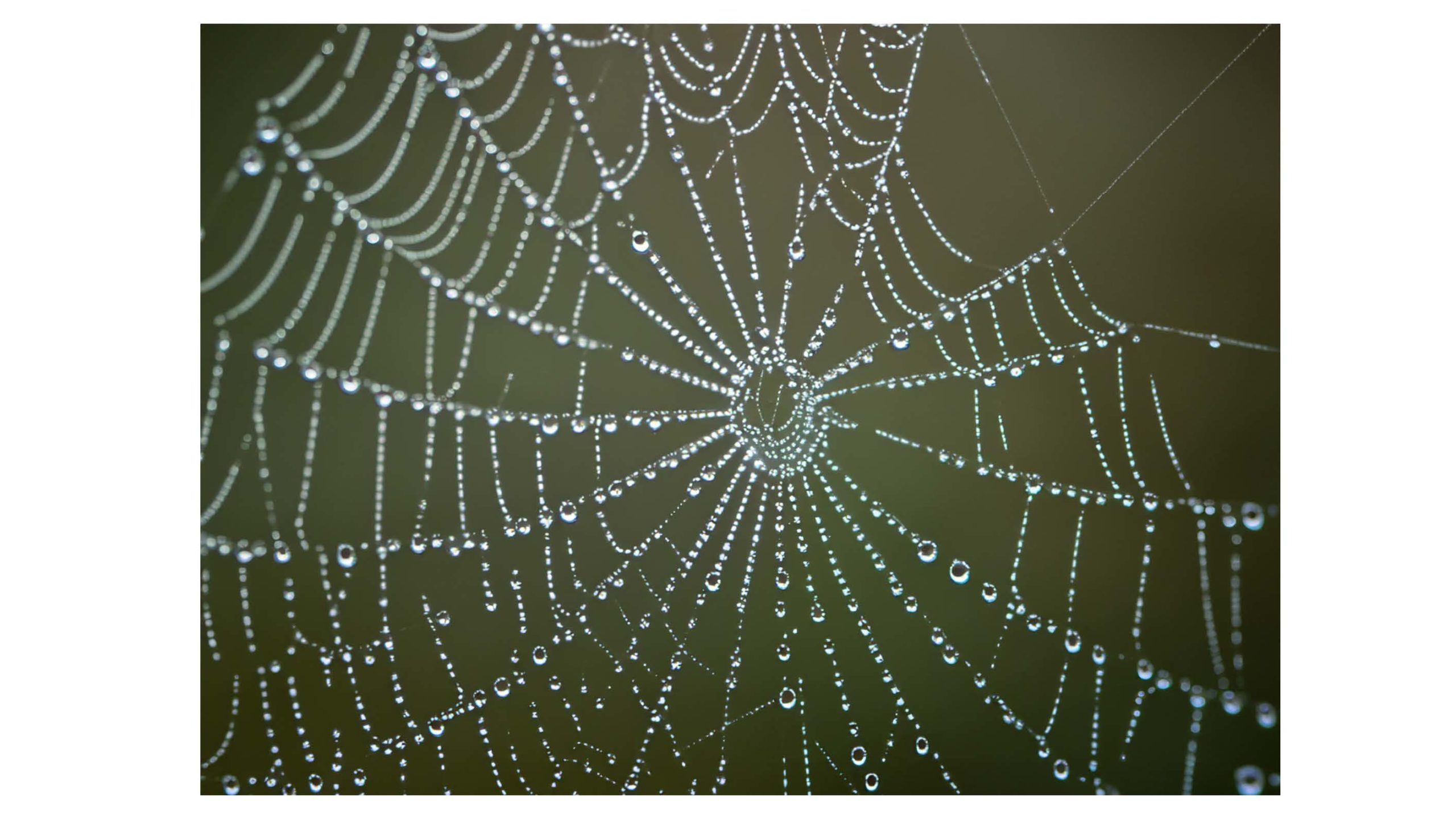
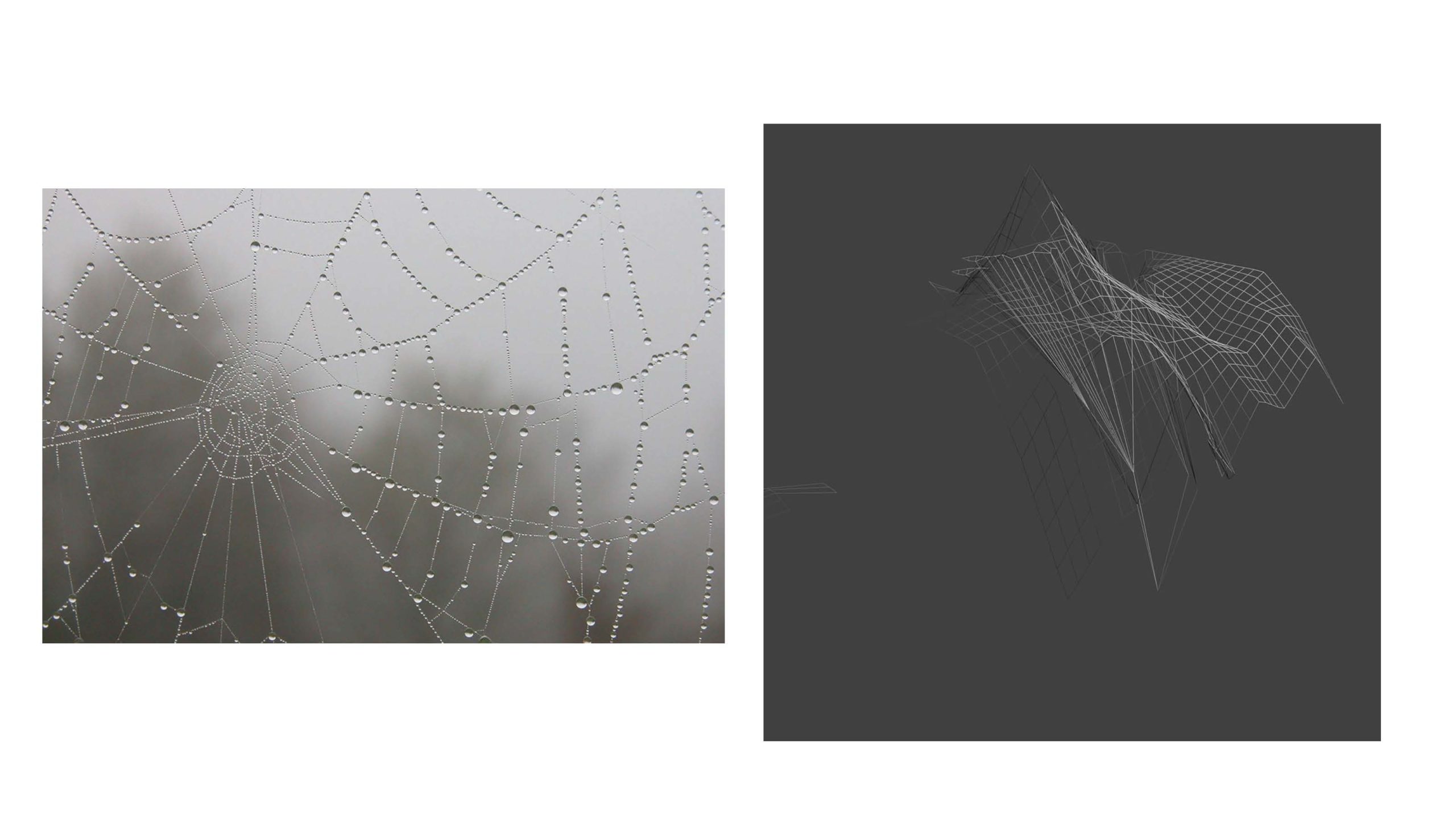
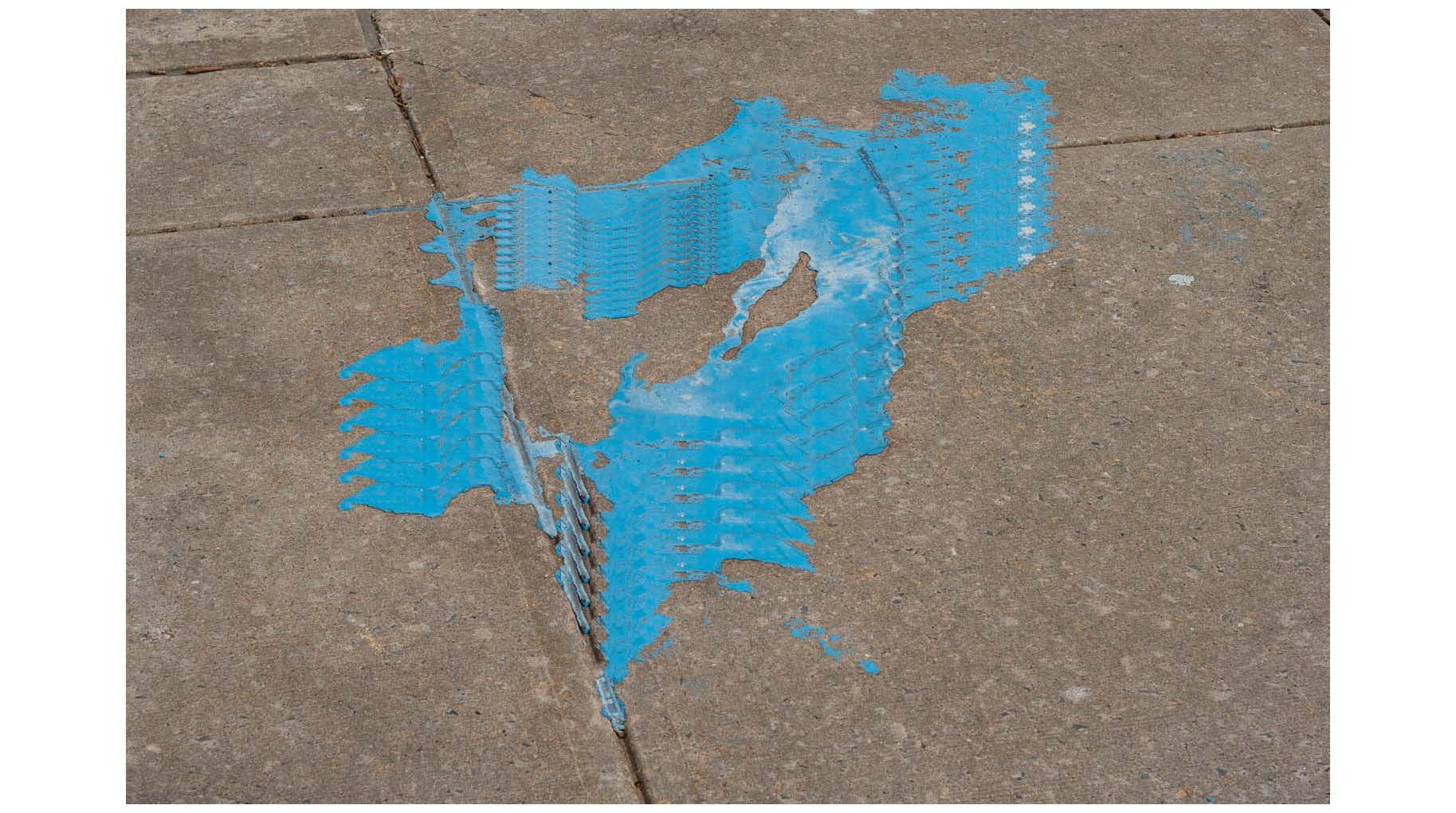
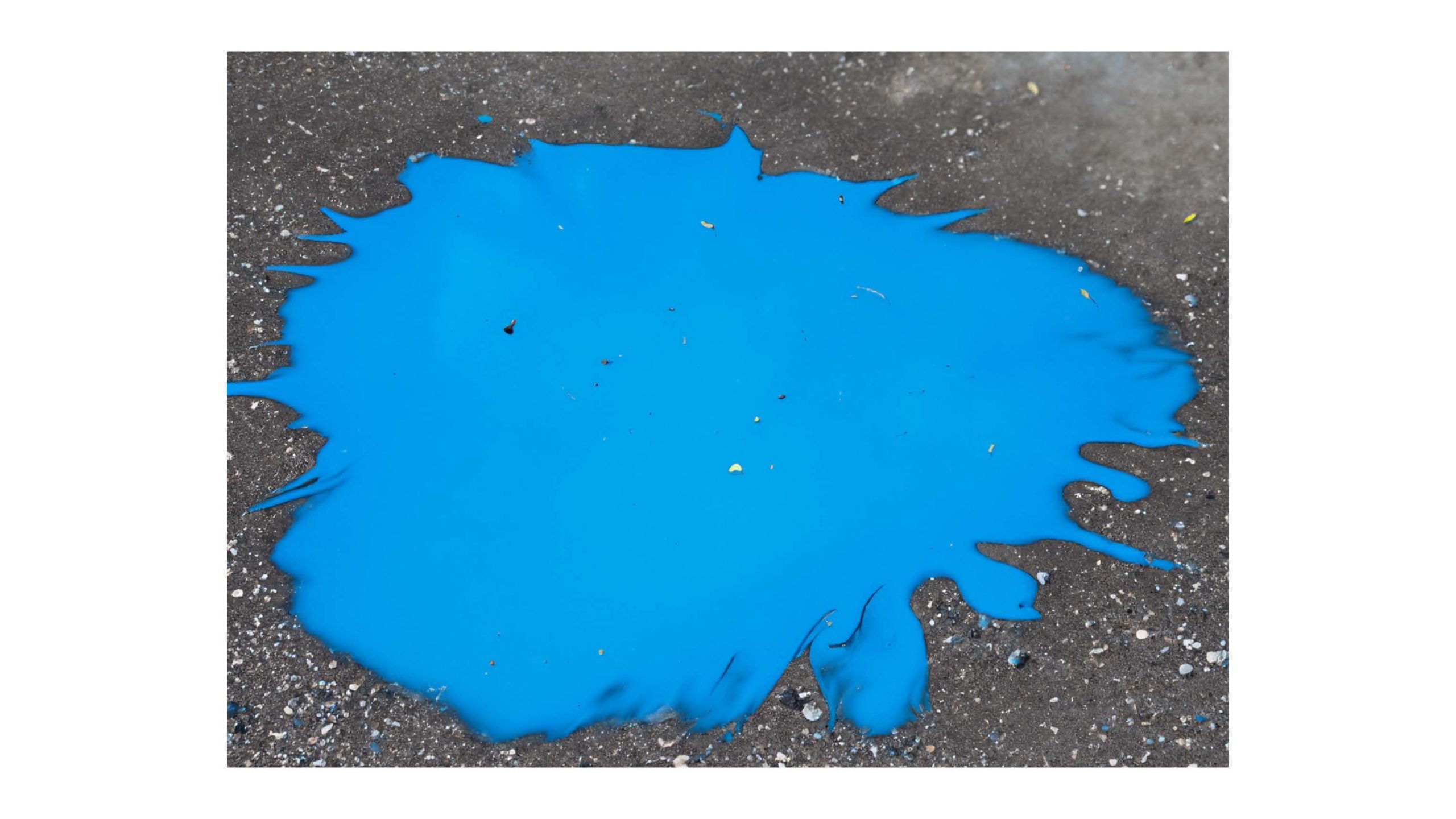
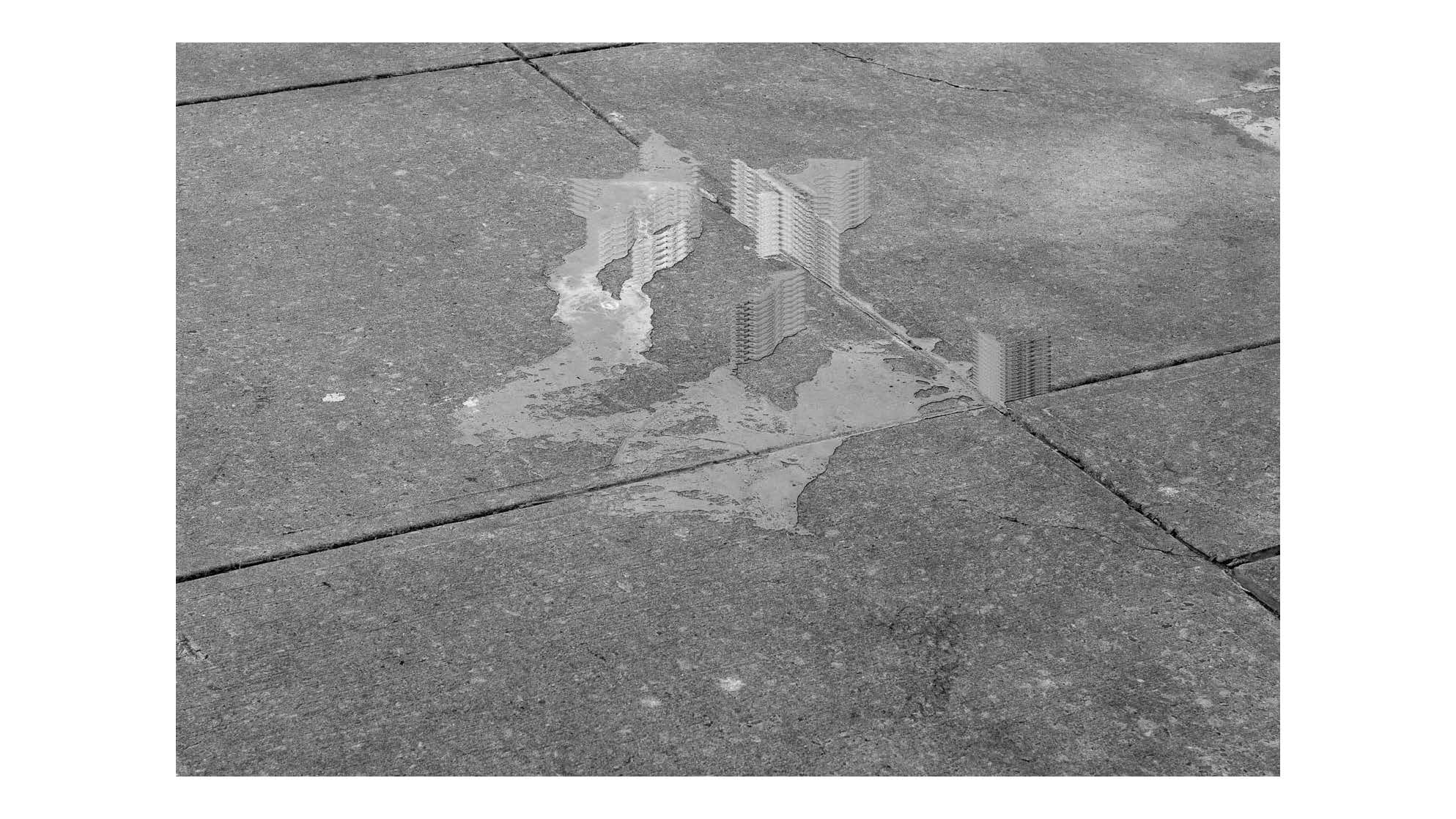
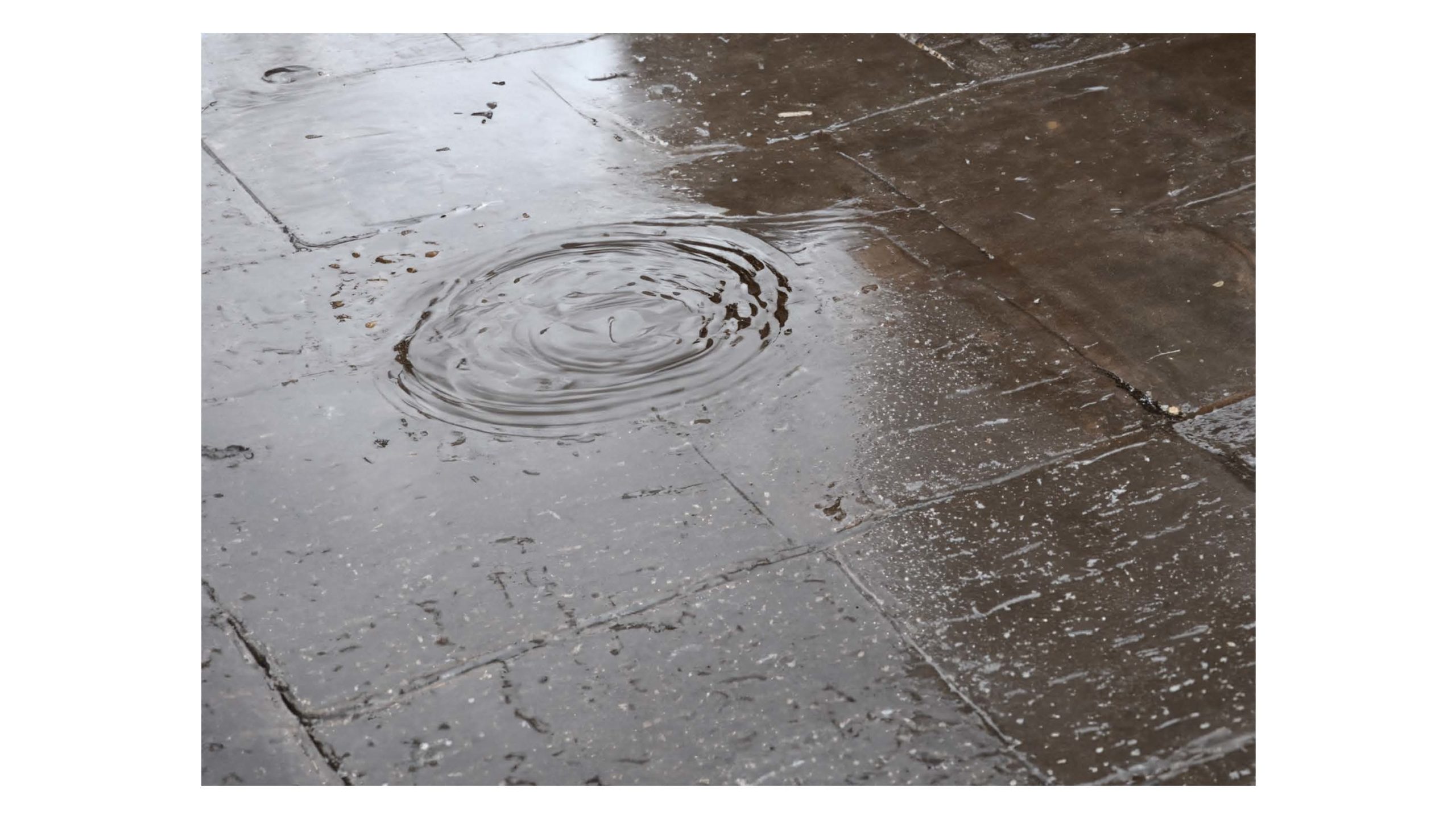
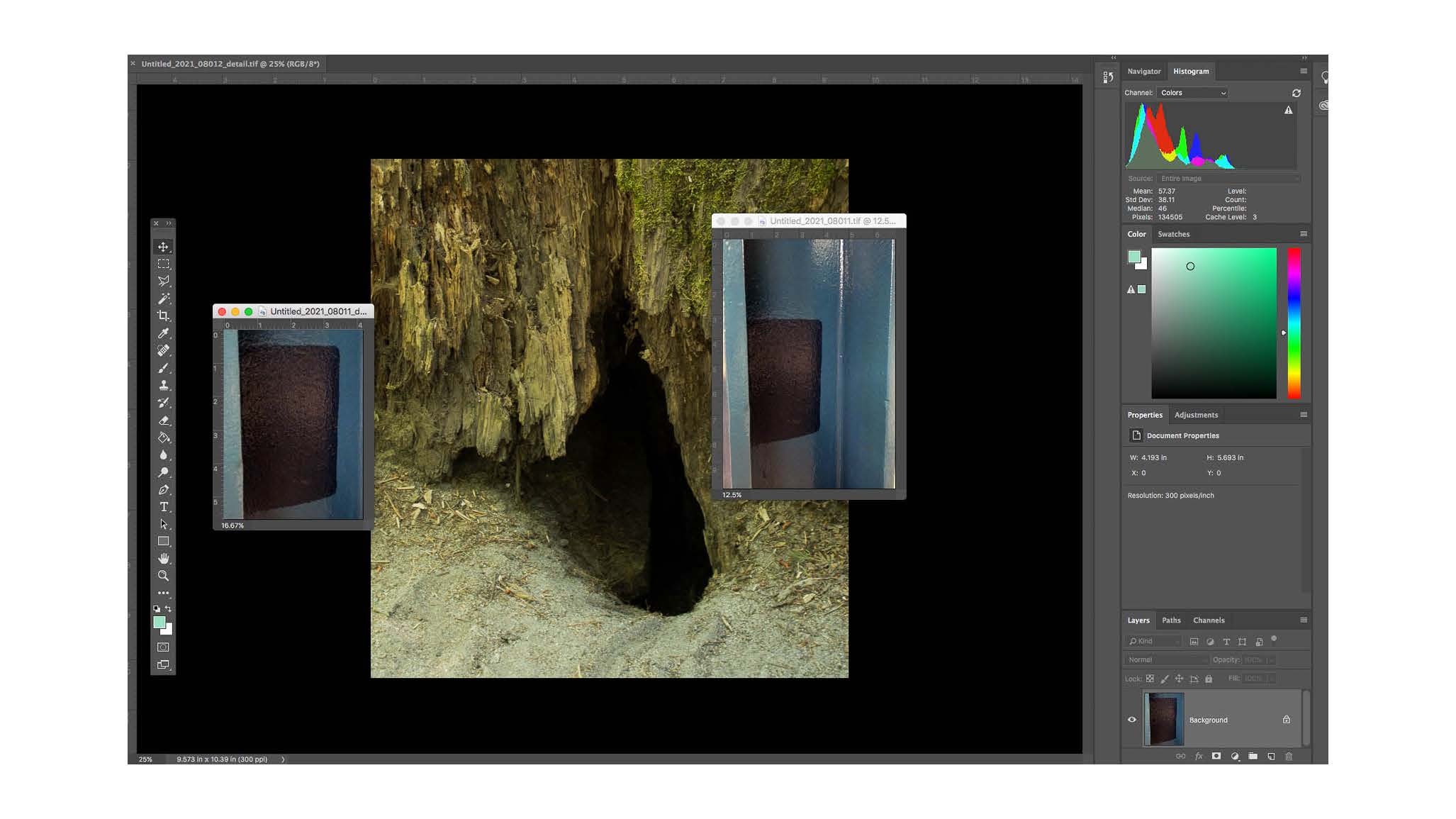
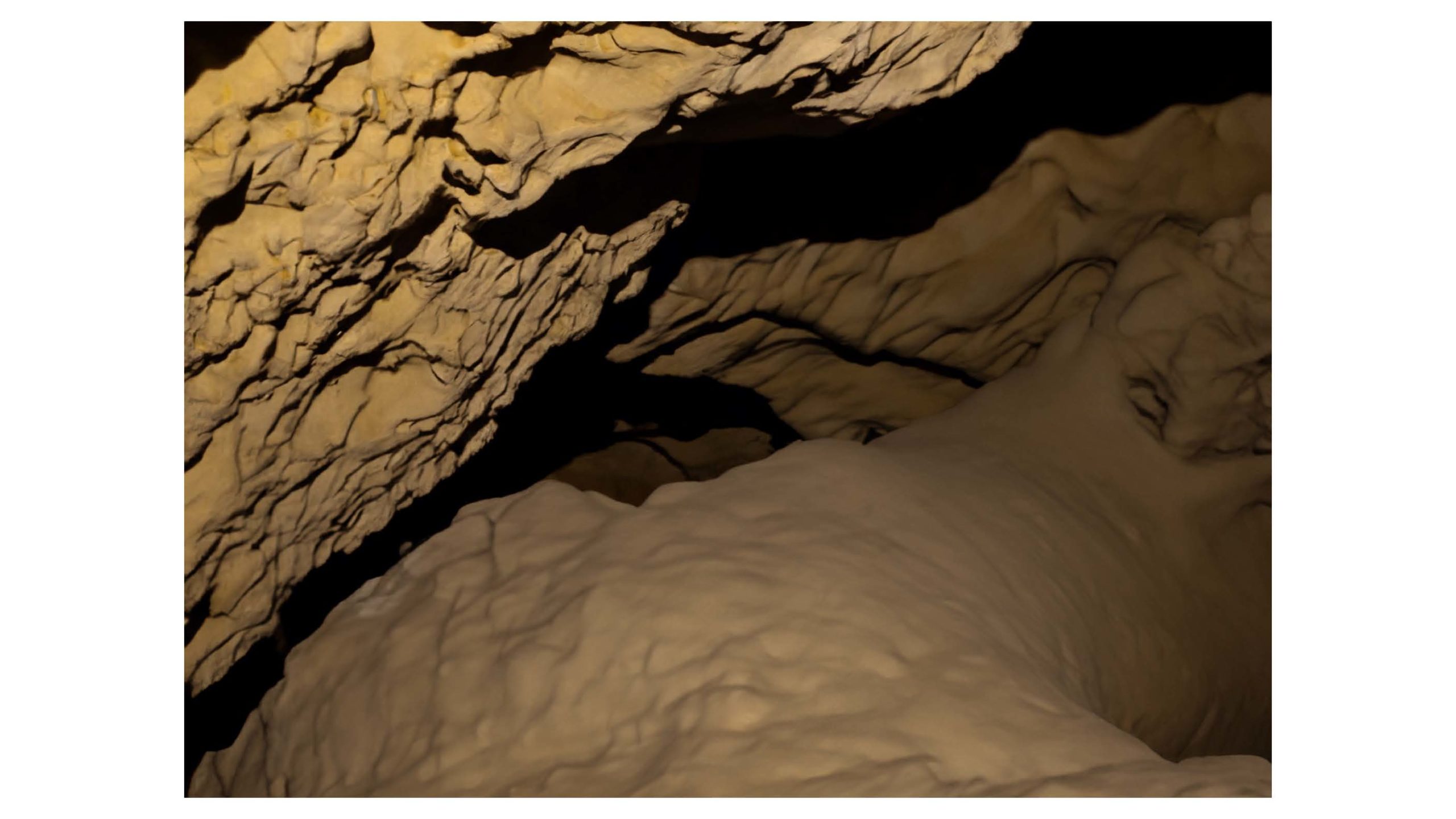
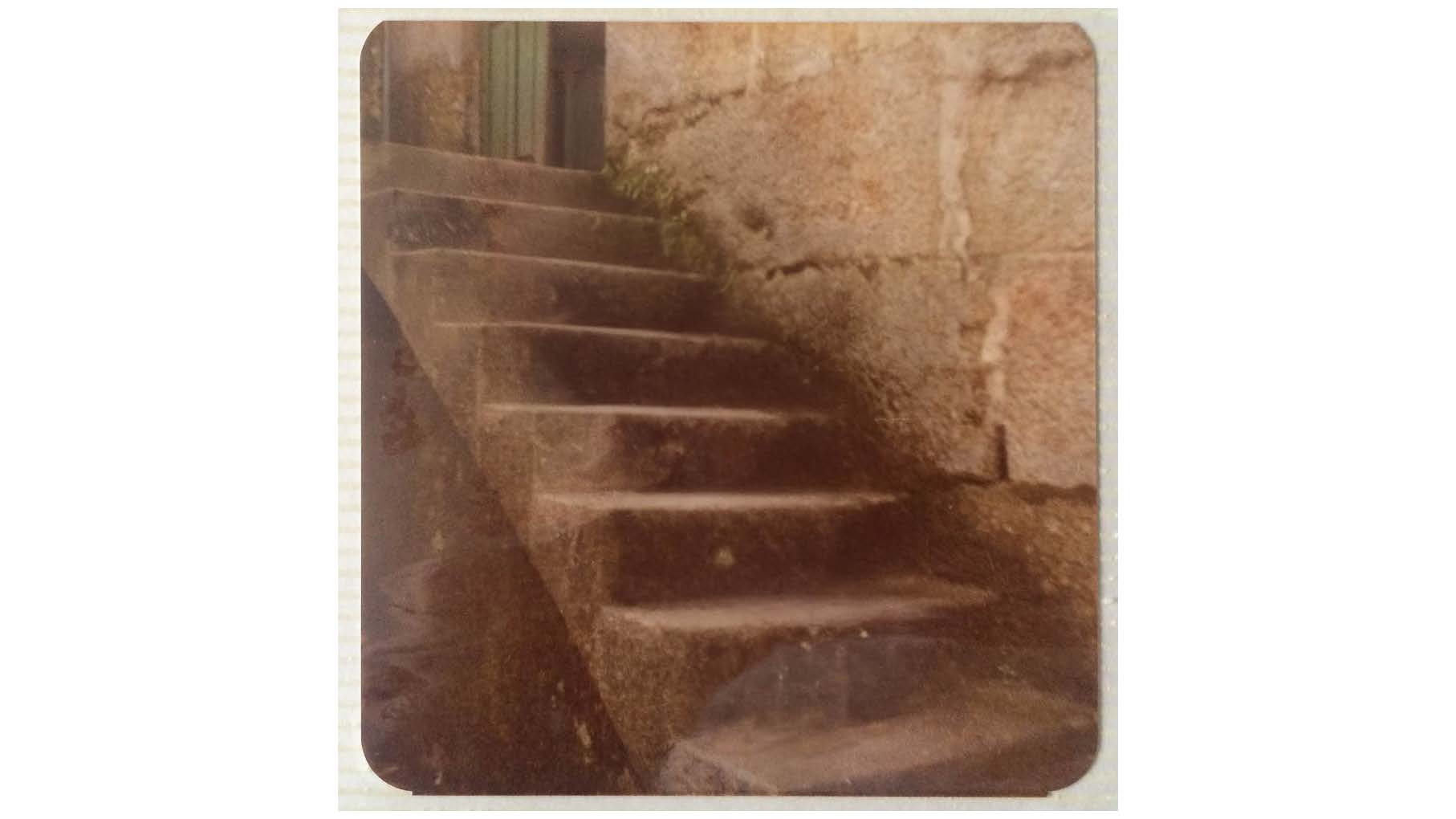
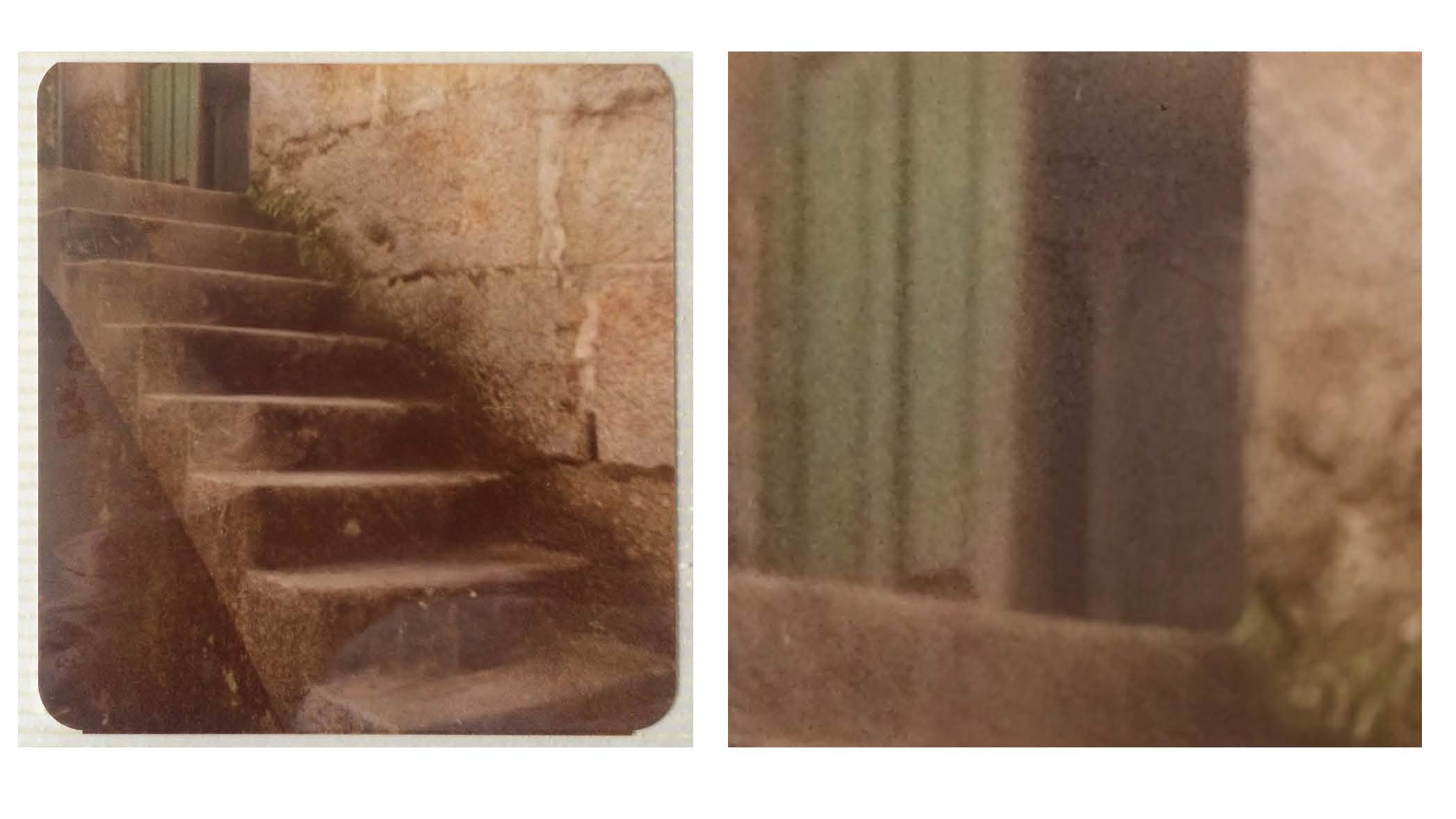
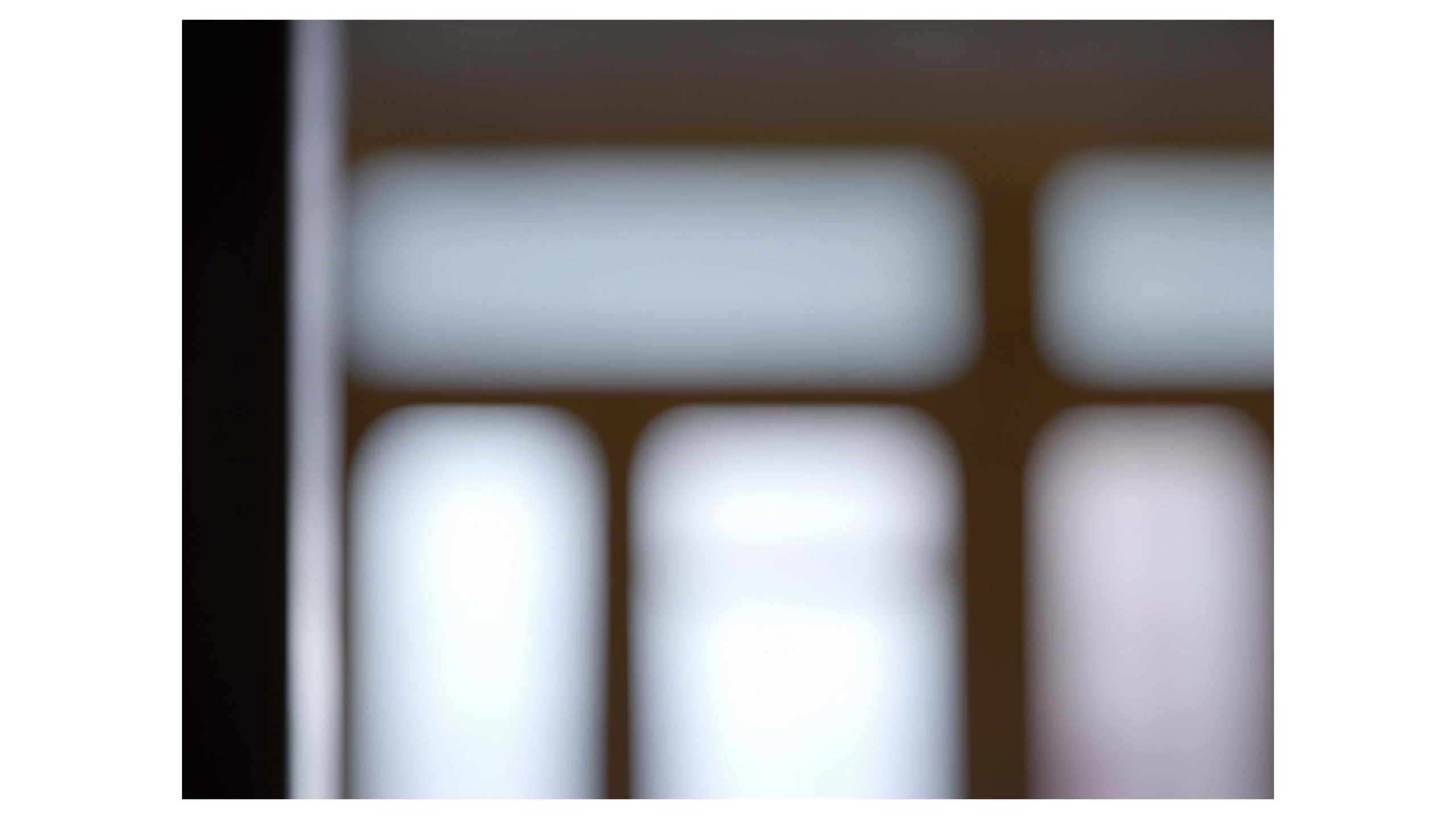
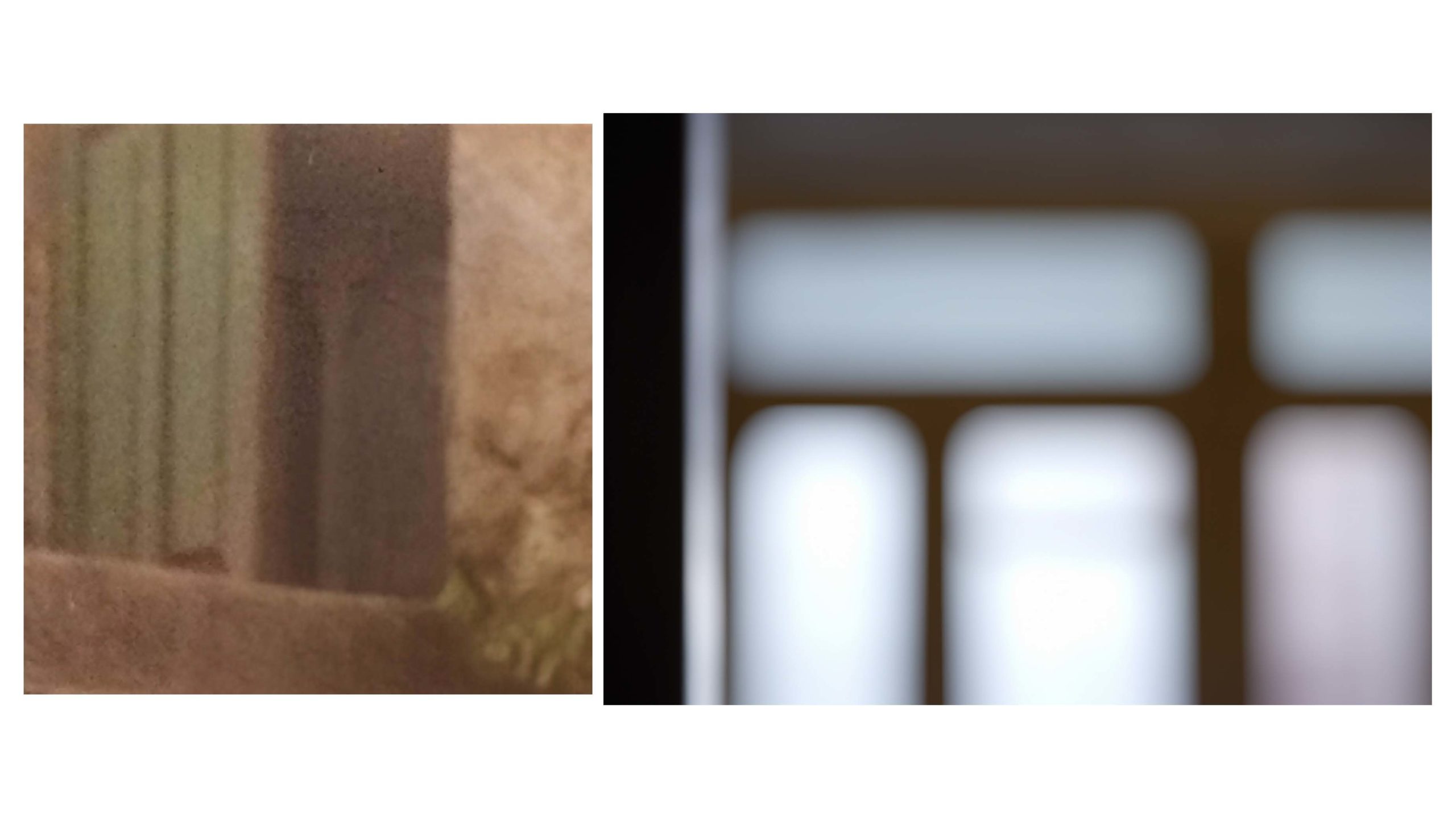
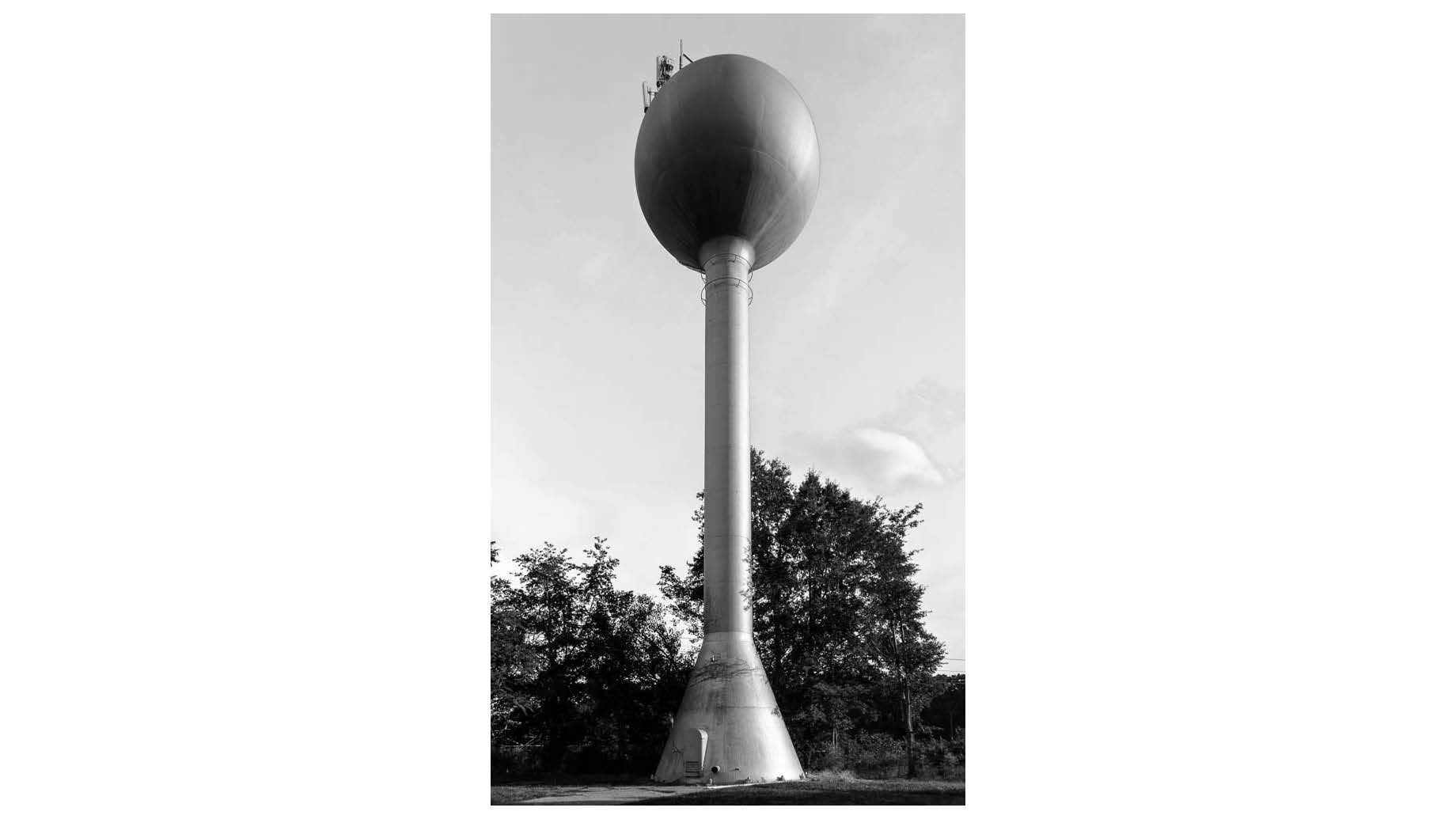
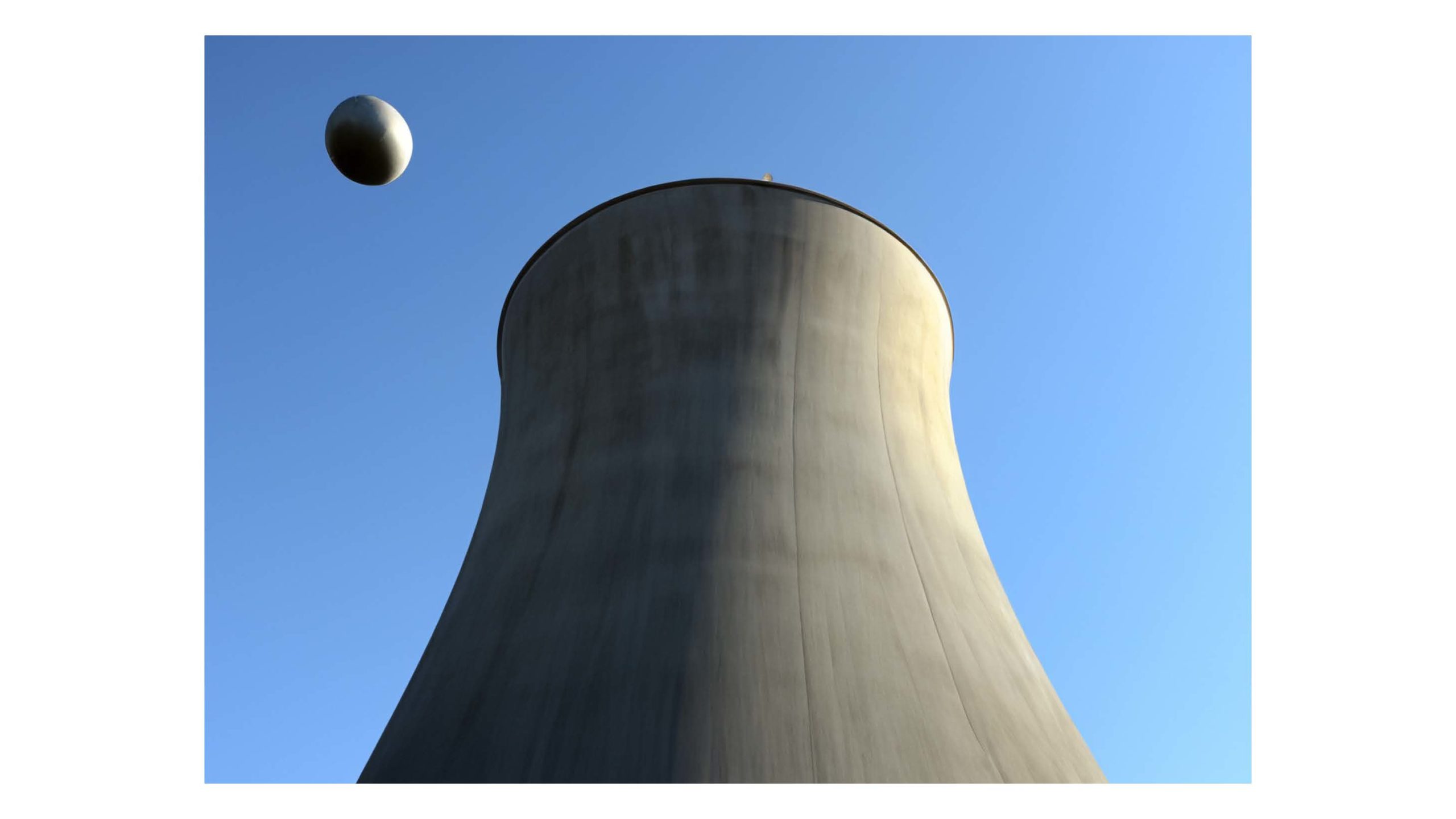
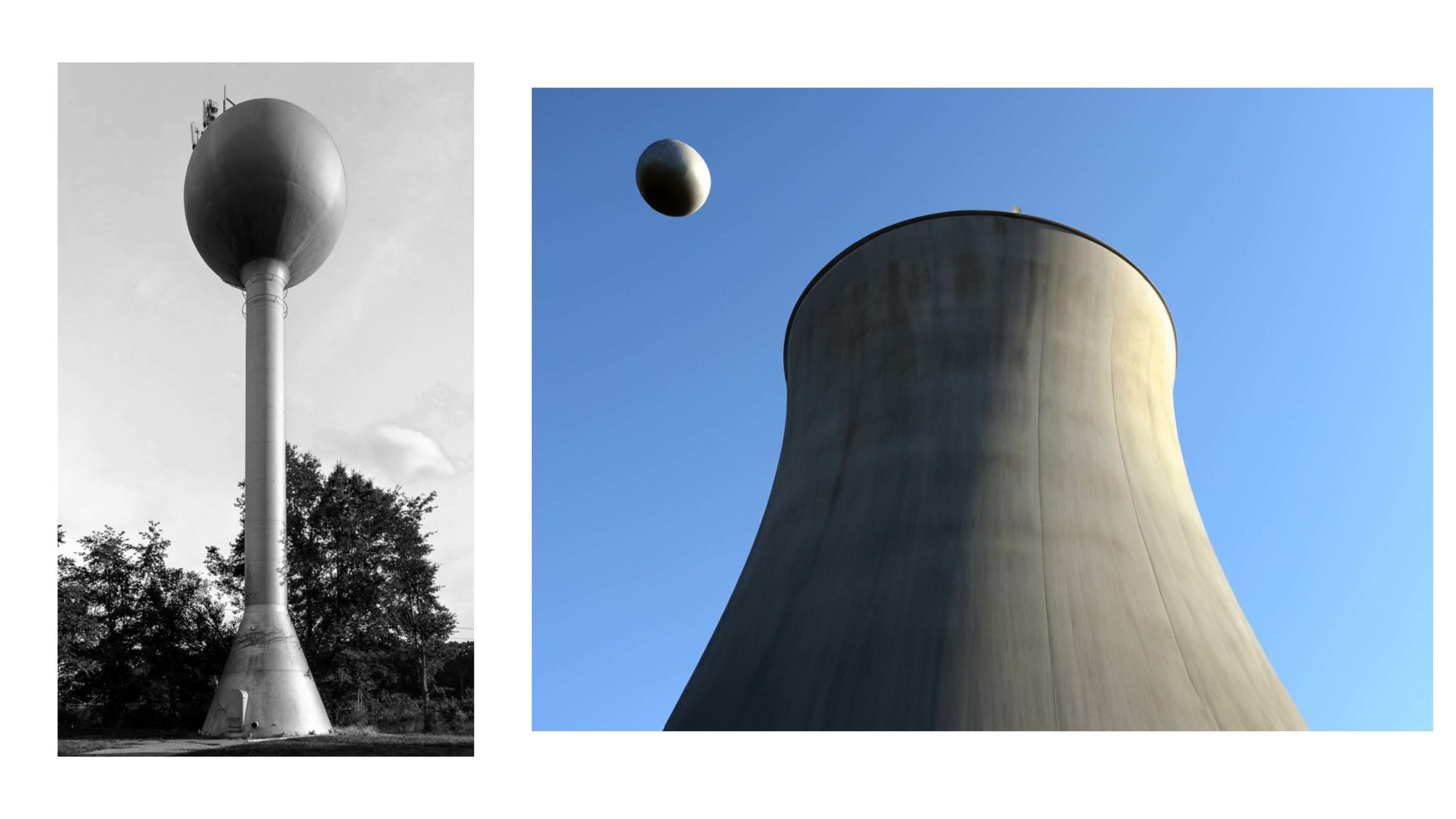
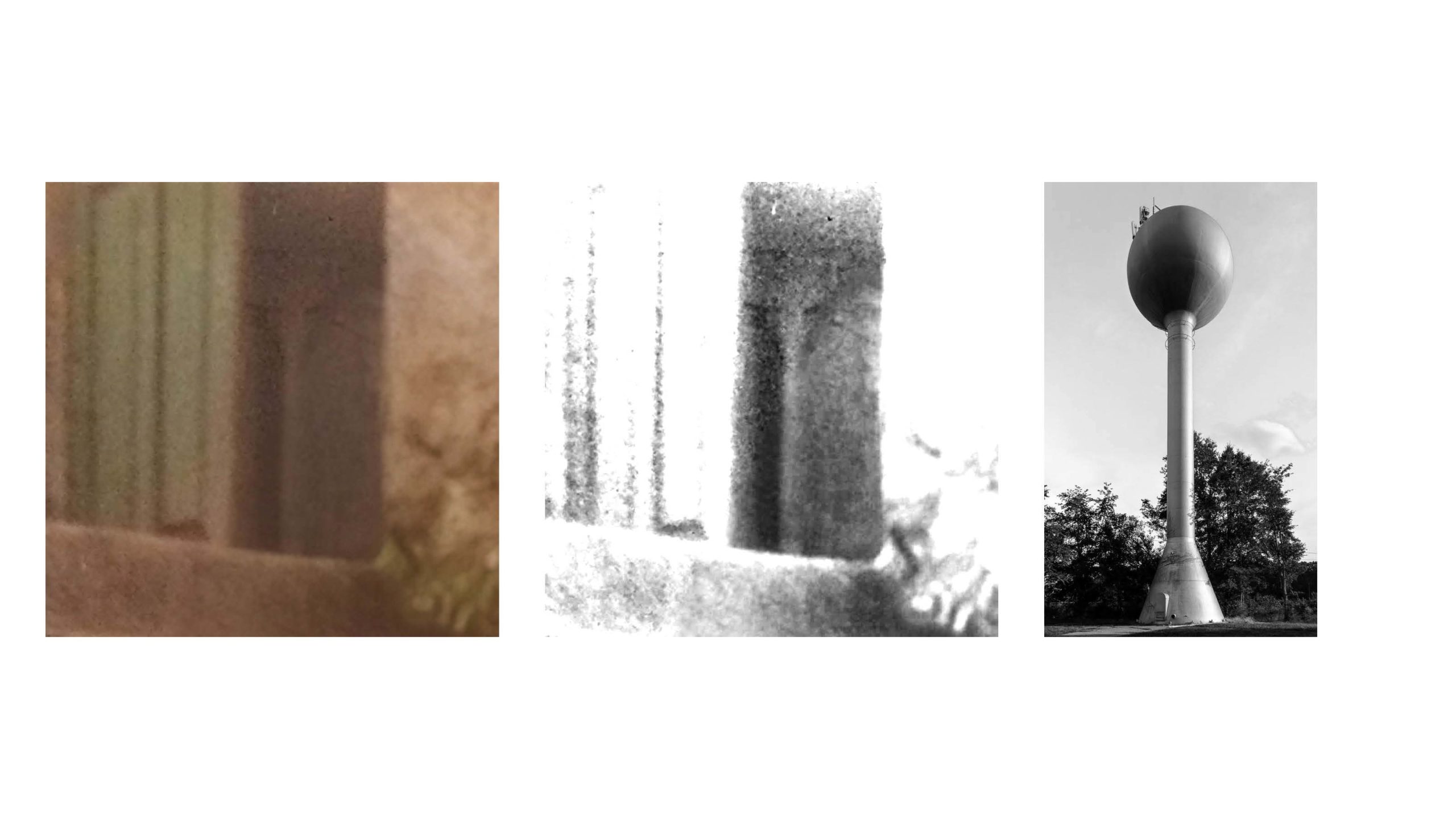
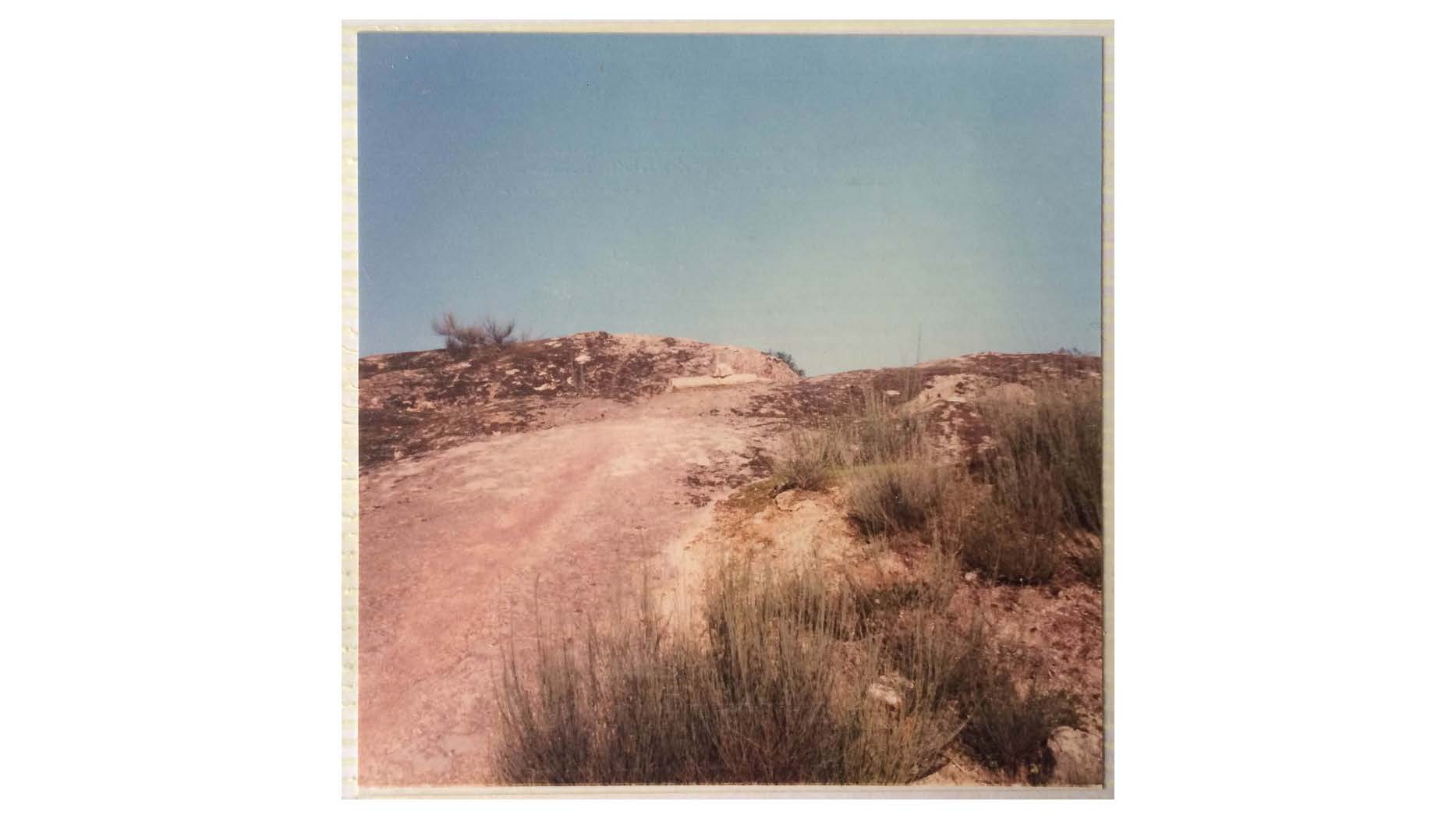
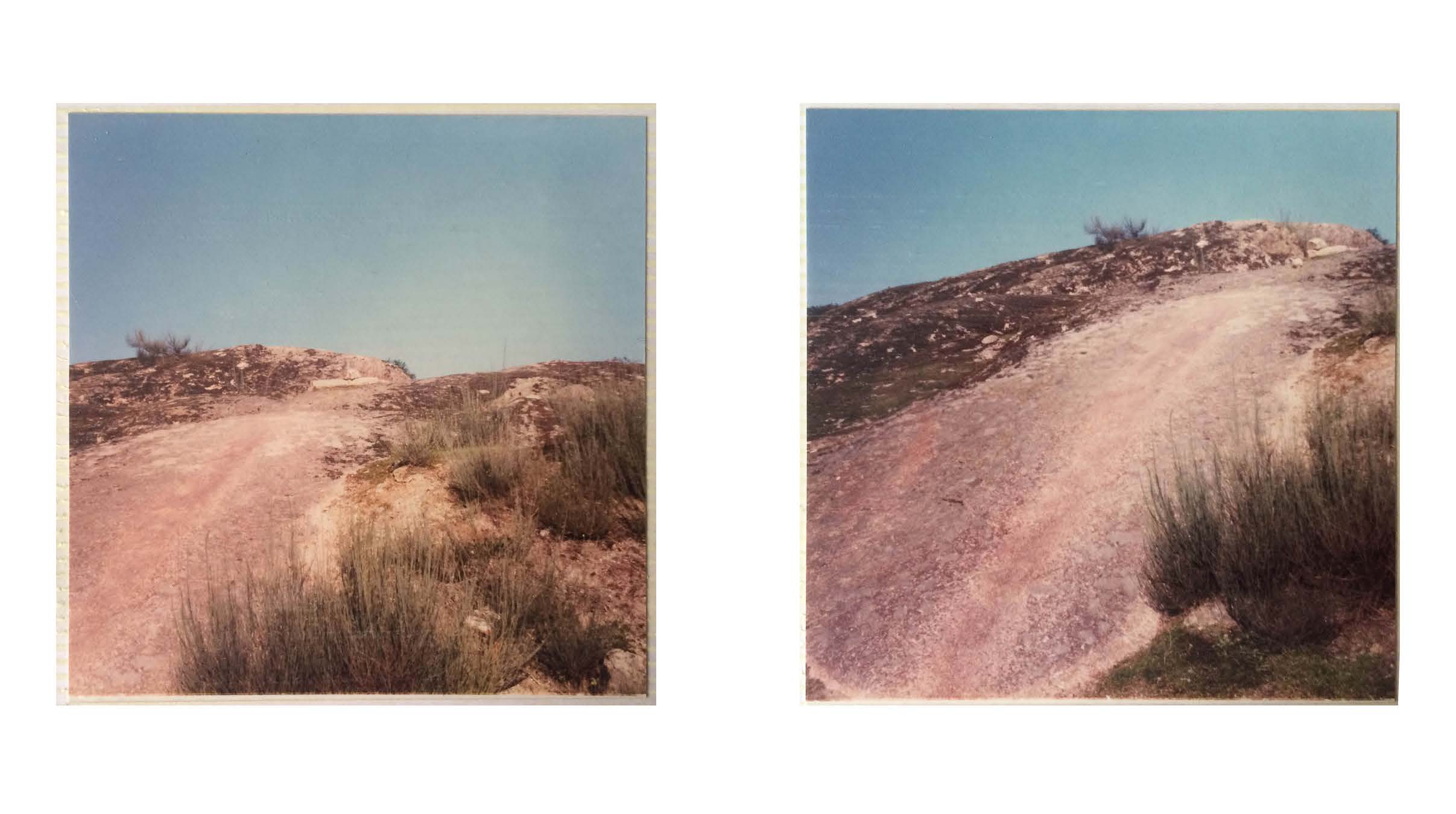
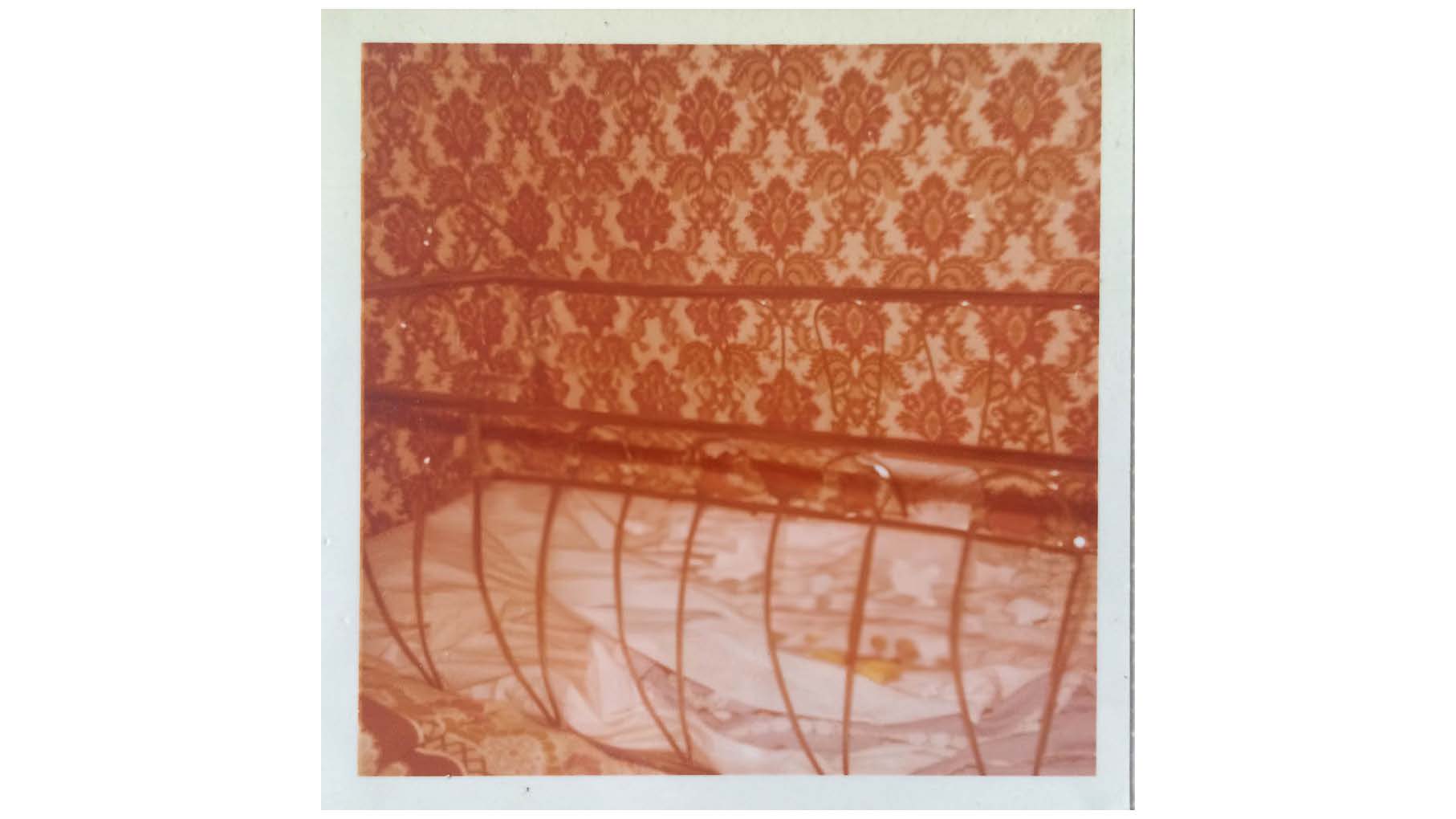
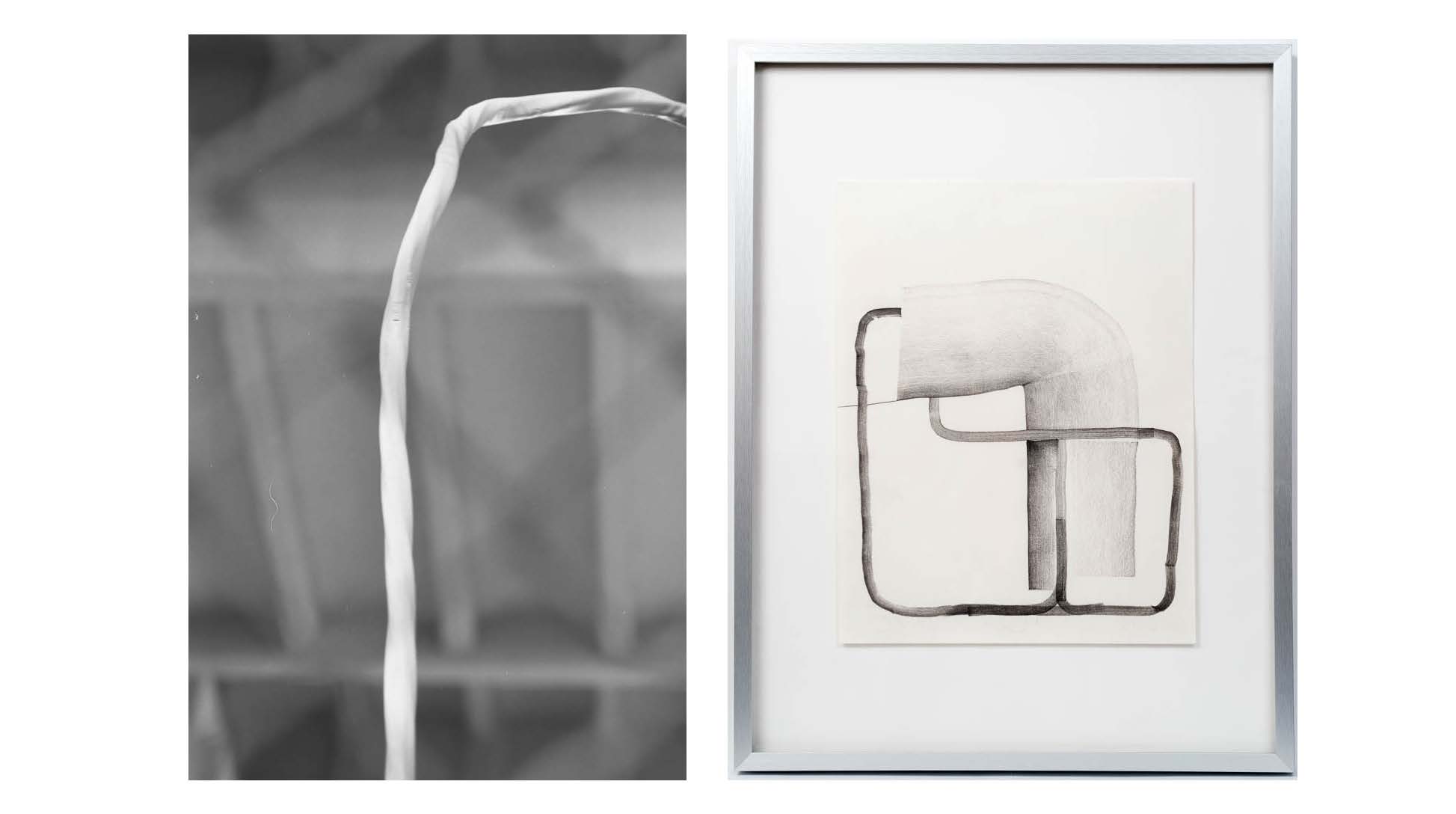
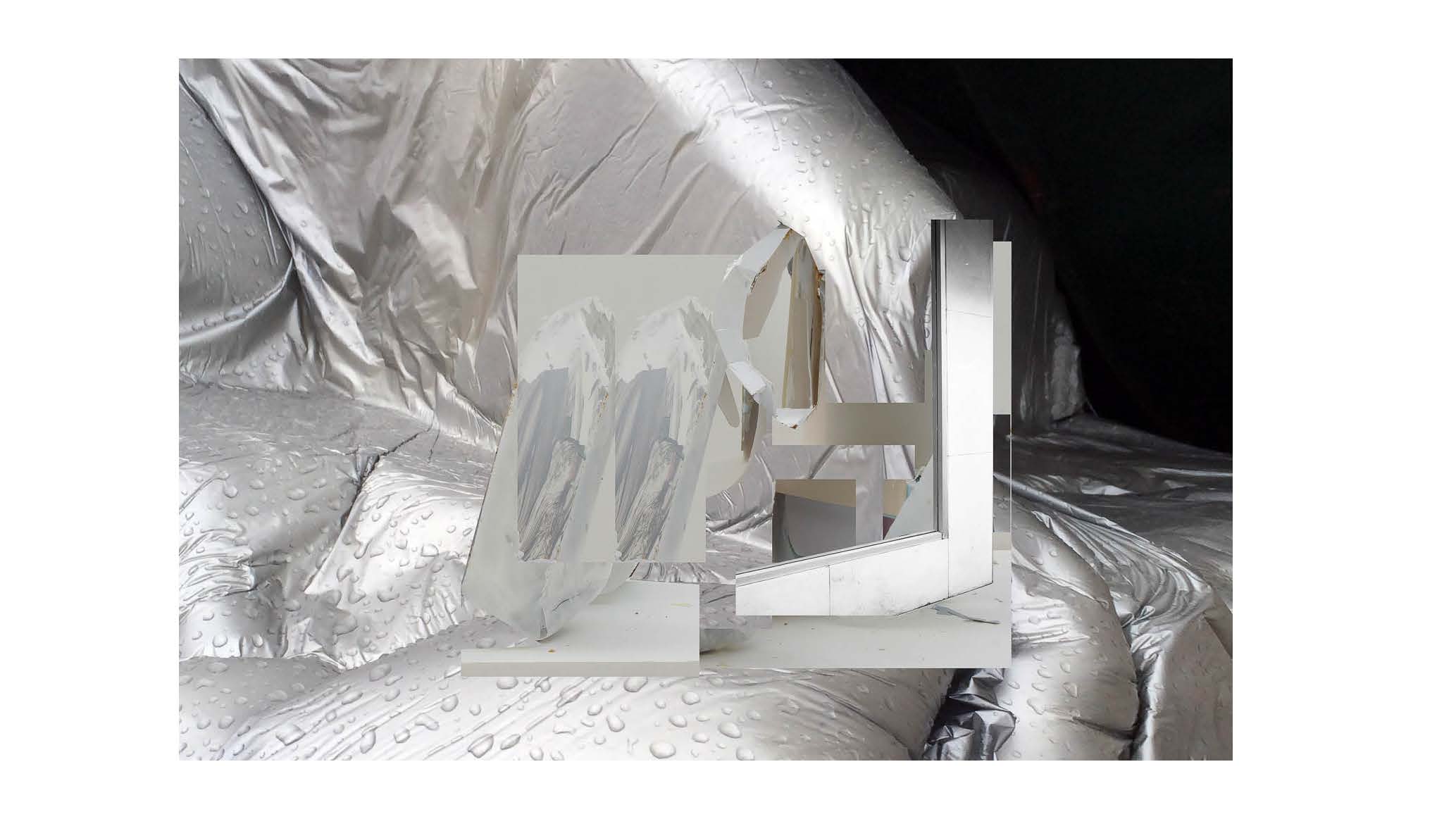
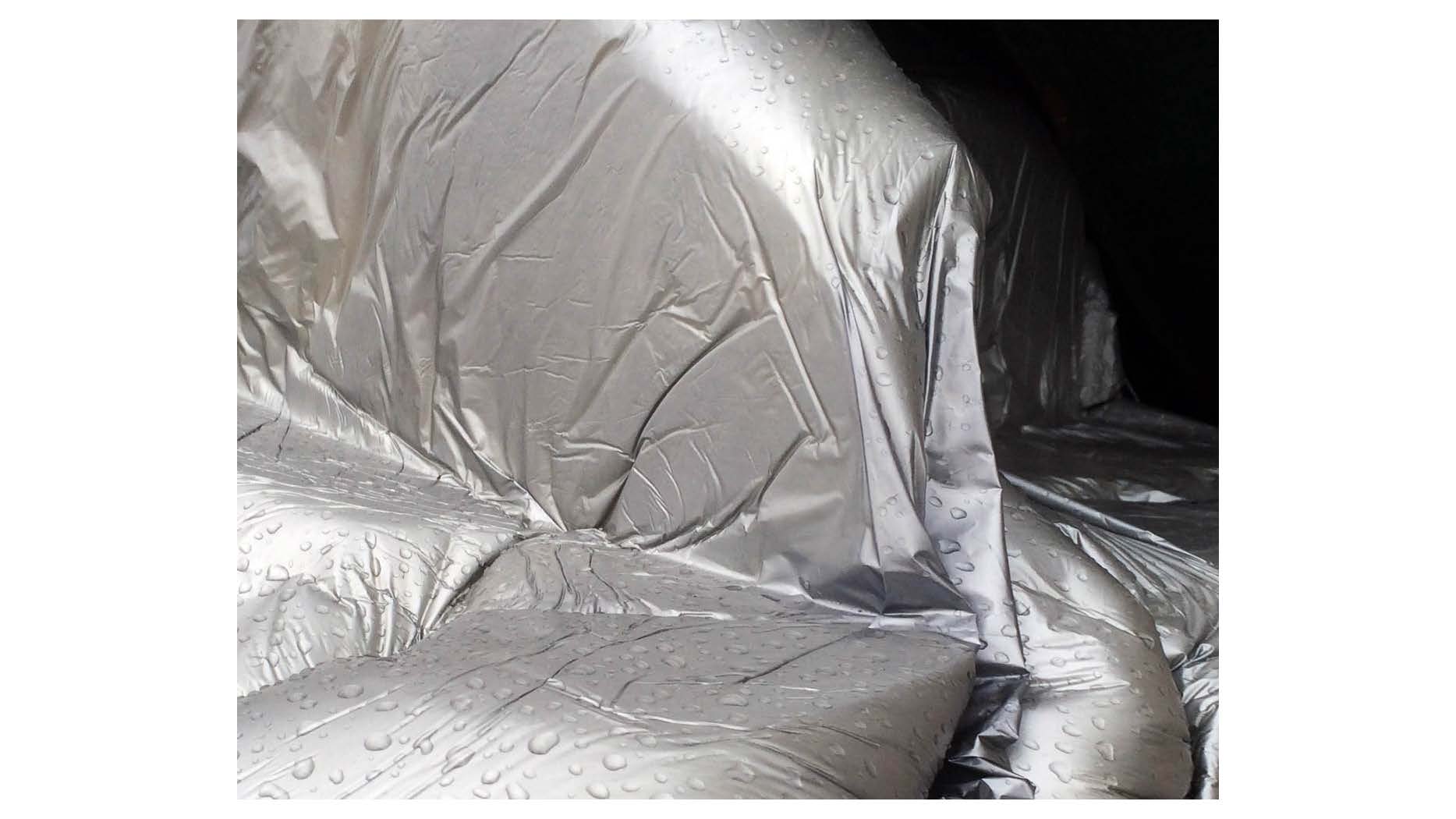
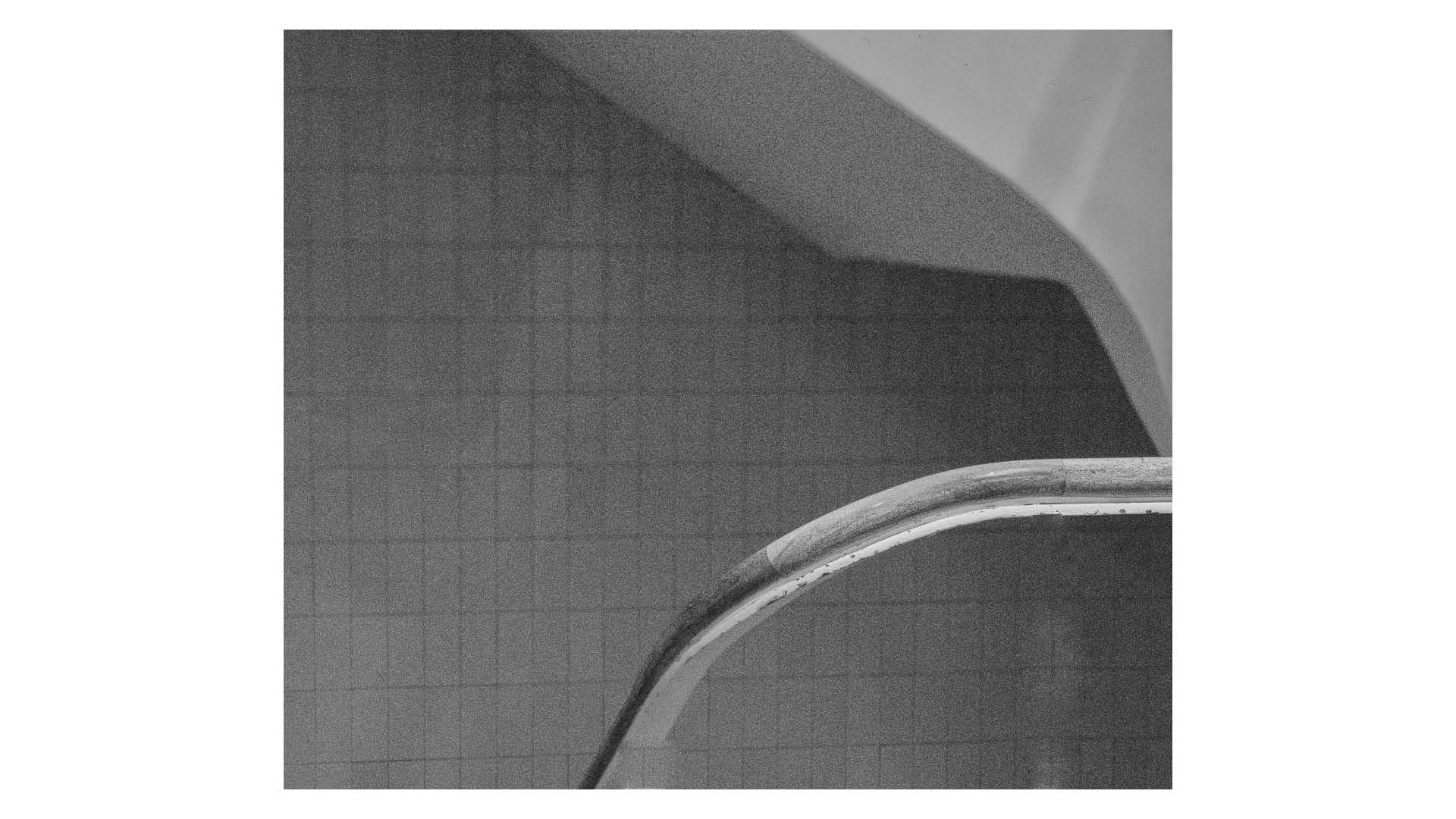
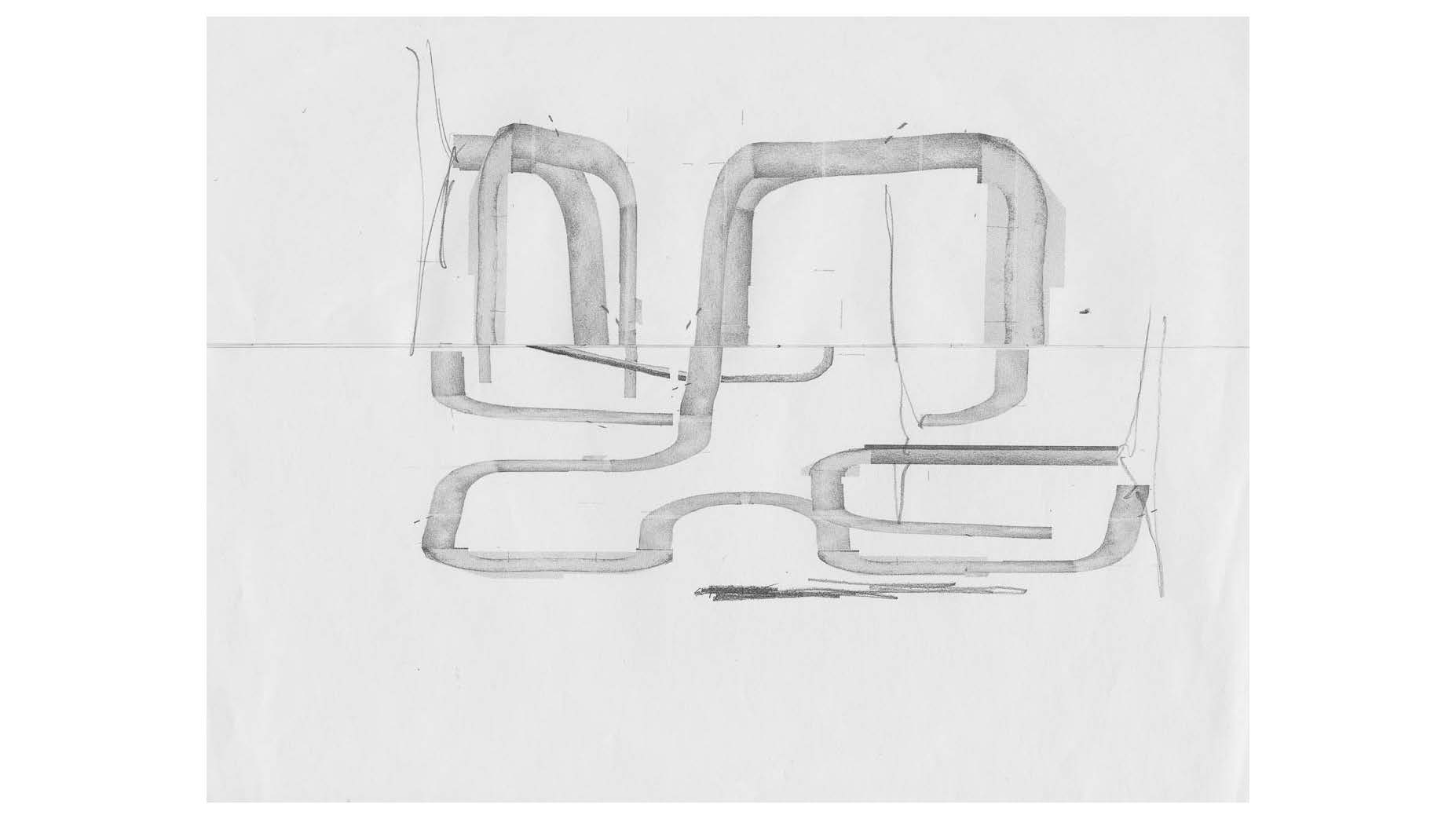
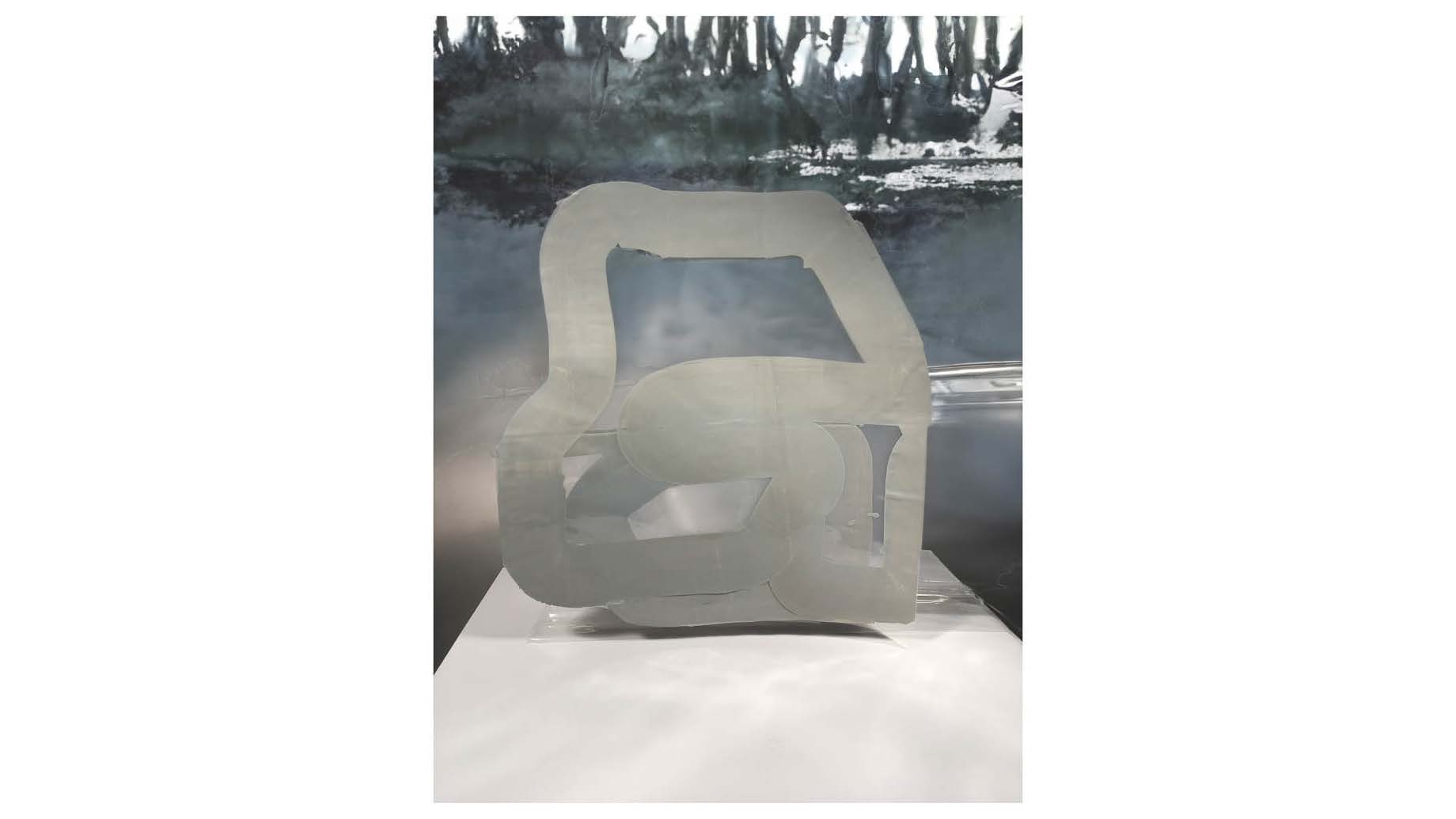
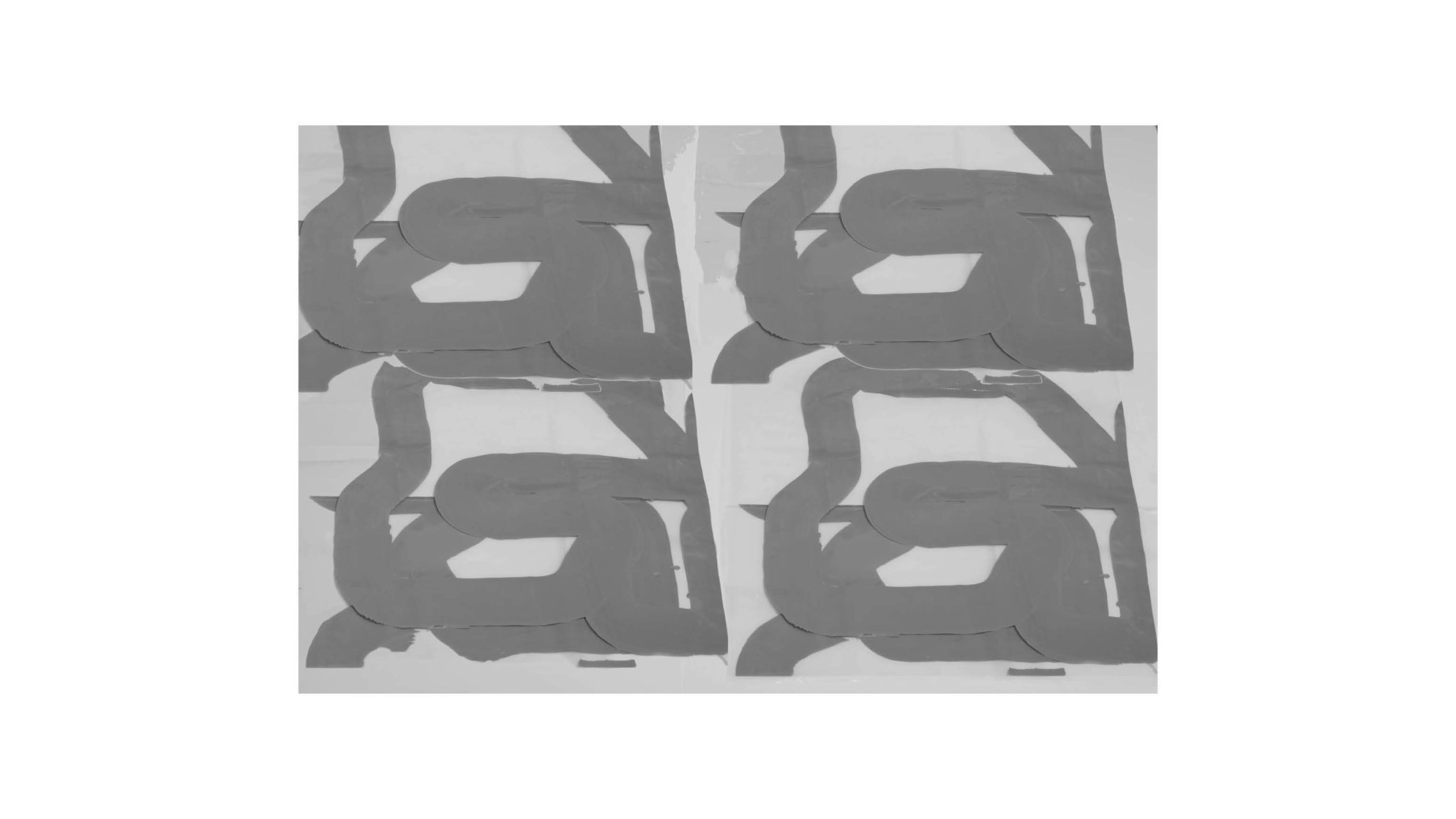
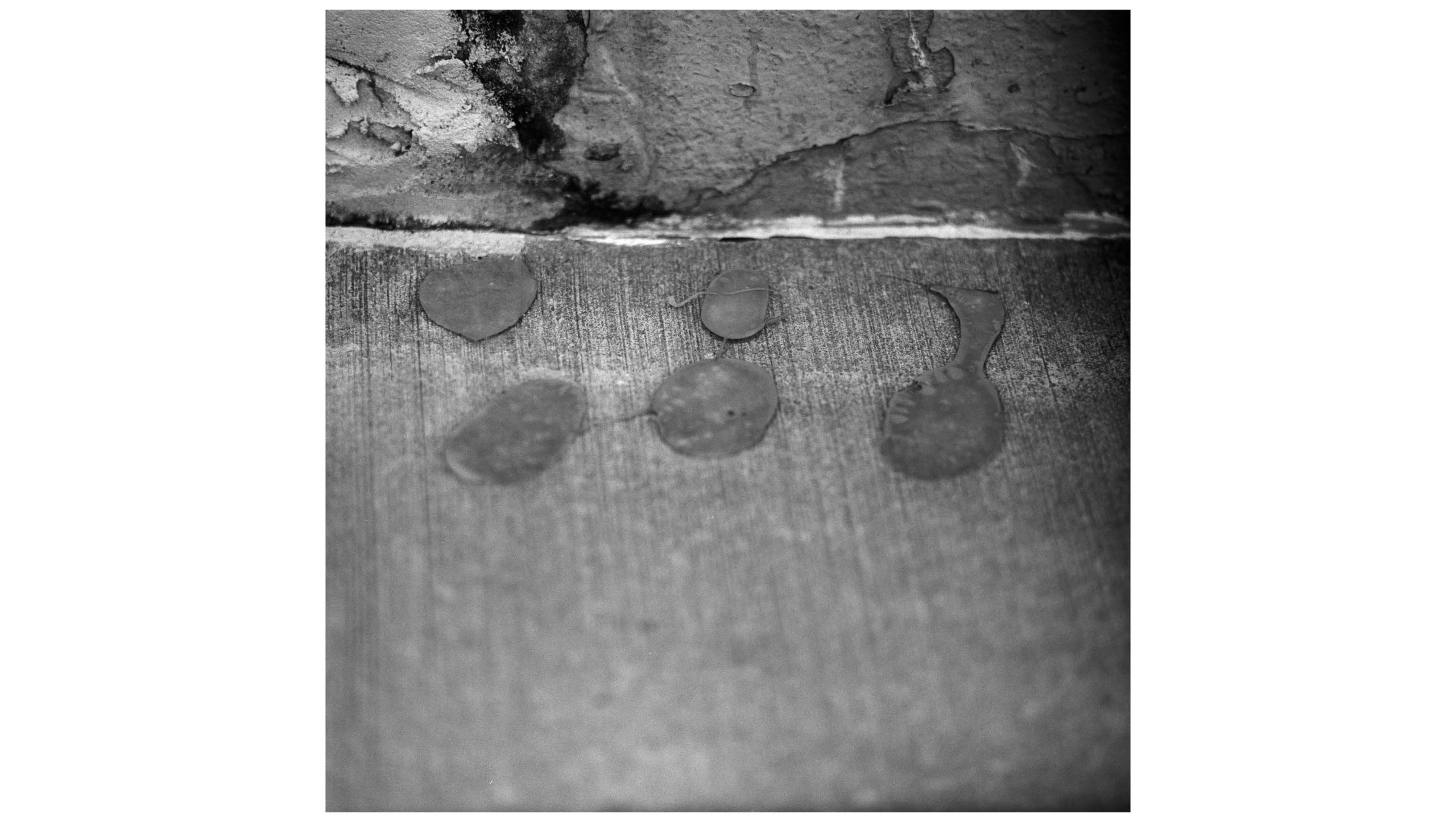
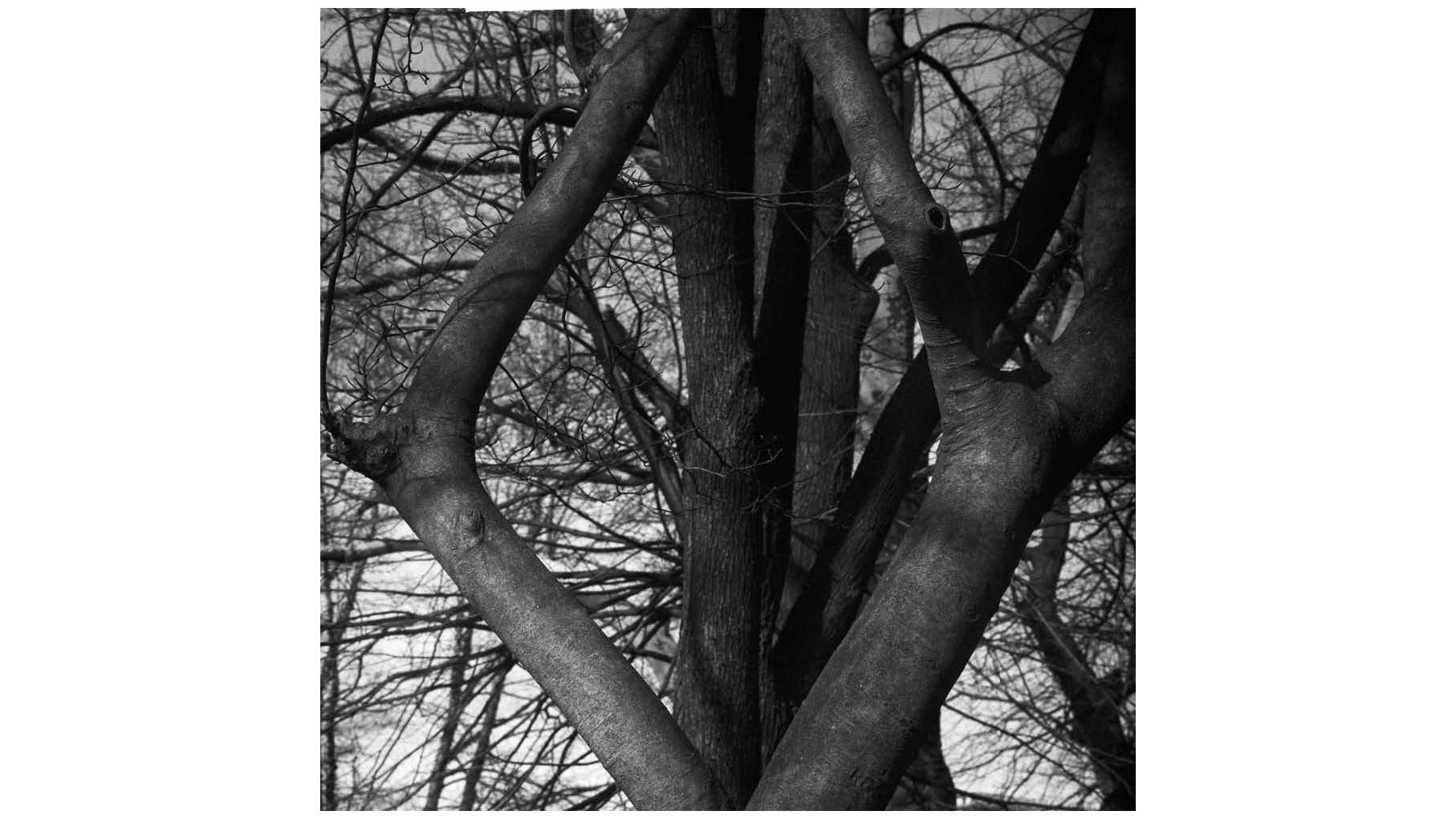
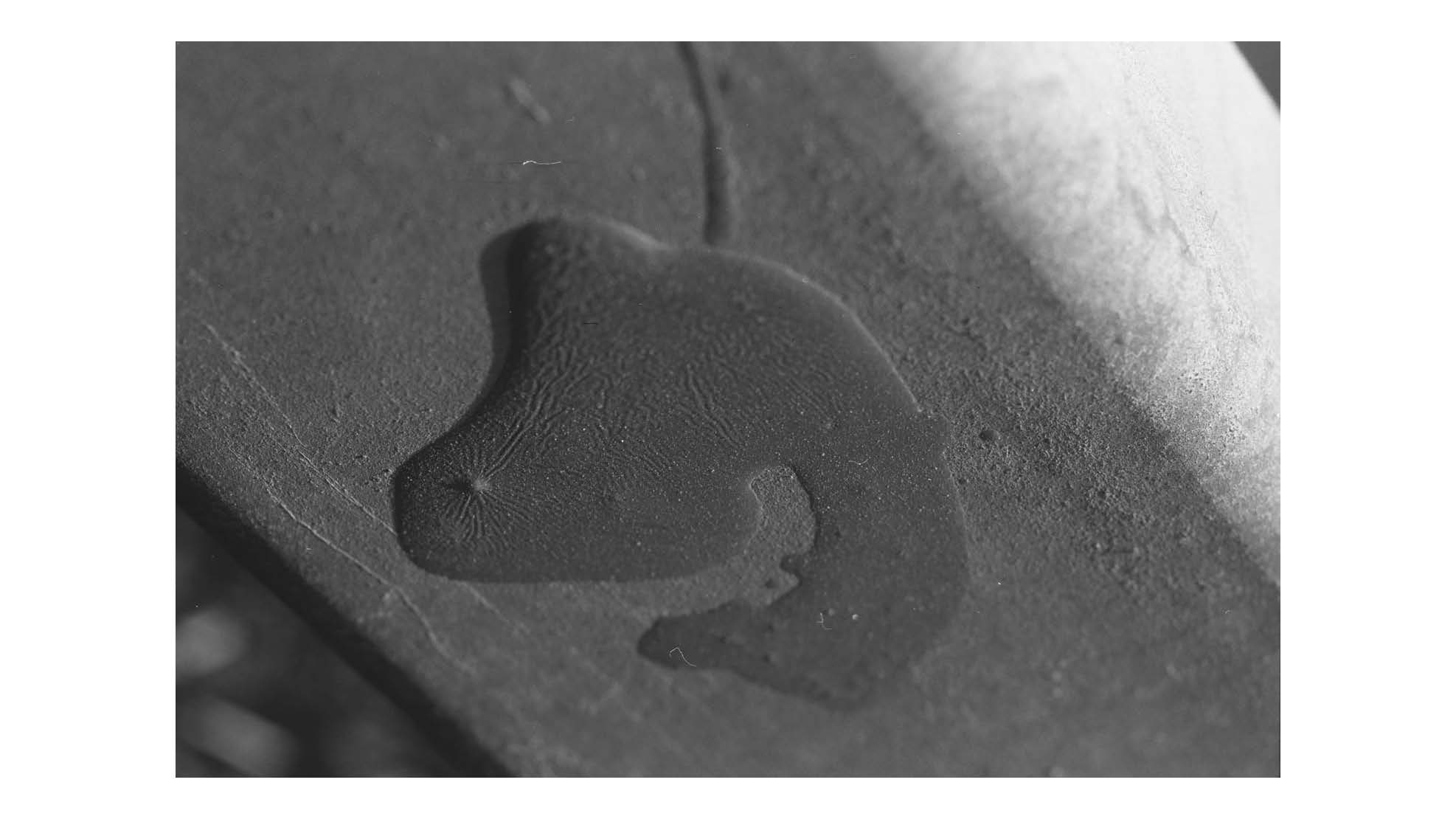
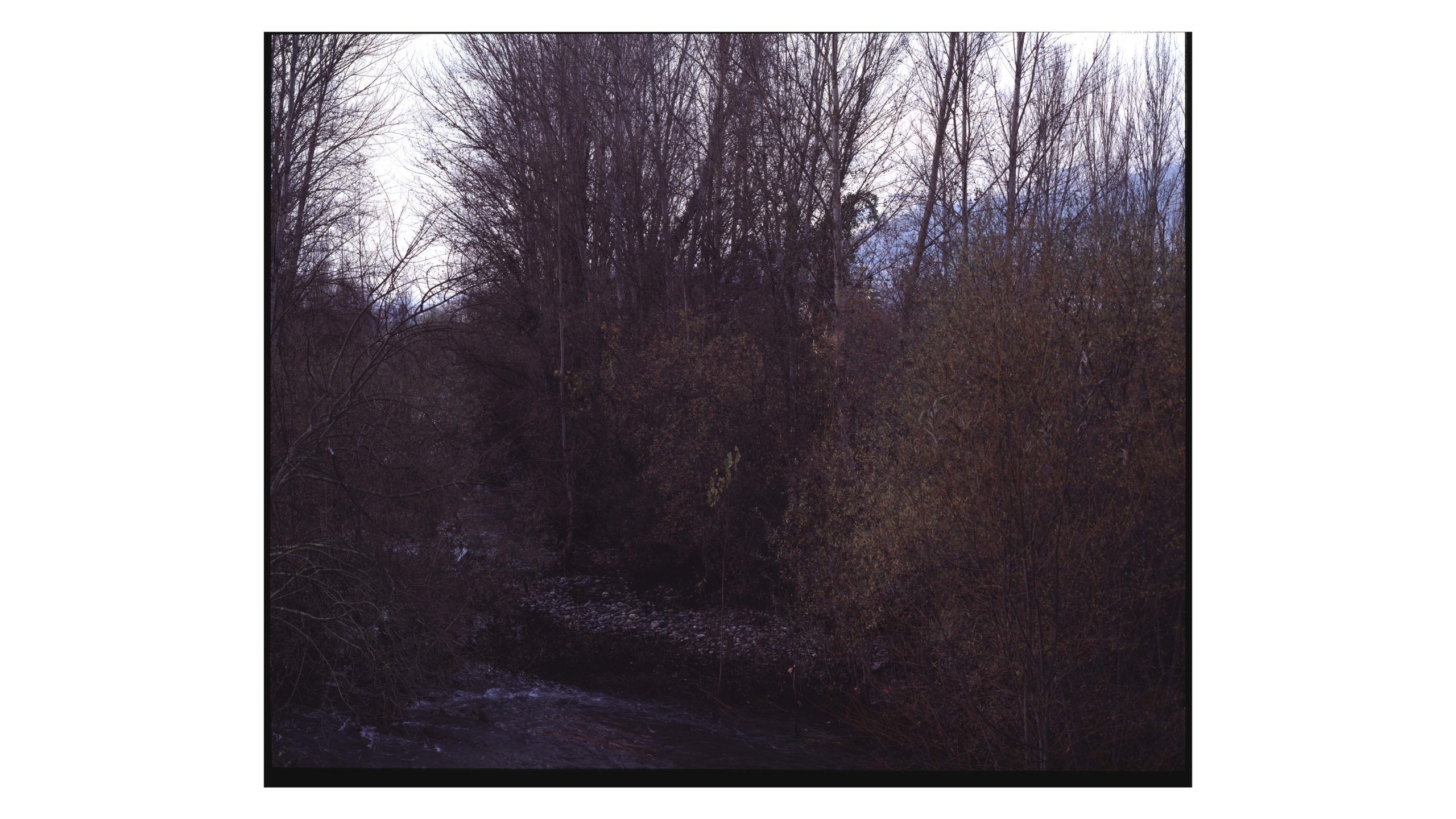
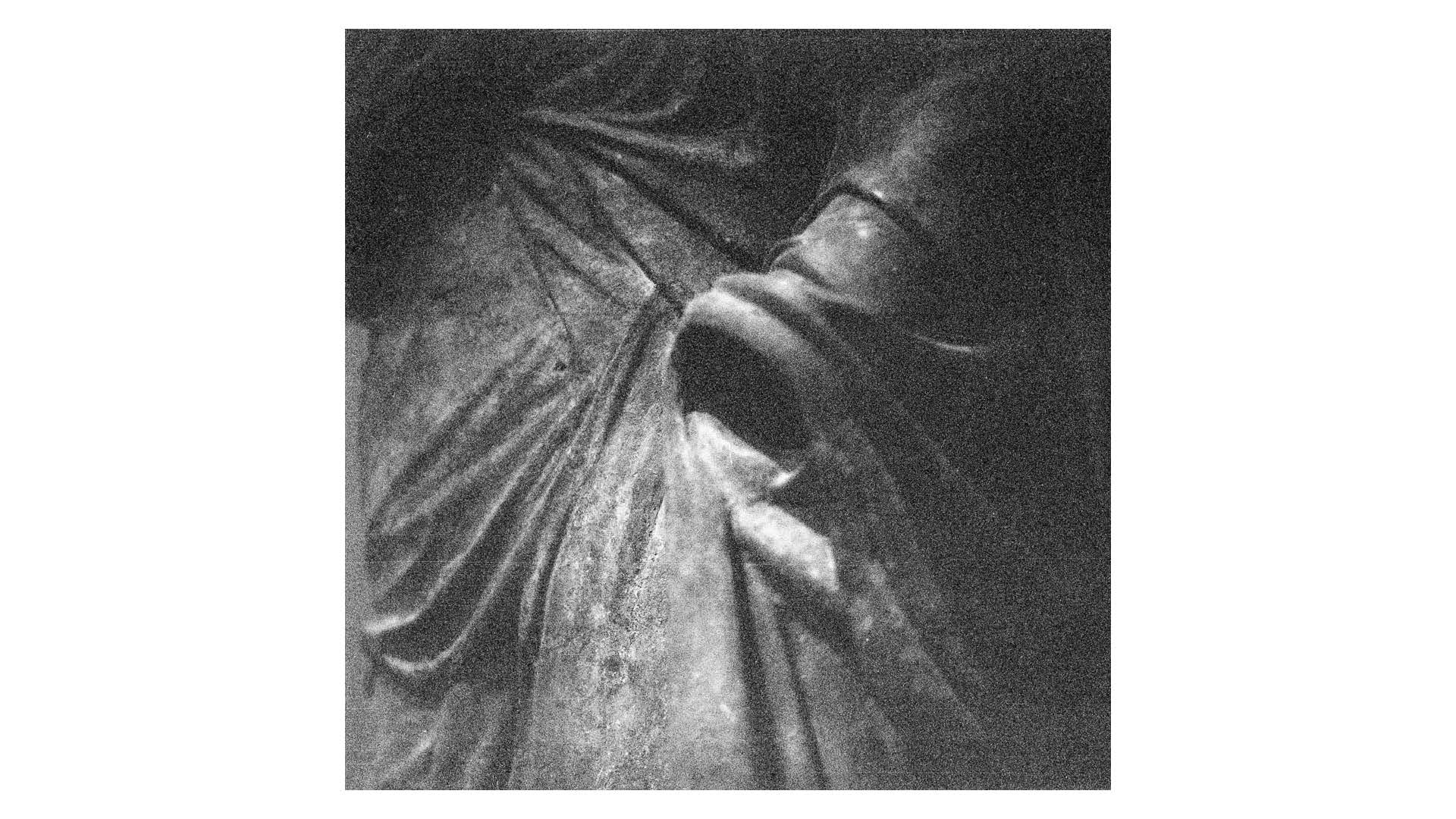
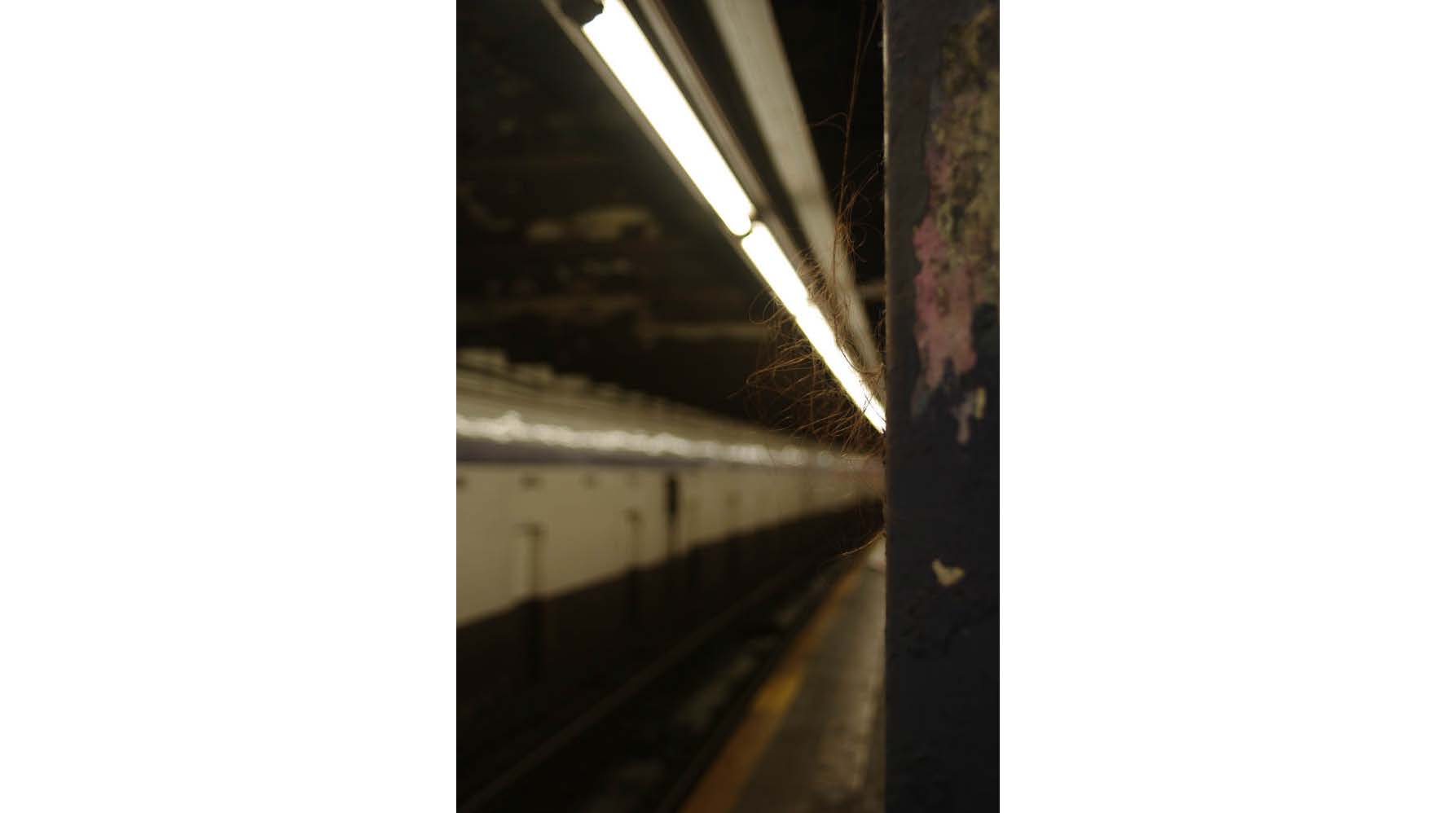
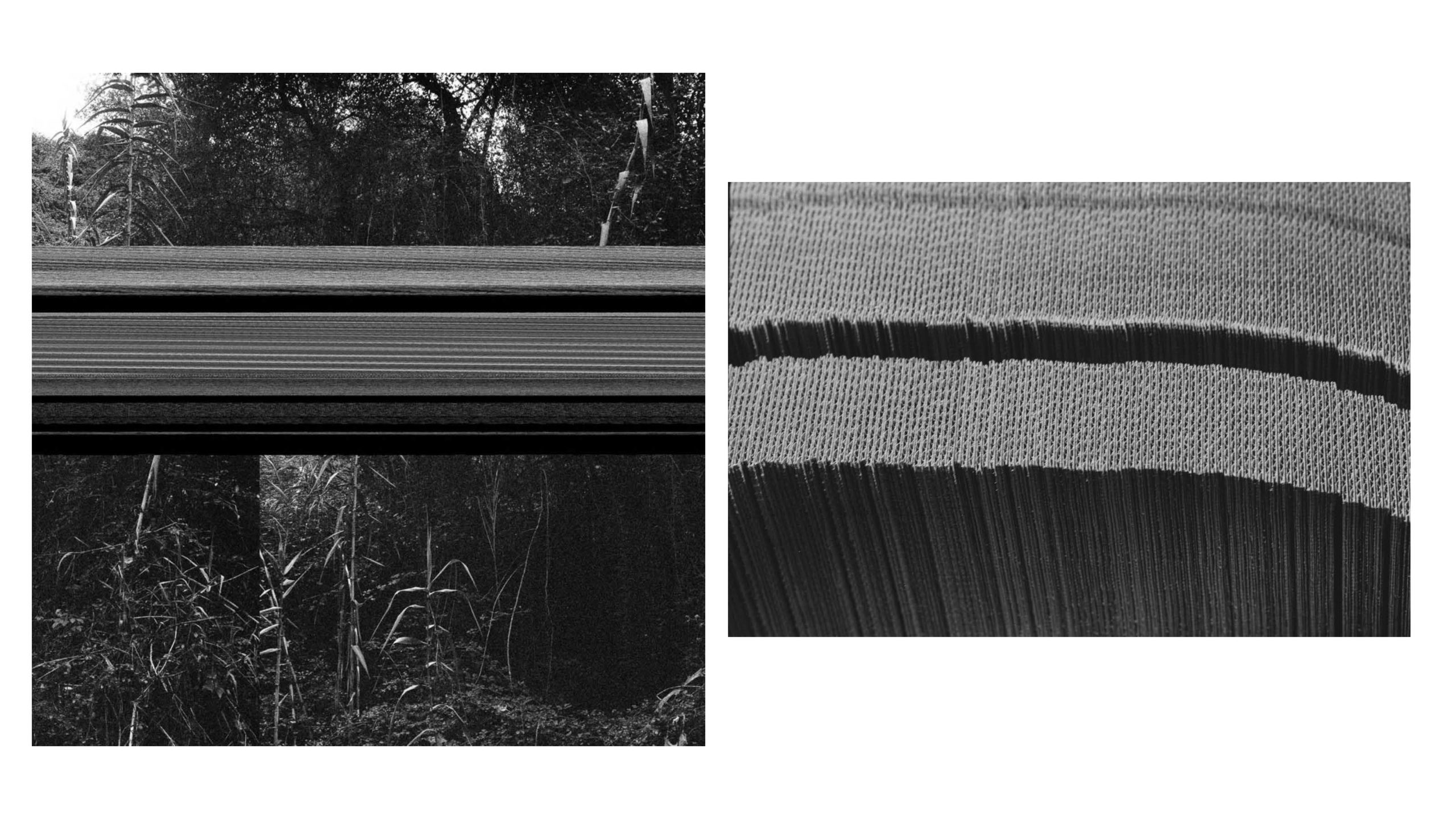
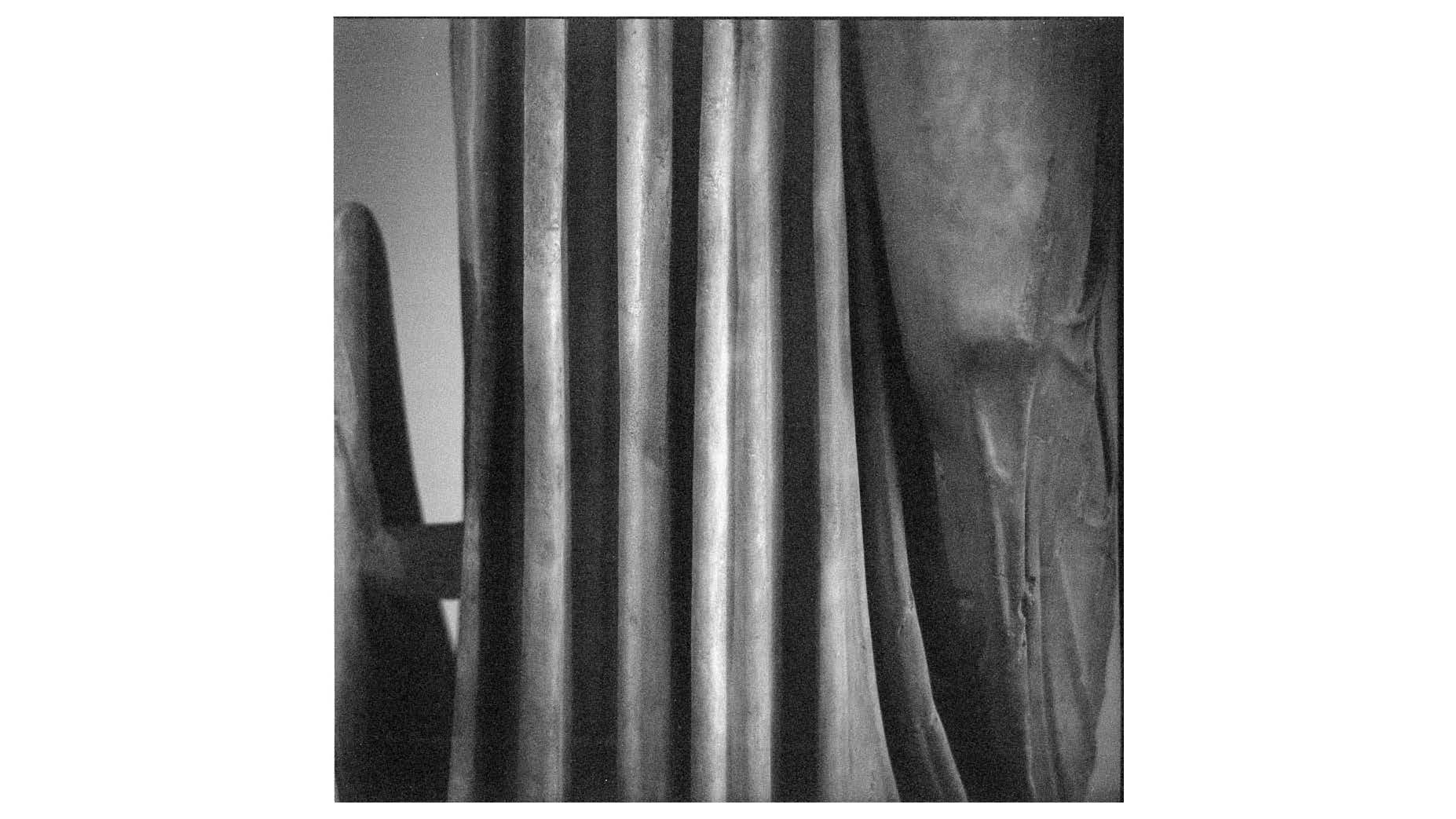
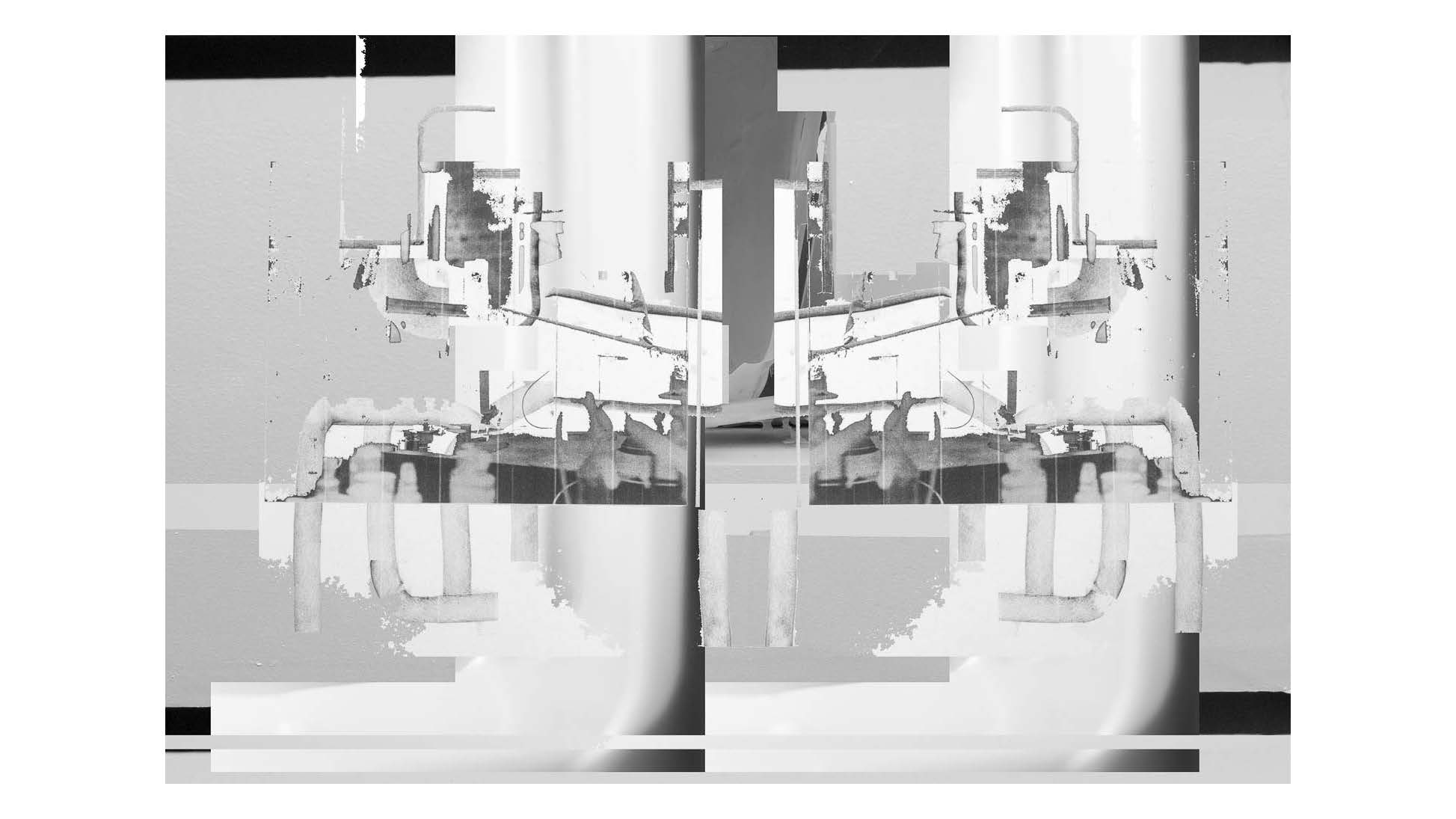
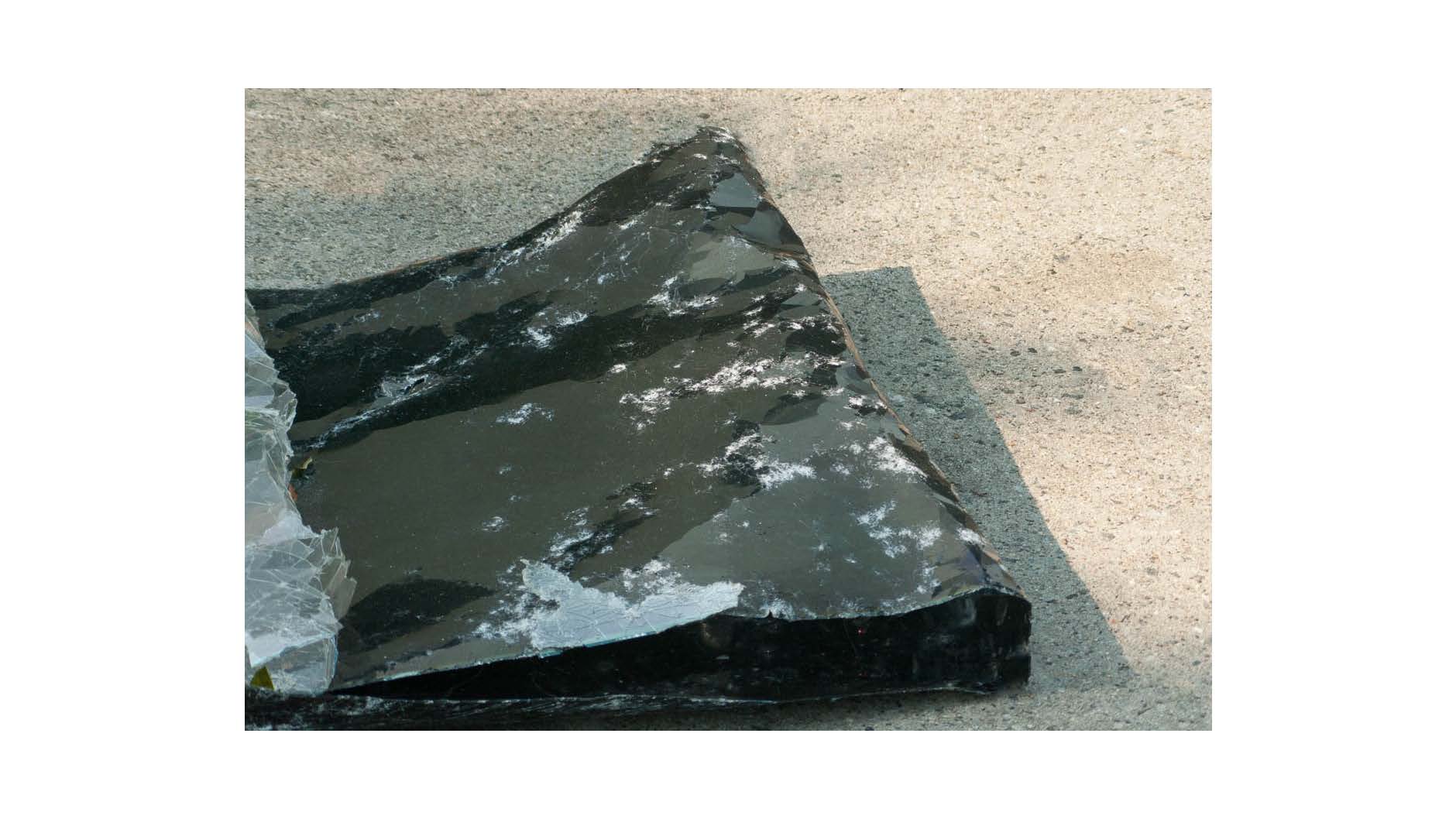
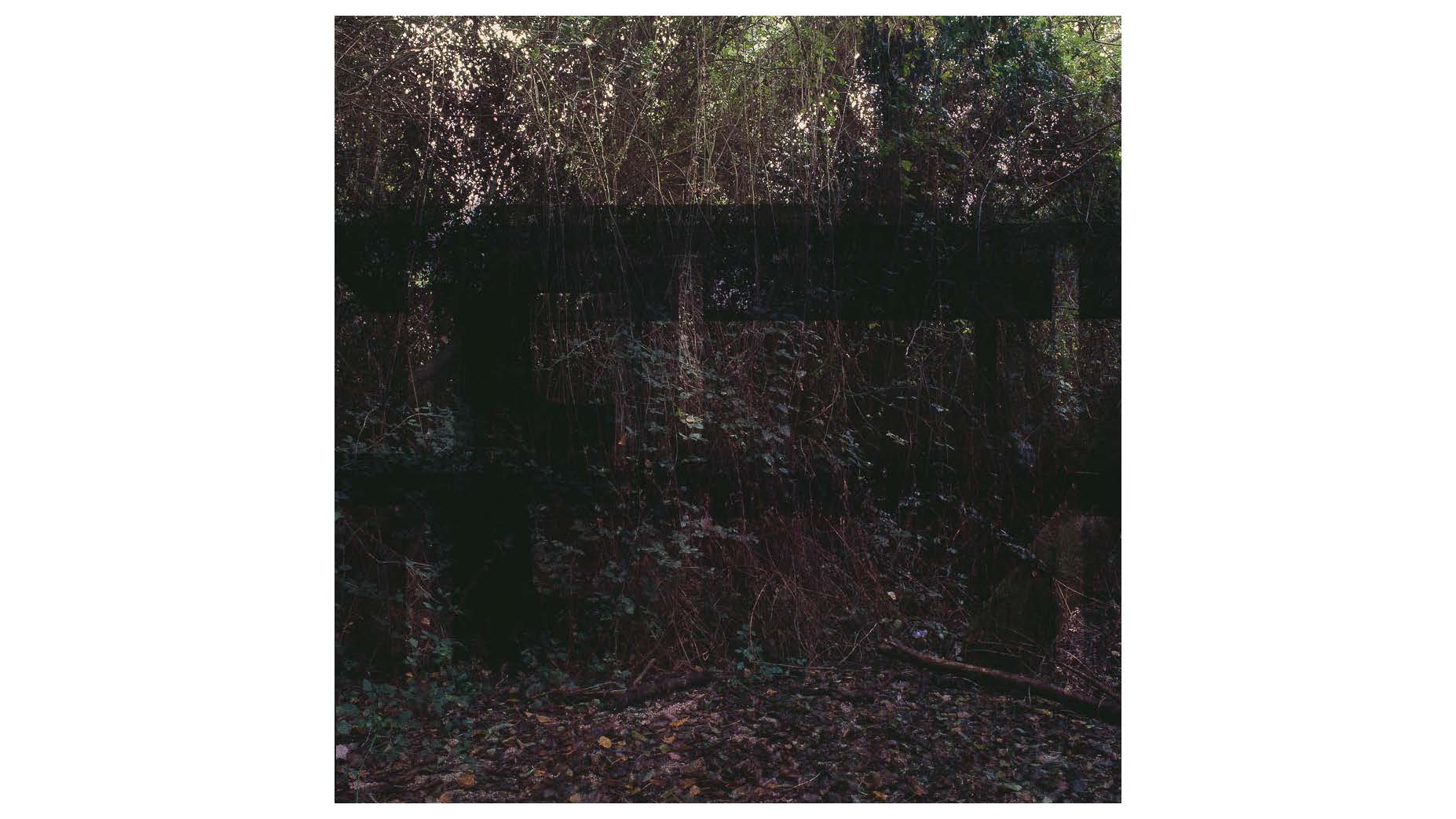
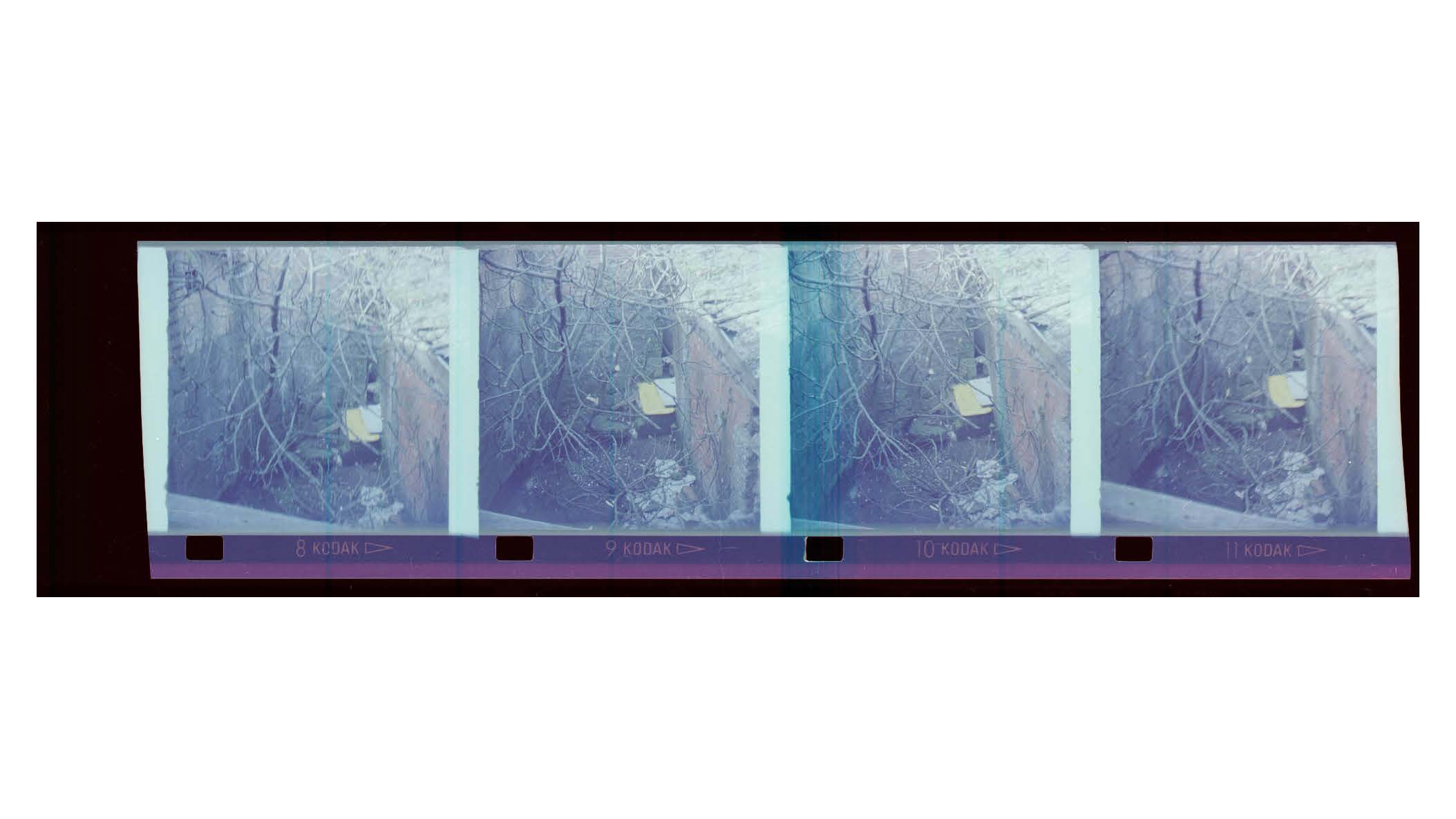
AI is not photography in the strict sense, but a generative system trained on immense repertoires of pictures, subjects, and cultural fragments. Paradoxically, this makes it oddly similar to photography as we have always known it. Cameras, too, rely on repertoires of choices: framing, position, lens, exposure, material substrate—even cameraless methods—all of which reconfigure existing content into a final image. In both cases, images emerge less as transparent reflections of the world than as constructions governed by technological and cultural parameters.
What distinguishes AI is its audacity to generate what never existed. It draws on collective memory not as an archive to be preserved but as a quarry to be mined—transforming shared visual histories into raw material for invention. In doing so, it inaugurates a new paradigm: one in which the ontology of the image is destabilized, no longer tethered to the real, and open to the disruptive, unruly possibilities of fabrication. Here, photography becomes less about what has been and more about what might be imagined into being.
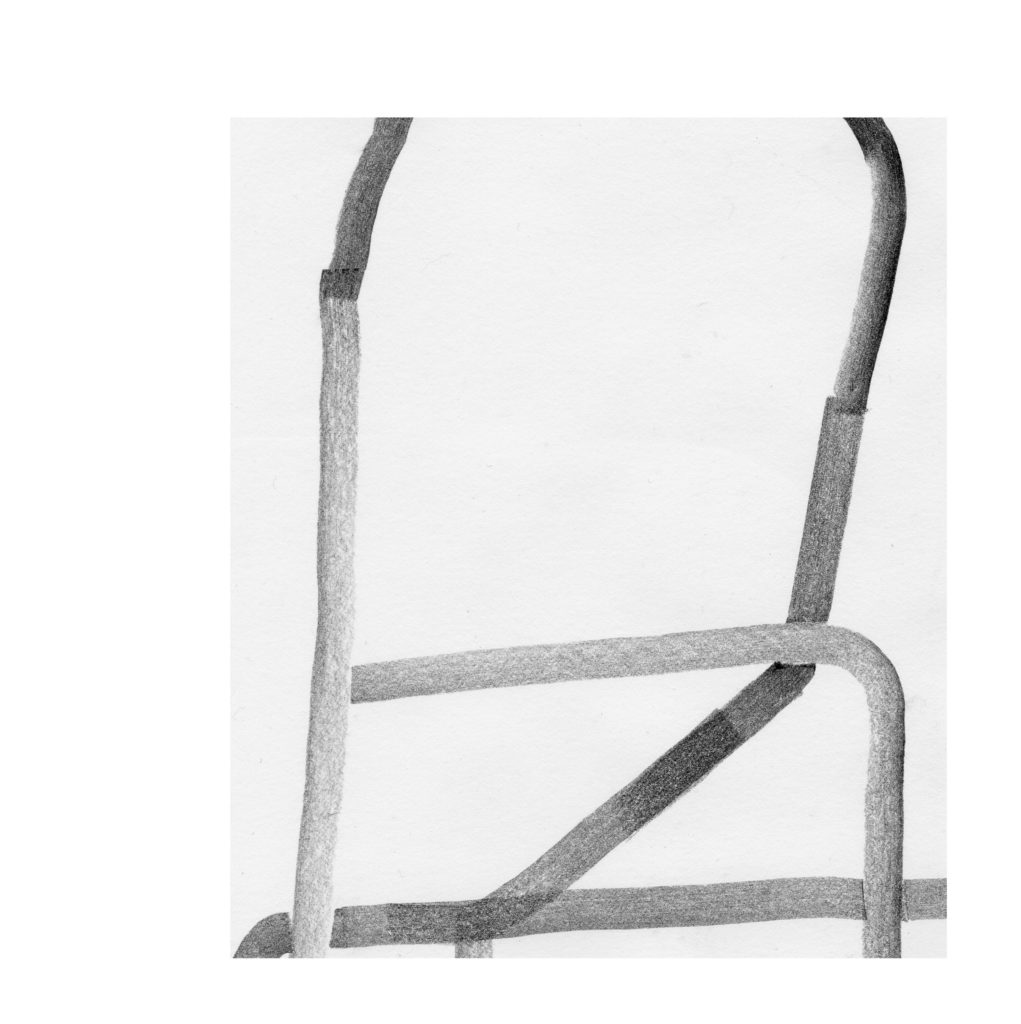
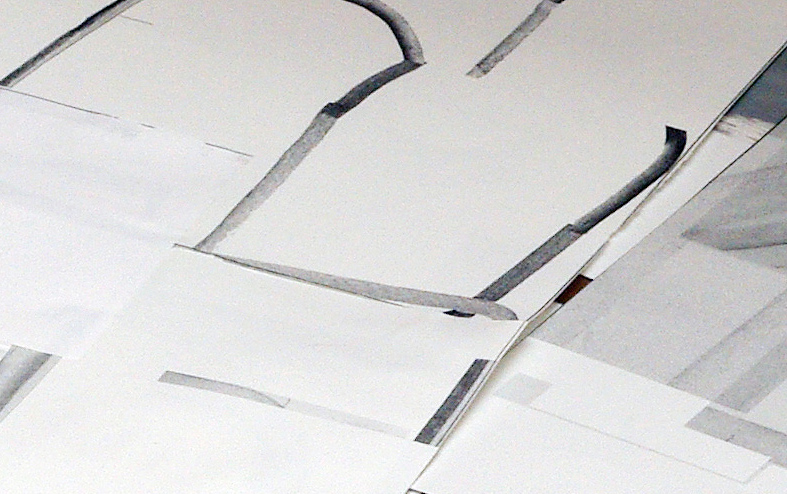
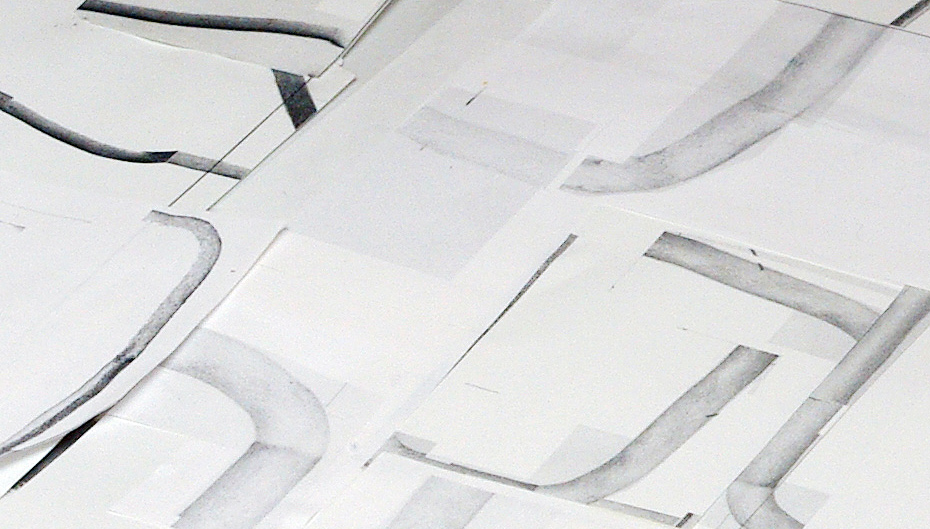
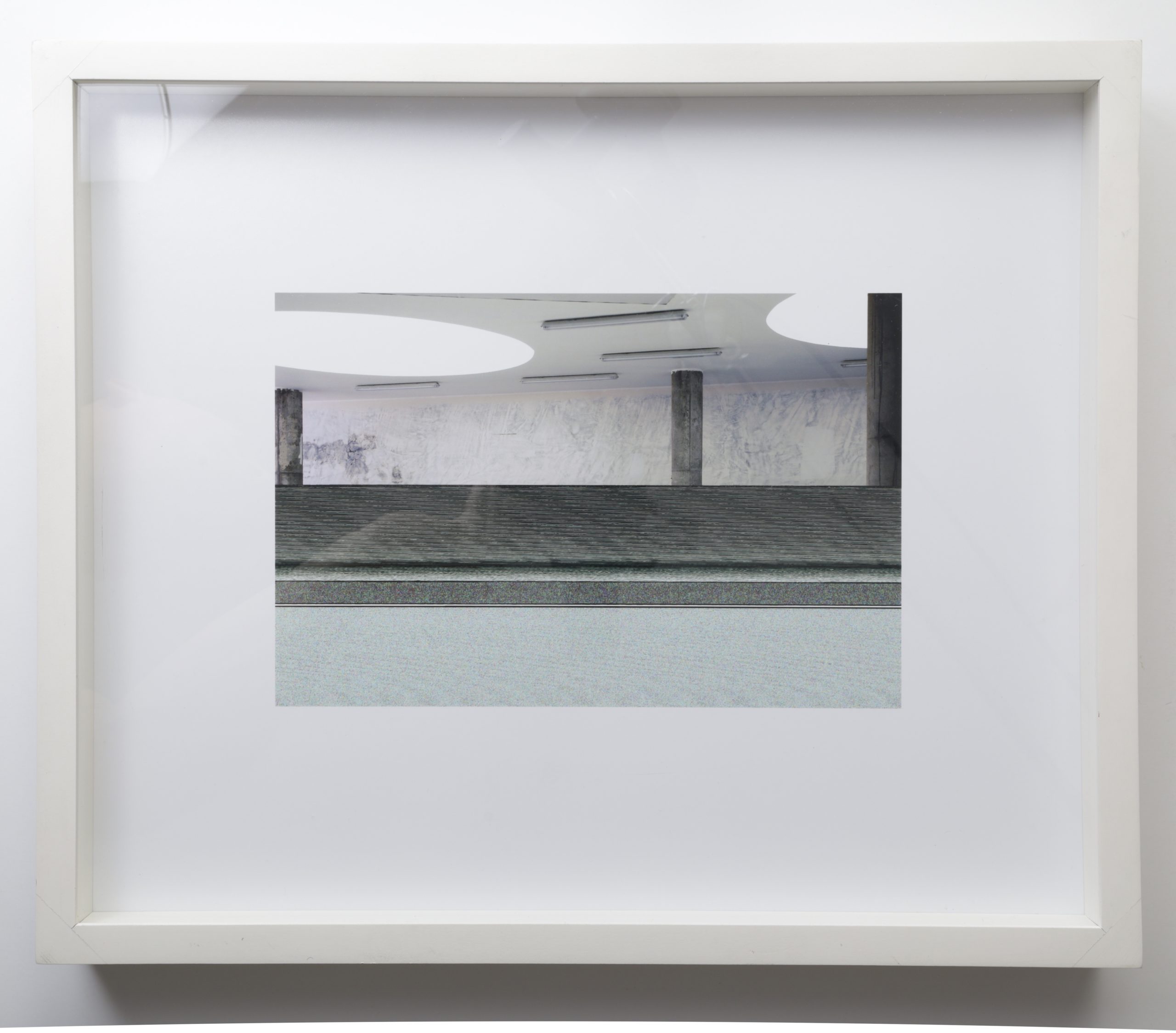
Emerging photographic technologies have unsettled the authority of the image. Once tethered to mechanical capture, photography now operates within networks of algorithms, hybrid media, and institutional frameworks that shape how images are produced, circulated, and consumed. AI and digital processes blur the line between evidence and fabrication, extending credibility while simultaneously undermining it.
Within this expanded field, the studio becomes a testing ground. Digital imaging is not employed for spectacle but as a strategy: a means of folding together mediums, exposing systems of exchange, and interrogating how hybridization functions in contemporary art. This practice moves between art, social science, and economics, mapping the infrastructures that give images their cultural force.
Attention turns also to institutions, which increasingly absorb revisionist and disruptive practices, reframing them within sanctioned forms. In this context, the image becomes both material and method—an agent of critique and a lens through which the transformations of power are made visible.
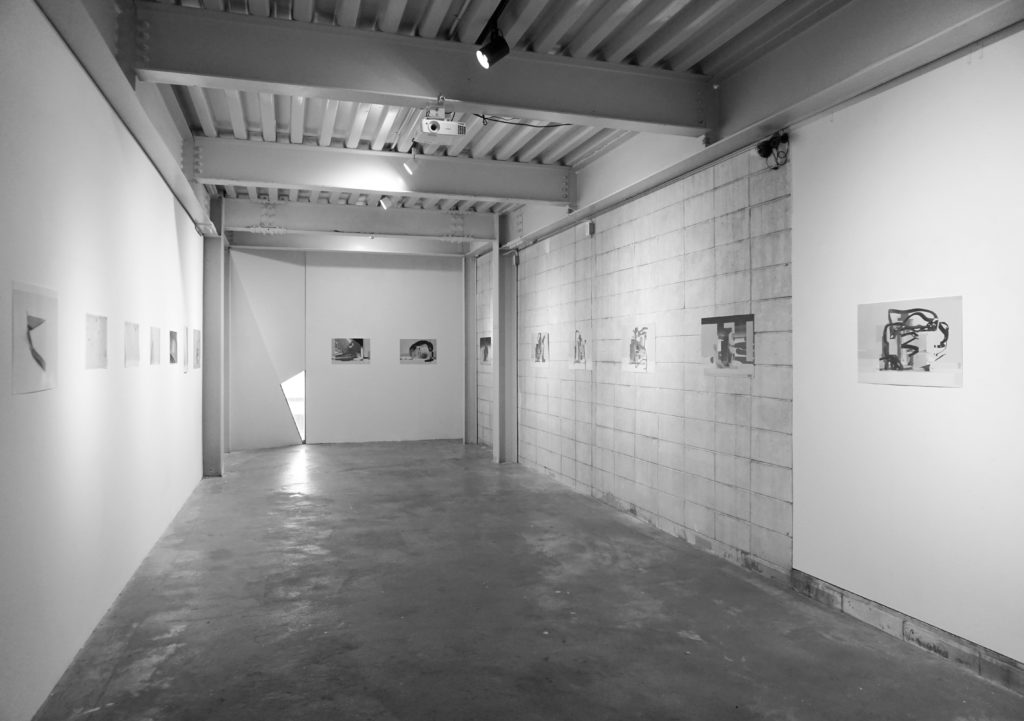
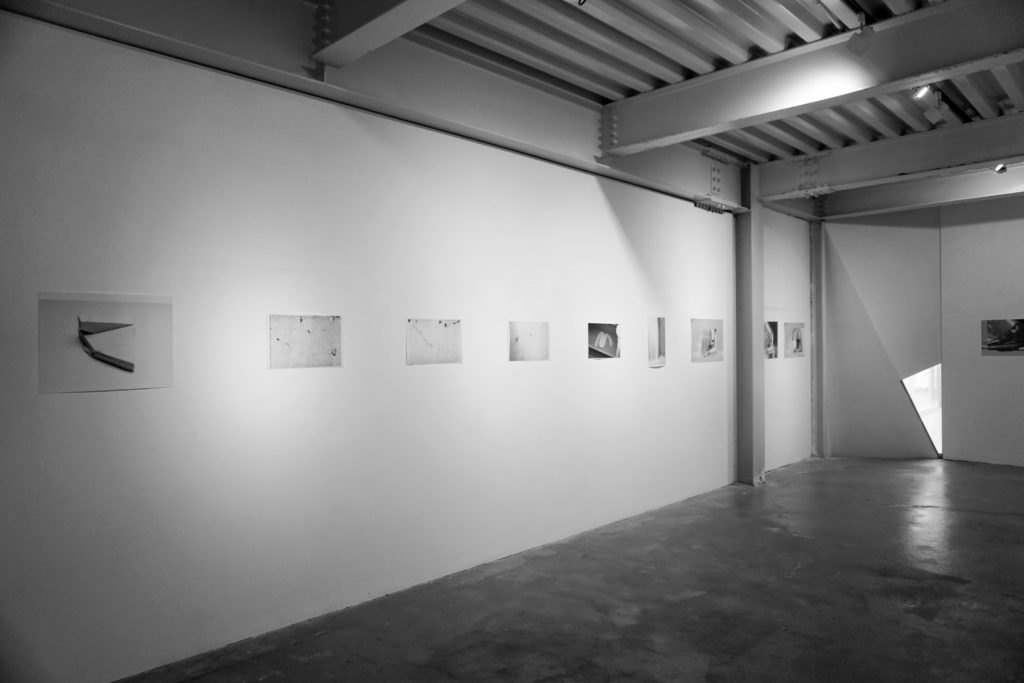
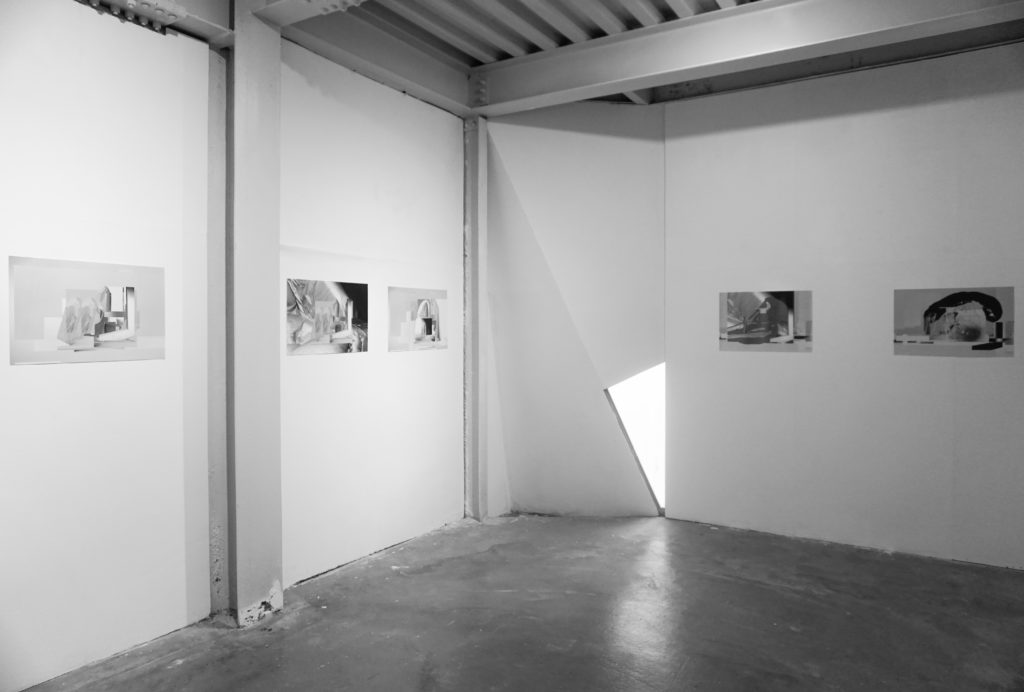
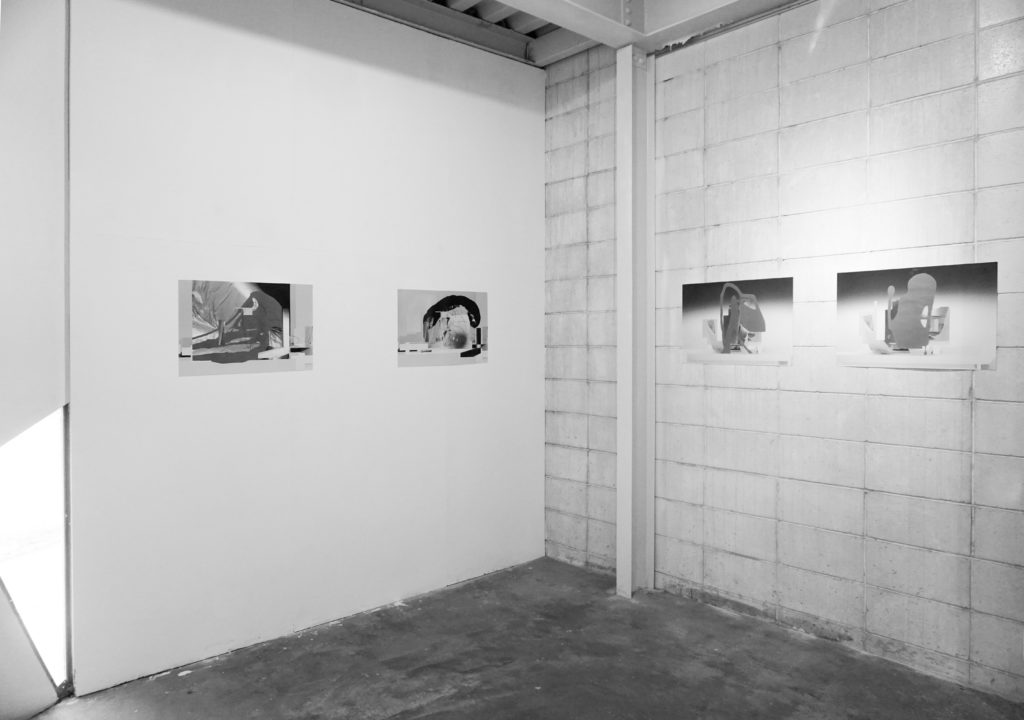
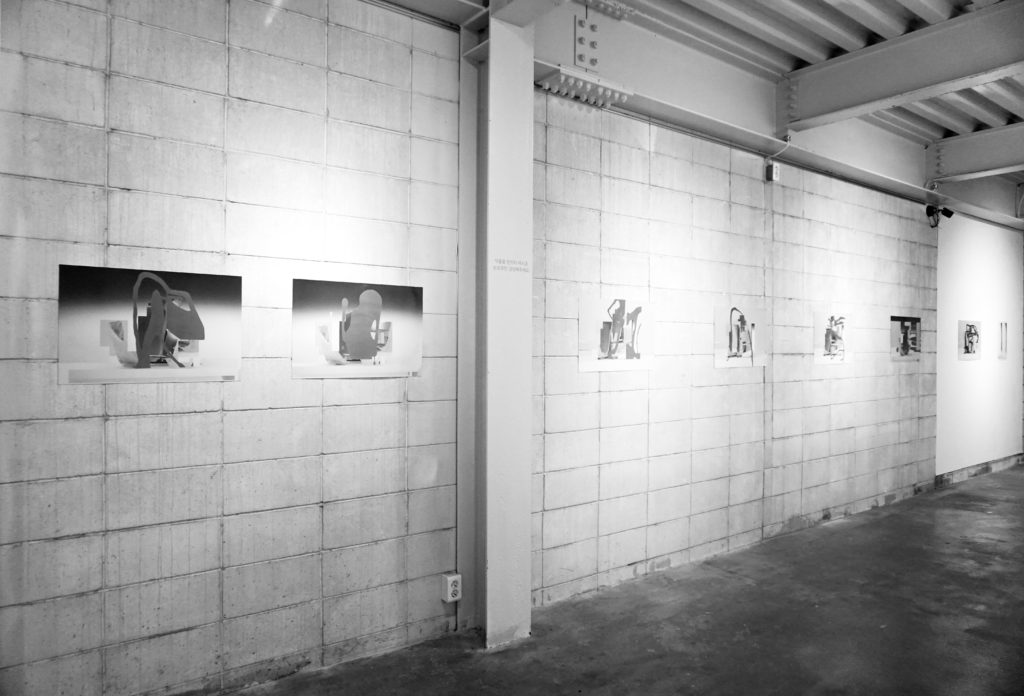
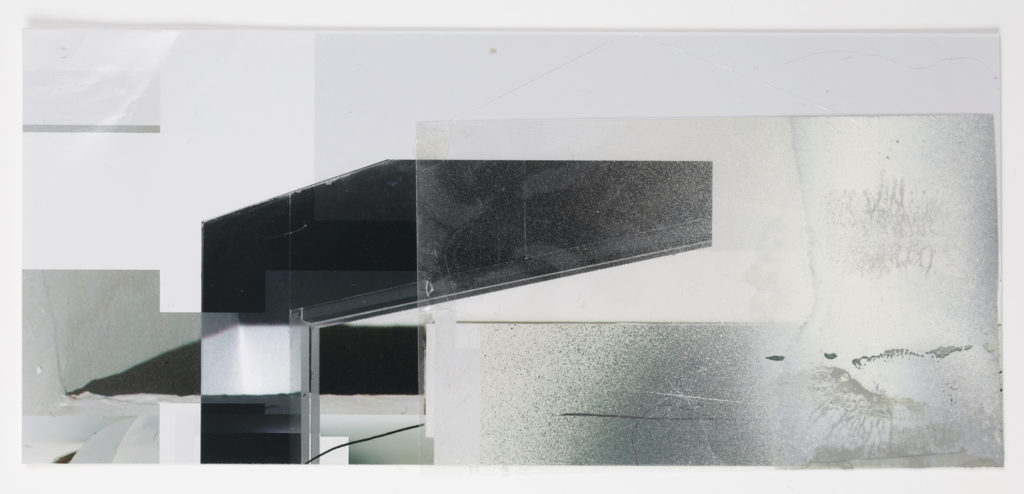
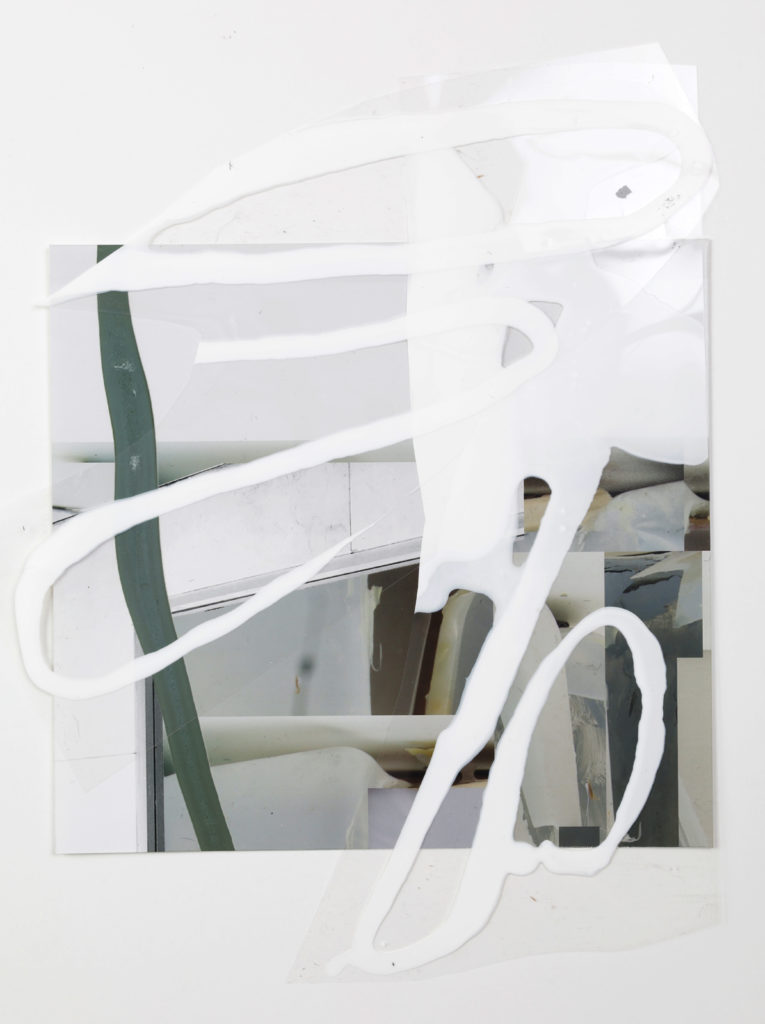
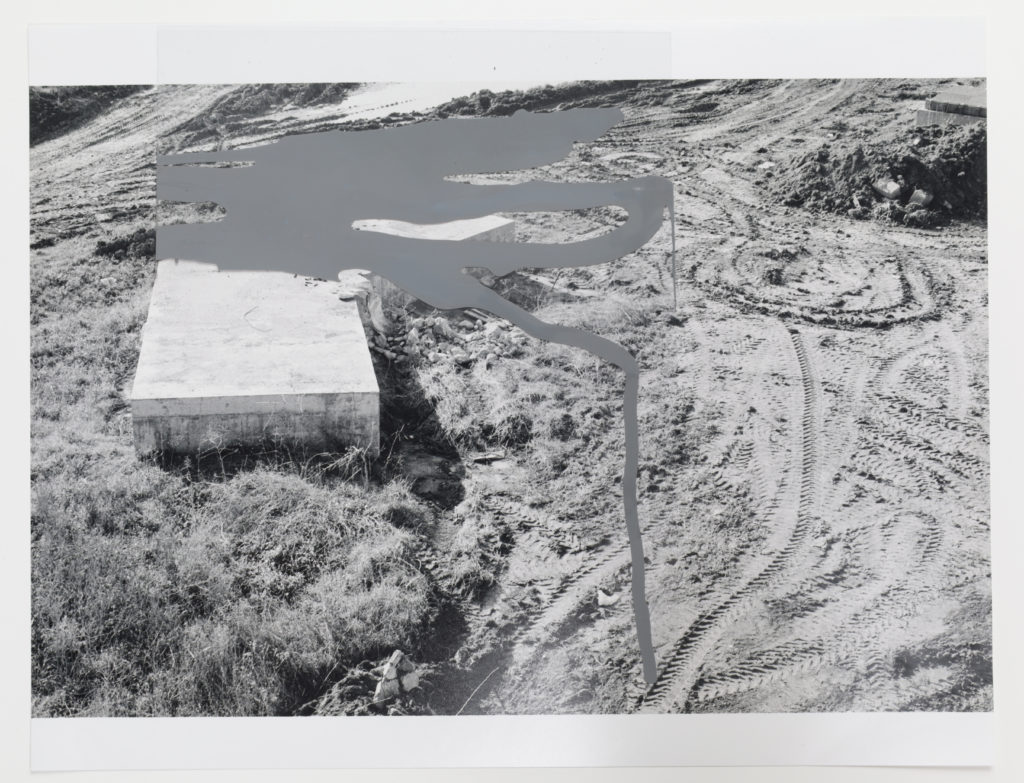
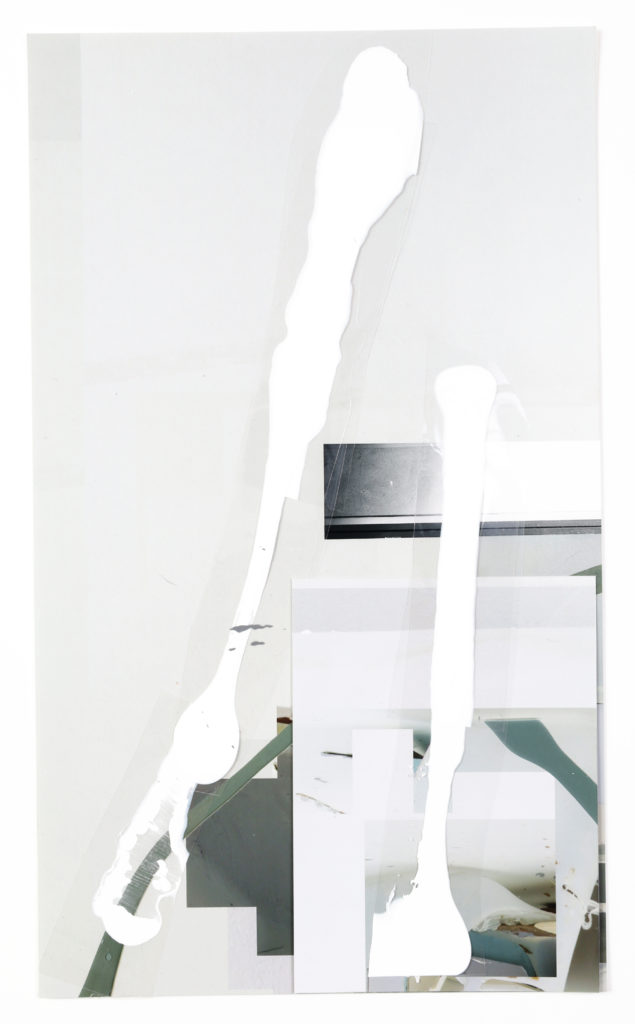
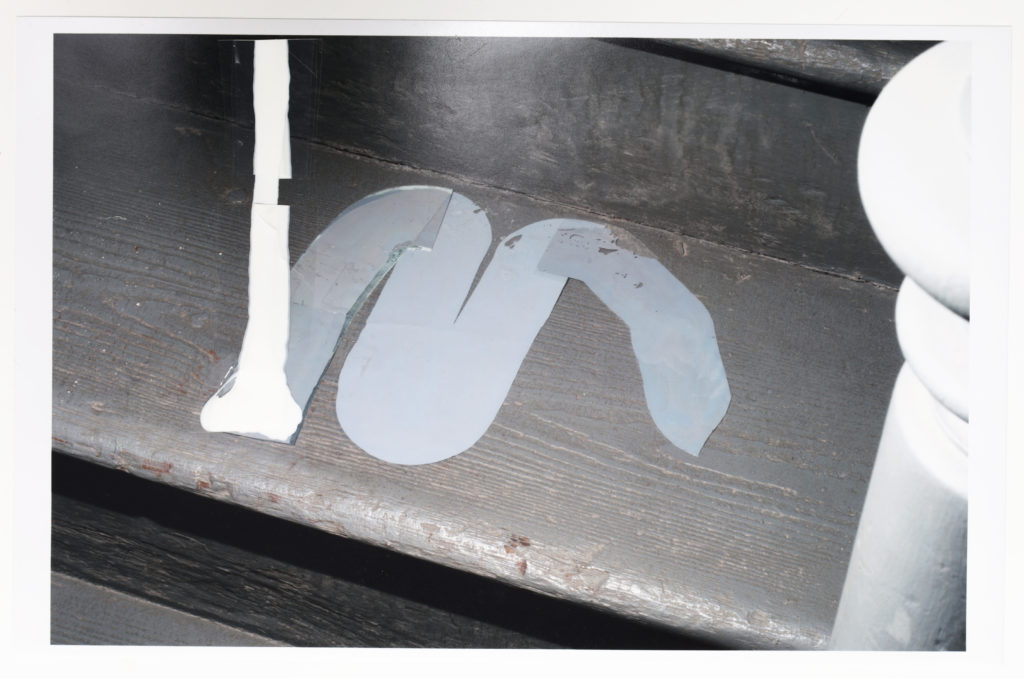
Above, L to R
Untitled 2022 mixed media & chromogenic print 5 ¼ x 11 1/8 in
Untitled 2022 mixed media & chromogenic print 11 x 9.5 in
Untitled 2022 mixed media & chromogenic print 11.5 x 14 in
Untitled 2022 mixed media & chromogenic print 14 x 8 1/4 in
Untitled 2022 mixed media & chromogenic print 11 x 17 in
Untitled 2022 mixed media & chromogenic print 17 x 11 in
Untitled 2022 mixed media & chromogenic print 17 x 11 in
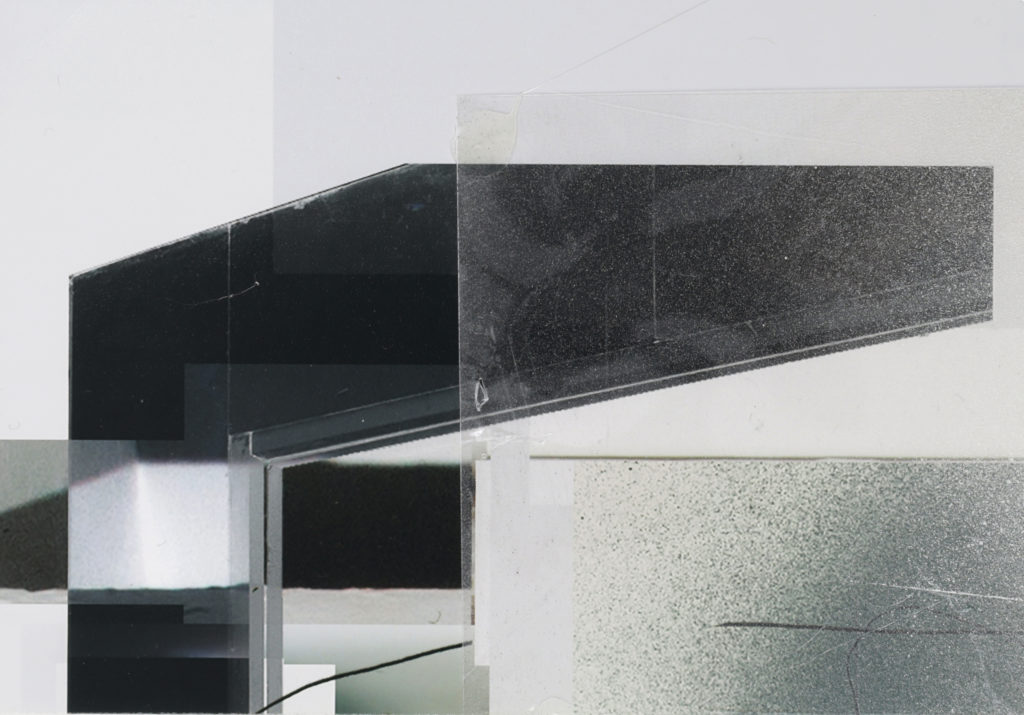
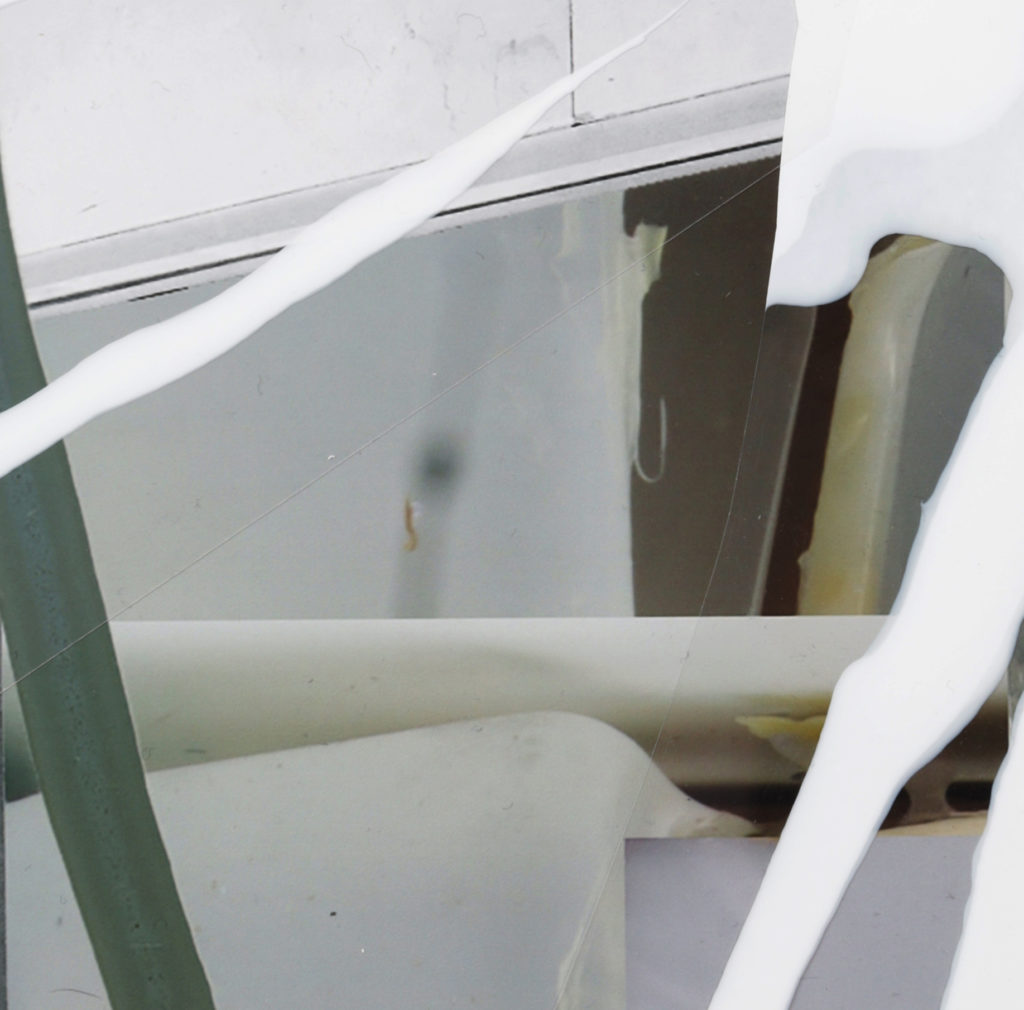
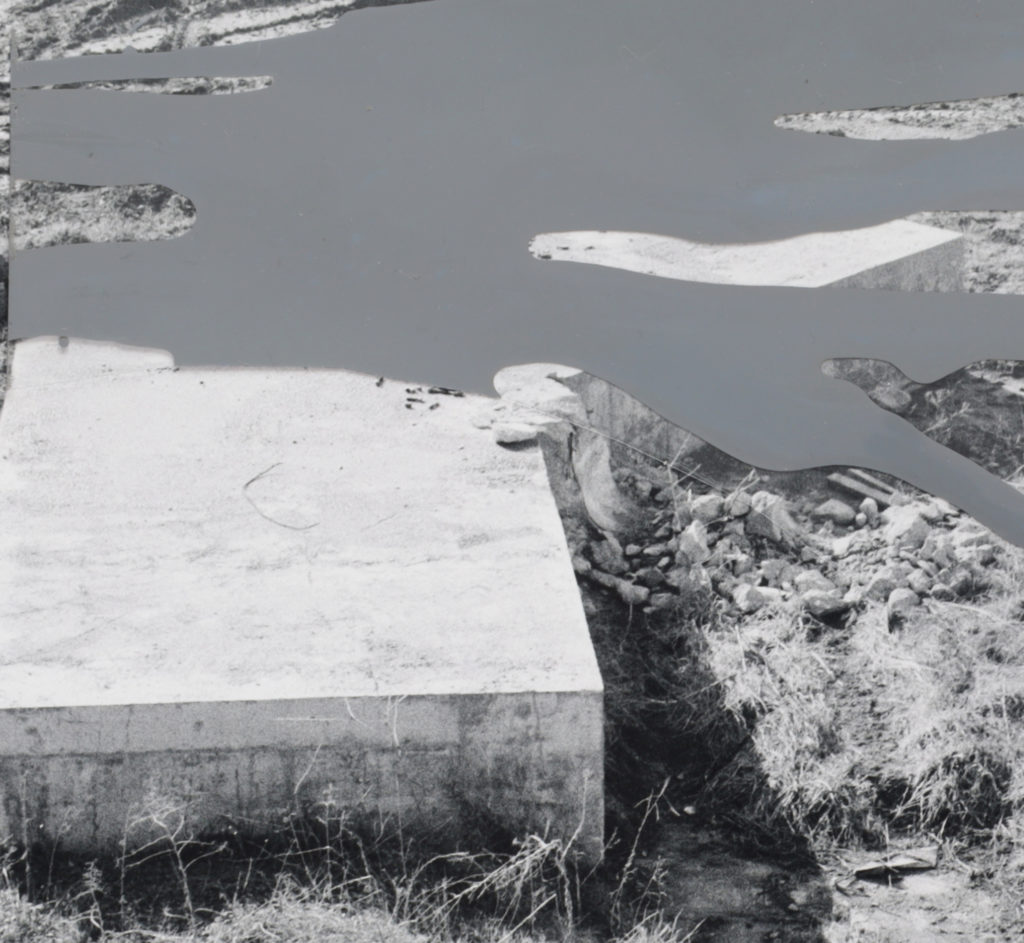
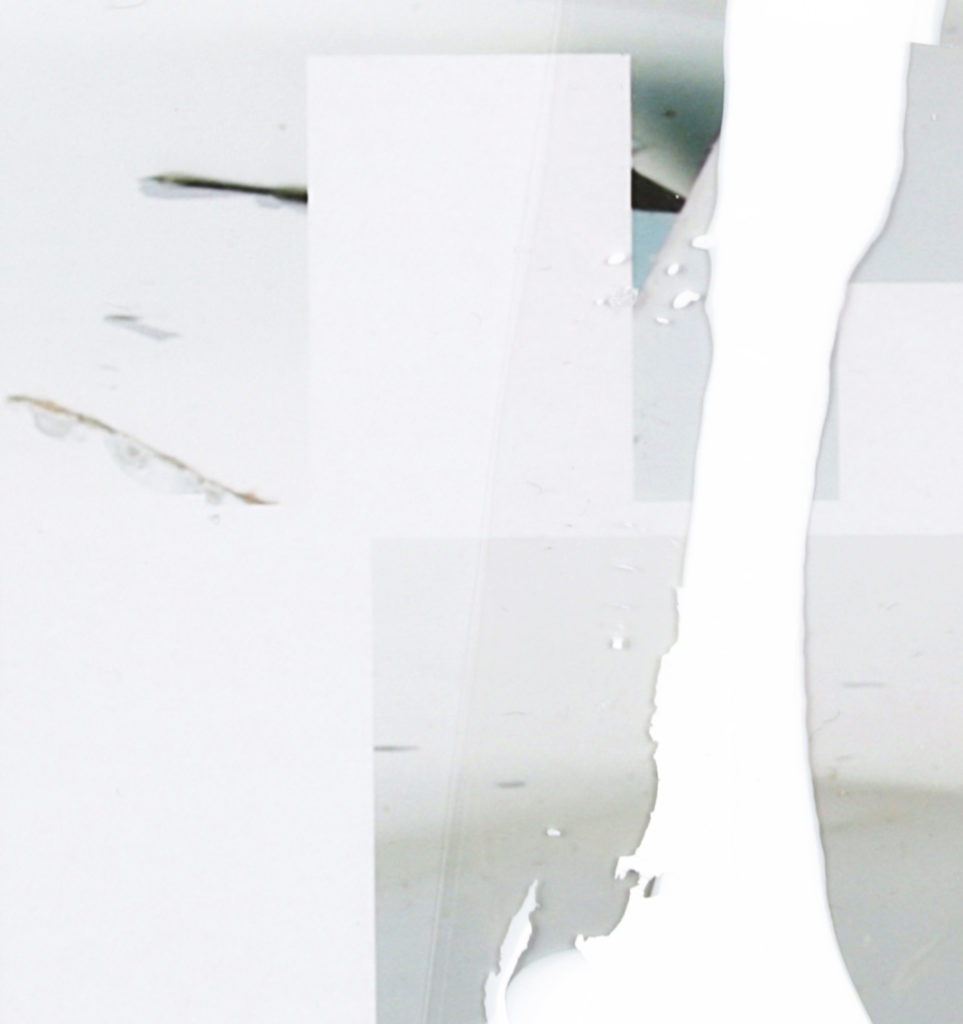
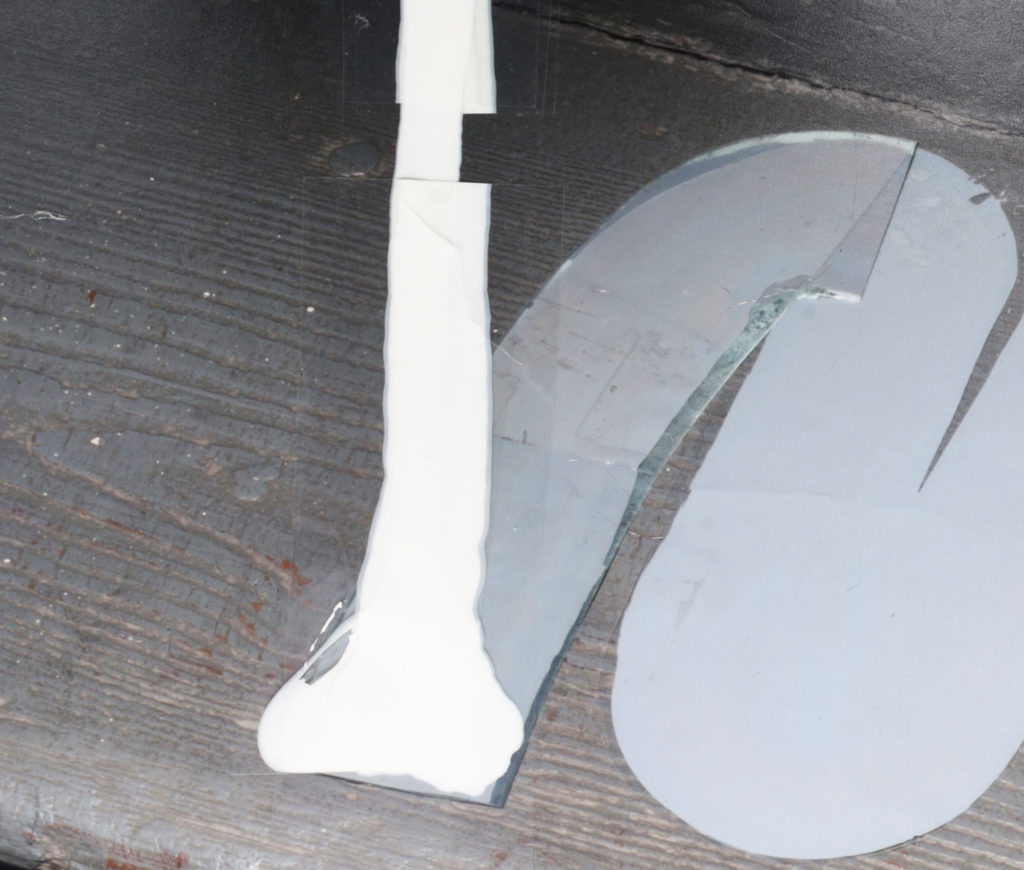
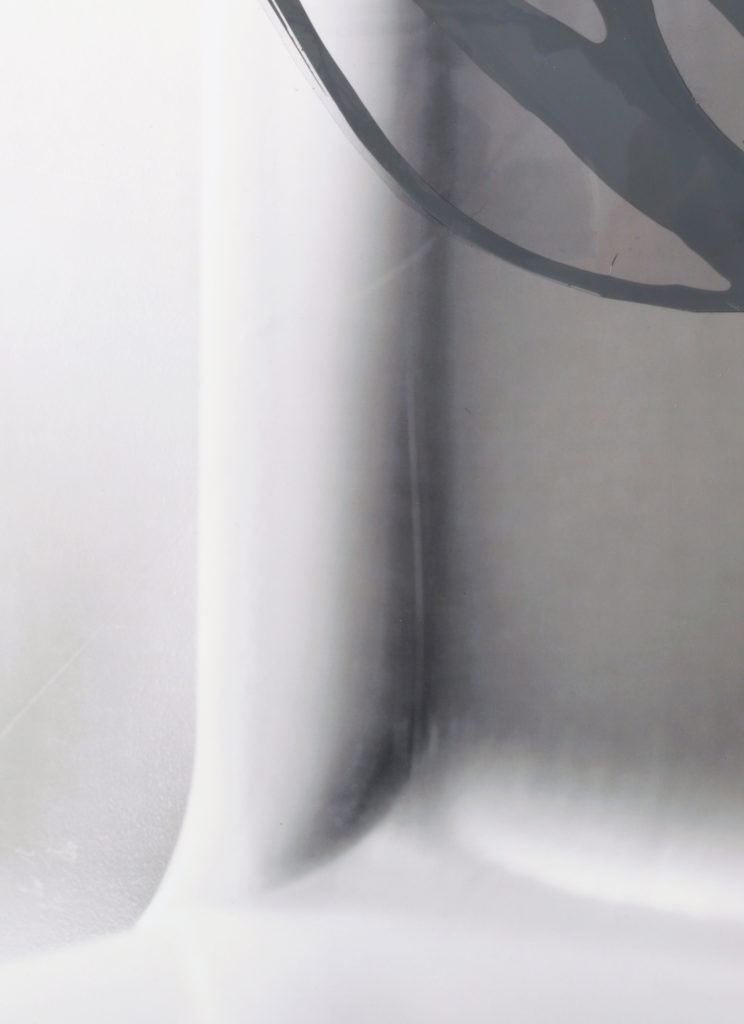
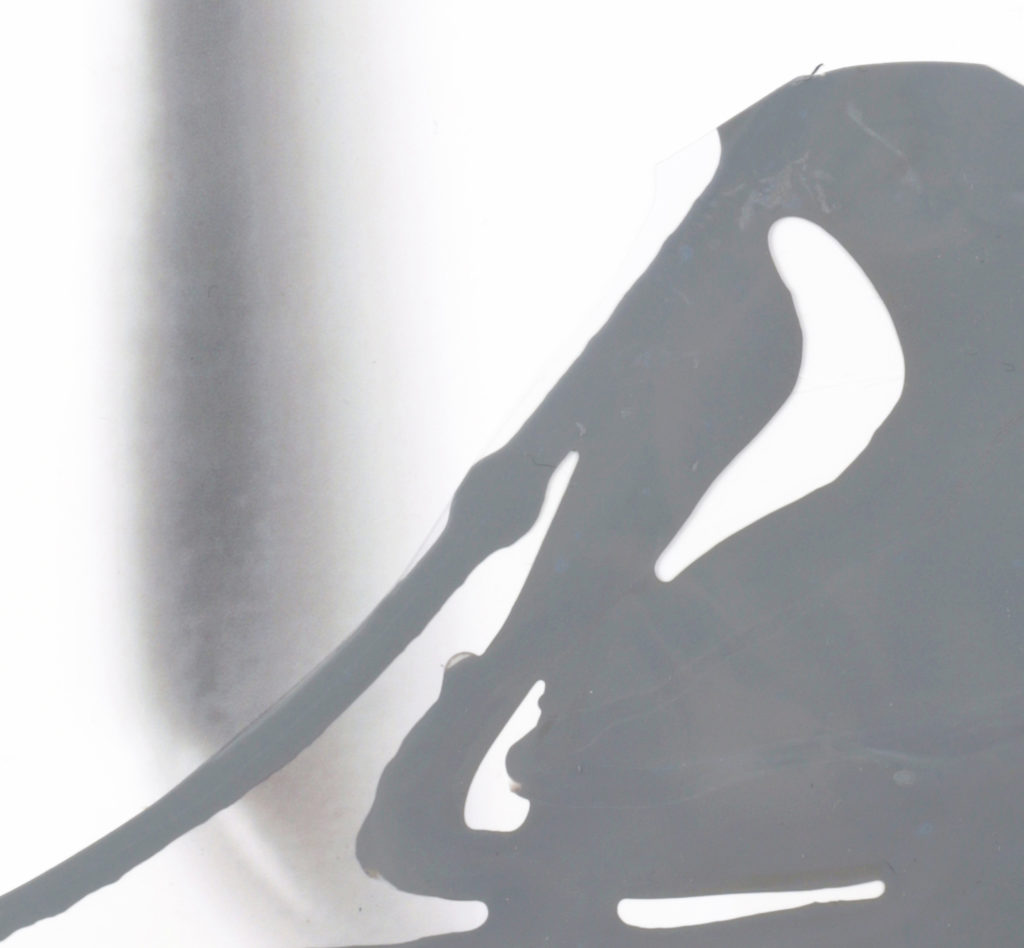
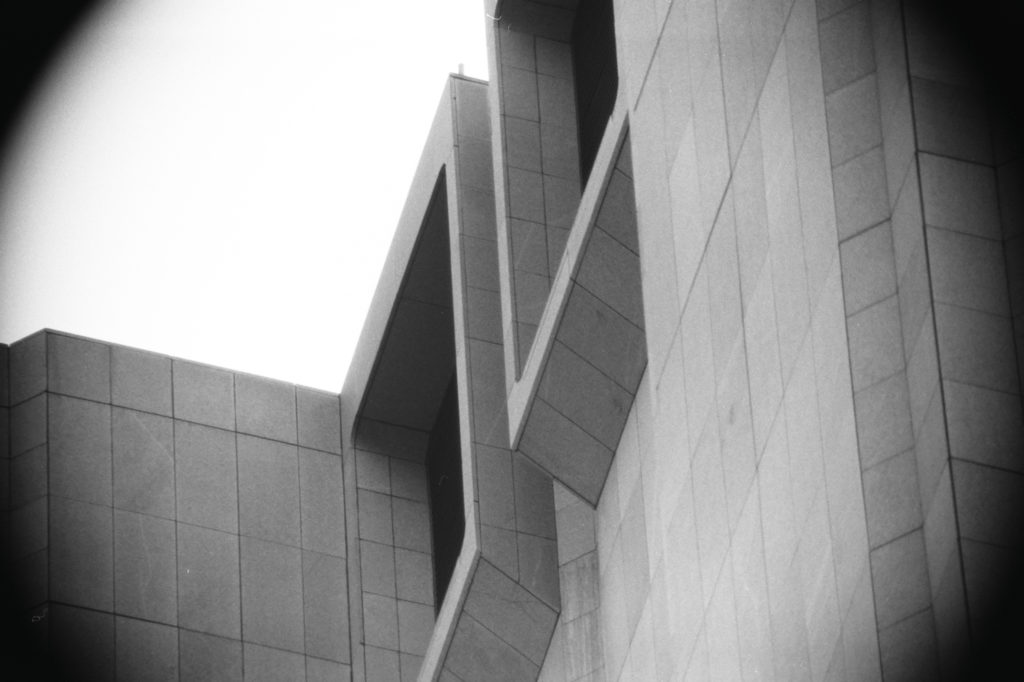
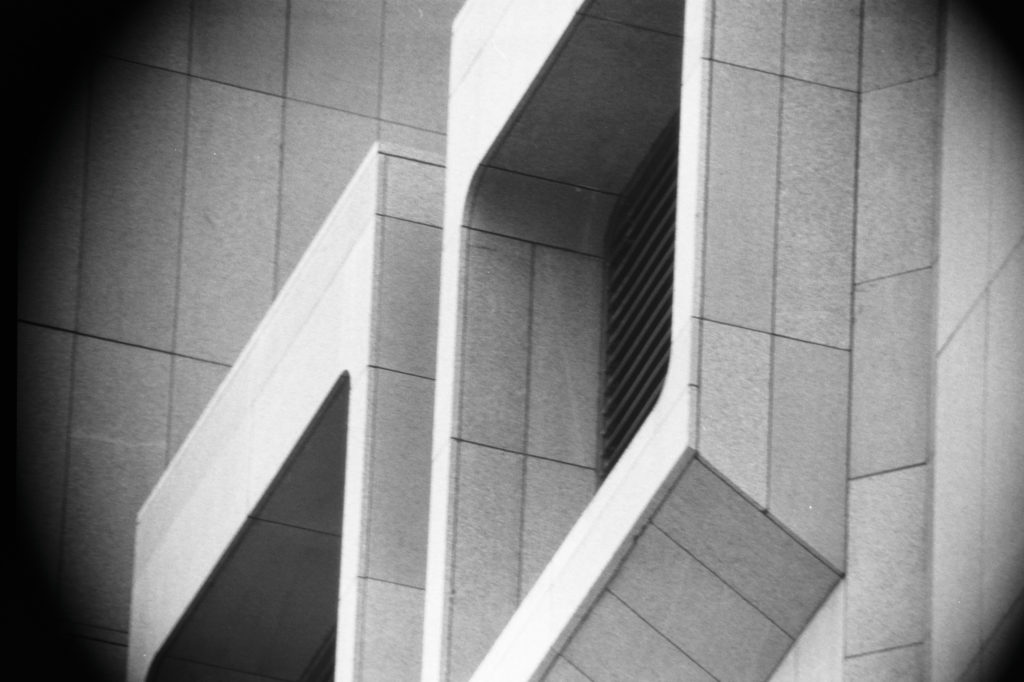
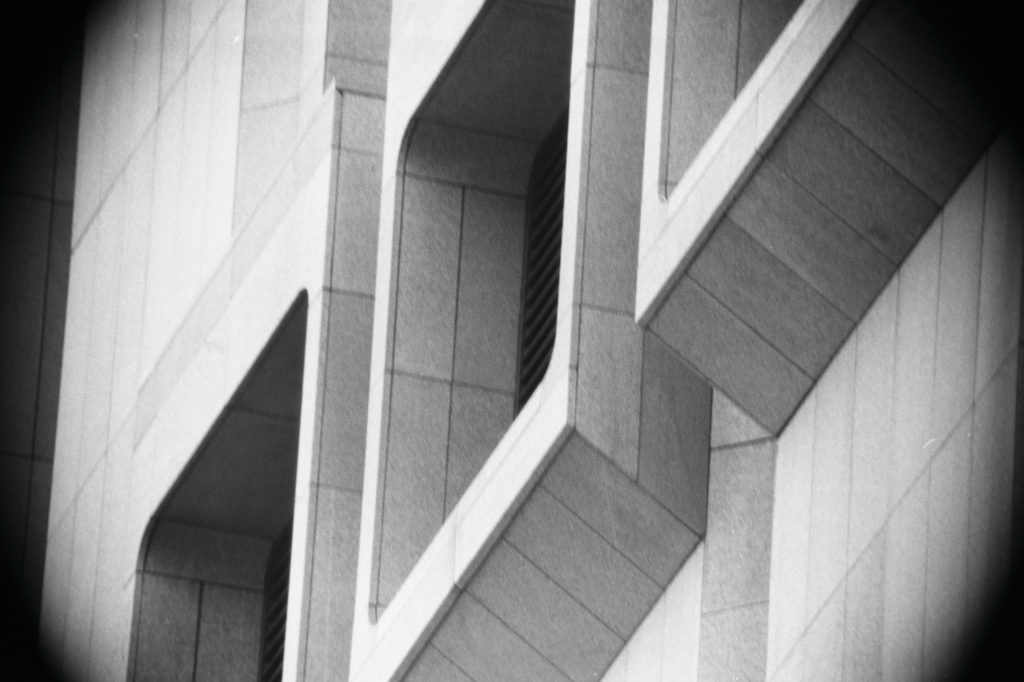
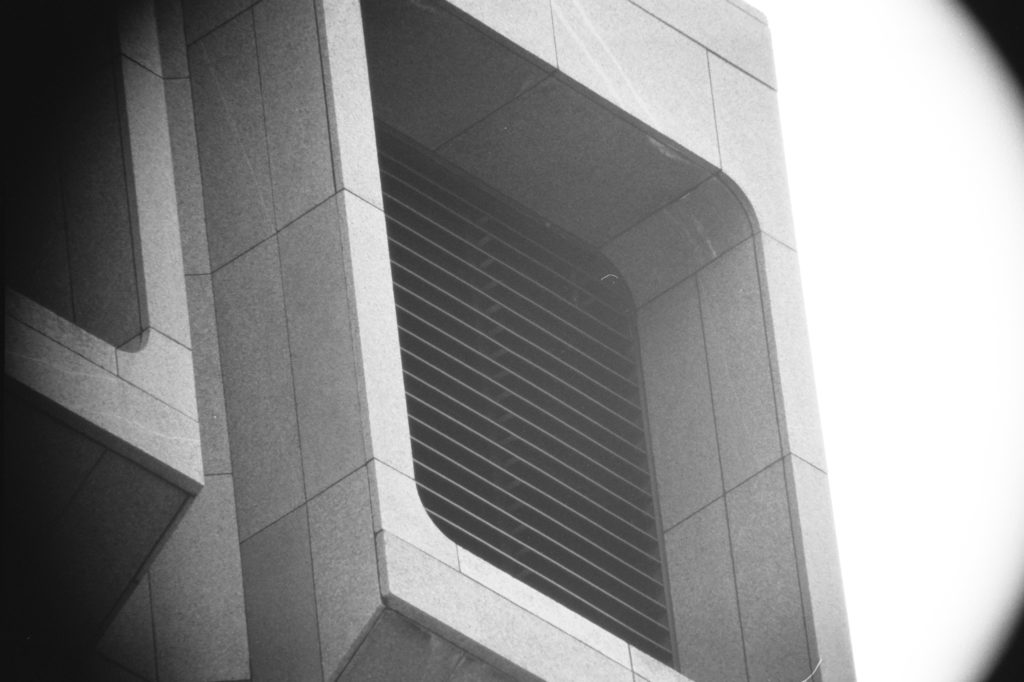
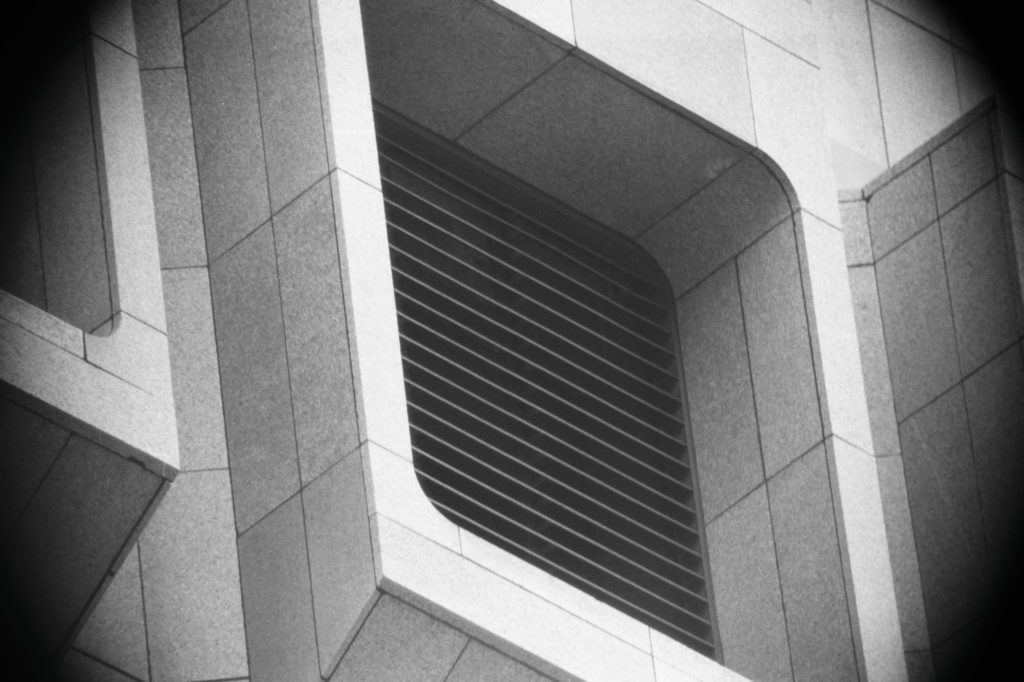
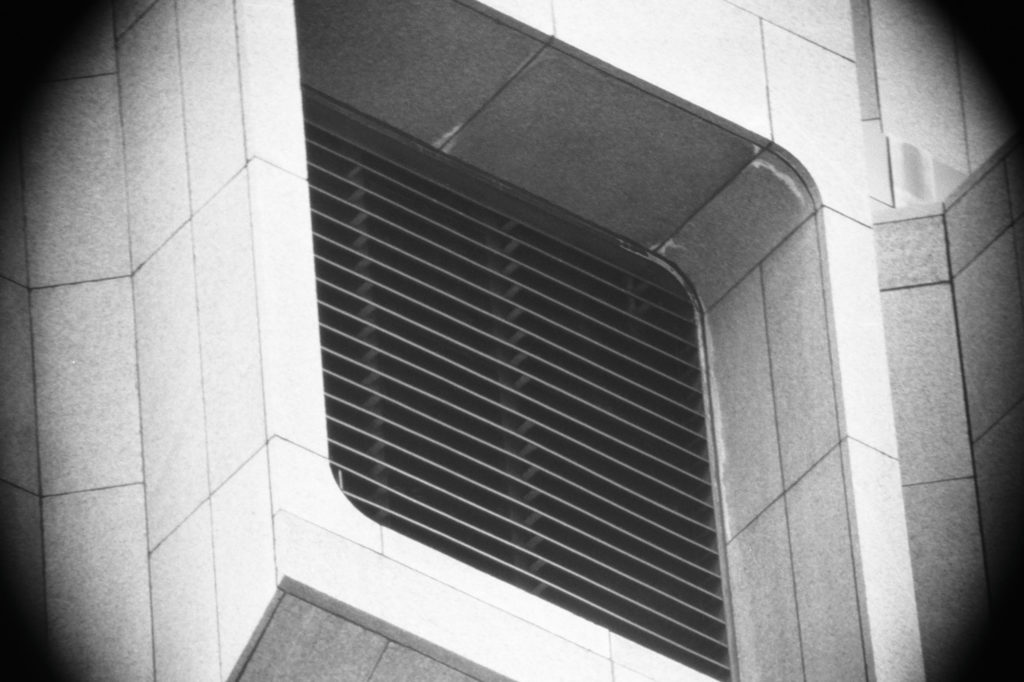
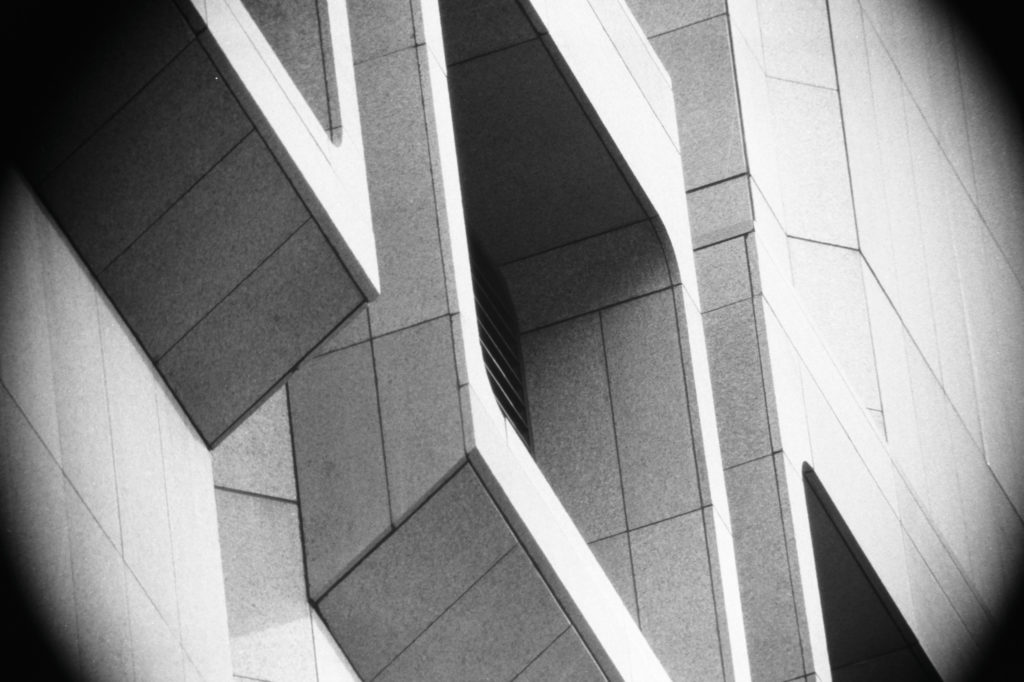
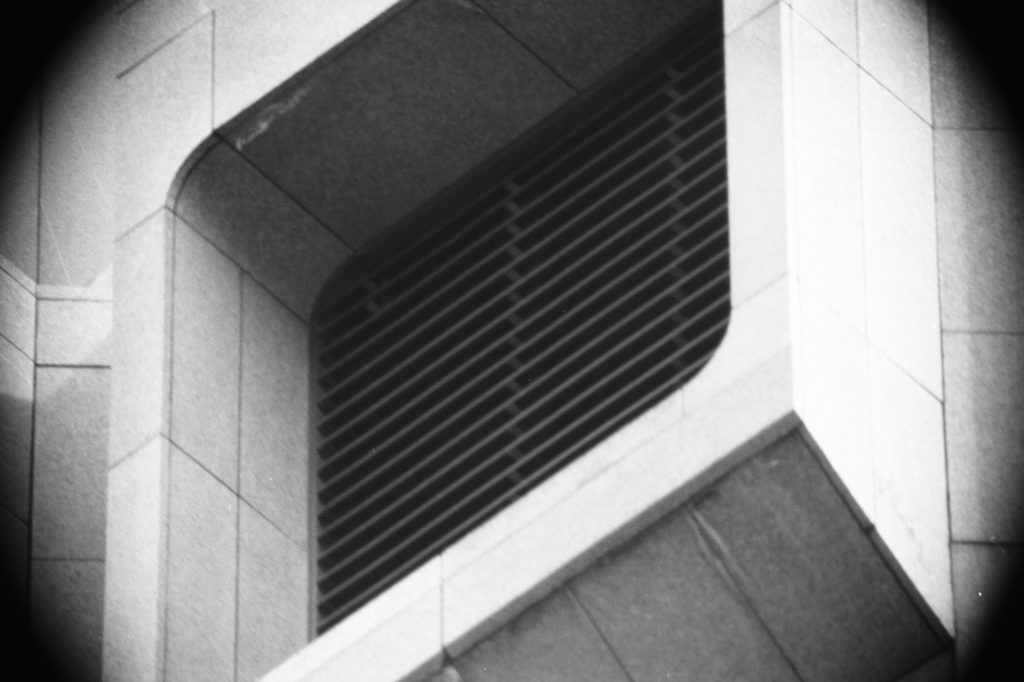
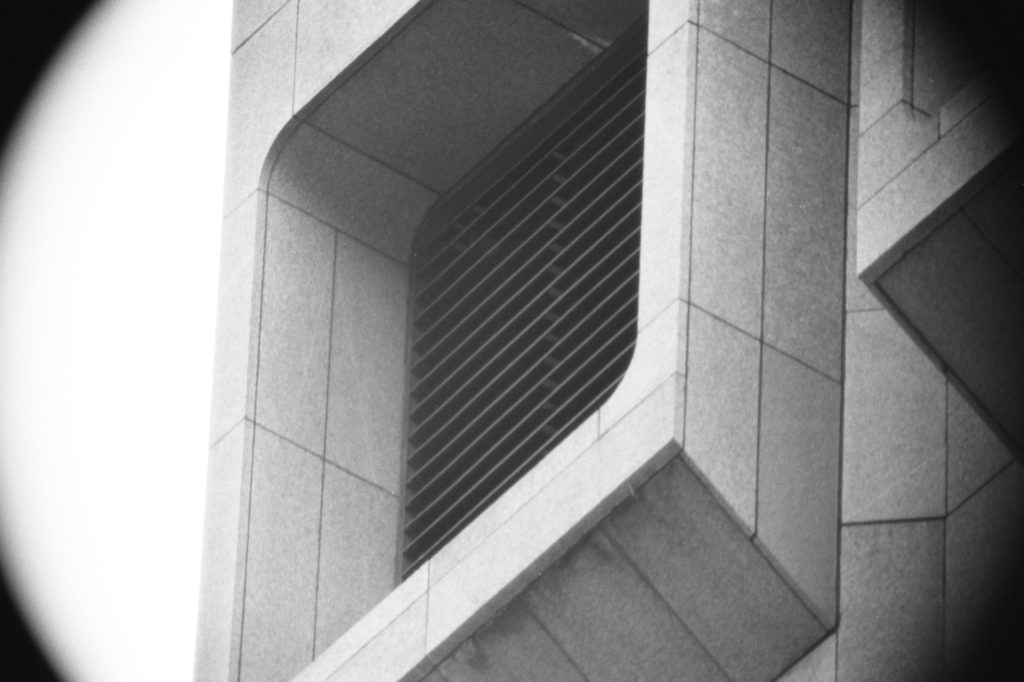
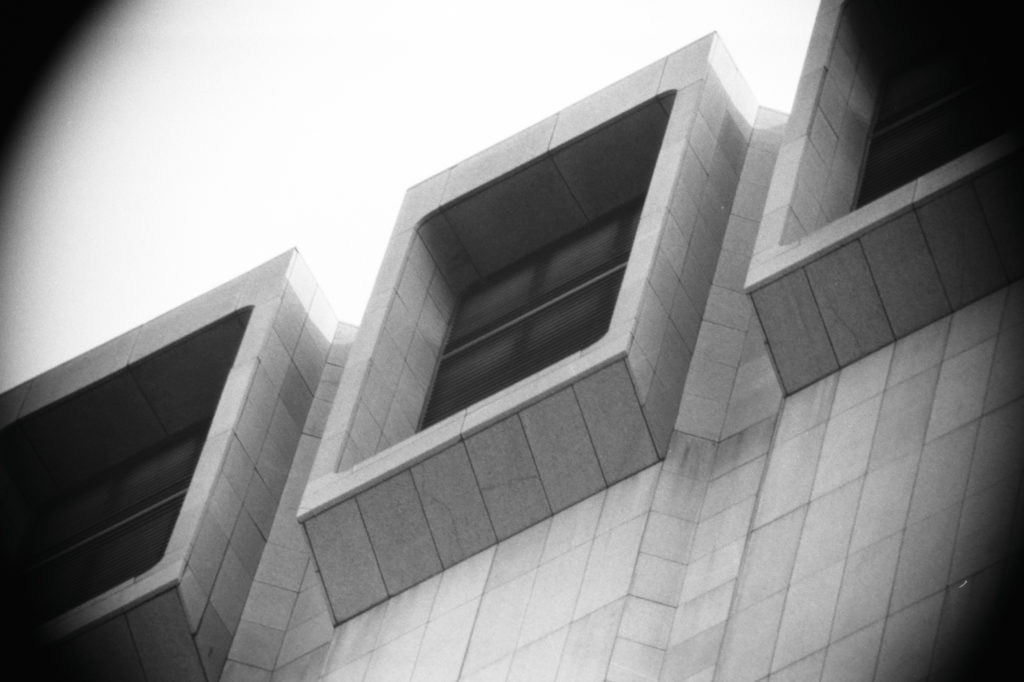
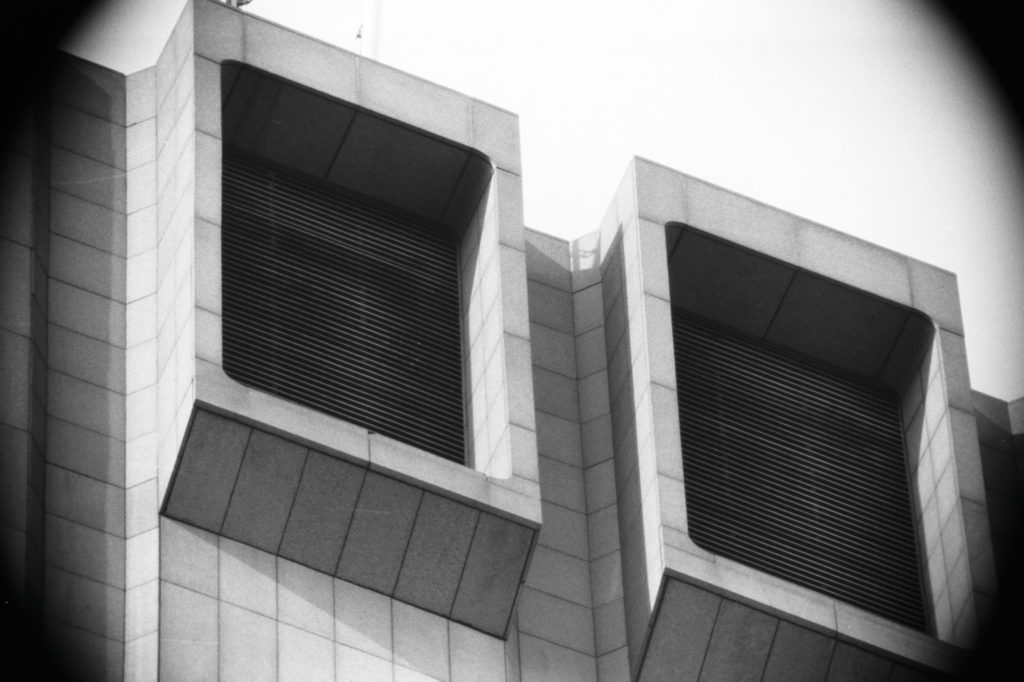
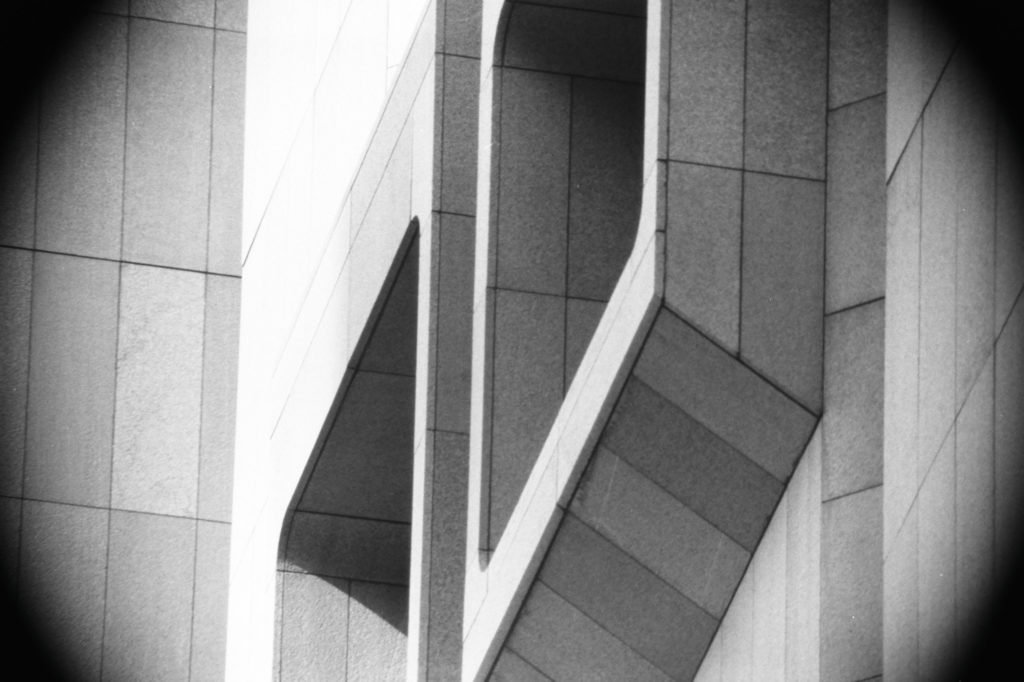
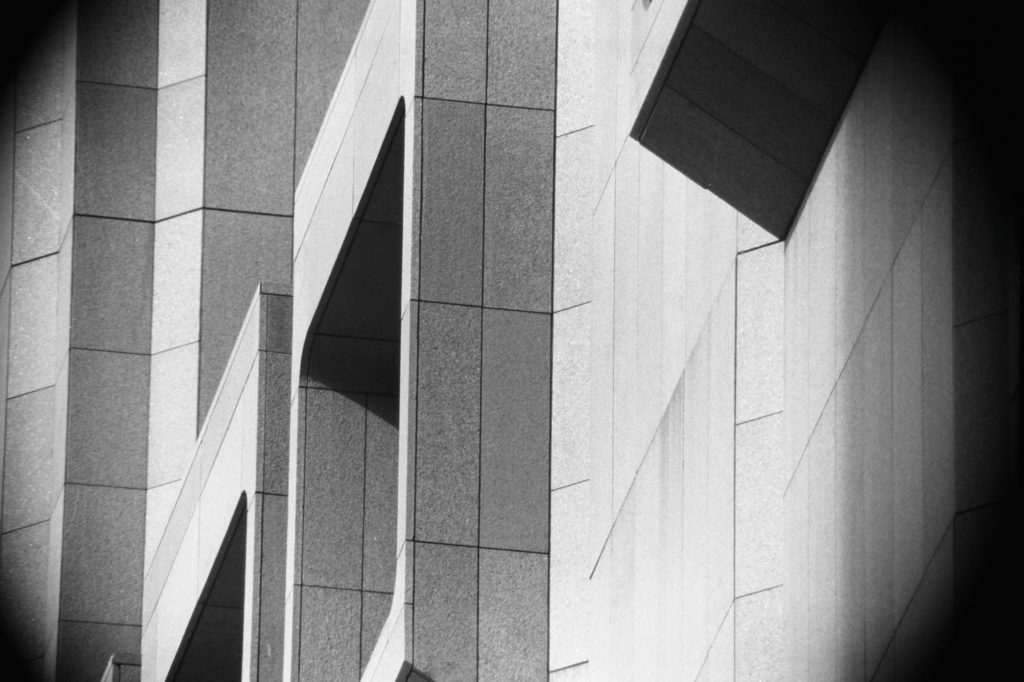
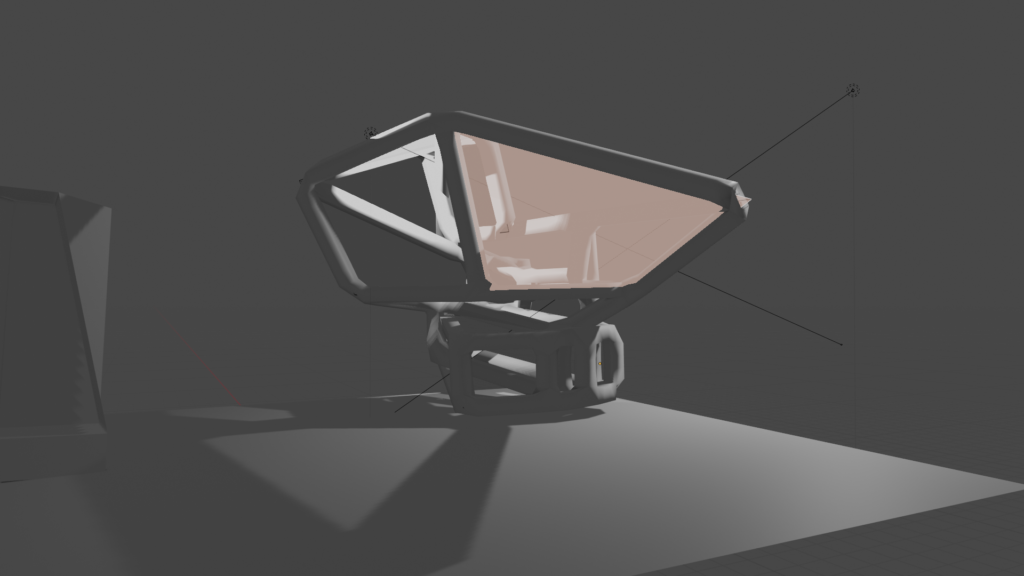
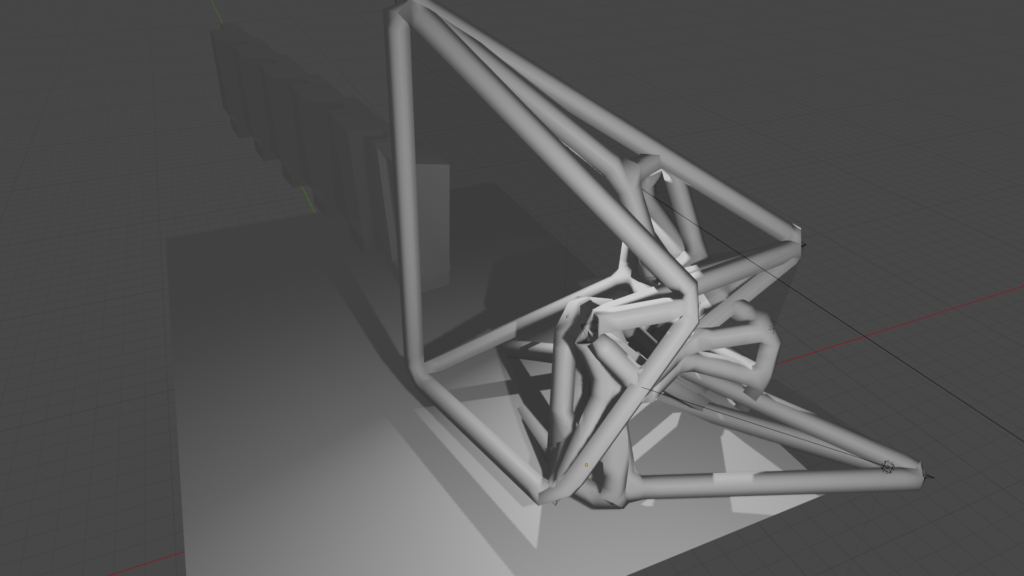
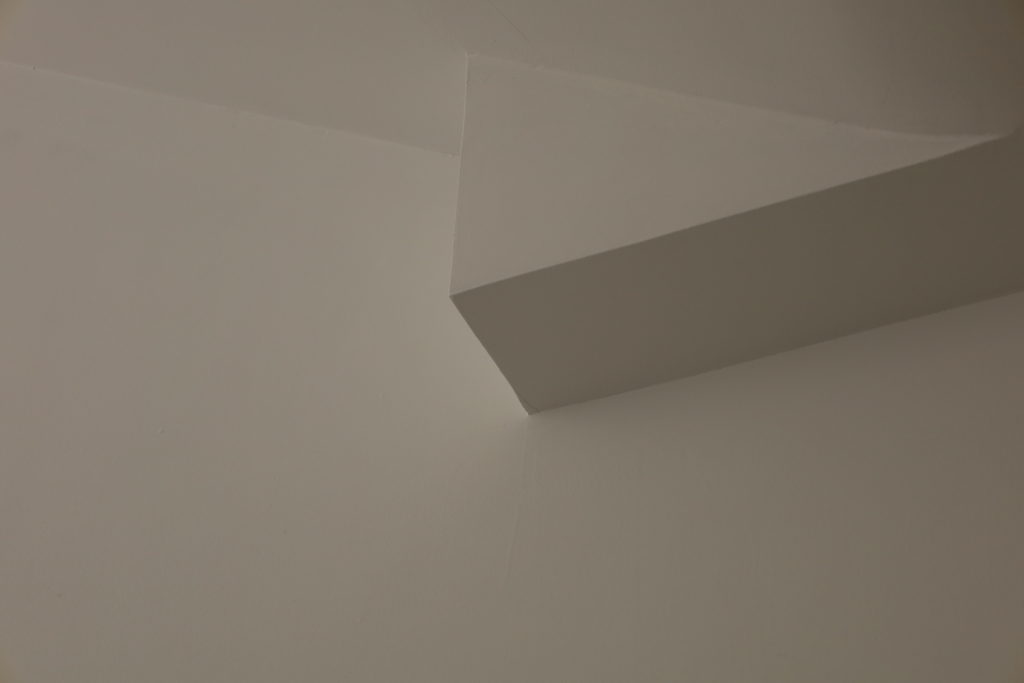
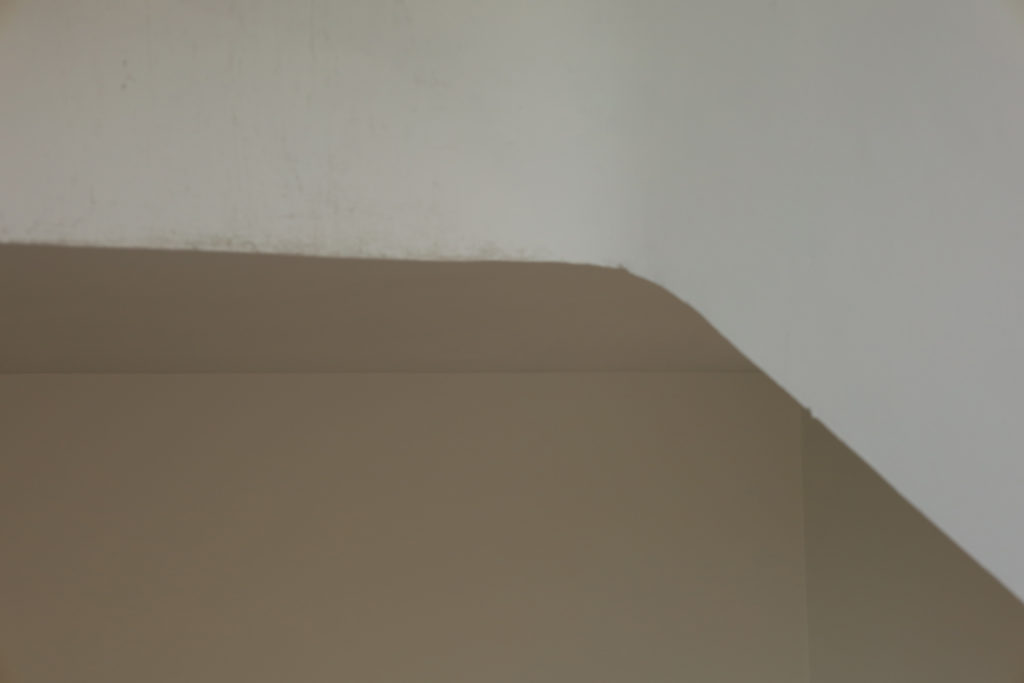
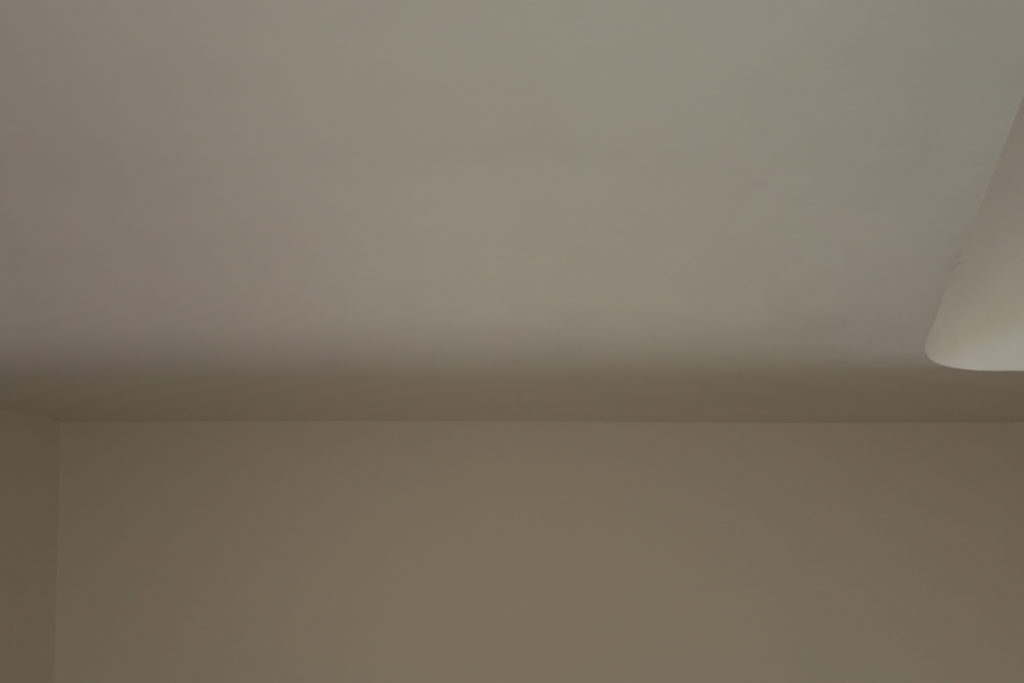
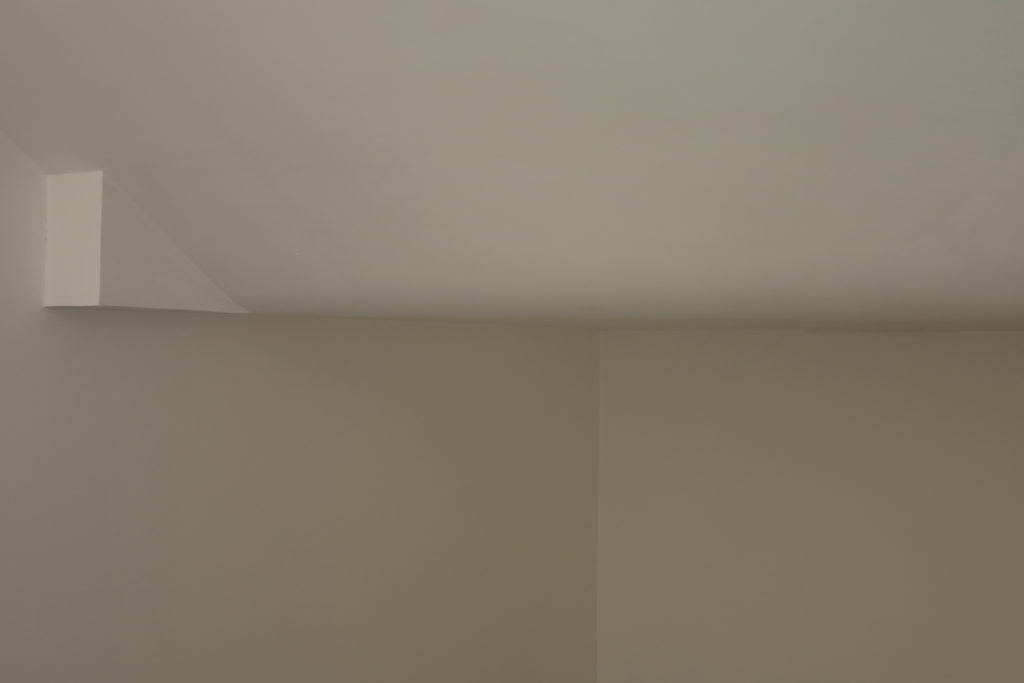
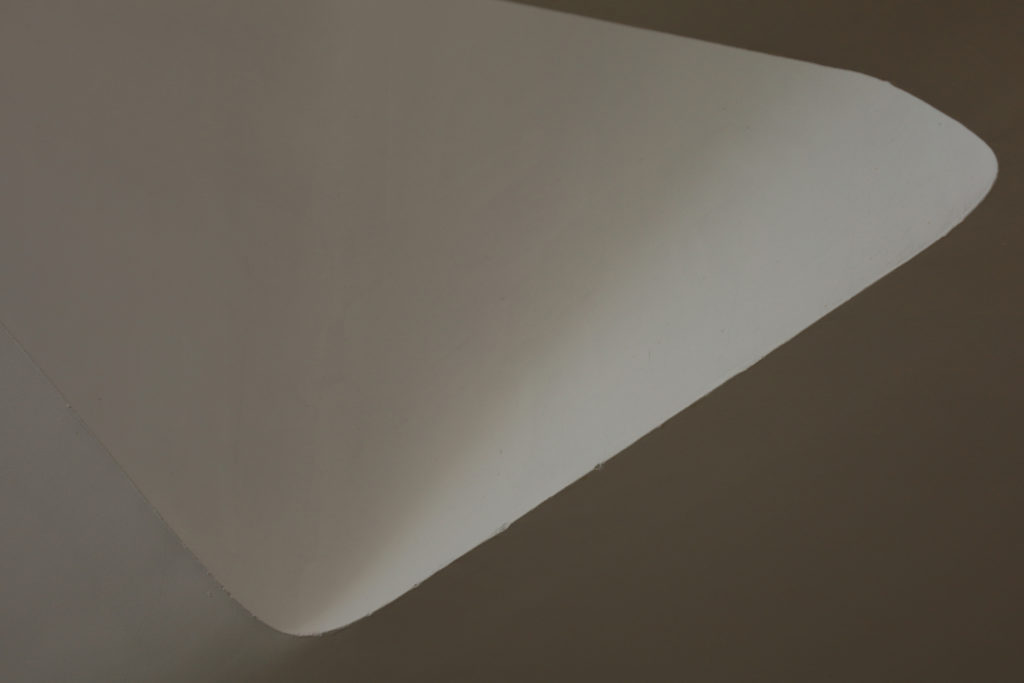
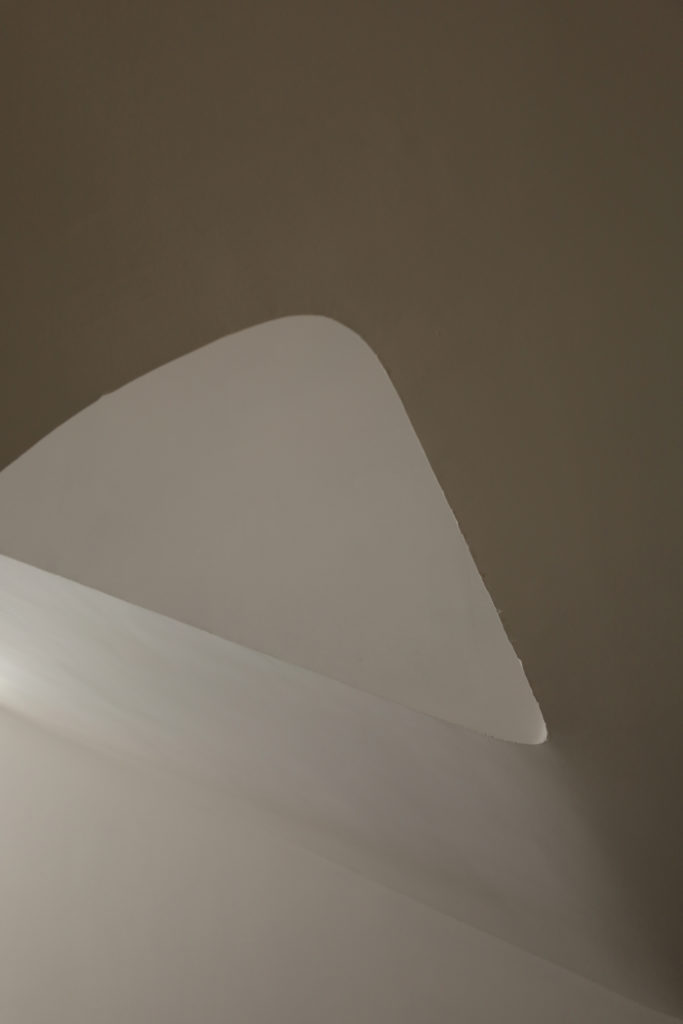
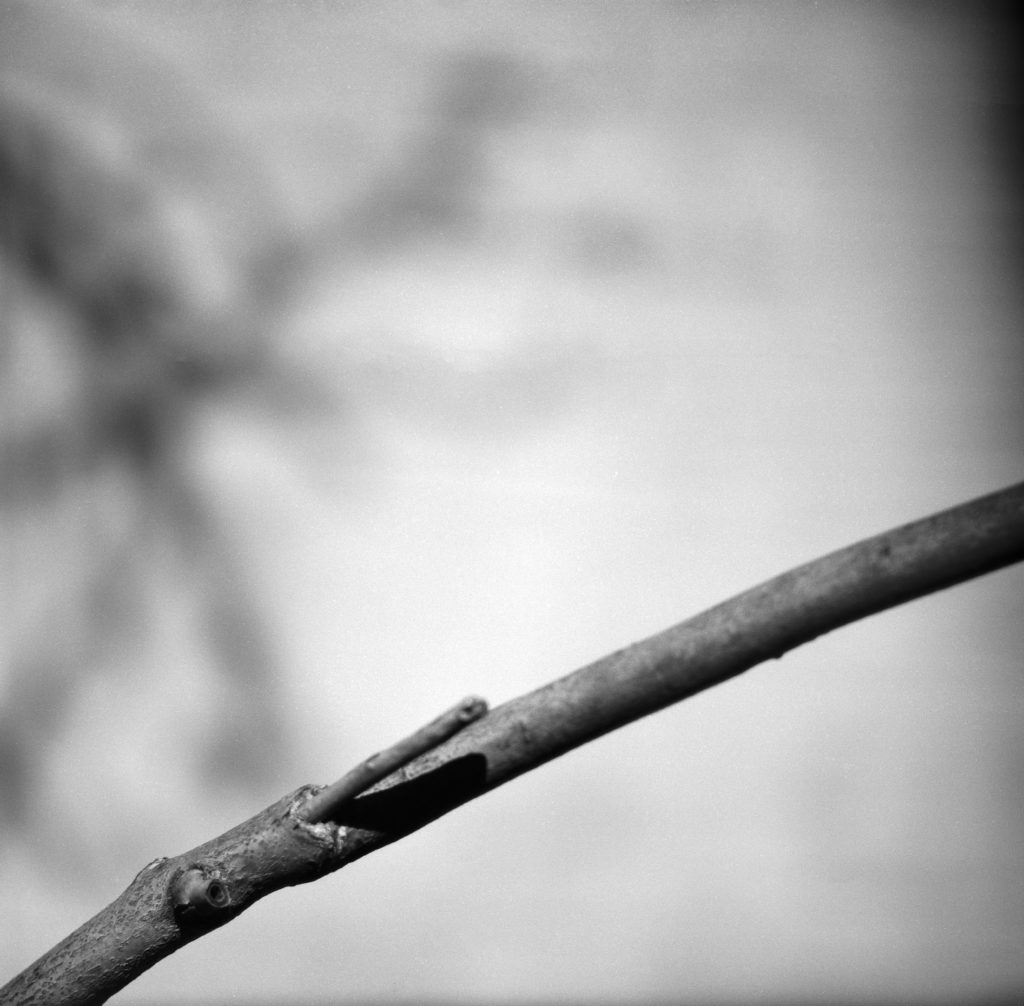
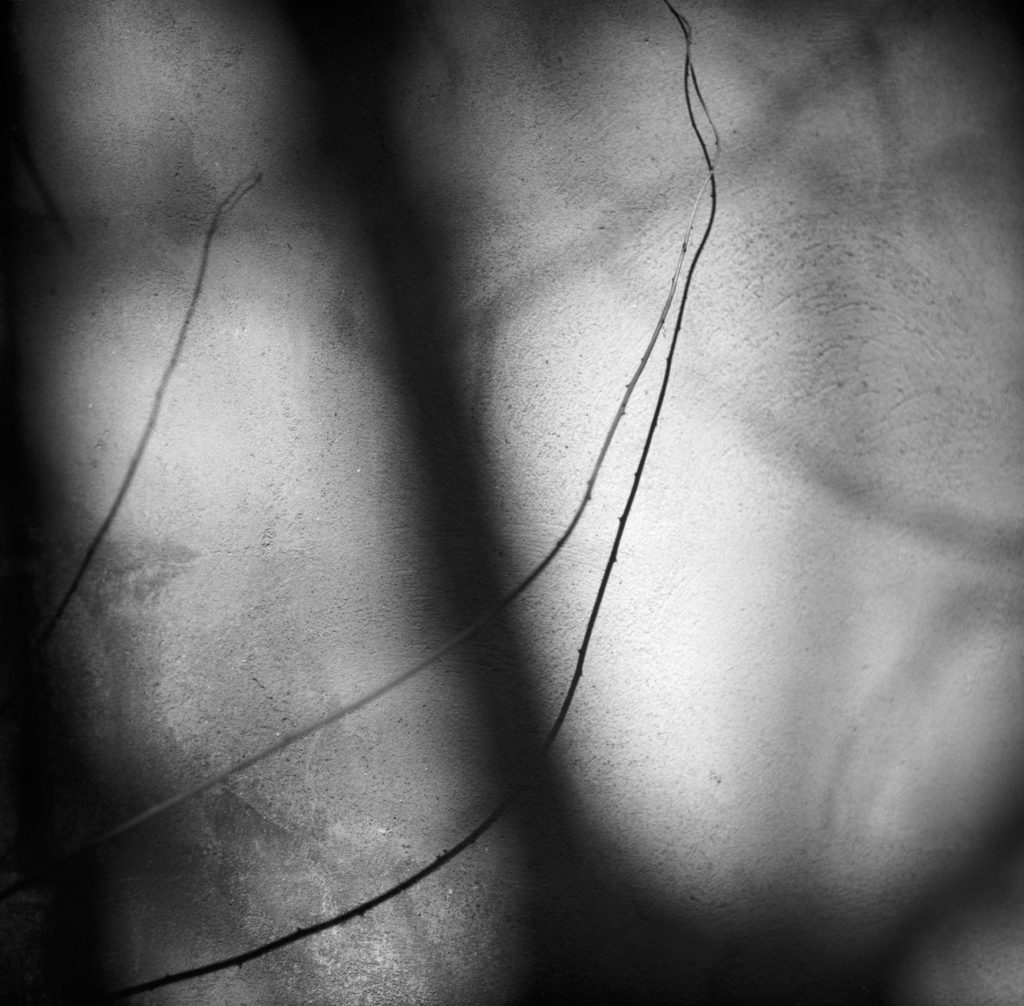
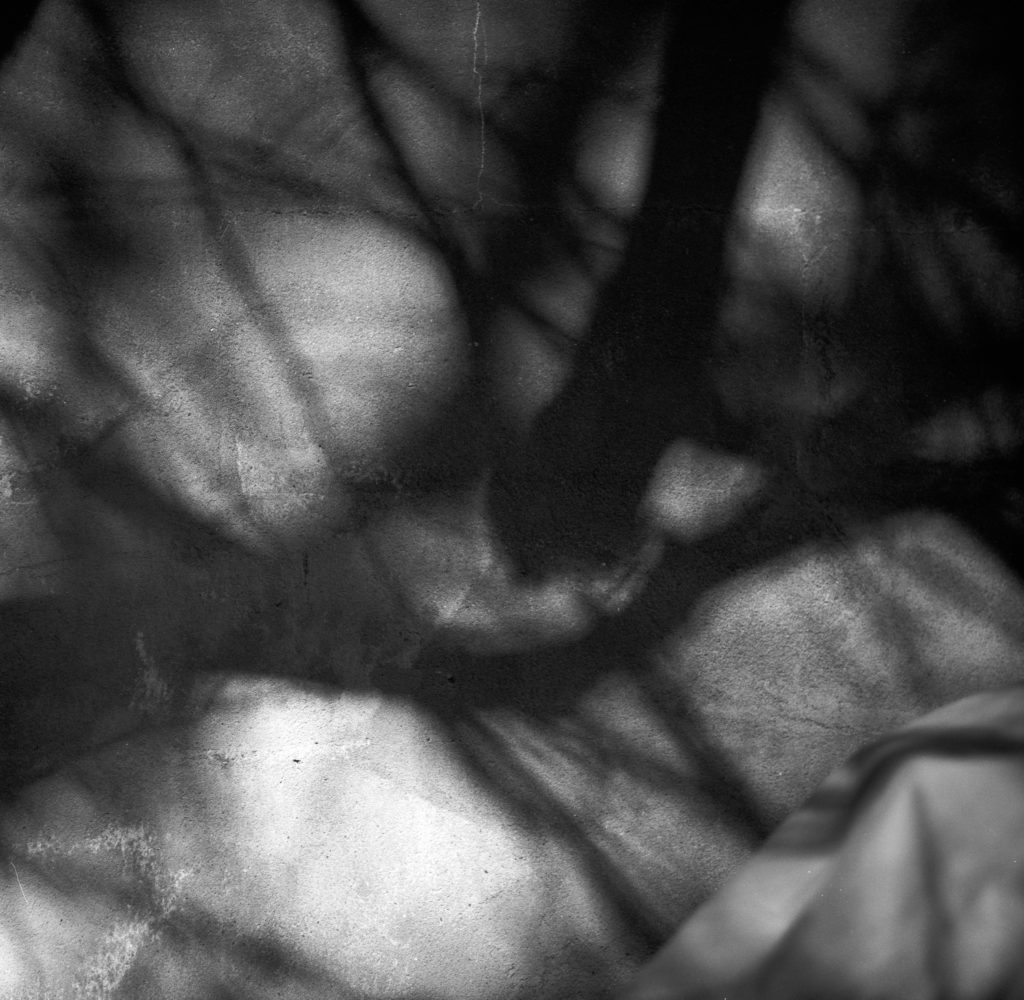
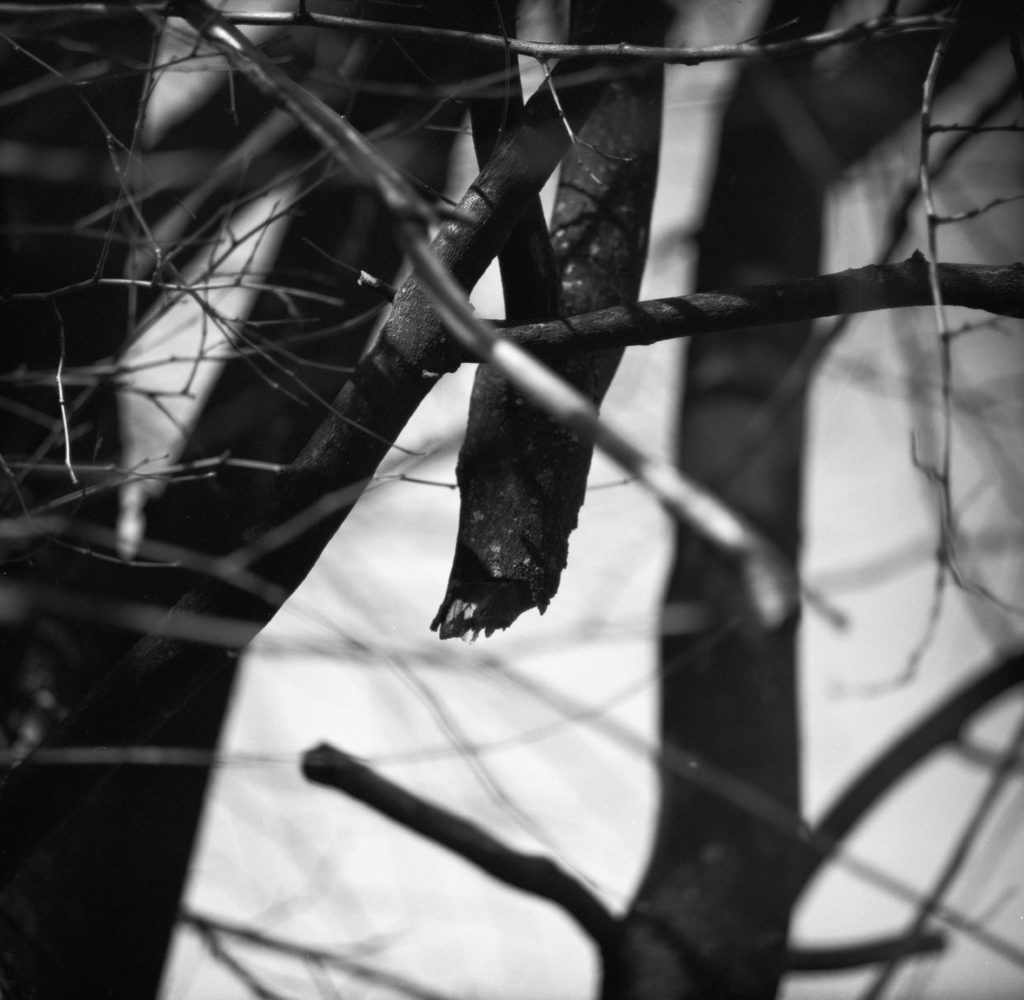
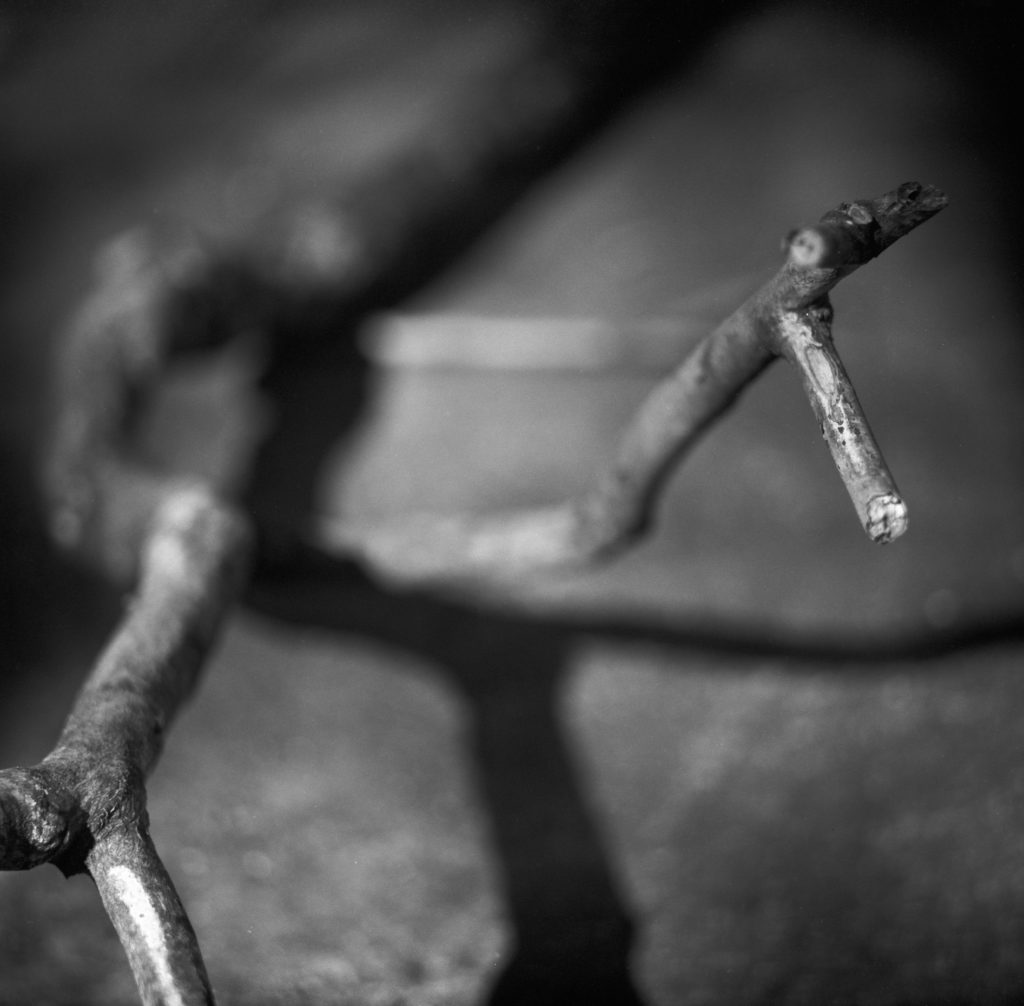
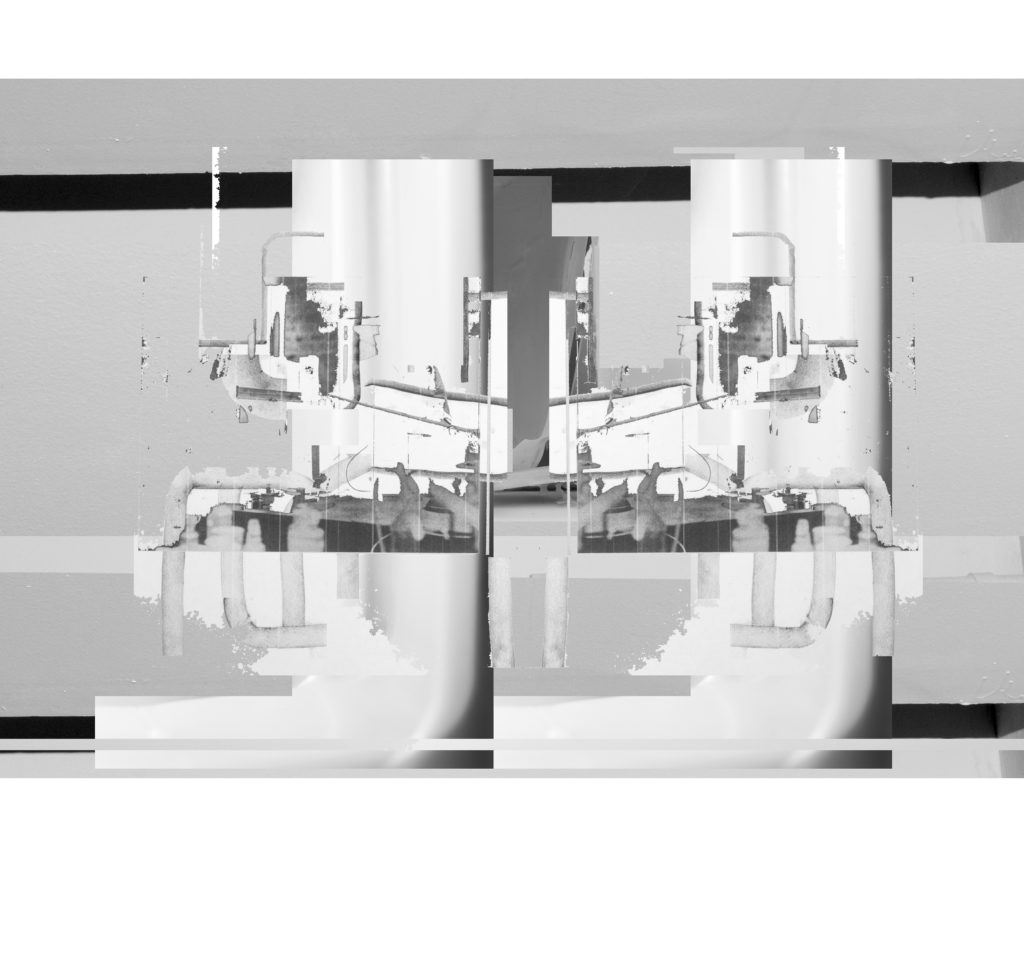
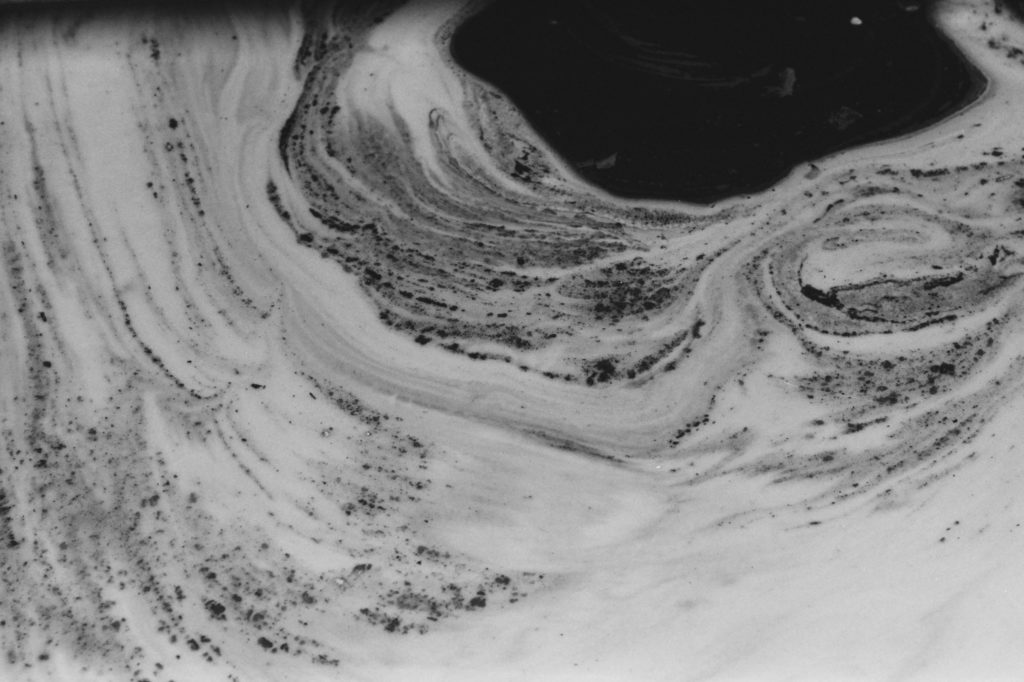
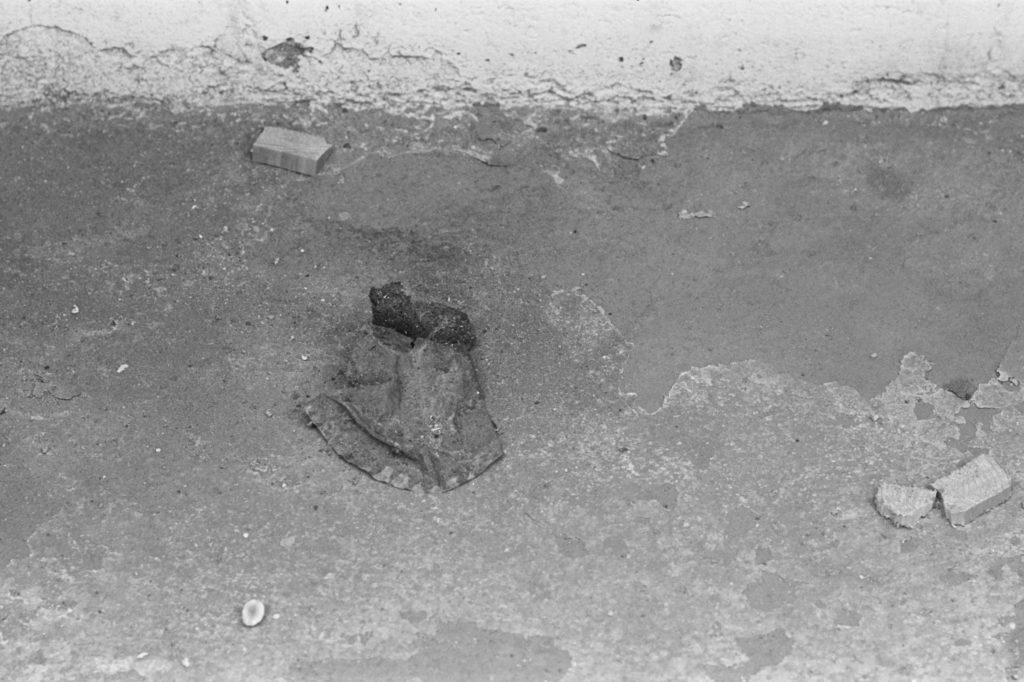
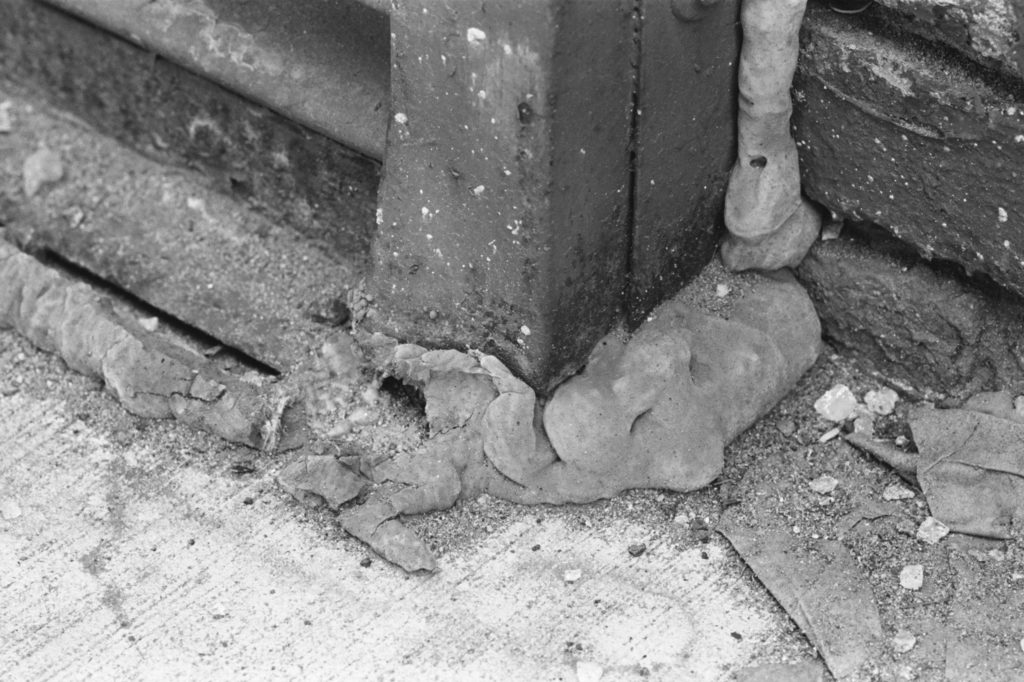
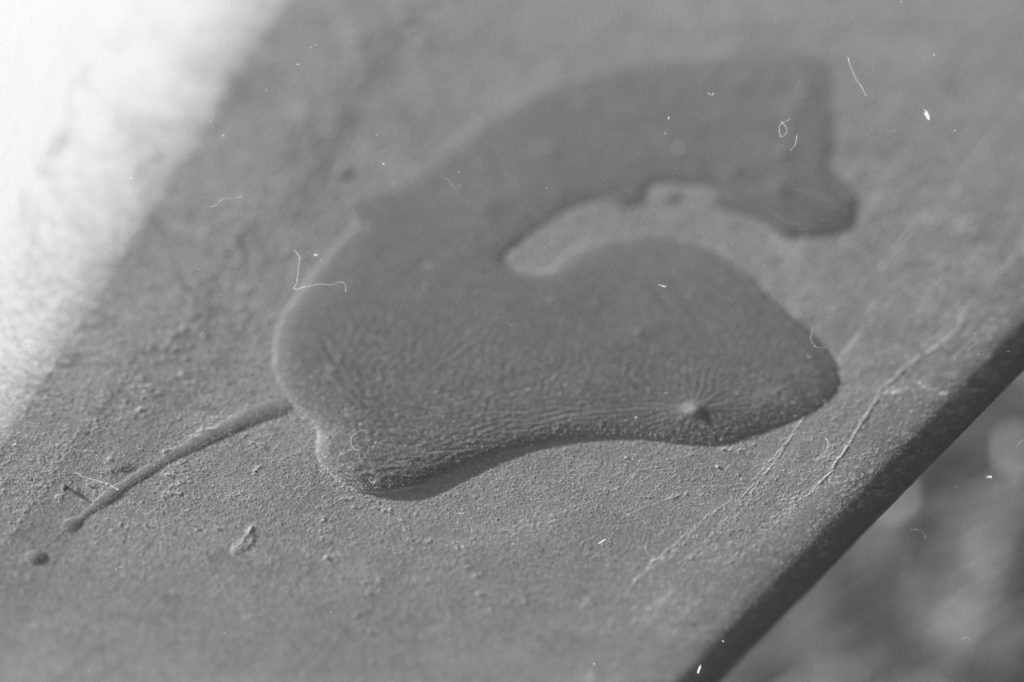
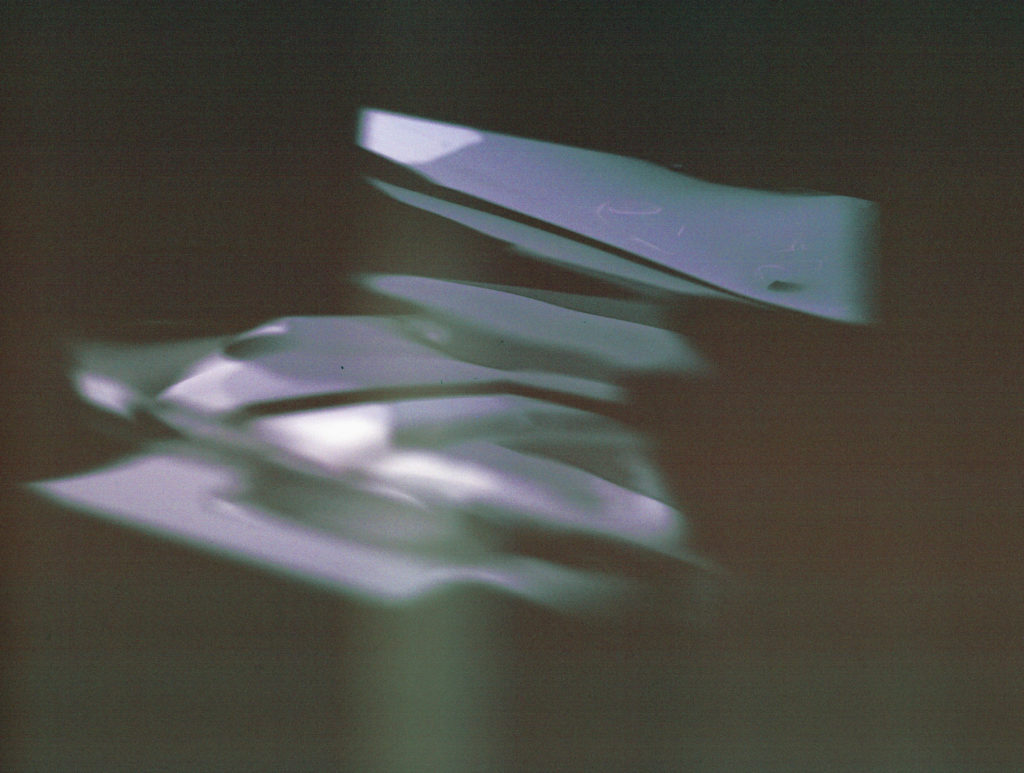
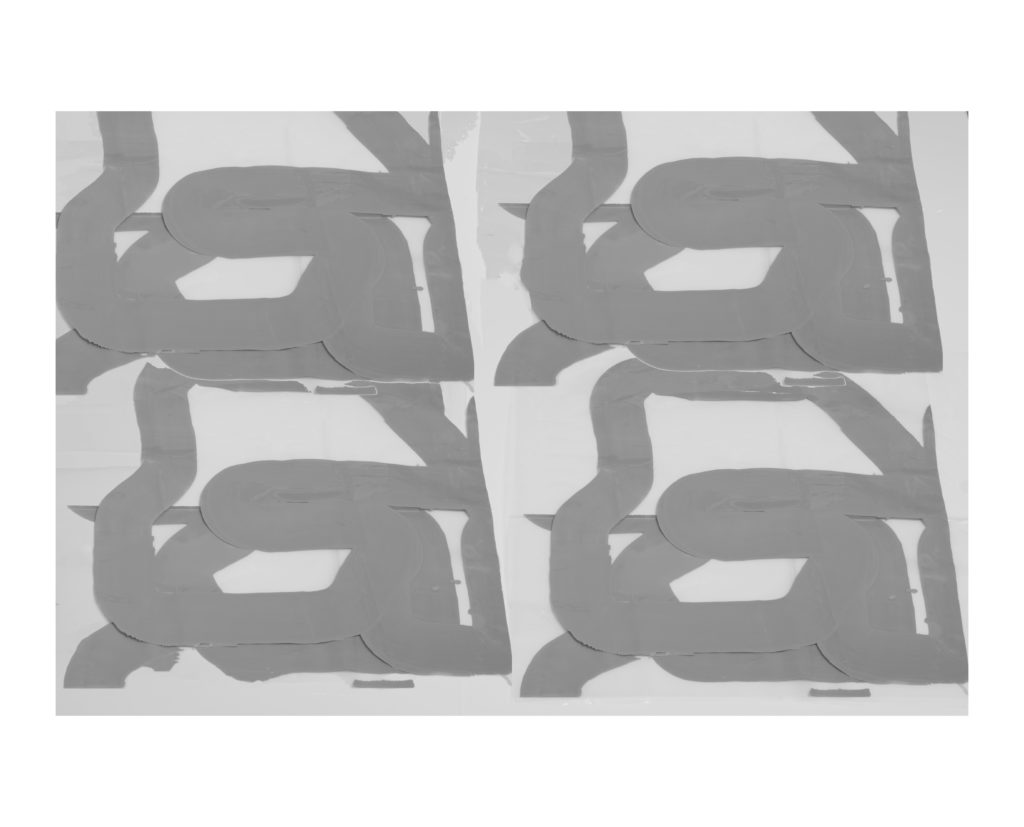
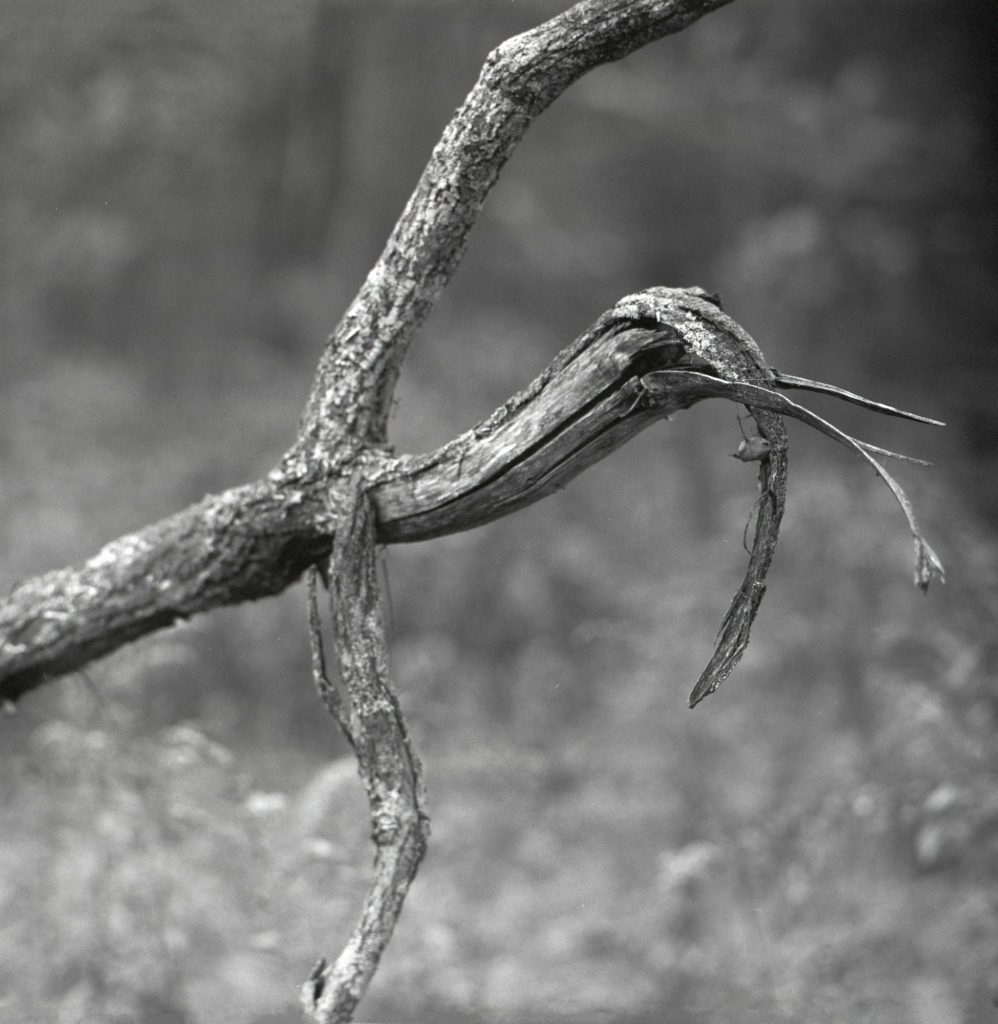
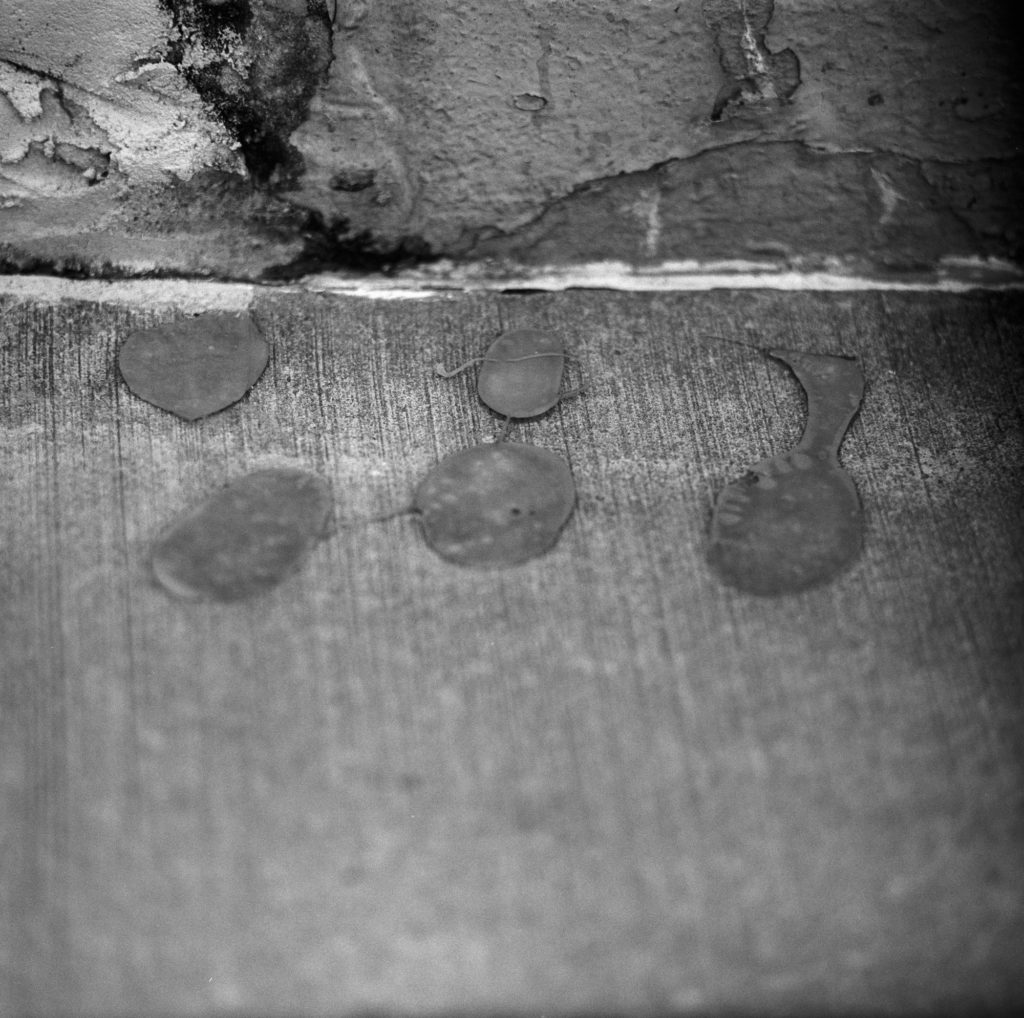
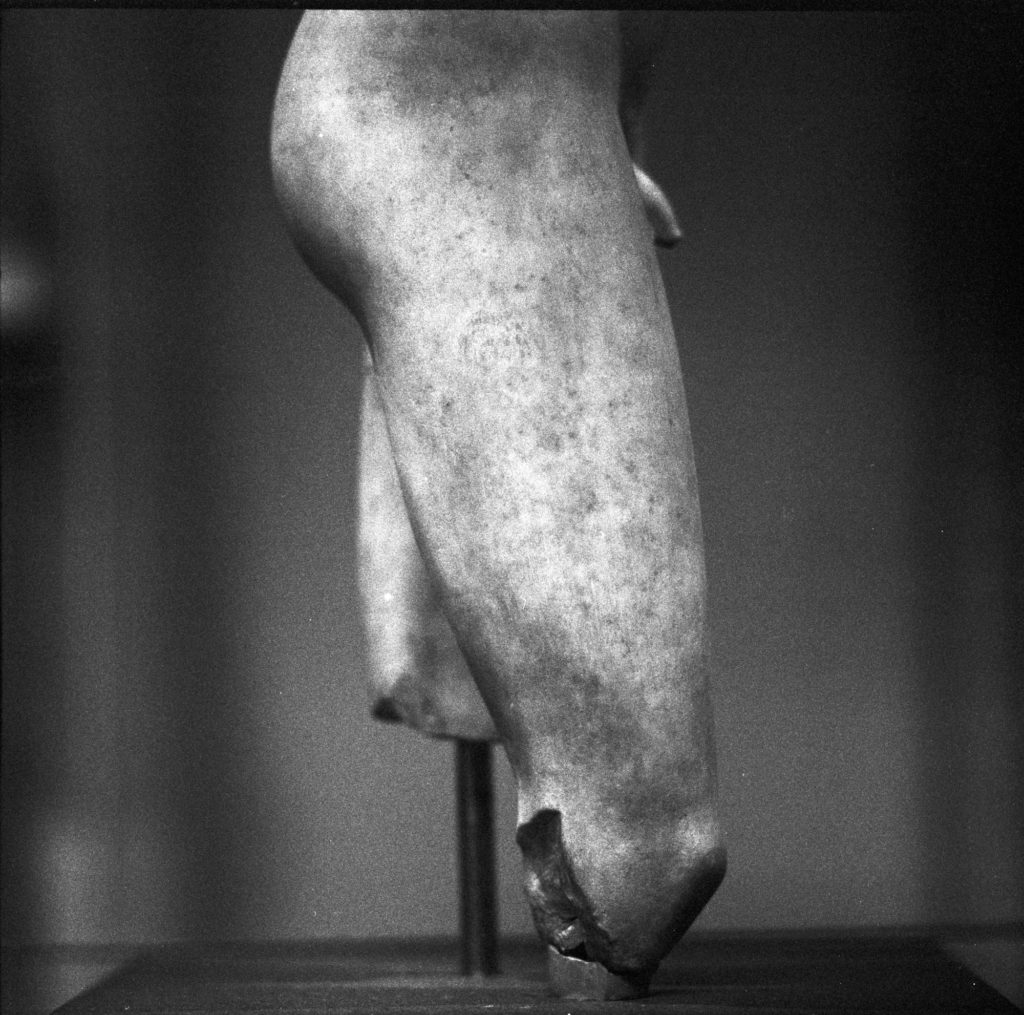
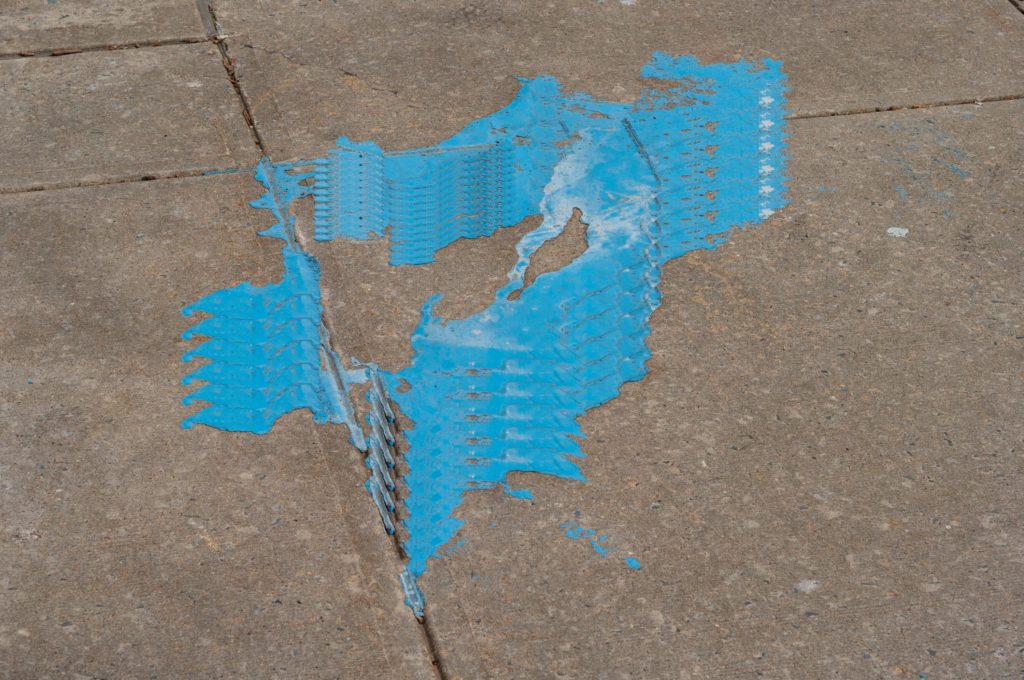
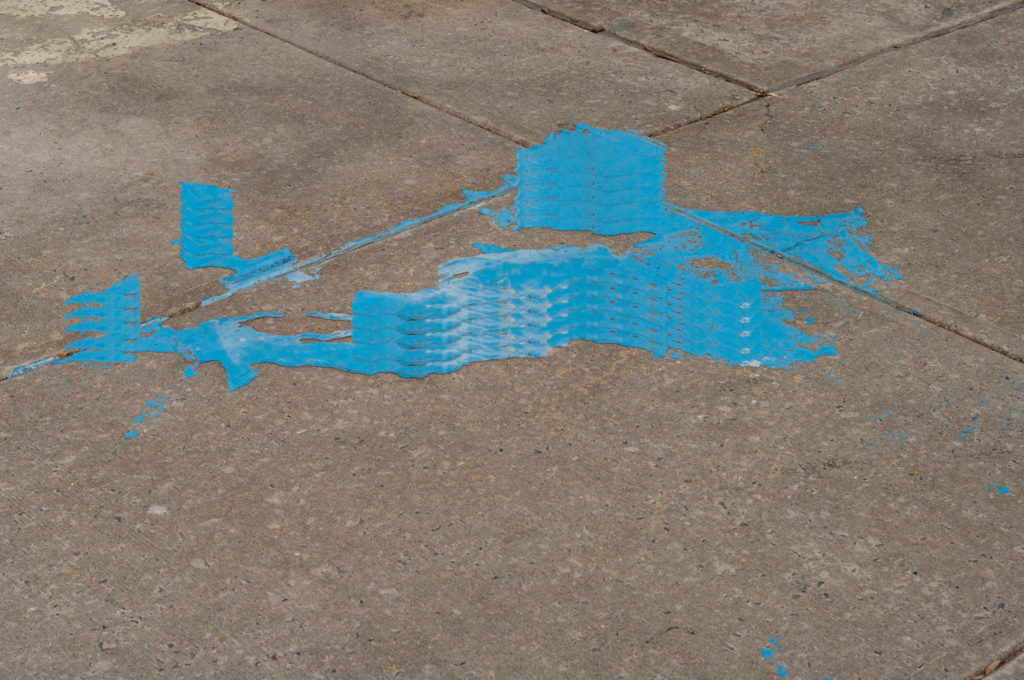
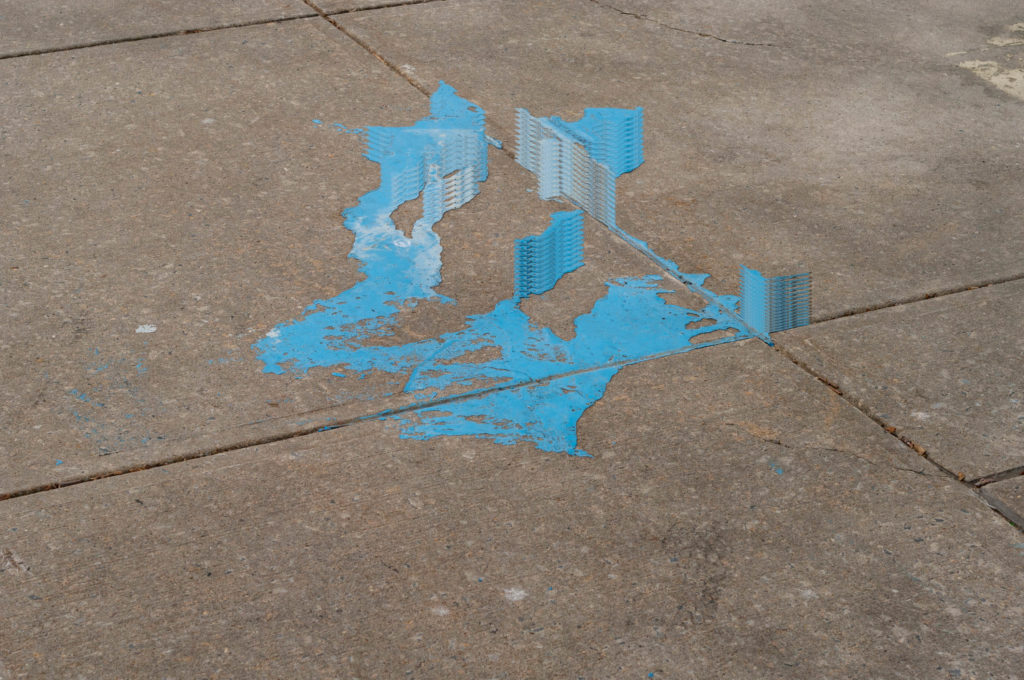
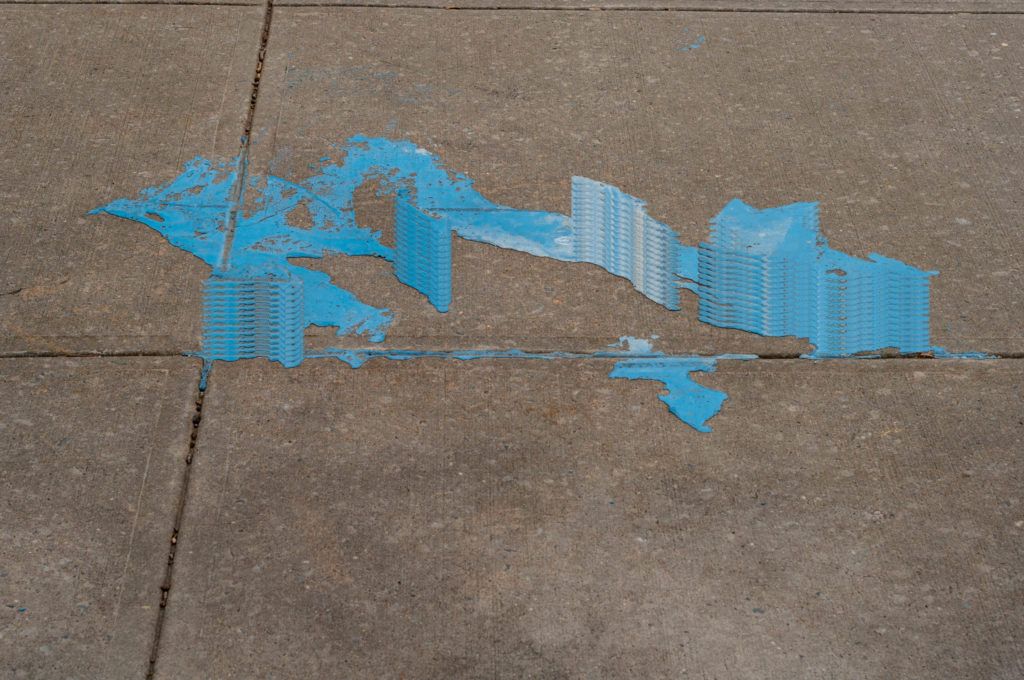
Above, L to R
Untitled 2021 Chromogenic print 13.287 x 20 in 33.75 x 50. 8 cm Edition of 3 plus 2 AP
Untitled 2021 Chromogenic print 13.287 x 20 in 33.75 x 50. 8 cm Edition of 3 plus 2 AP
Untitled 2021 Chromogenic print 13.287 x 20 in 33.75 x 50. 8 cm Edition of 3 plus 2 AP
Untitled 2021 Chromogenic print 13.287 x 20 in 33.75 x 50. 8 cm Edition of 3 plus 2 AP
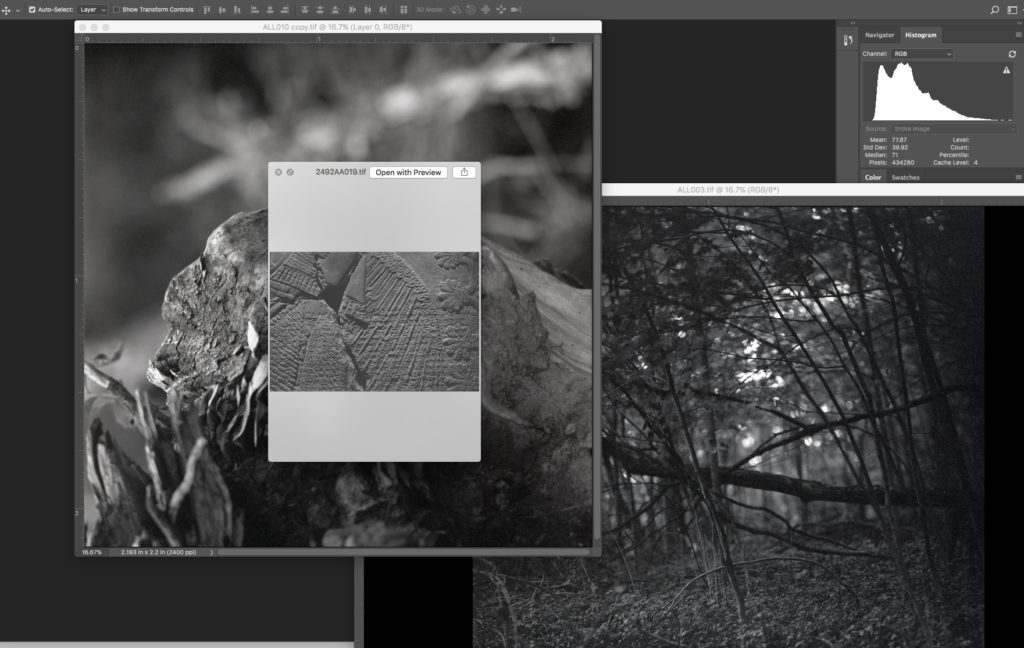
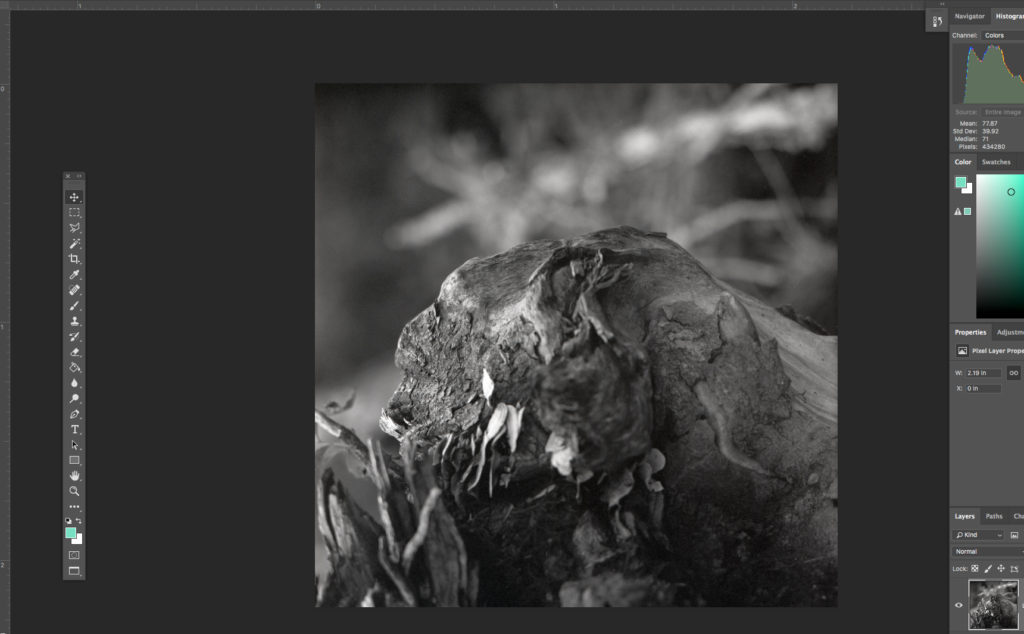
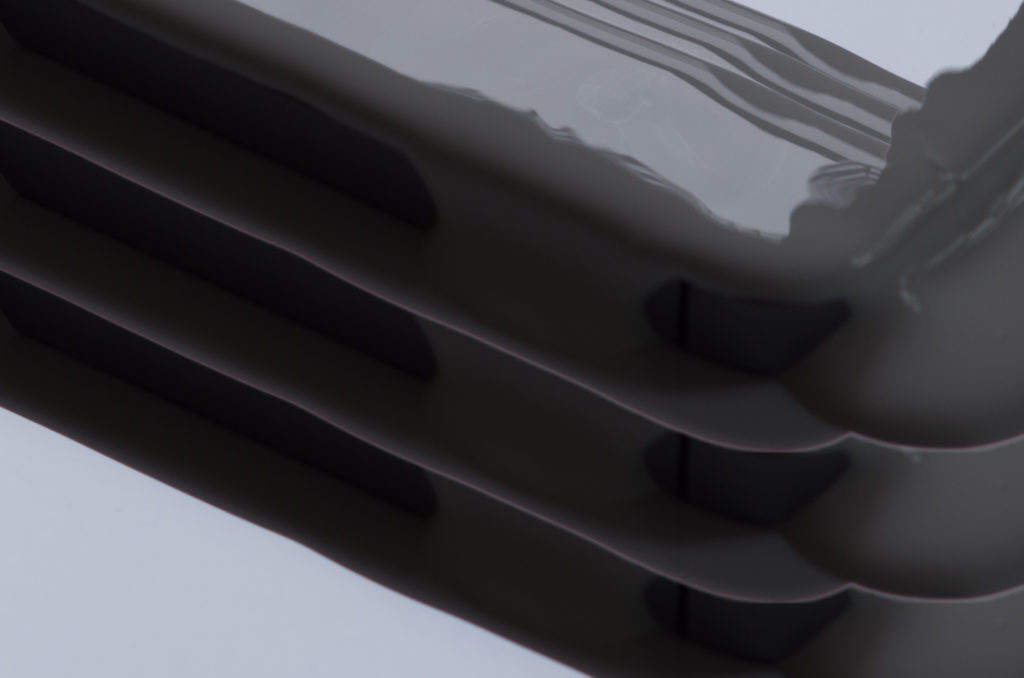
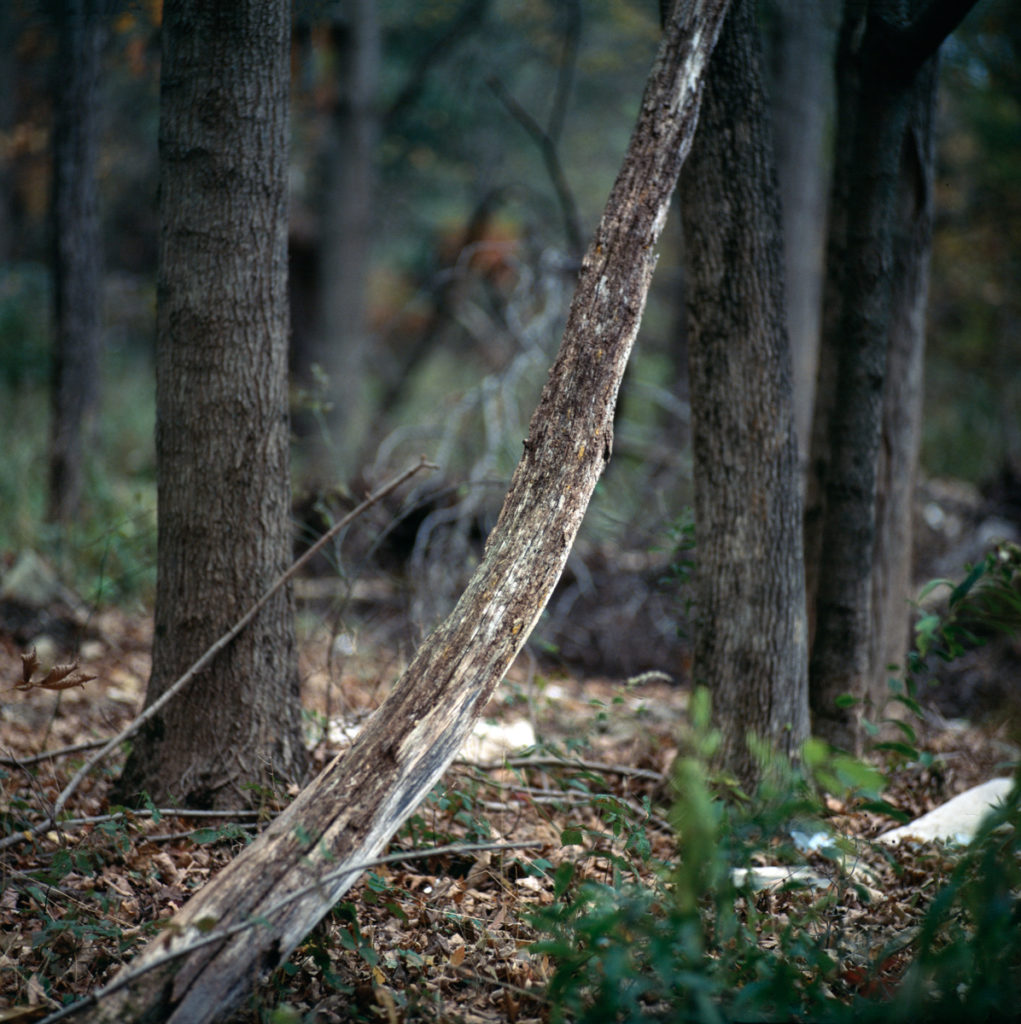
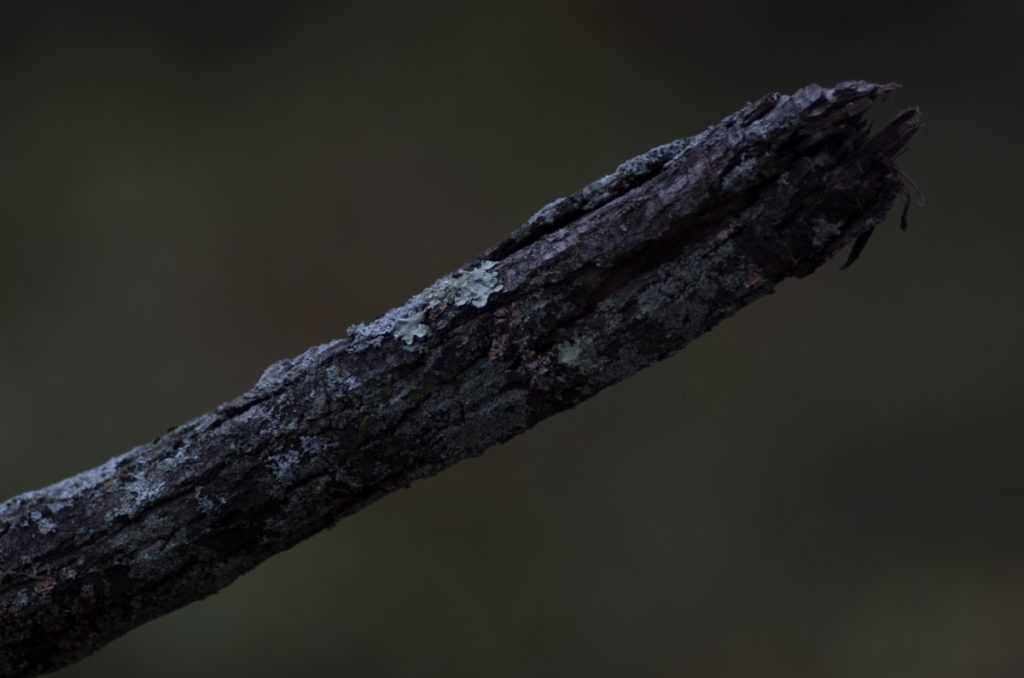
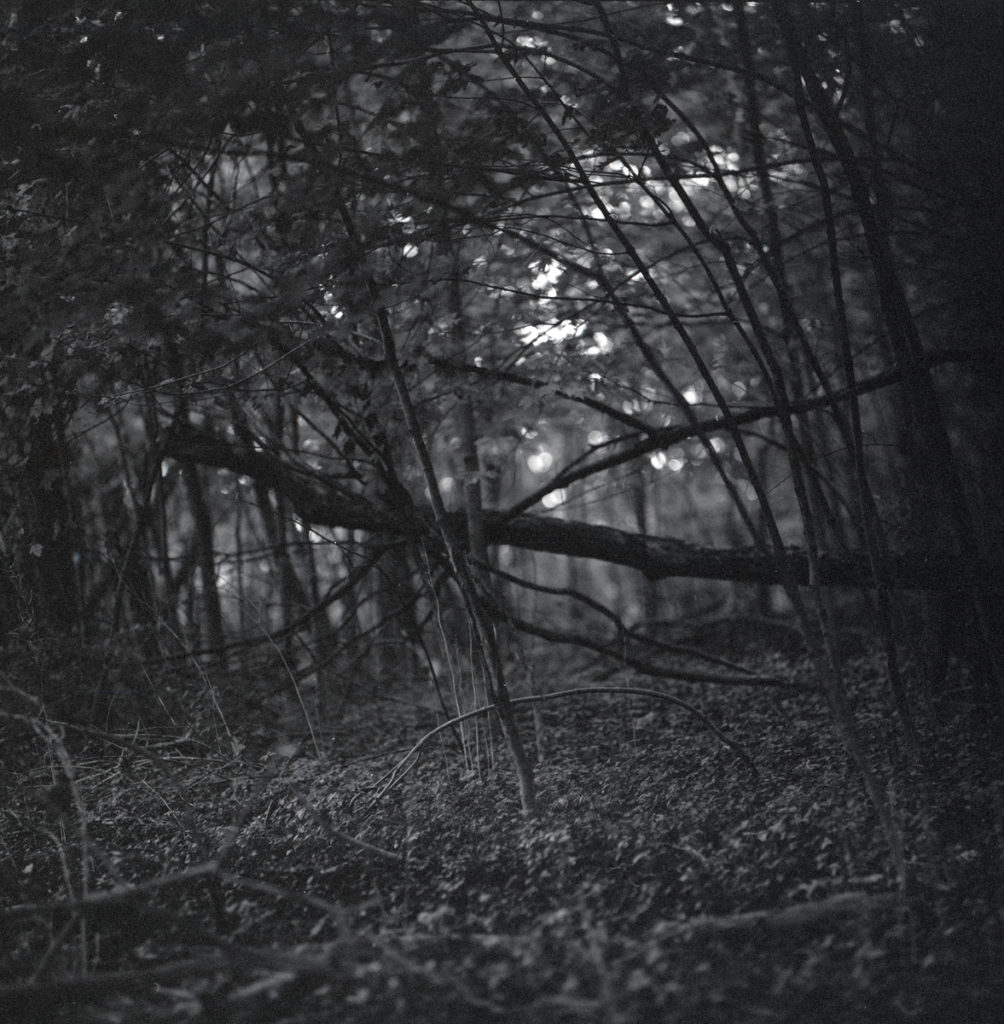
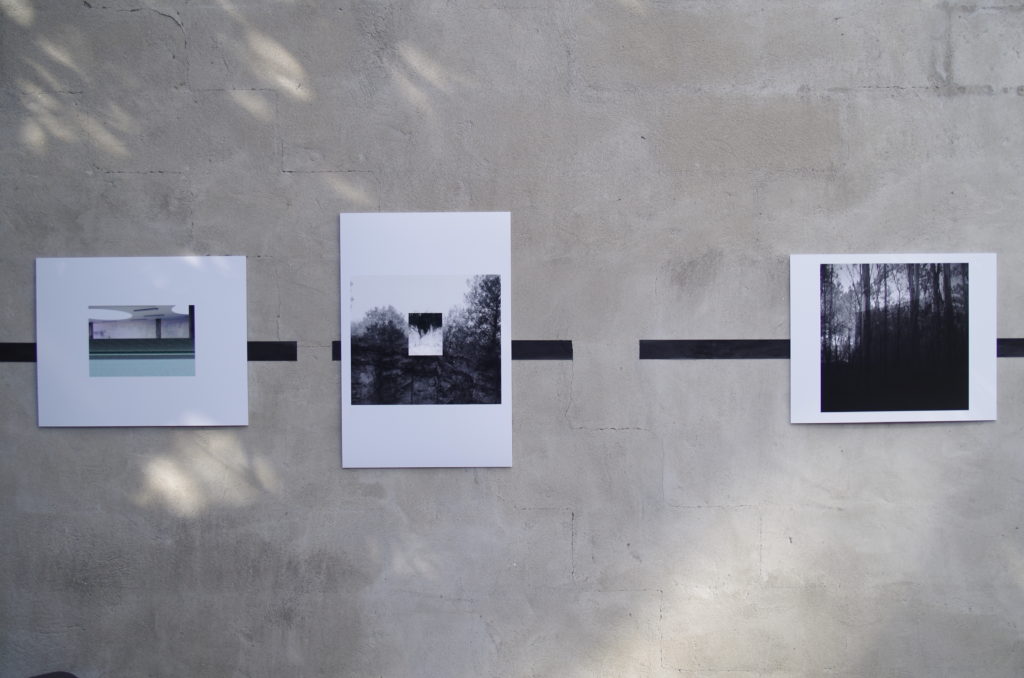
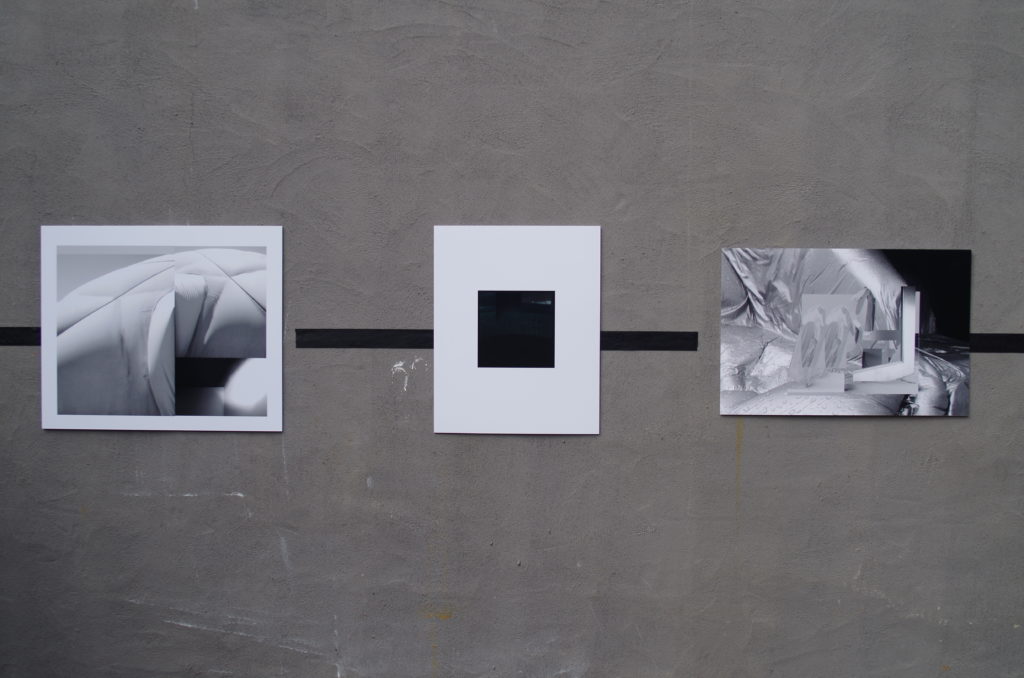
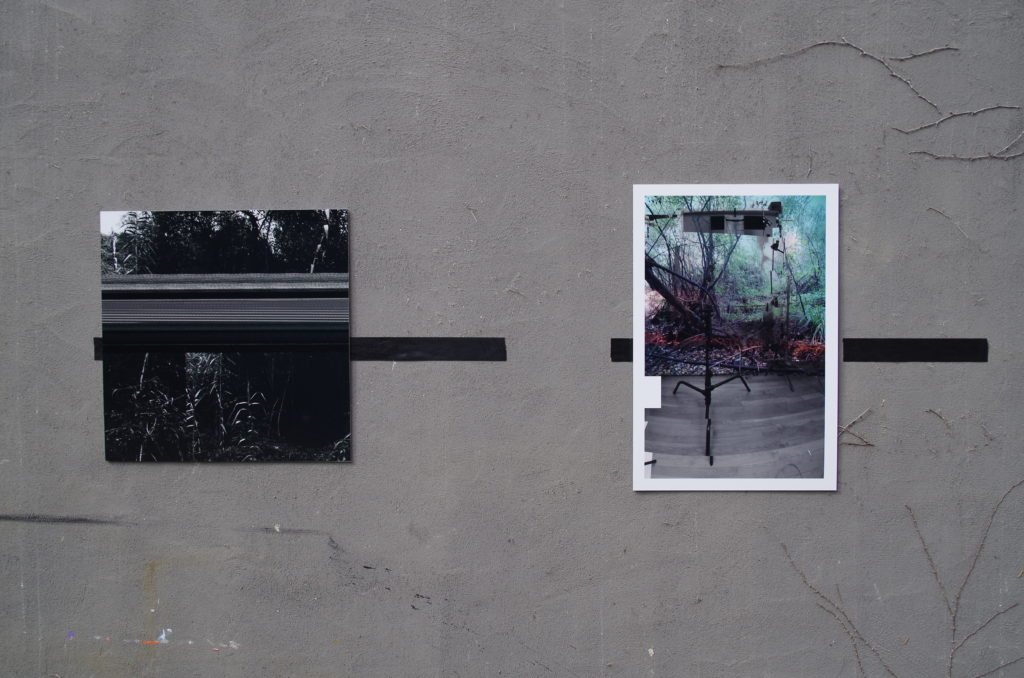
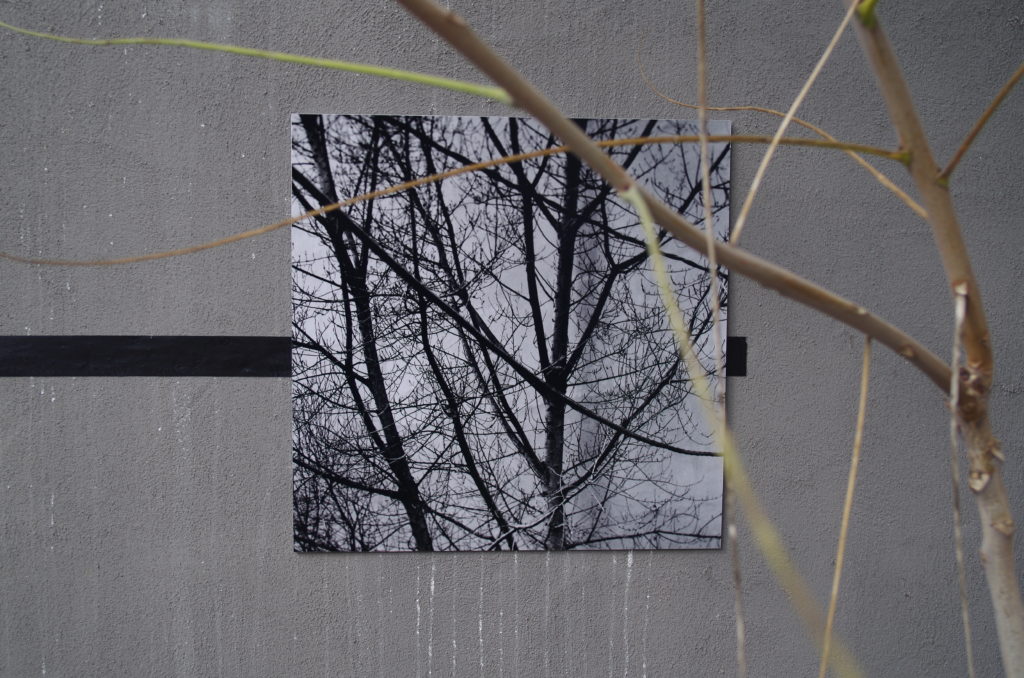
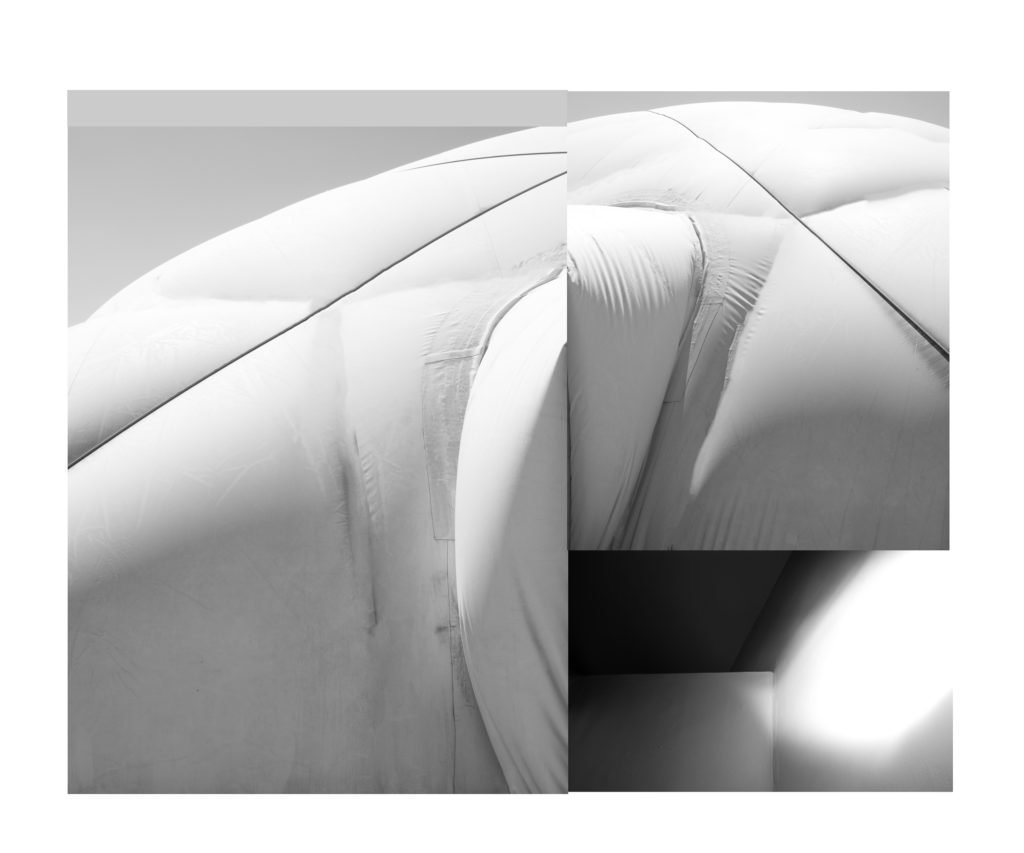
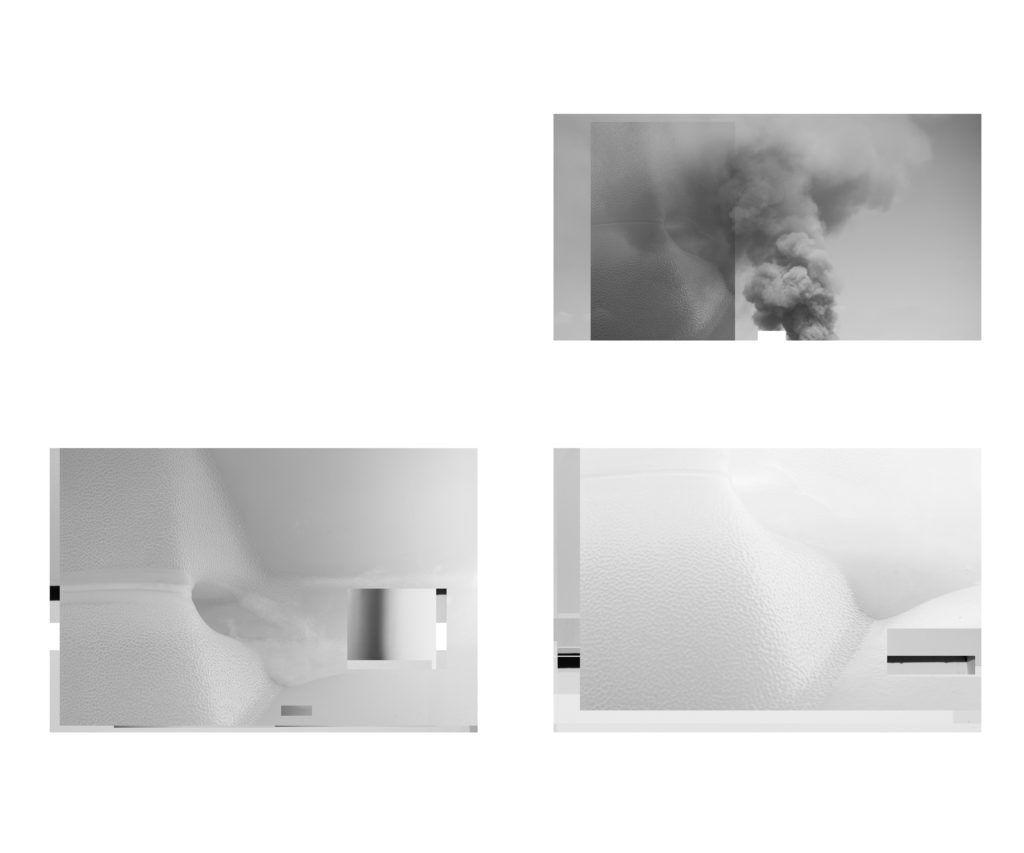
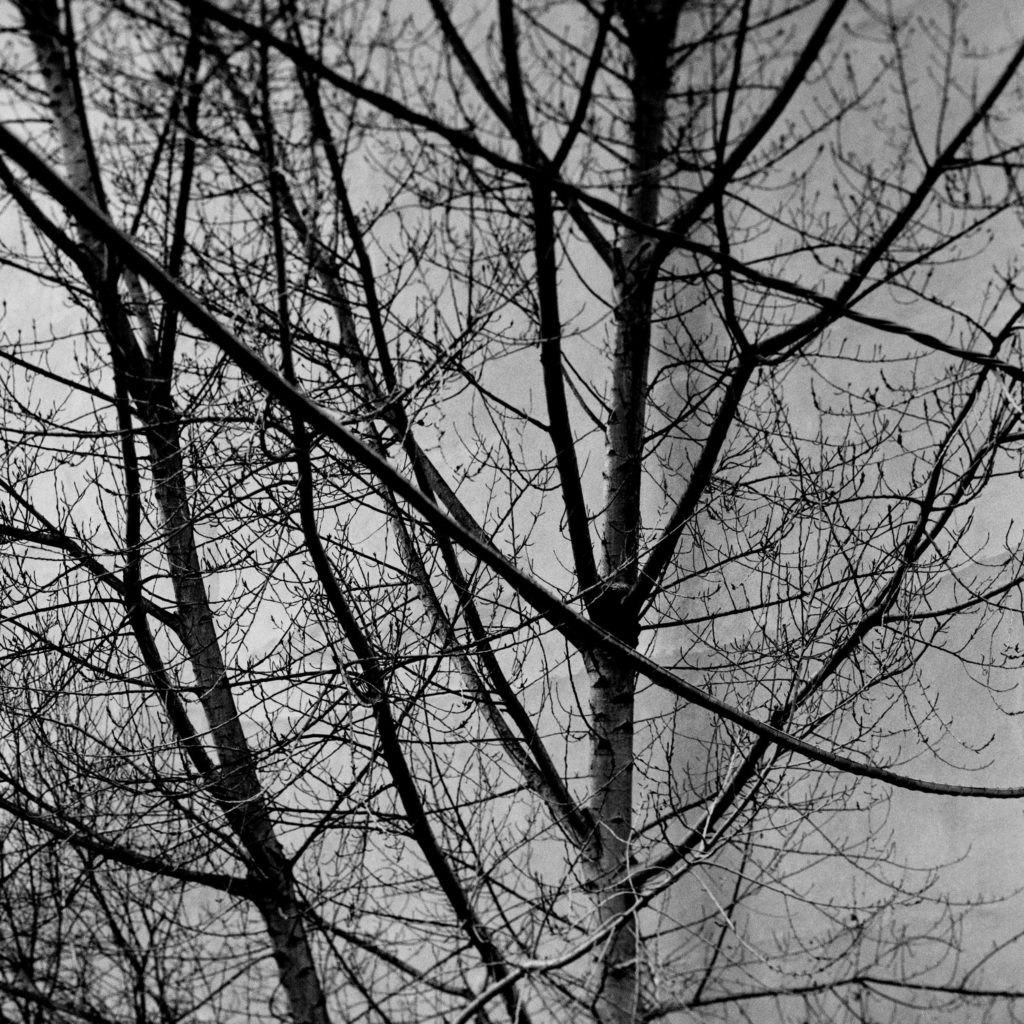
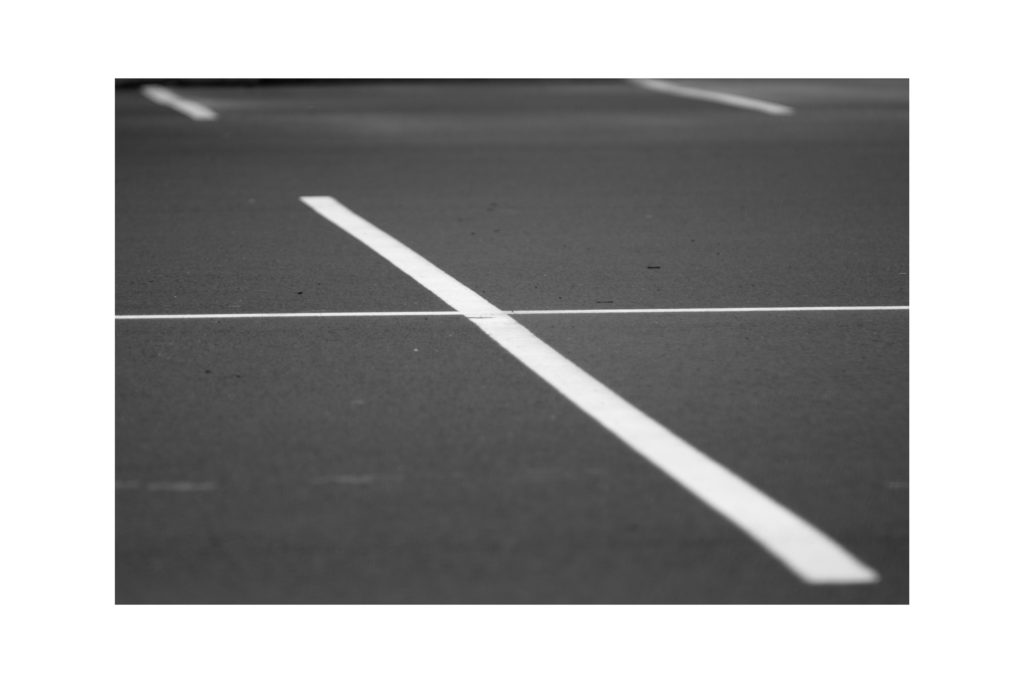
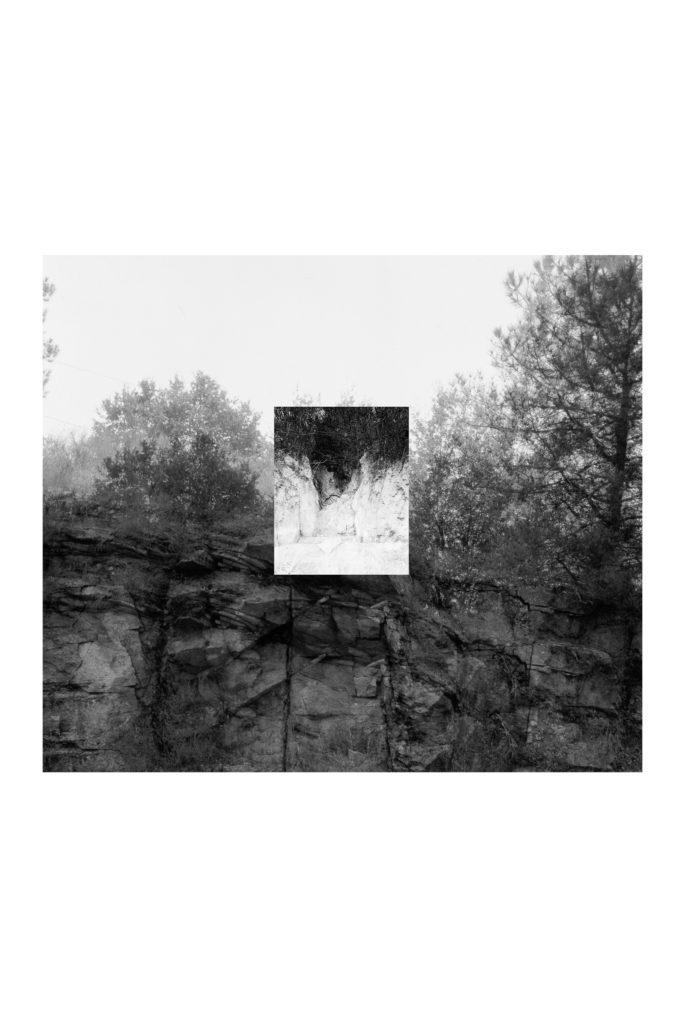
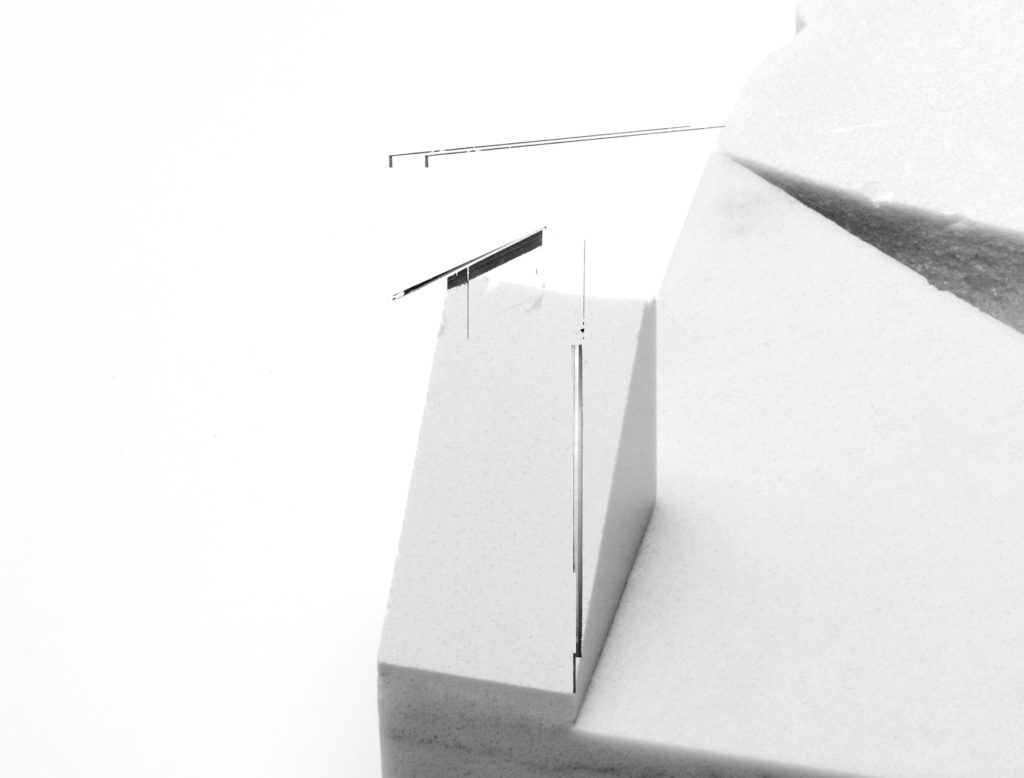
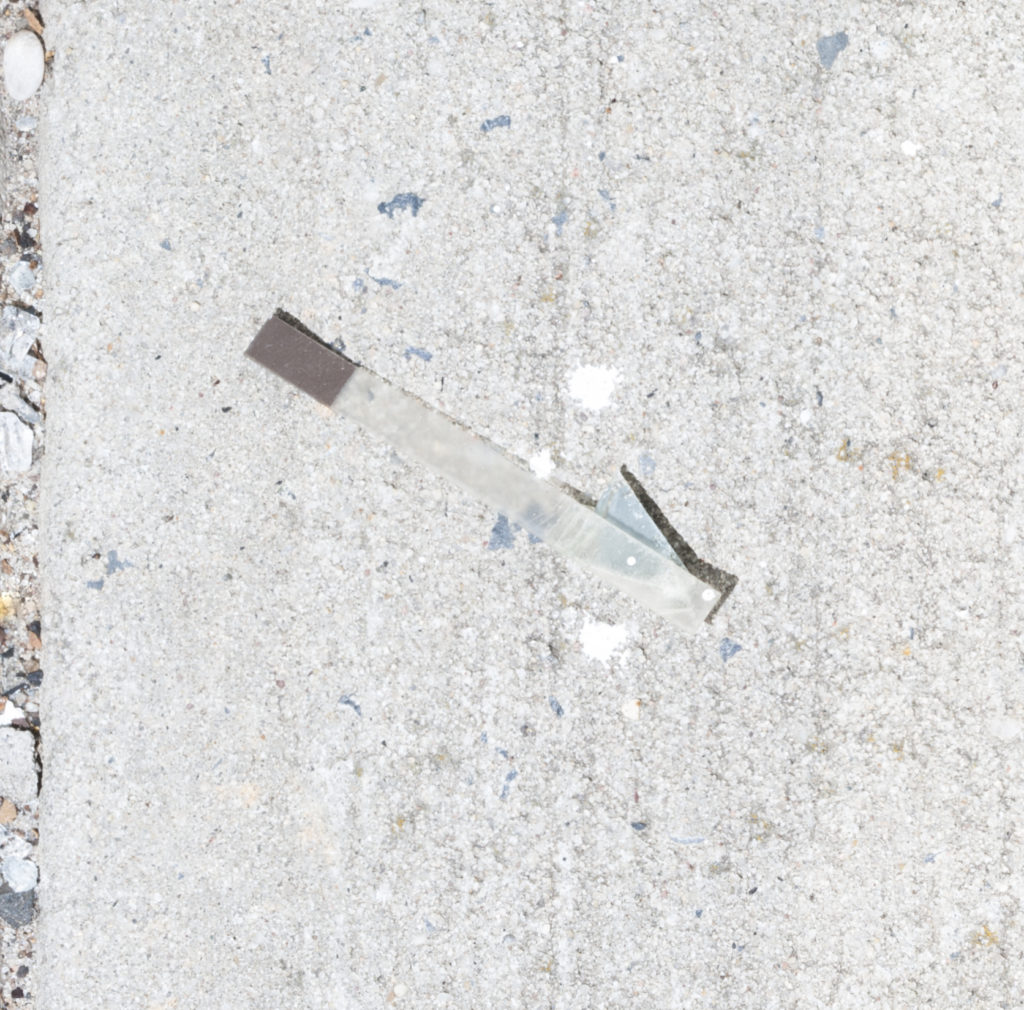
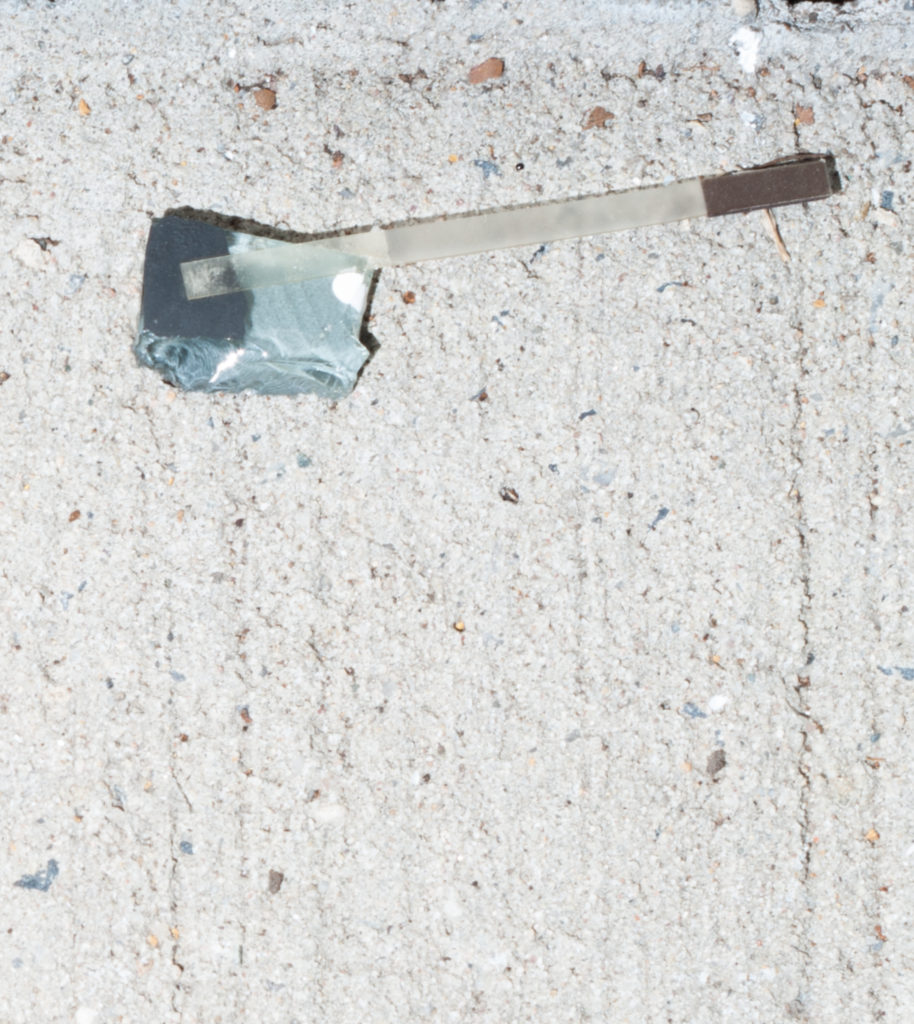
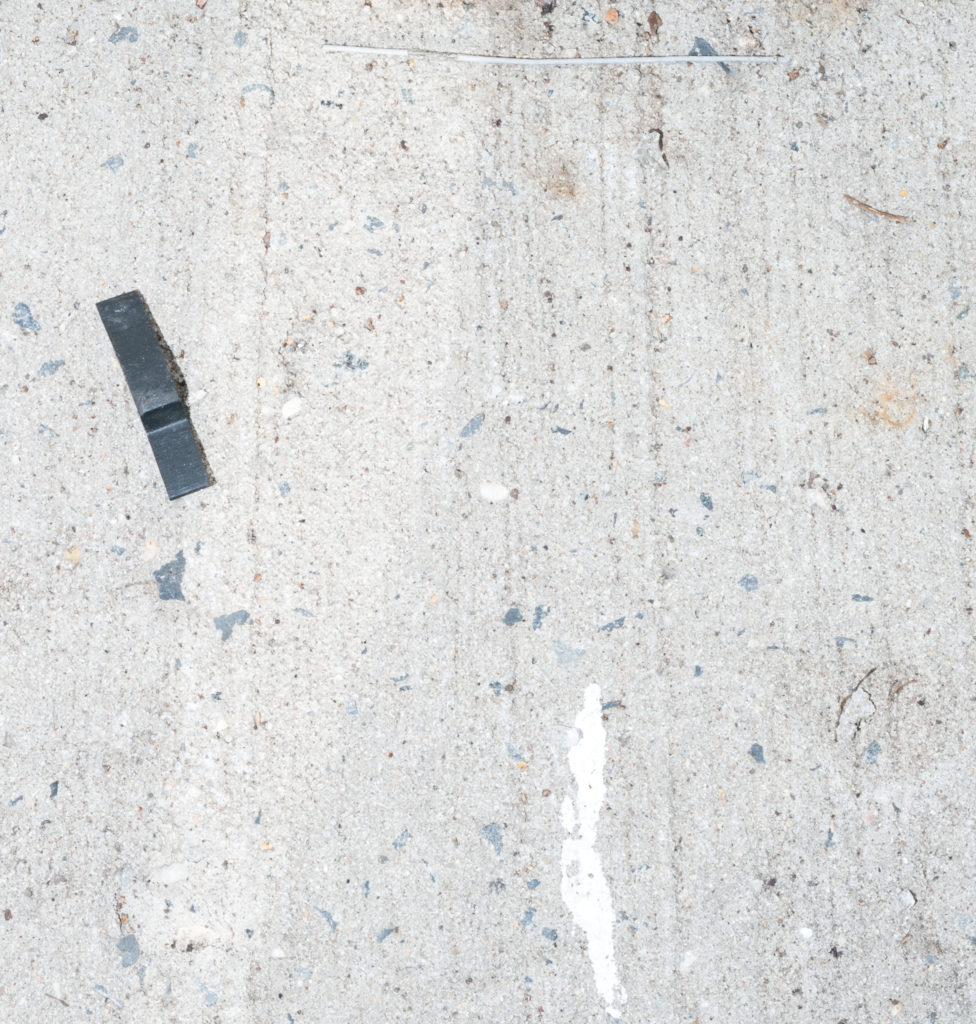
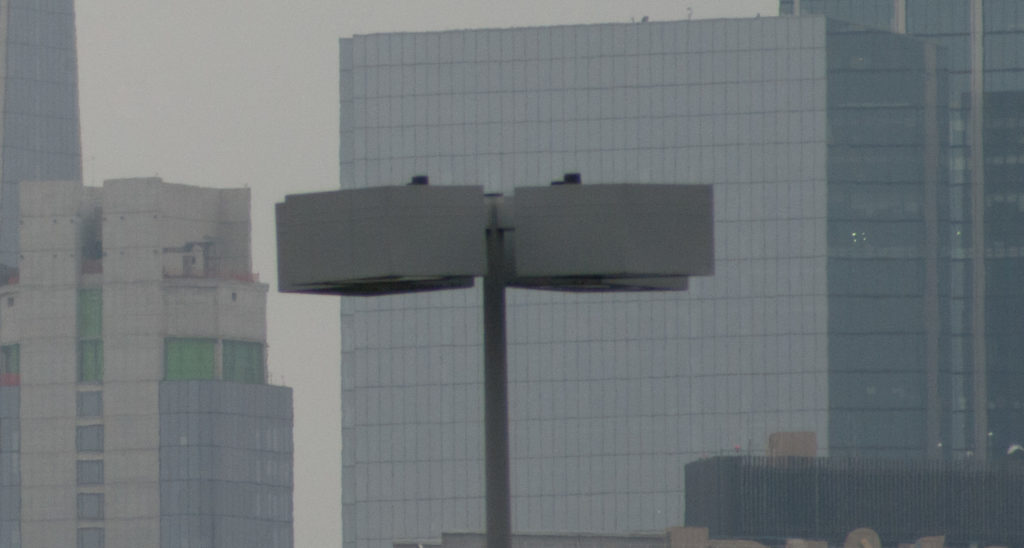
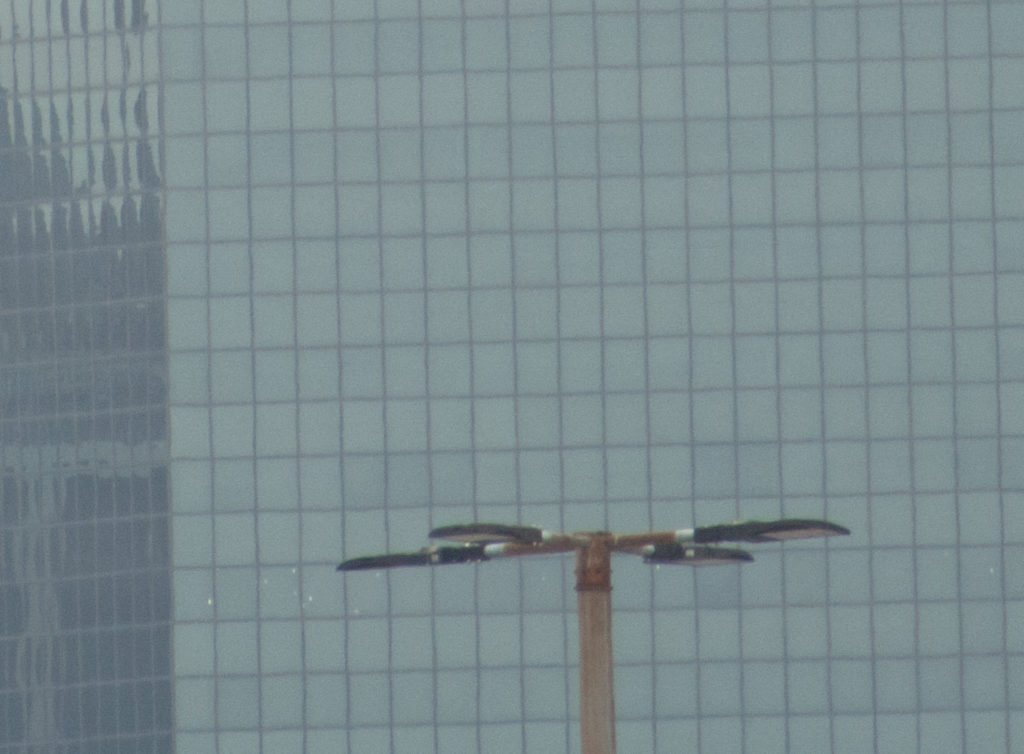
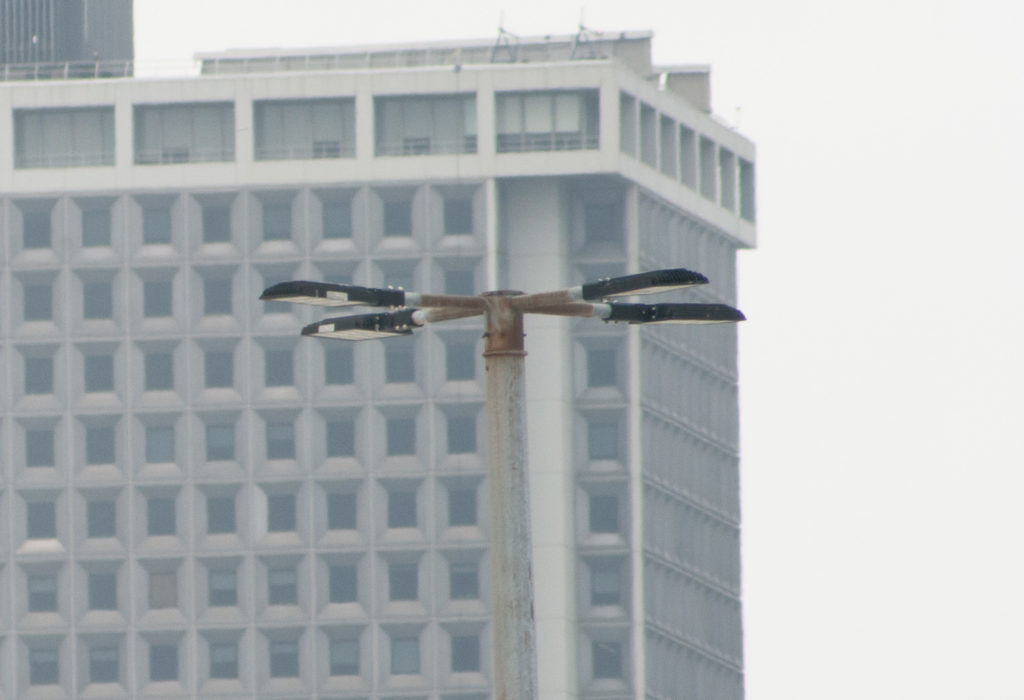
Above, L to R
Untitled 2021 Chromogenic Print 10.347 in x 15.573 in 26.28 x 39.56 cm (detail)
Untitled 2021 Chromogenic Print 10.347 in x 15.573 in 26.28 x 39.56 cm (detail)
Untitled 2021 Chromogenic Print 10.347 in x 15.573 in 26.28 x 39.56 cm (detail)
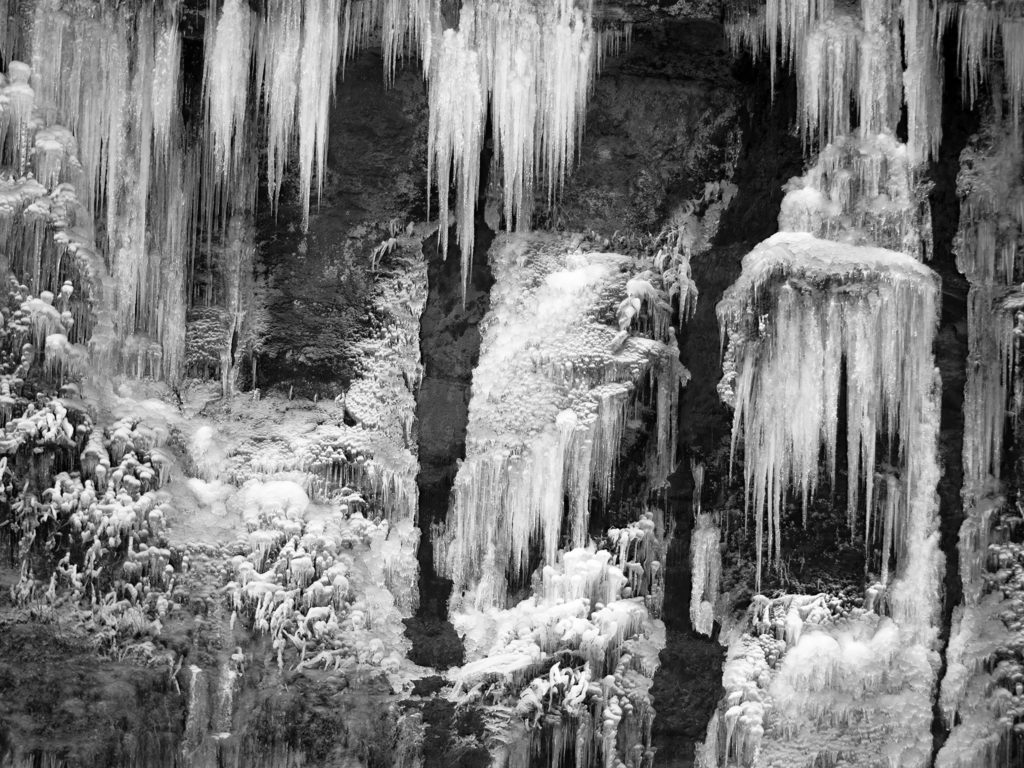
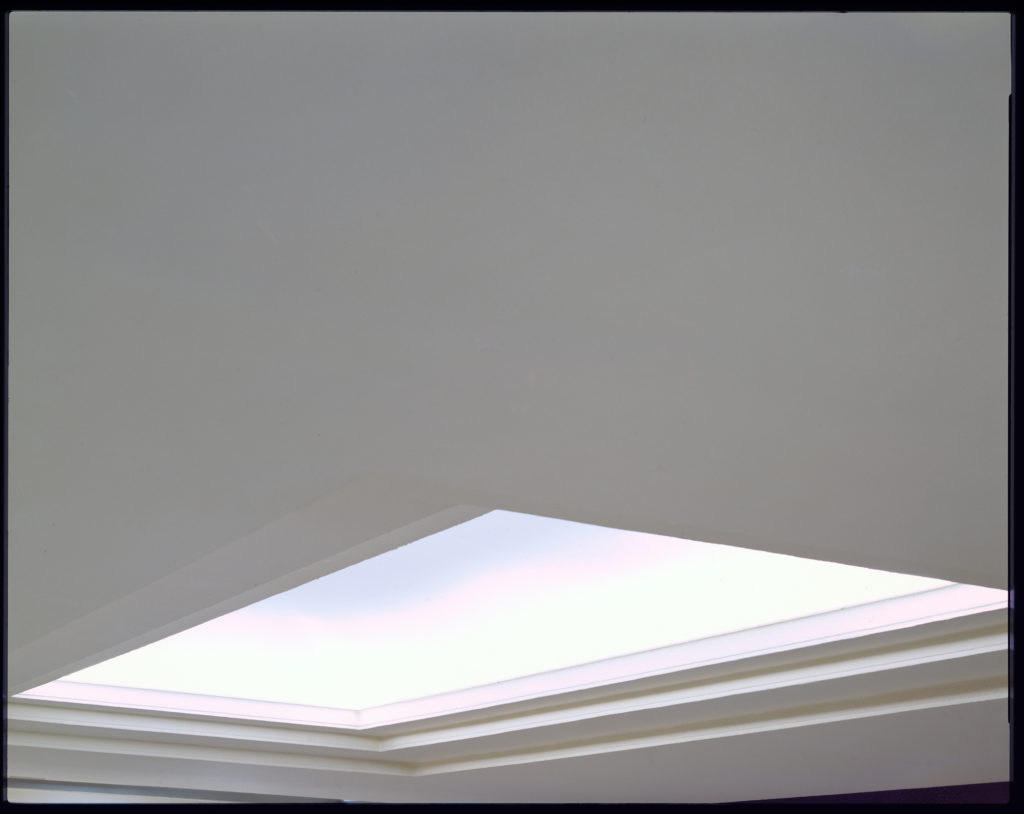
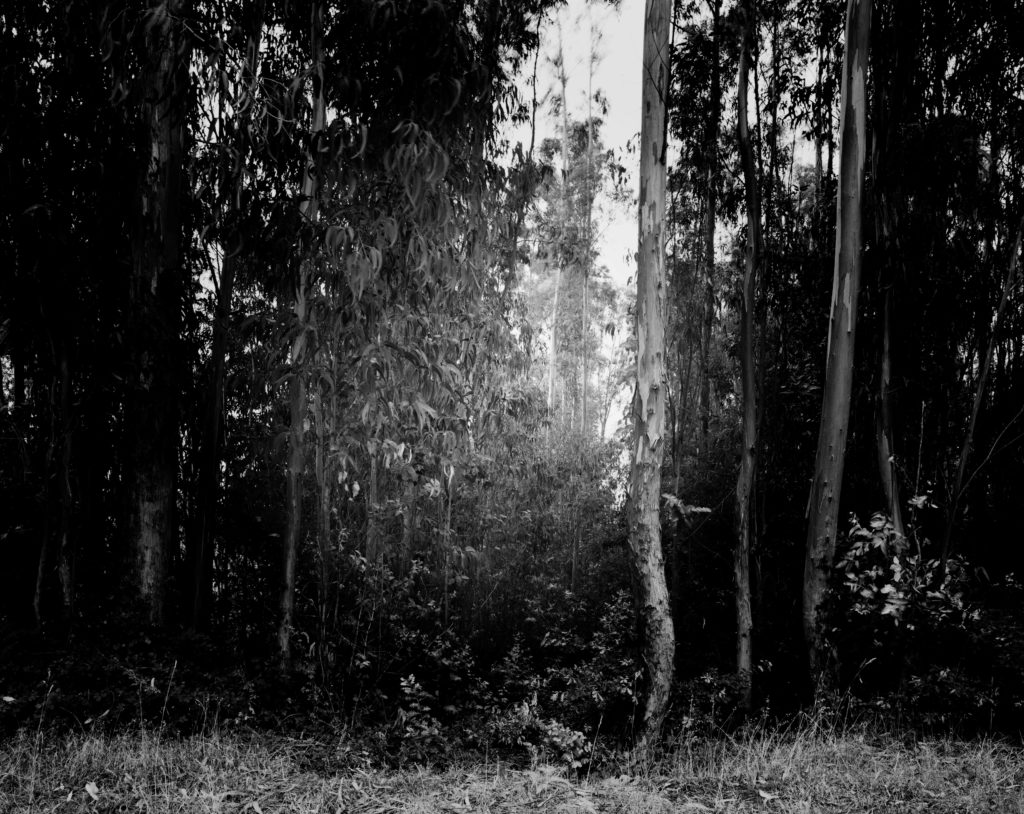
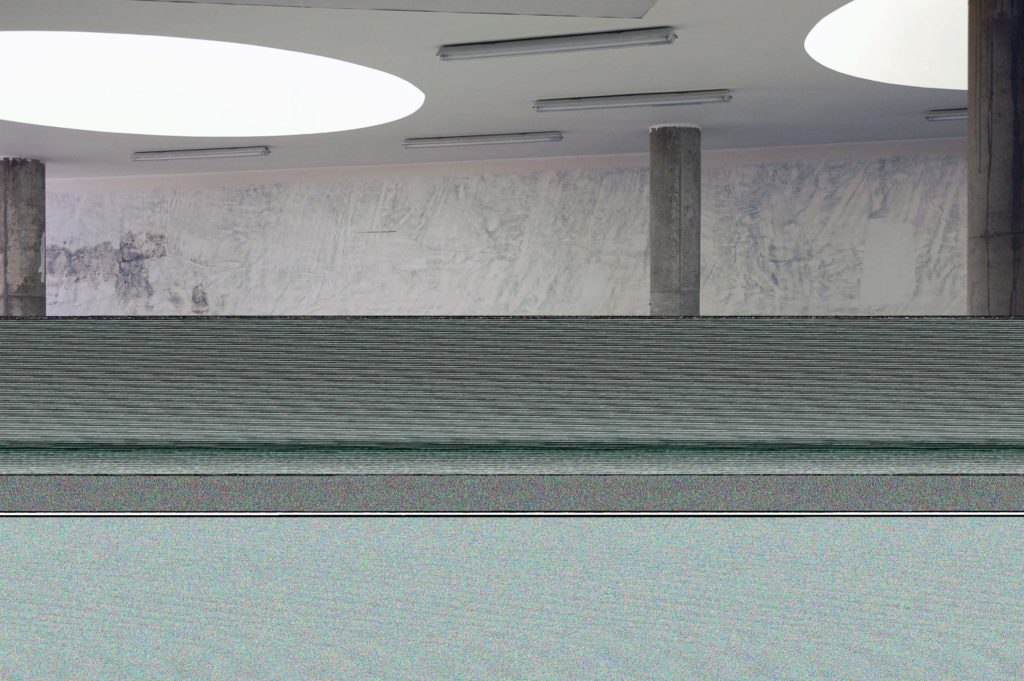
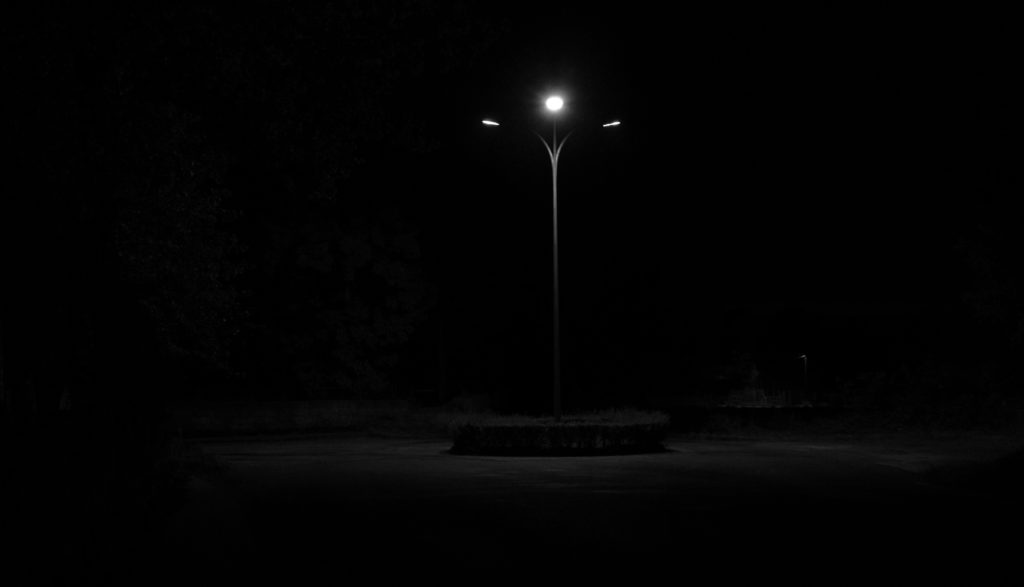
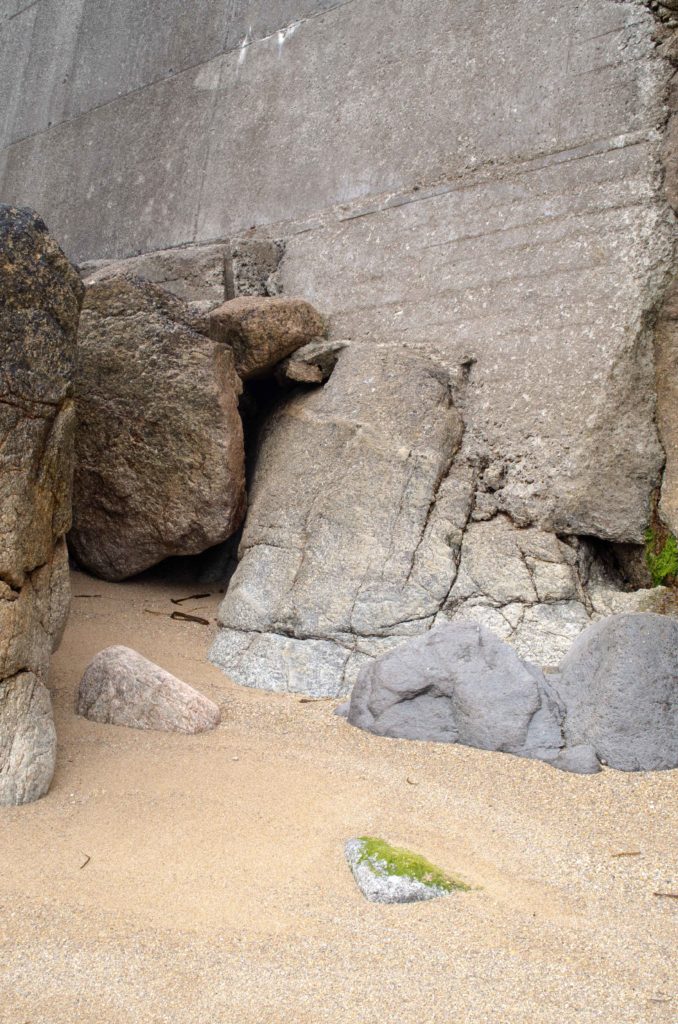
Above, L to R
Untitled 2021 Chromogenic print 6.25 x 8.333 in
Untitled 2021 Chromogenic print 18.107 x 22.777 in
Untitled 2021 Chromogenic print 5.333 x 6.71 in
Untitled 2021 Chromogenic print 6.667 x 10.027 in
Untitled 2021 Chromogenic print 9.17 x 16.007 in
Untitled 2021 Chromogenic print 10.88 x 16.427 in
Untitled 2021 Chromogenic print 16.427 x 10.88 in
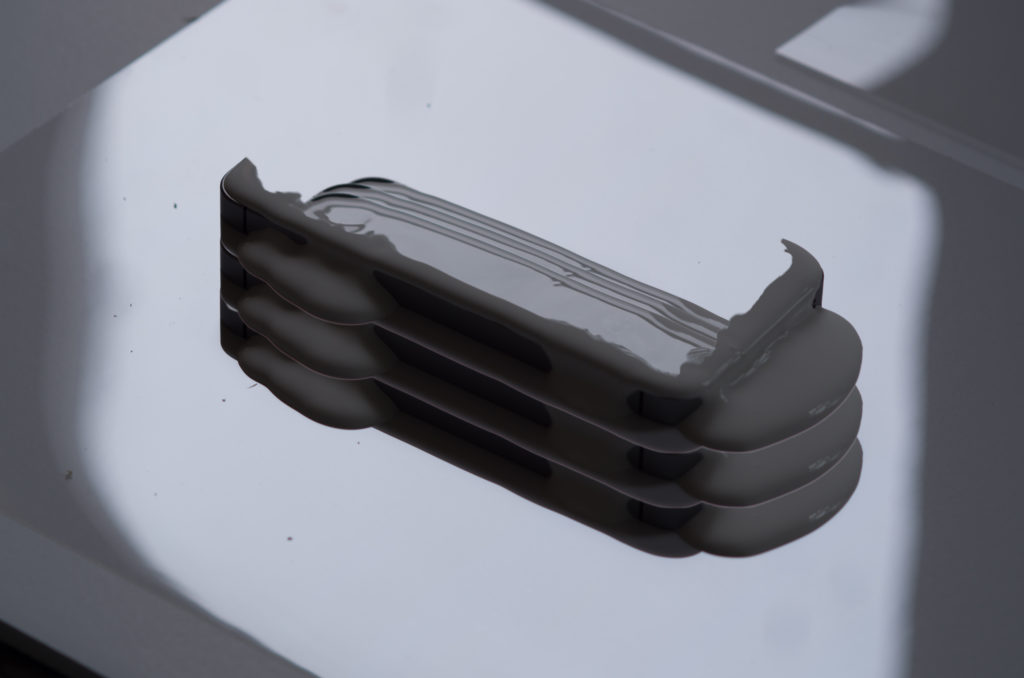
Above,
Untitled 2022 Chromogenic print 10.88 x 16. 427 in 27.64 x 41.72 cm